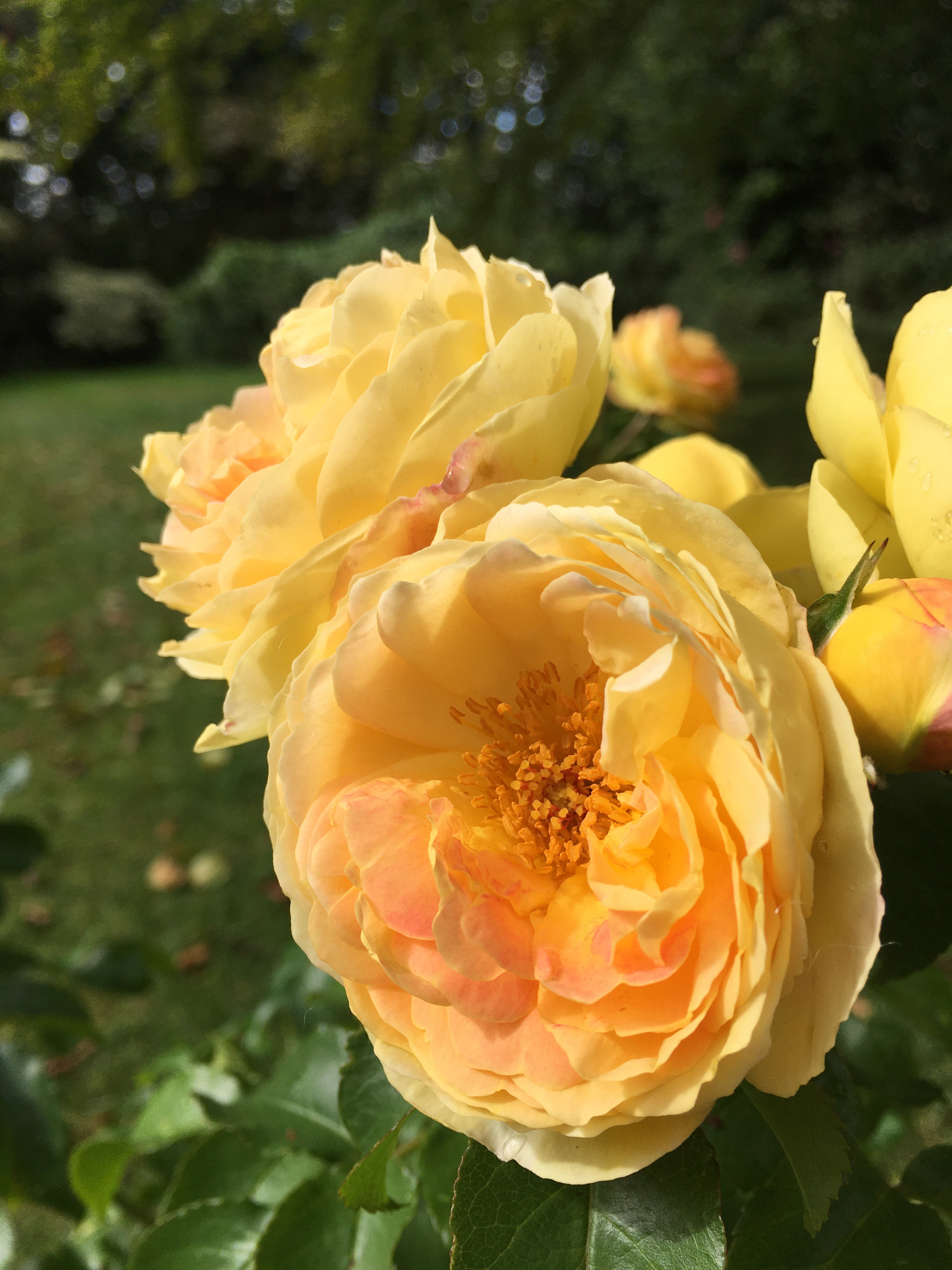
It’s been a challenging few weeks. We wanted rain. And we got it. A month’s worth in four days. Followed by Storm Ellen and 40 mile per hour winds. Anything not firmly staked, flopped over. Sunflowers and cosmos took a bashing. It’s taken a couple of days to prop up plants, tie them in, and sweep up twigs and leaf litter. I sometimes wish I was passionate about interior design instead of gardening. Wouldn’t it be lovely to create a scene, and have nothing smash it to pieces. But, sadly, I’m not remotely interested in being indoors. I’m only really happy when I’m outside, in the fresh air. Anyway, to cheer us all up, here’s some photos of what’s in flower in my garden today.
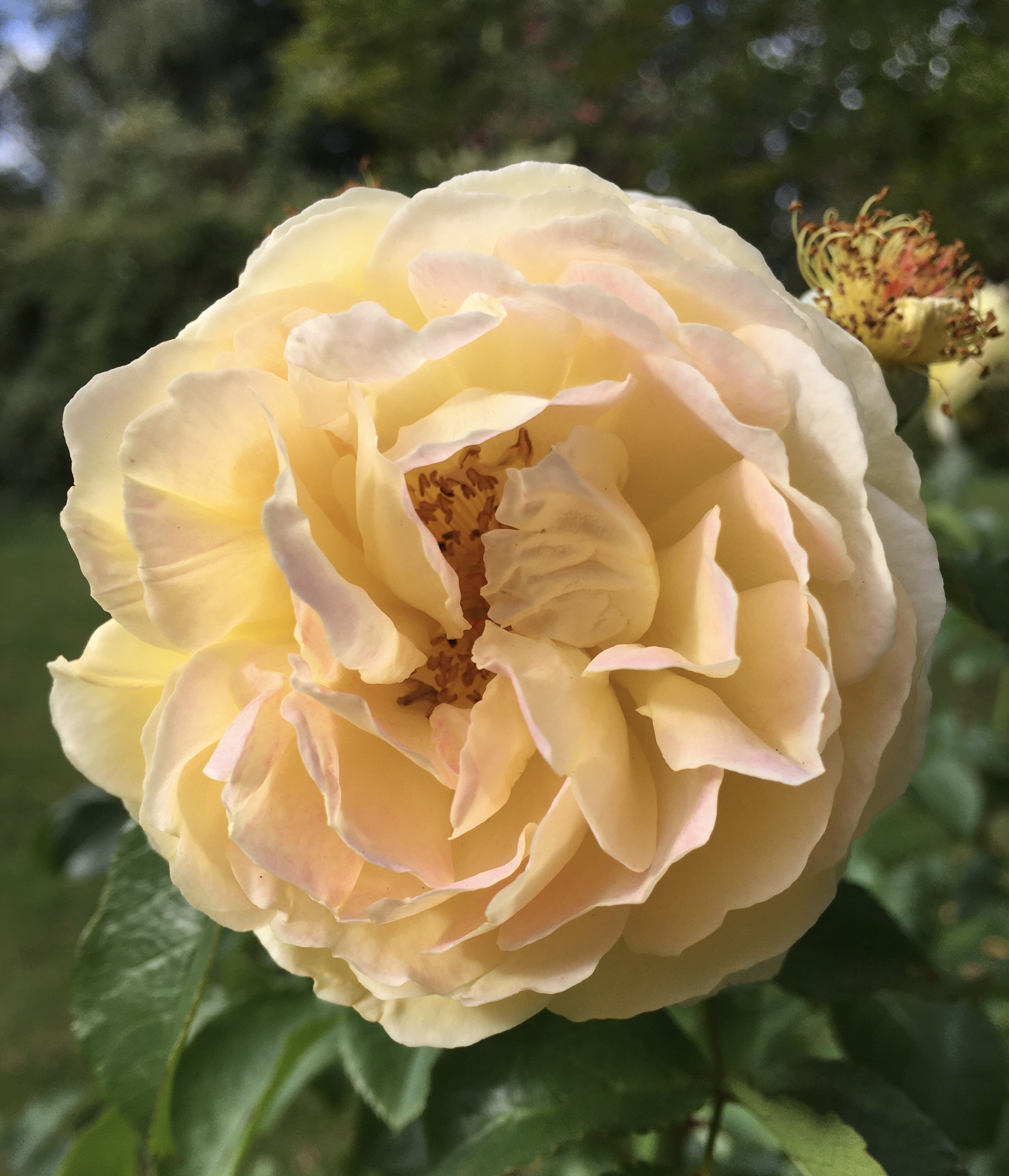
My new rose, Belle de Jour. Rose of the Year for 2021. Flowers open clear, bright yellow and fade to sunset shades of peaches and cream. There’s a delicate fruity scent and plenty of pollen for bees. Nice healthy green leaves, which is good for an organic garden like mine.
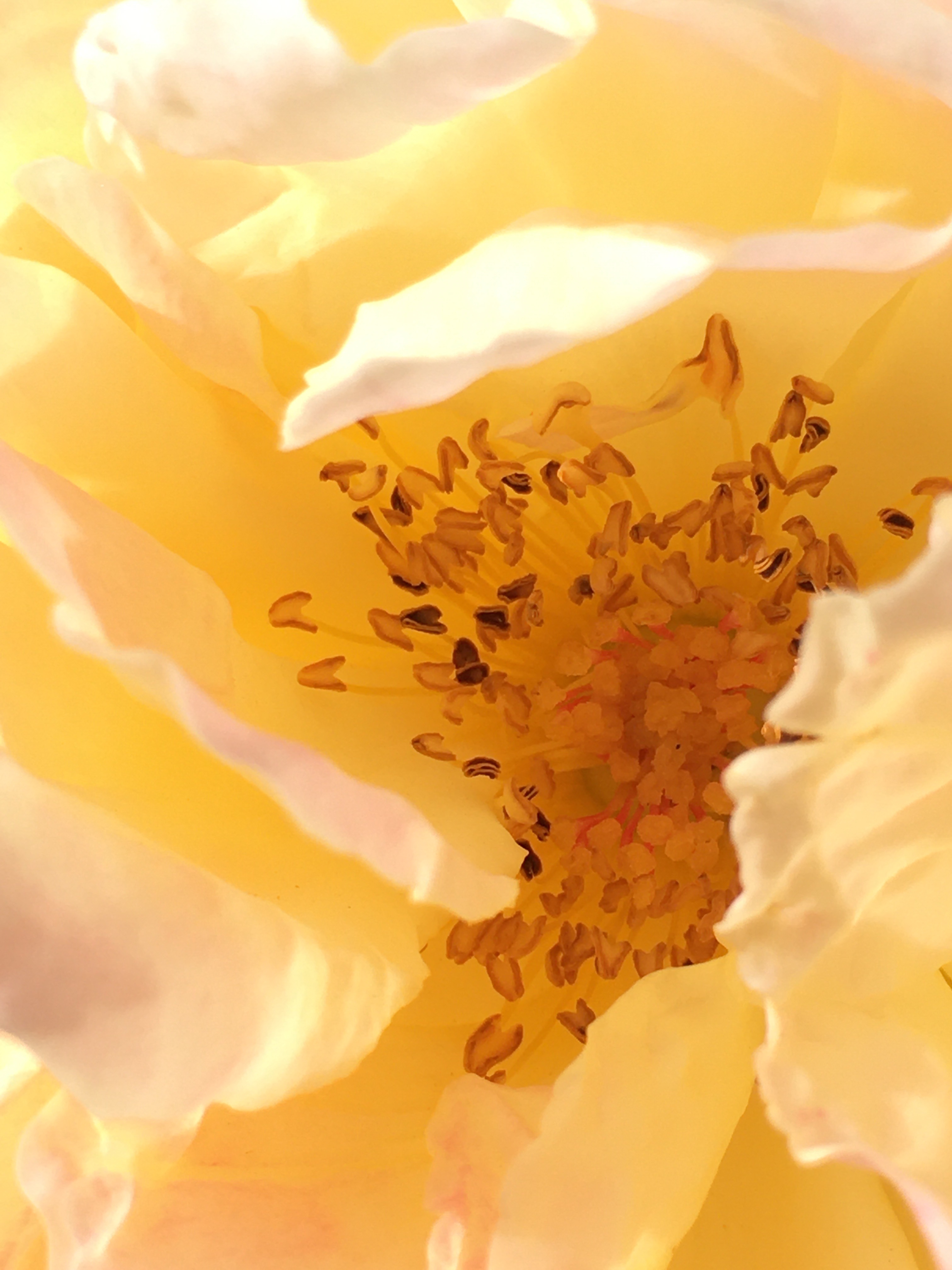
I think we can definitely say these flowers stand up to the weather. Some roses ‘ball’ in the rain. They fail to open and turn to mush. Luckily, Belle de Jour copes with a deluge; there’s not a mark on the petals. My rose came, by post, from Roses UK which promotes the British rose trade. I’m sure the new rose will be a huge success. It’s looking lovely in my garden already. And I’m always pleased to support British nurseries.
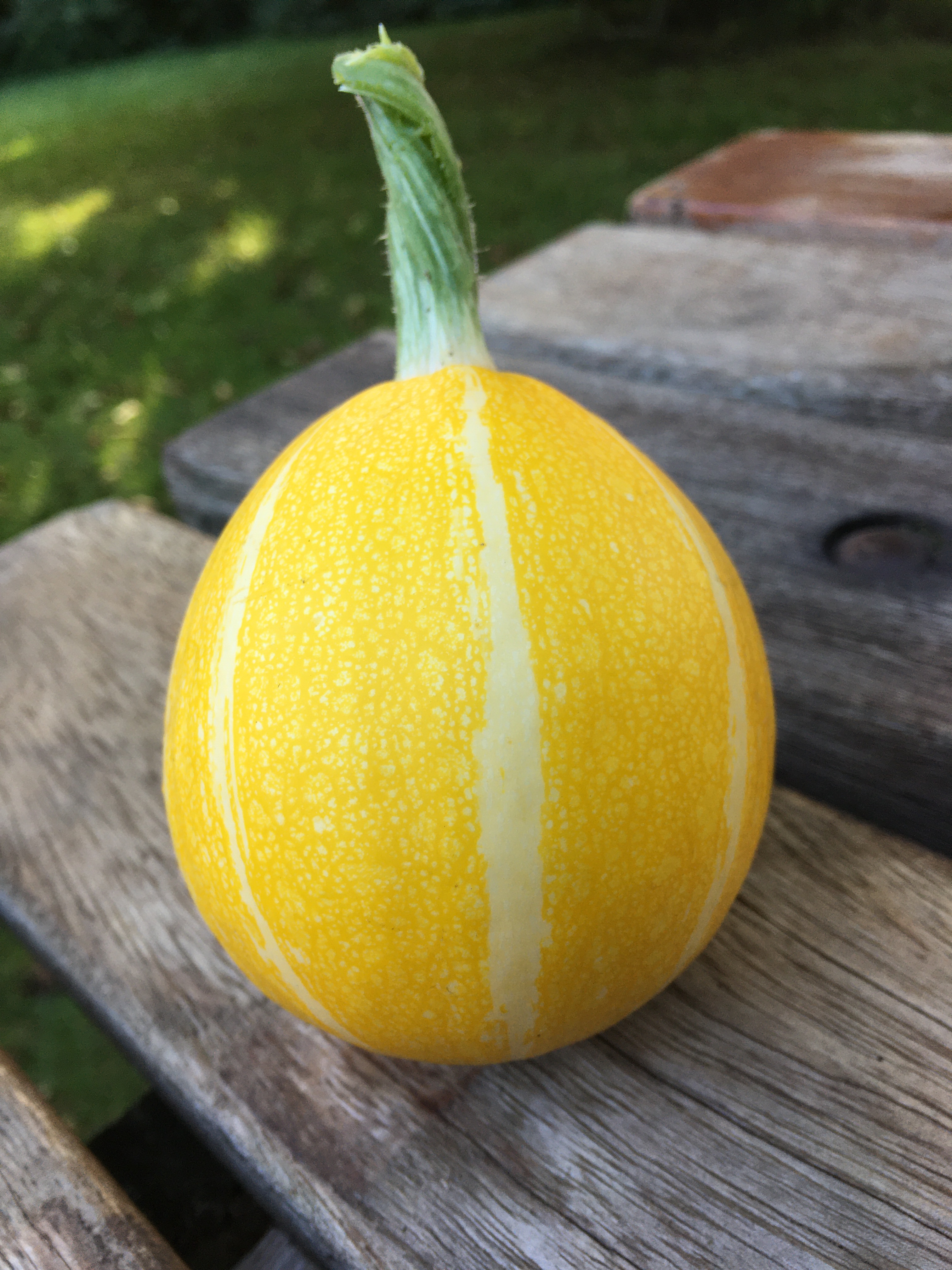
I’m growing a new variety of courgette, ‘Summer Holiday.’ Isn’t it pretty. I don’t know why, but this photo makes me so happy. It looks such a gorgeous little thing, bright yellow, with a twisty green stem. It’s a joy. And so easy to grow. I’m in favour of anything easy, this summer. Everything seems to have been hard work, so a highly productive trouble-free plant is very welcome. There’s a recipe for courgette and cream cheese soup to follow. It only takes ten minutes to cook.

Courgette flowers look beautiful too. They only last a day, but are a sunny, joyful sight. I’ve planted courgette and squash all along the base of my climbing bean frame. They make good ground cover and smother weeds.
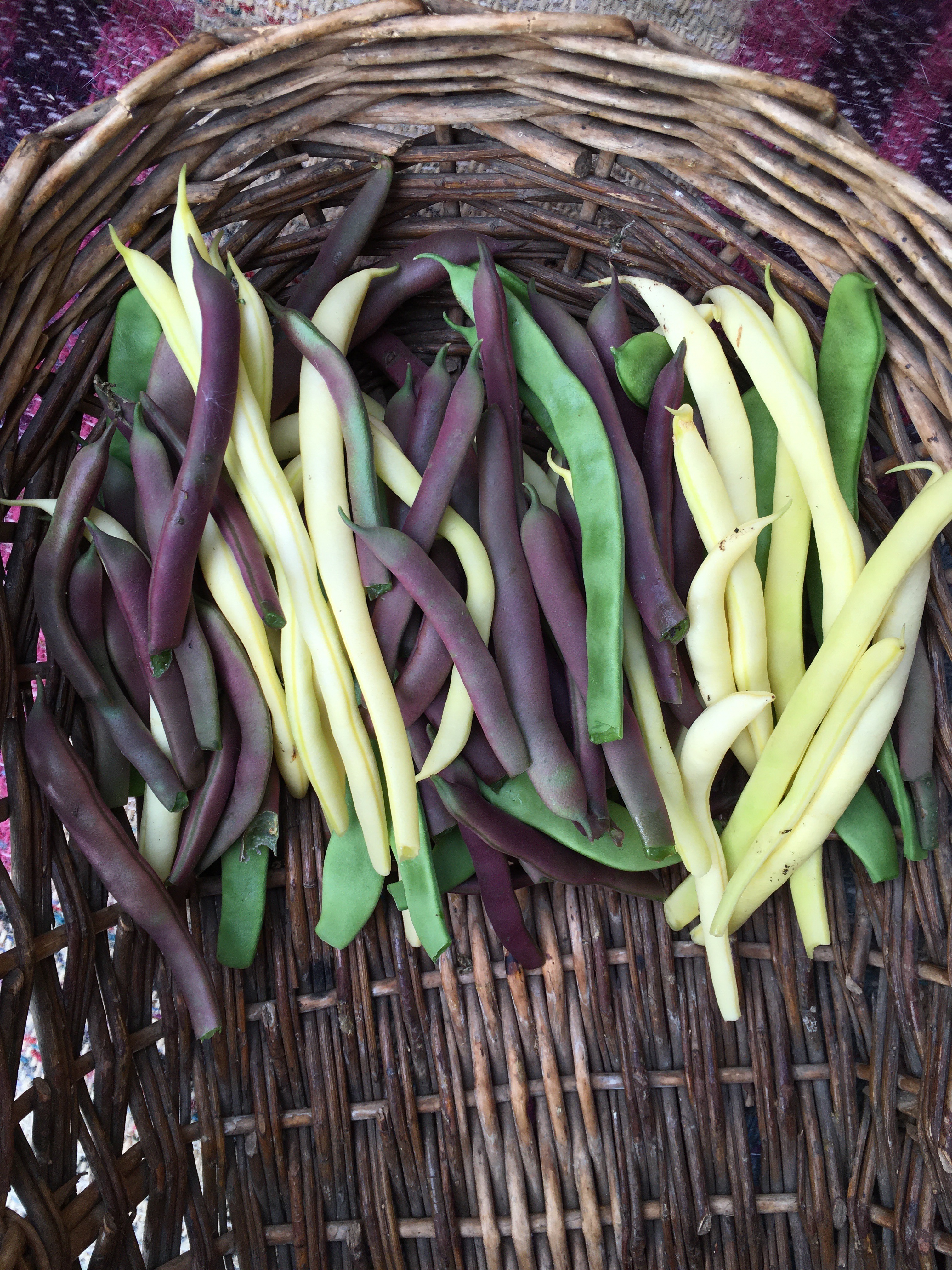
Here’s the beans I’m growing this year. Don’t they look colourful.
Yellow: Climbing French bean ‘Sunshine’. A new variety.
Green: Climbing French bean ‘Limka’.
Purple: Dwarf French bean ‘Red Swan’.
All growing together along the hazel A-frame support, with blue morning glory intertwined. The dwarf French beans grow to around 122cm (4ft). Climbing beans are around 2.5m (8ft). Every day, I’m gleefully throwing handfuls of beans into the freezer. They will be such a treat mid-winter when fresh greens are in short supply.
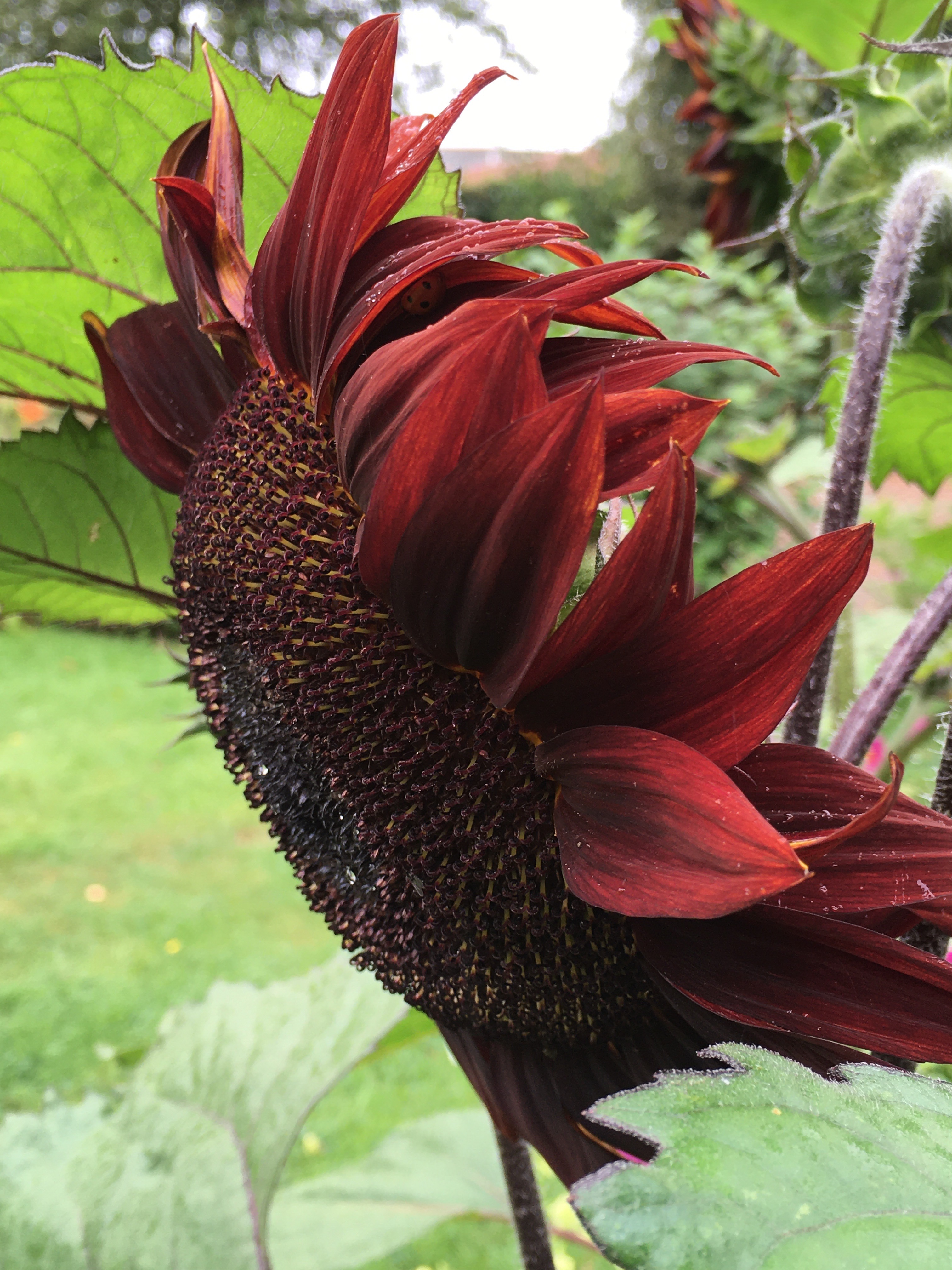
I have a newly-planted border all along the path to the front door. It was infested with couch grass. Over the winter I dug out all the plants and turned over the soil, searching for every scrap of tiny white couch grass roots. I had to do this four times before getting on top of the problem. In May, I planted the border with annuals; sunflowers, nicotiana, cosmos, and underplanted them with salvias, which I treat as bedding plants as they are not very hardy here.
I favour dark dusky-coloured sunflowers. This one pictured above is ‘Black Magic.’ It’s a multi-headed sunflower the colour of dark chocolate. Bees love it, and the seed will feed birds in winter. I won’t bother growing ‘Italian White’ again. The first sign of a gale and the petals curled up and dropped off. Not hardy enough for my windswept plot.
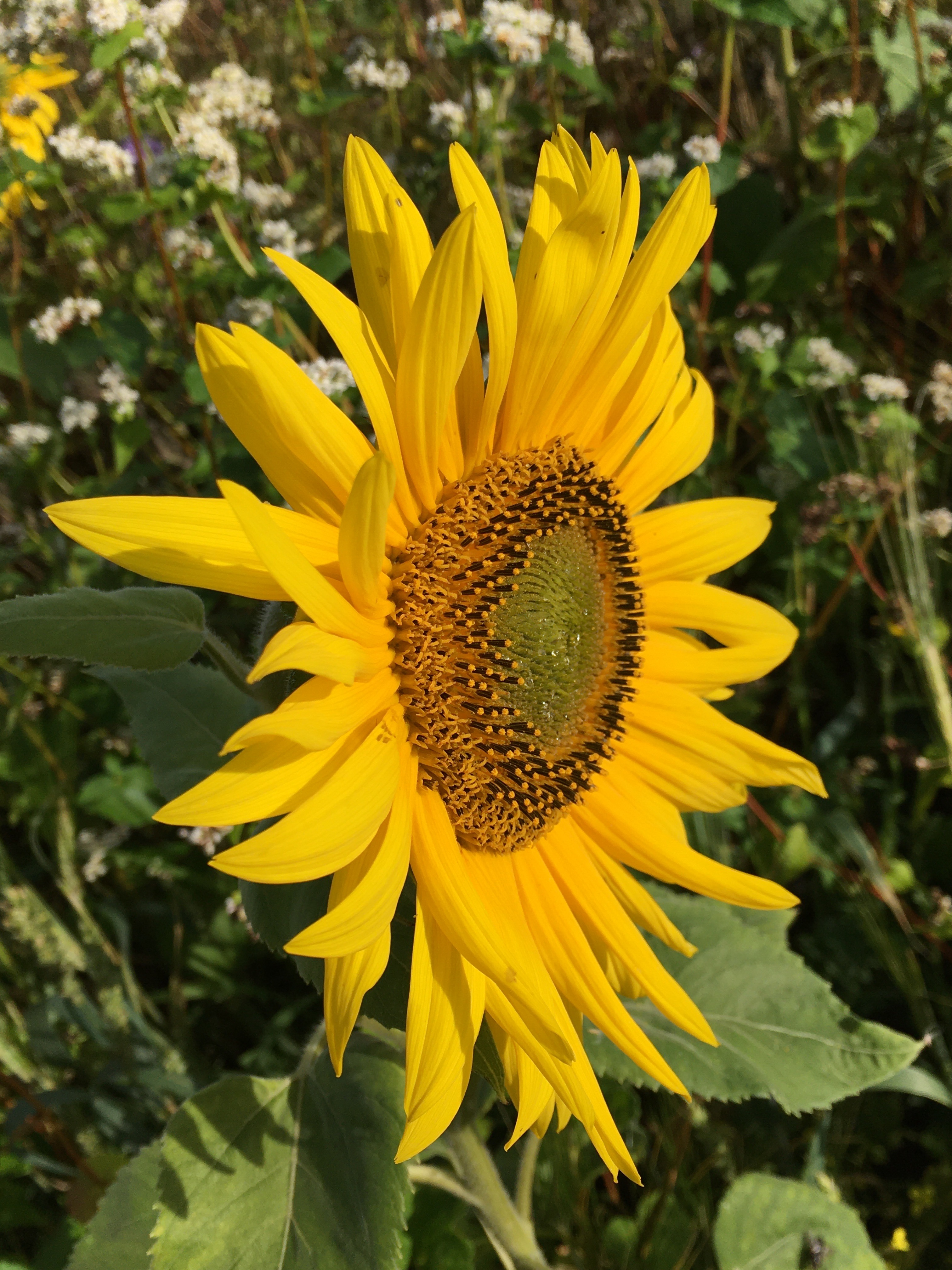
If you like yellow sunflowers you would love these, growing in the back fields behind my garden. We cheered when we saw the farmer sowing the seeds in spring. It’s a wildlife -friendly mix to attract pollinators, and the seedheads feed birds and mammals over winter.
The ridgeway footpath goes all along the side of the sunflower field. We walk along it twice a day, as we are still in the habit of our lockdown exercise regime. And some of us are still not venturing far, as we can’t take any risks. I’m still getting over a serious illness from three years ago, and although surgeons gave me a second chance, I’m not strong enough to fight off infection. Doctors nowadays are forthright. And mine, straight to the point, said a ventilator wouldn’t be an option. So there we are. I have to be careful. I’m not dwelling on it. I’m just grateful for small mercies, sunflowers included, as I can gaze at them and feel happy. I don’t know how, but I can.
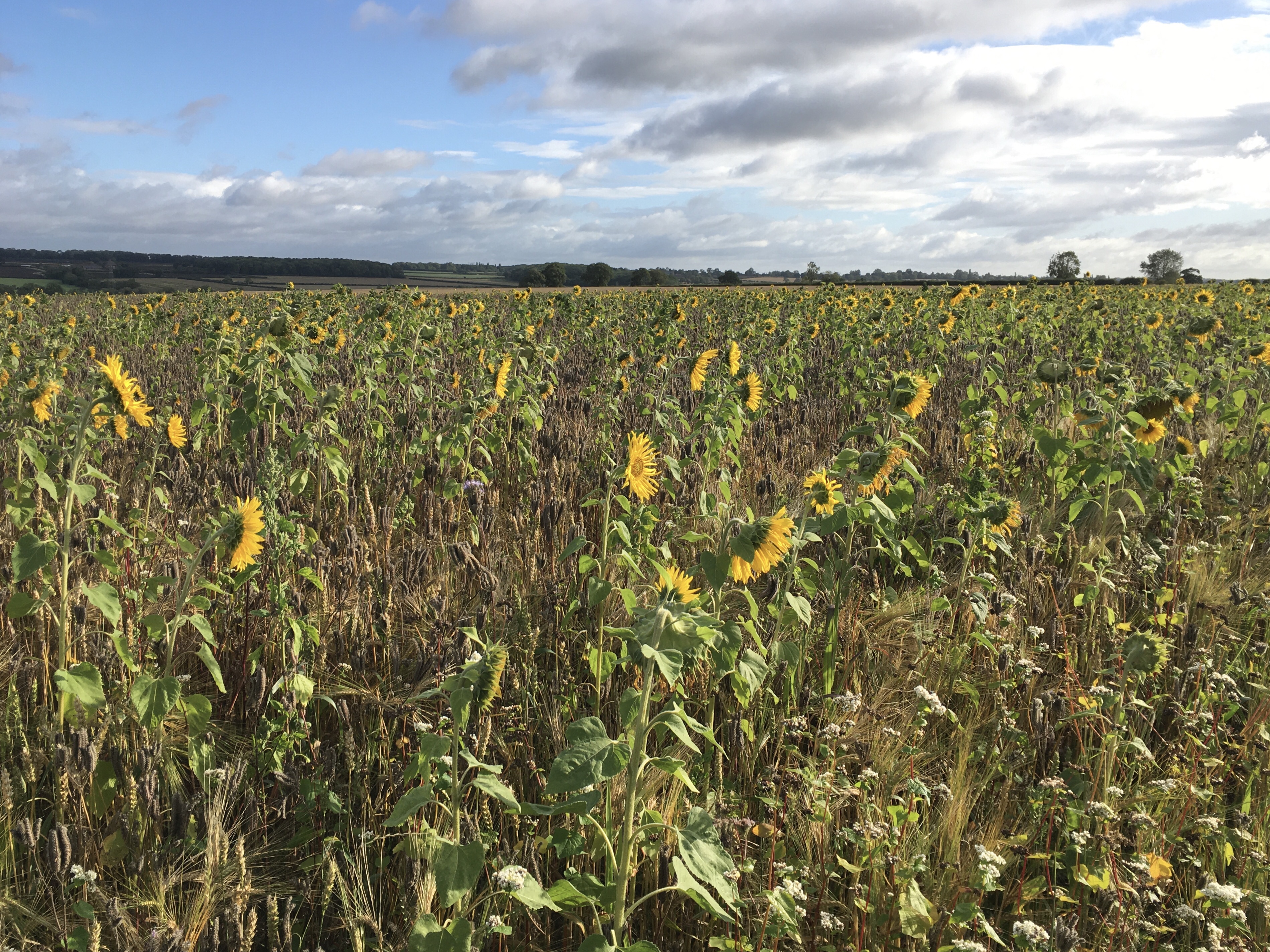
We still have swallows flying here. They must be finding plenty of insects. I’ll miss them when they go. I think of the journey they have to make, such tiny birds. Such a long way. It’s always an anxious time waiting for them to return in spring. Maybe, I’m going to have to get my courage up, and be like the swallows. Set off into the unknown. I can’t stay here forever, as lovely as it is, and as tempting as it’s become to say how well I’m coping. Someday soon, I have to set forth. Wish me luck!

On the footpath, going home, I pass by this old crab apple tree. It must be 100 years old, the size of its trunk. It makes a natural arch over the pathway. I like to gaze into the distance and wonder how the view might have changed over the past century. Probably not a lot as it’s still all farmland round here. But the people who’ve passed by this tree, their lives would have been very different 100 years ago. We have so much to be grateful for.
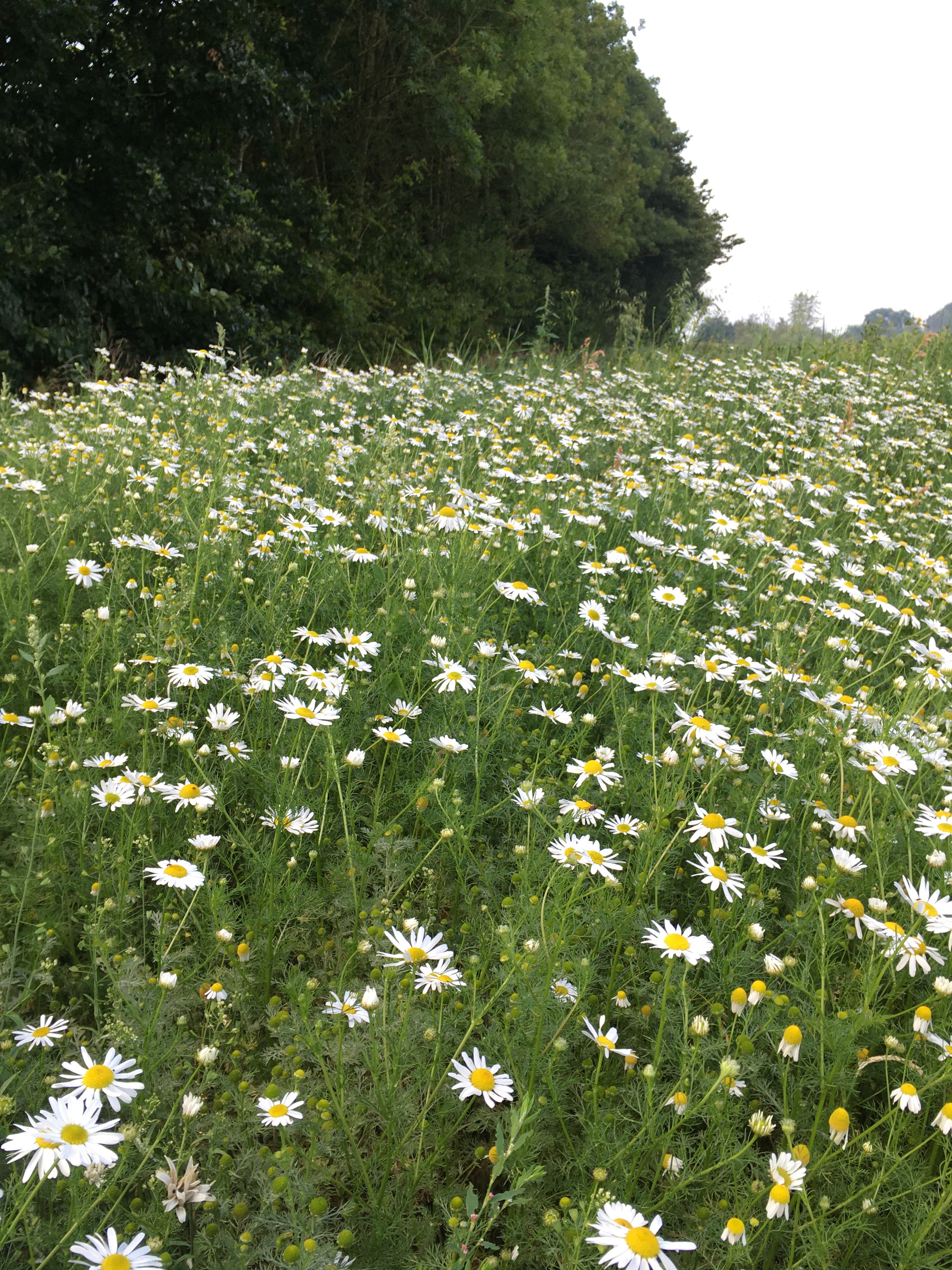
Nearing home, by our field gate, you can see the row of trees we planted 30 years ago when we were in our 20s. We never thought those little saplings would grow into a wood. And we didn’t know how much joy they would give us, watching the leaves change through the seasons, and giving a home to birds and wildlife. This summer, these daisies suddenly appeared. On sunny days, they have a strong chamomile scent. They may only be weeds, but they are a lovely sight, even so. Don’t you agree.
How has your garden fared this summer with the heatwave, drought and storms? It feels like we have faced many challenges, all round. Let me know what’s looking good in your garden right now, and whether you are managing to get out and about yet, or like me, waiting for your moment.
Links:
Karengimson1 on instagram and @kgimson on twitter
Roses UK: https://www.rosesuk.com/
Rosa Belle De Jour: https://www.apuldramroses.co.uk/
Summer Holiday courgette: https://www.mr-fothergills.co.uk/Vegetable-Seeds/Courgette-Seed/Courgette-Summer-Holiday_2.html#.X0GQChB4WfA
Beans: https://www.mr-fothergills.co.uk/Pea-and-Bean-Seeds/Climbing-Bean-Seeds/#.X0GQPhB4WfA
Sunflowers : https://www.mr-fothergills.co.uk/Flower-Seed/Sunflower-Black-Magic-F1-Seeds.html#.X0GQbRB4WfA
Six on Saturday meme : https://thepropagatorblog.wordpress.com/2020/08/22/six-on-saturday-22-08-2020/

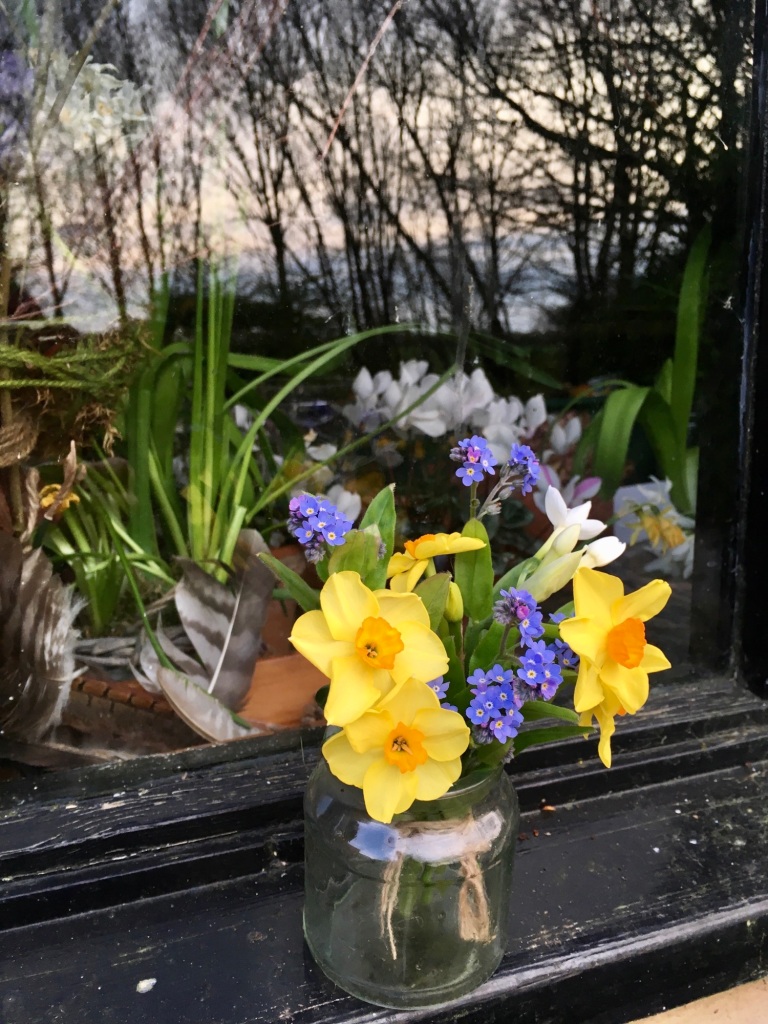











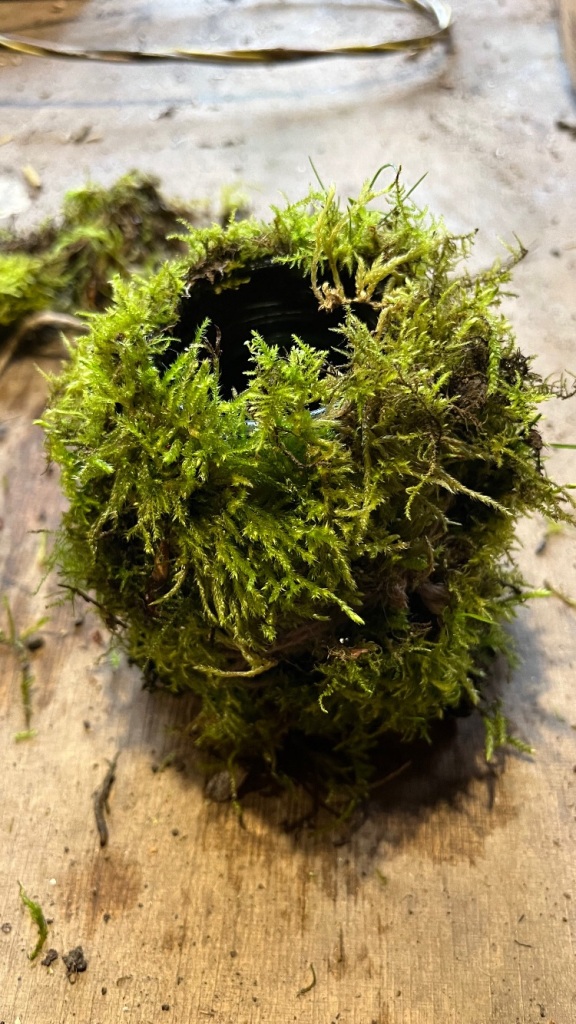


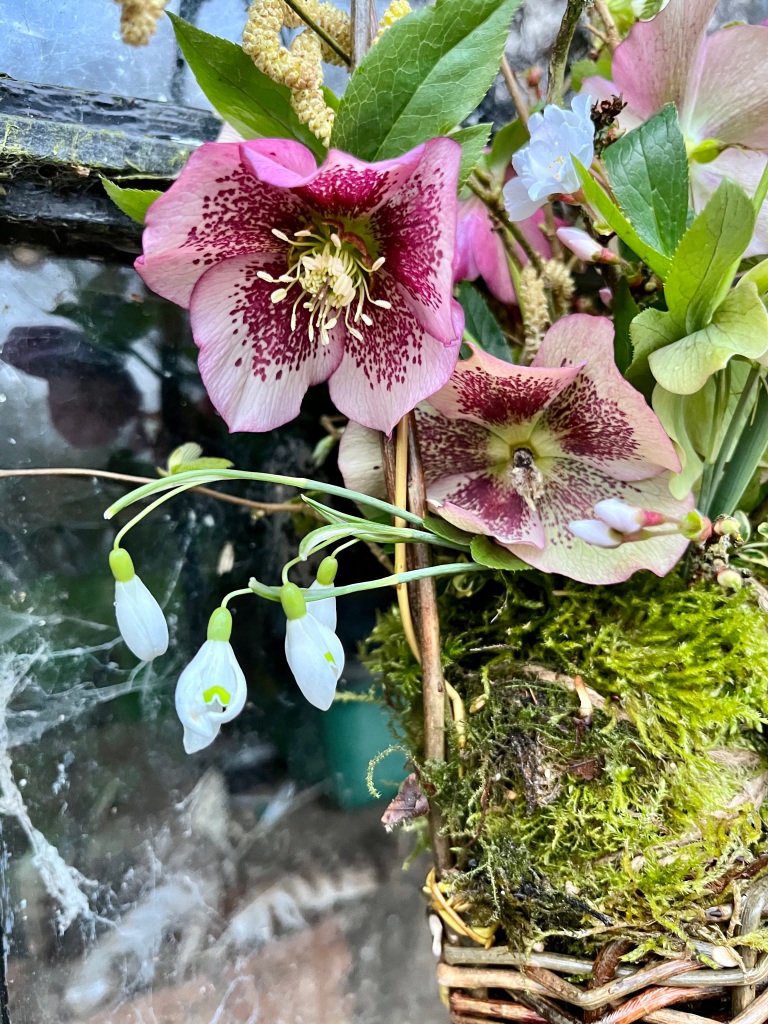
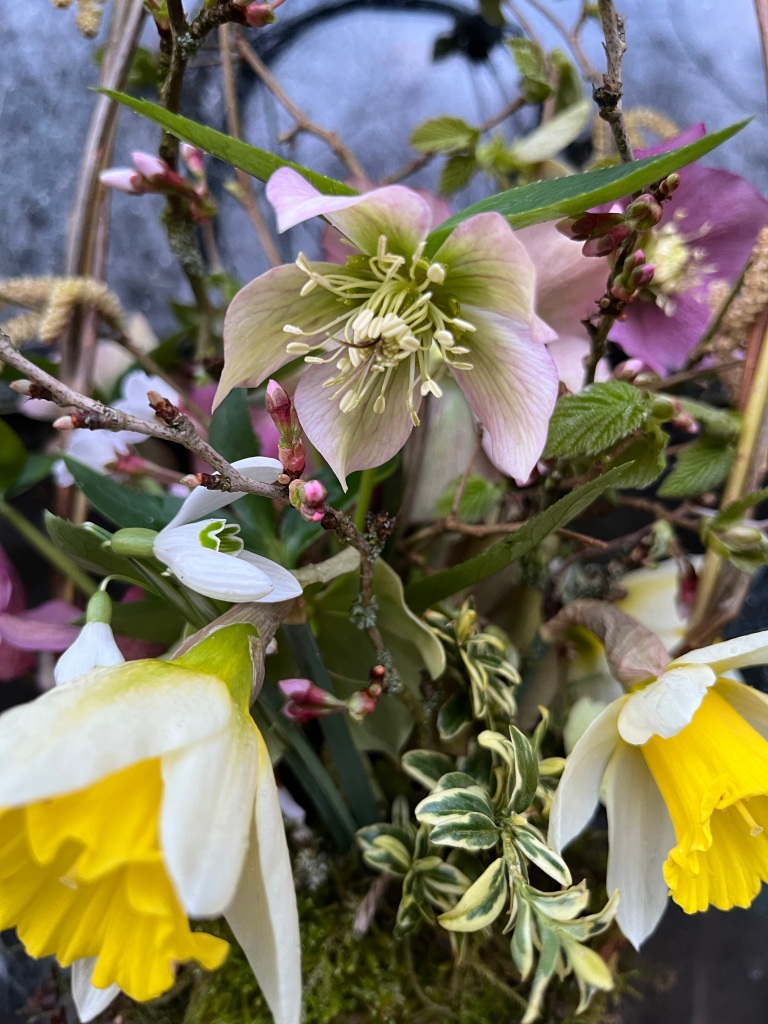



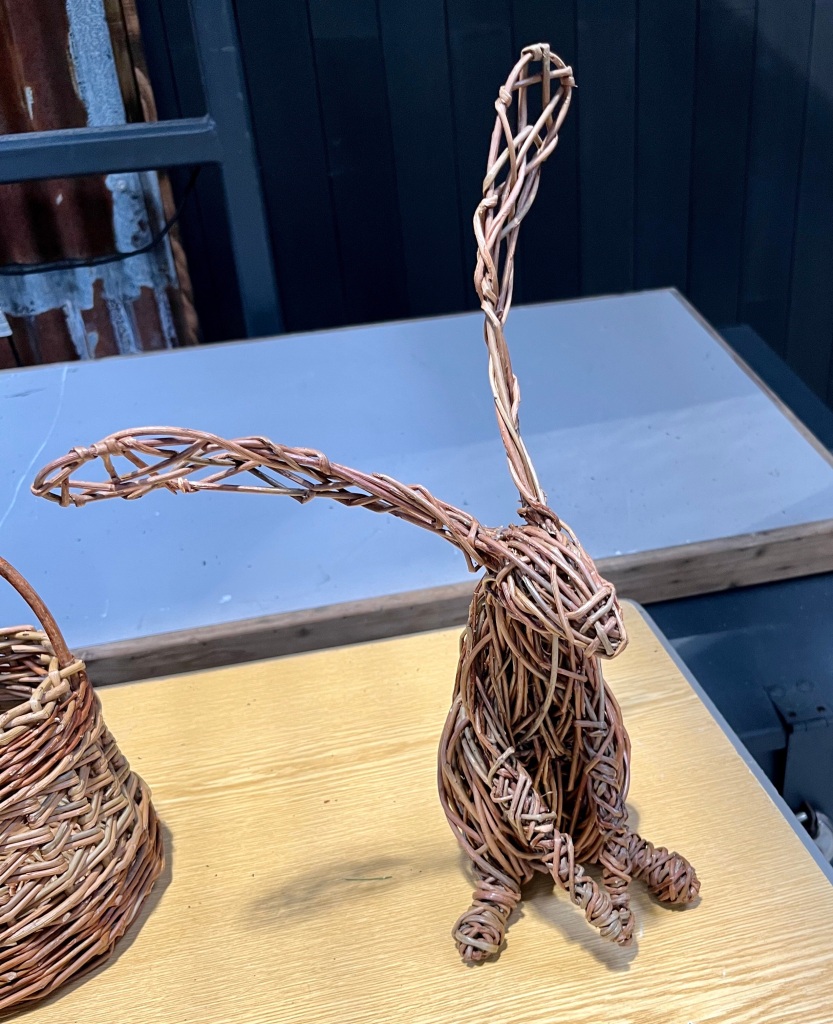



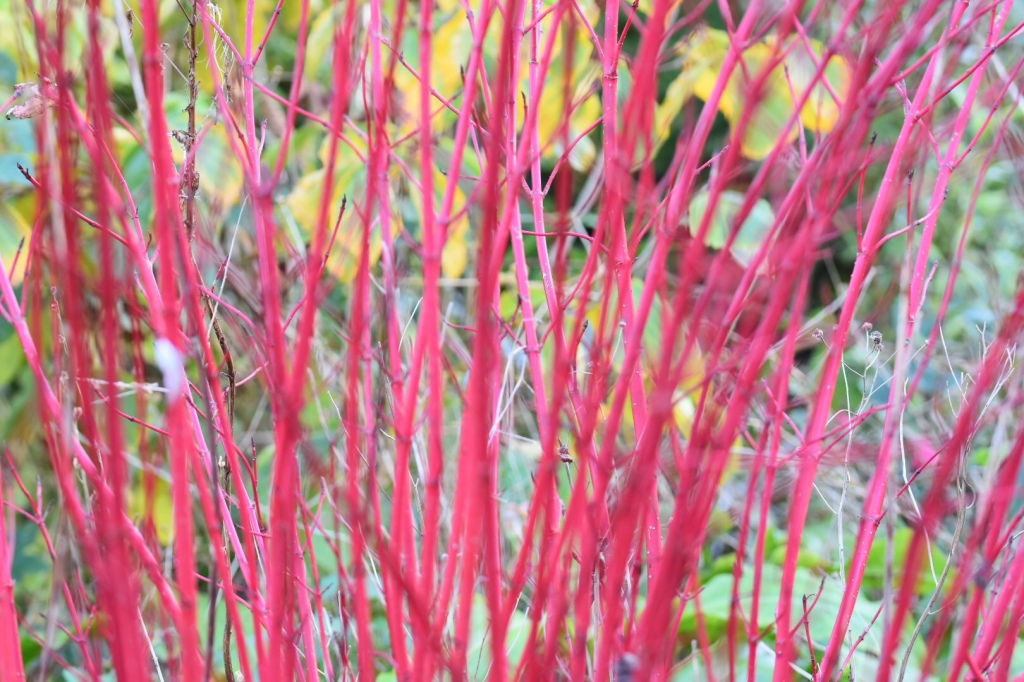




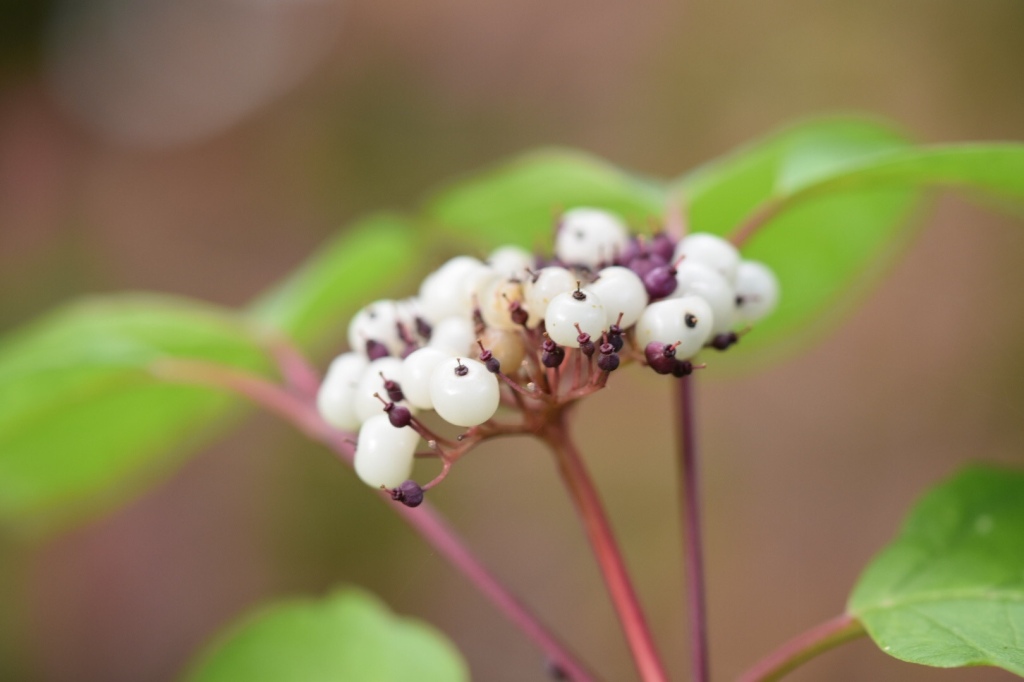

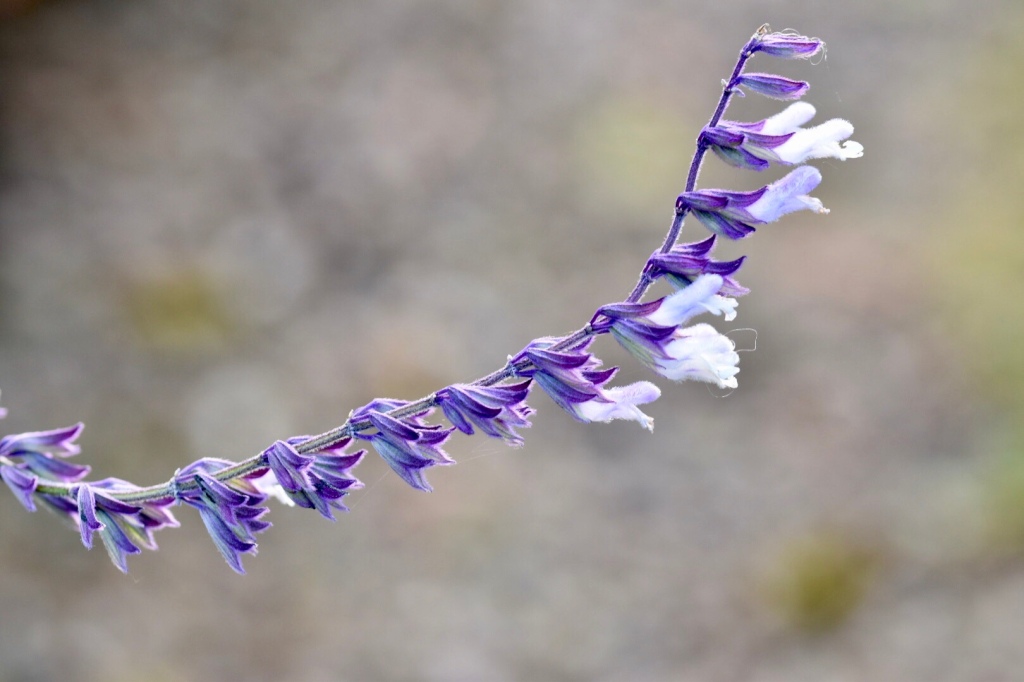

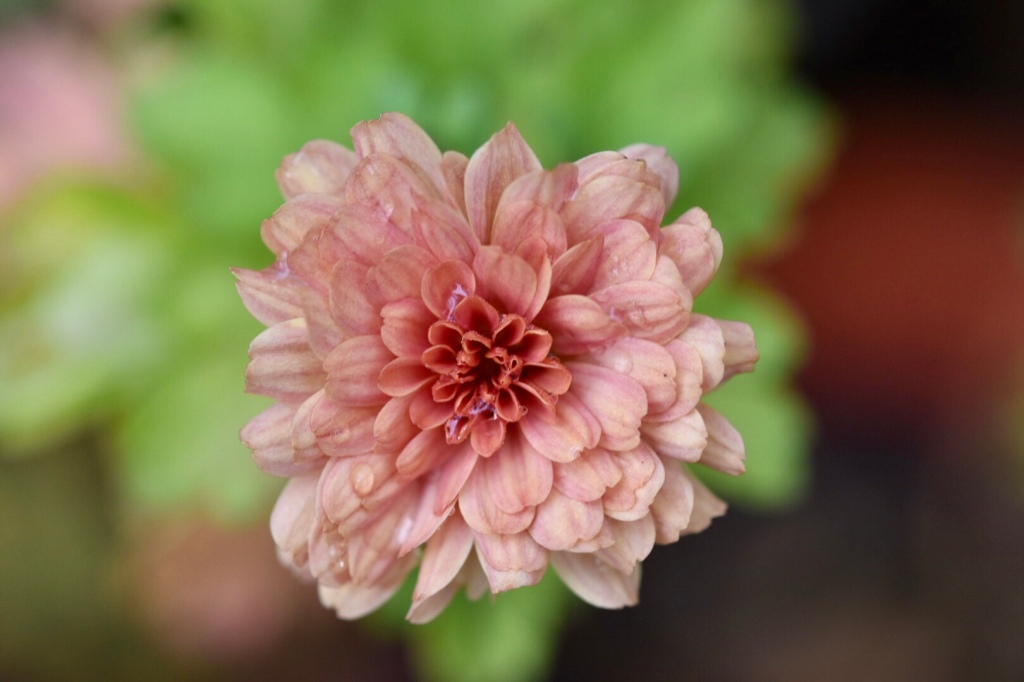
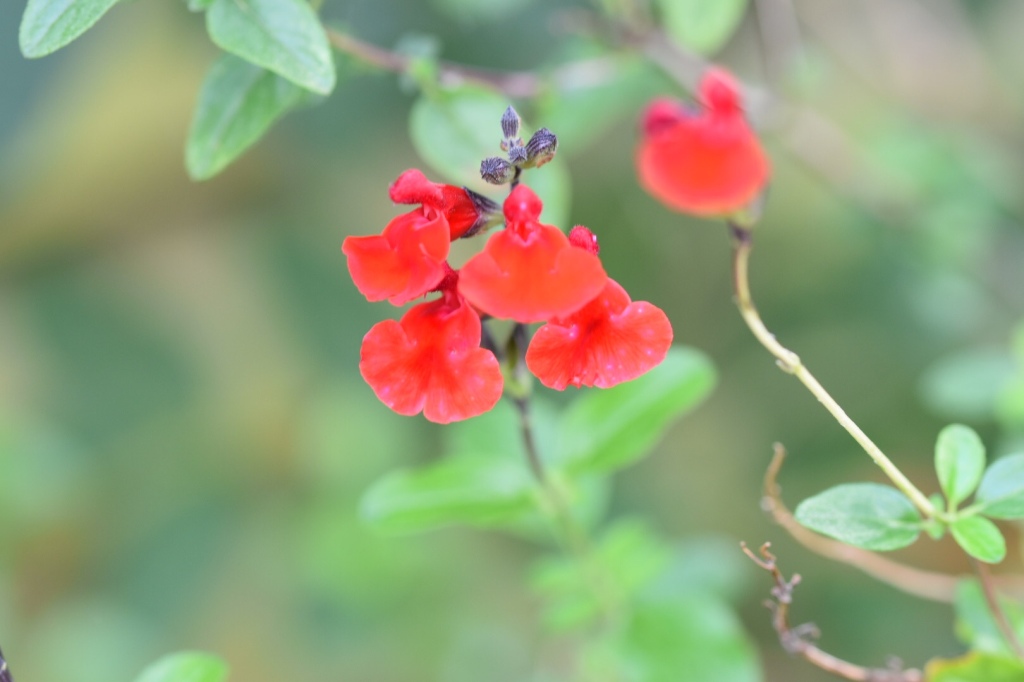
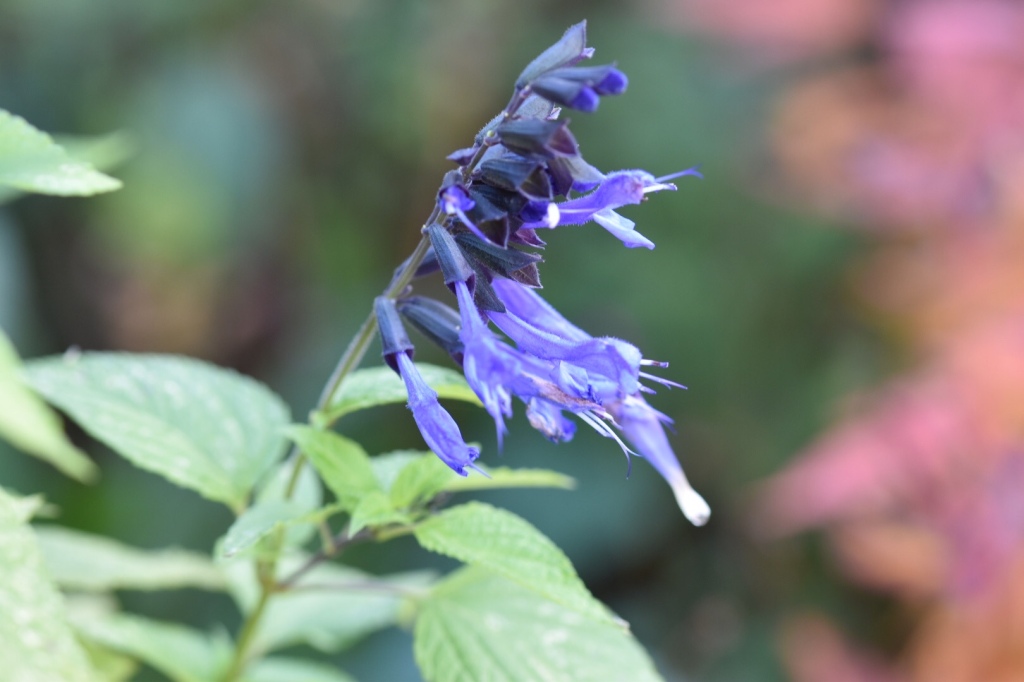
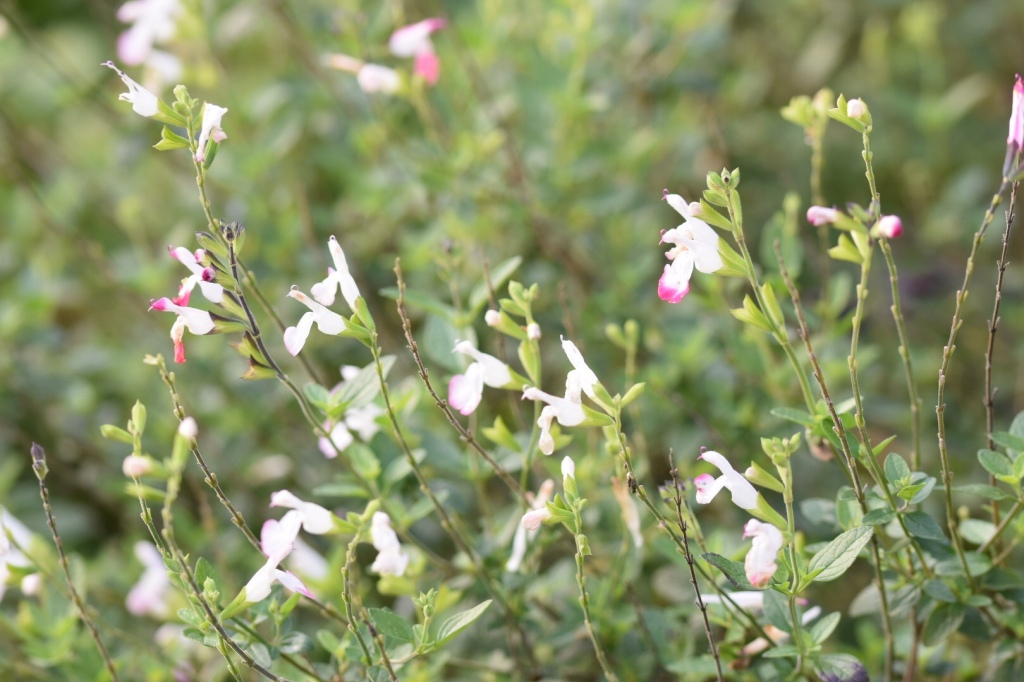
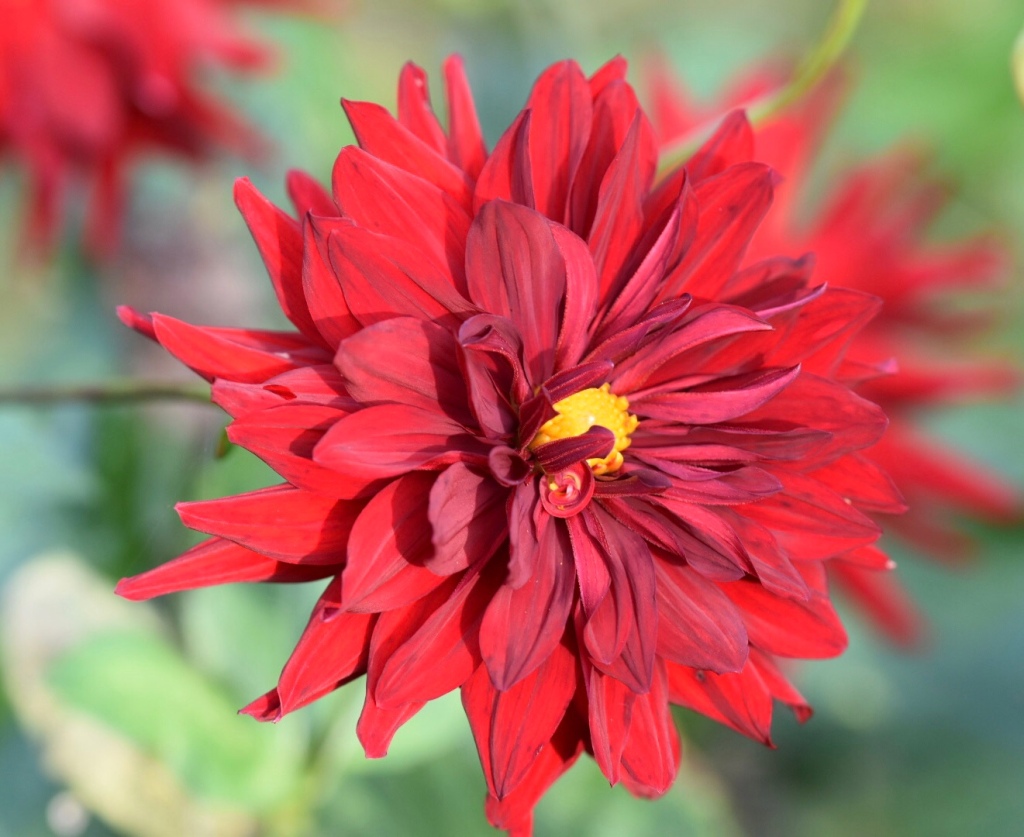


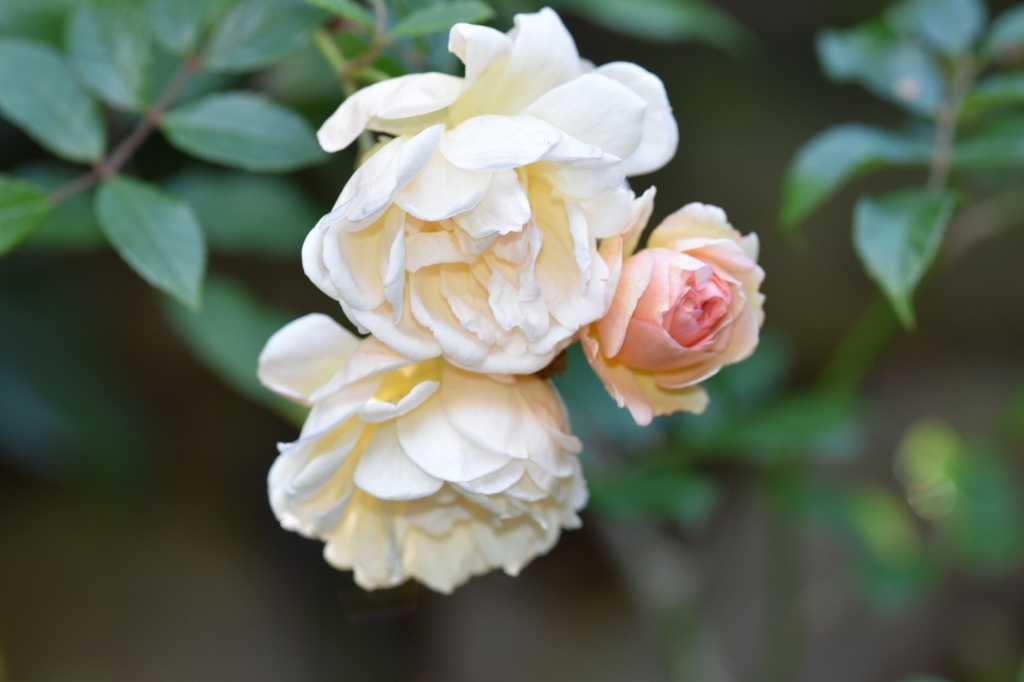
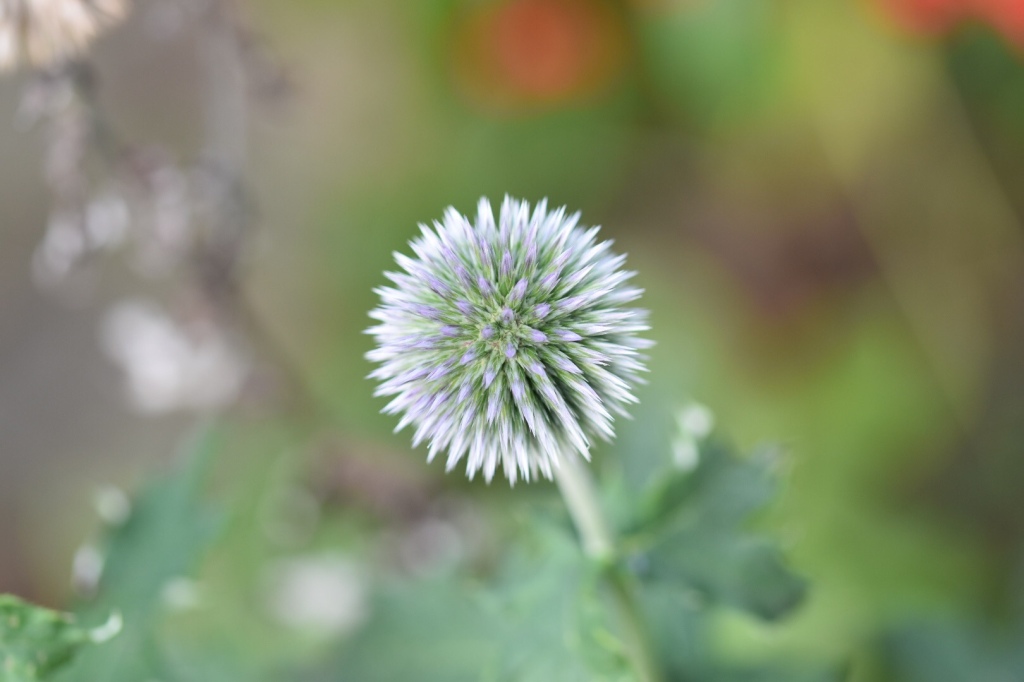
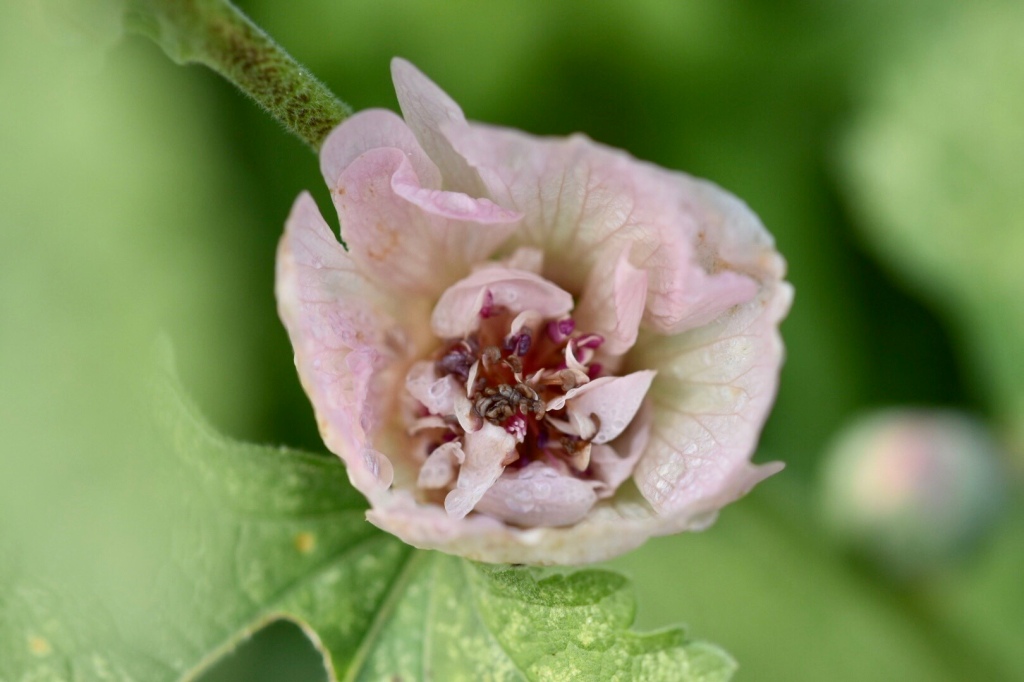


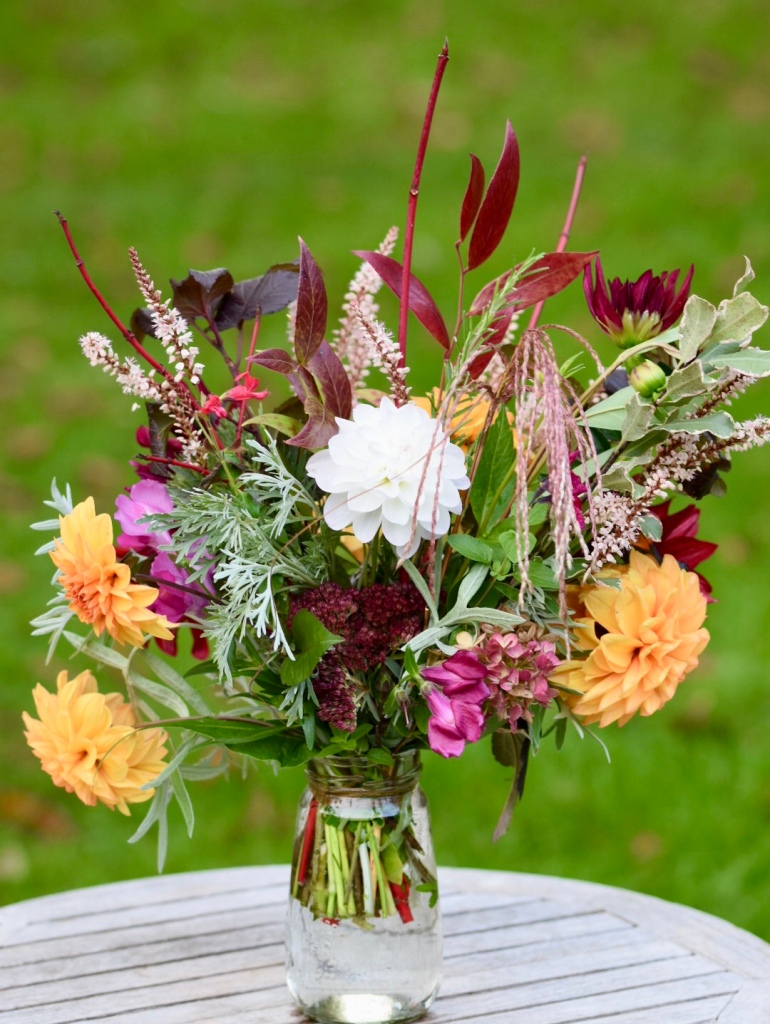

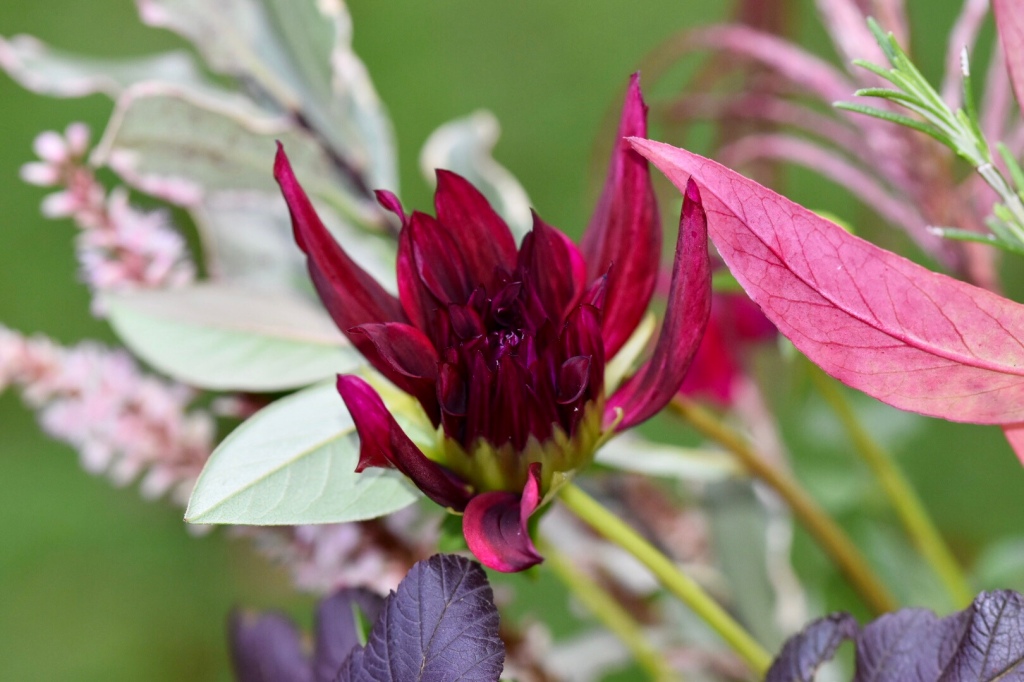

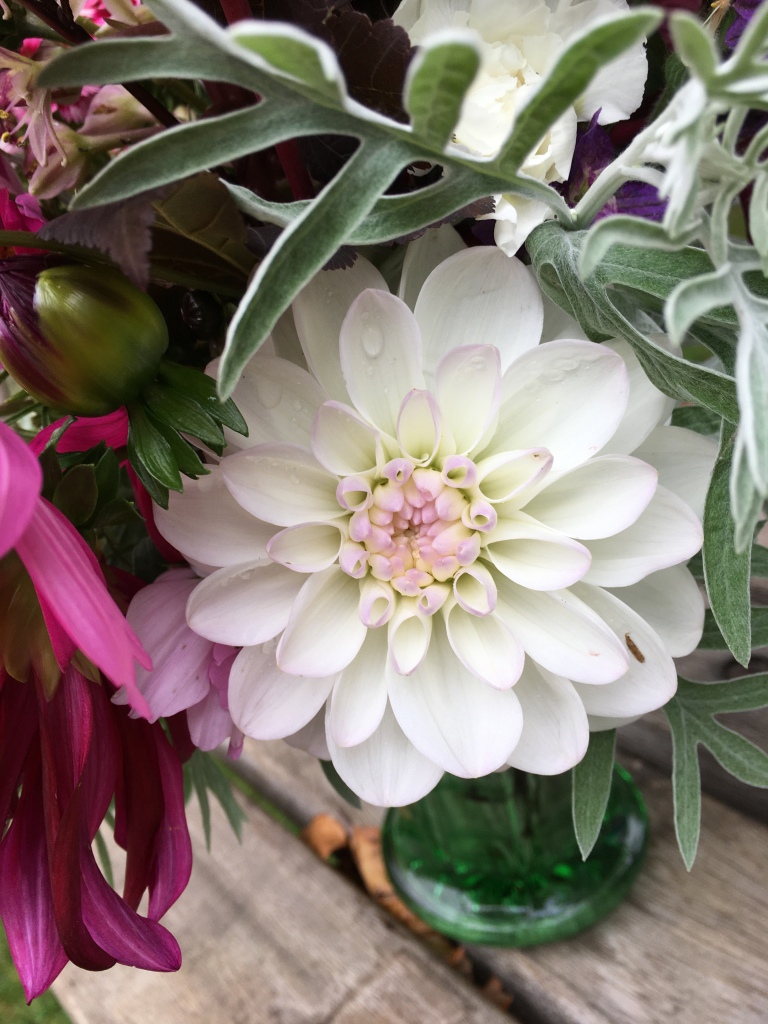





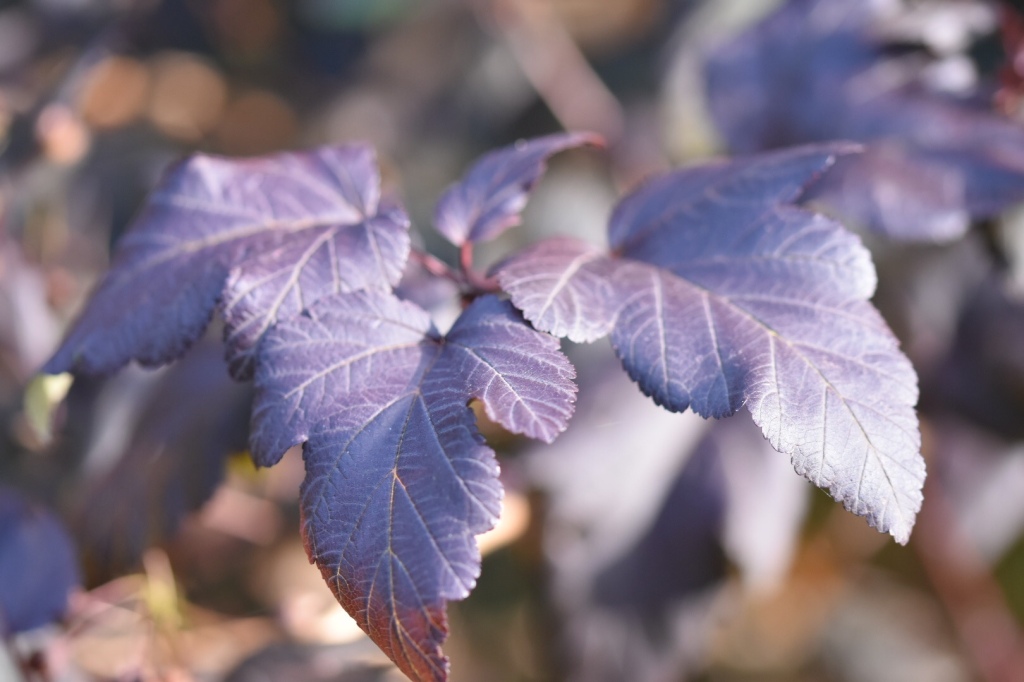

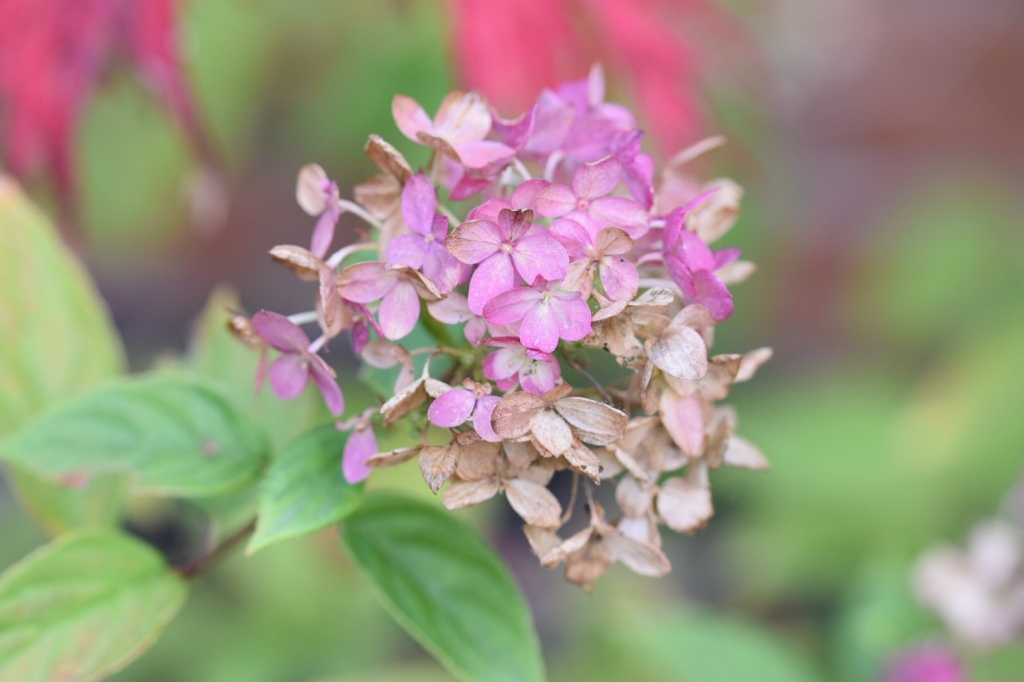

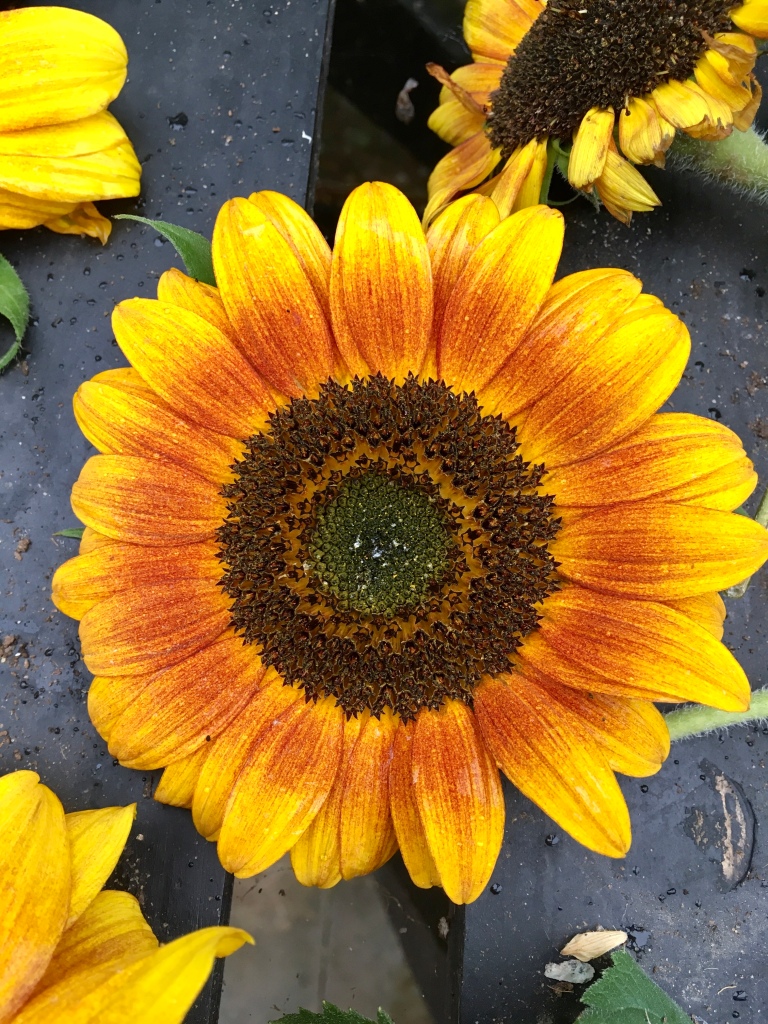


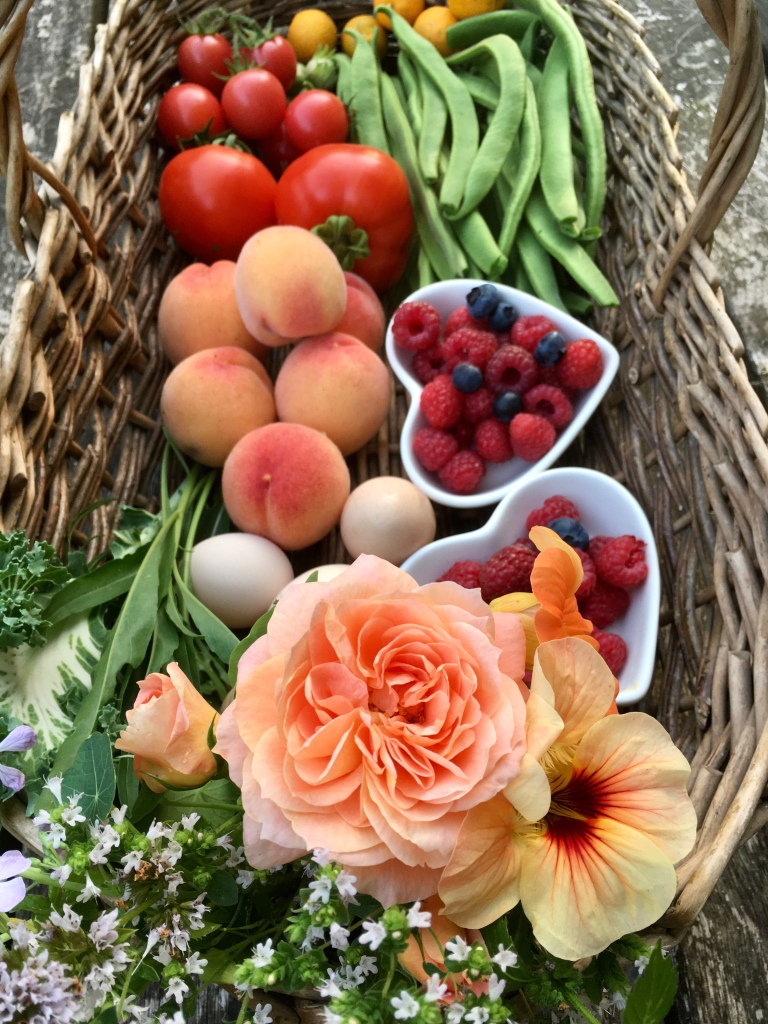
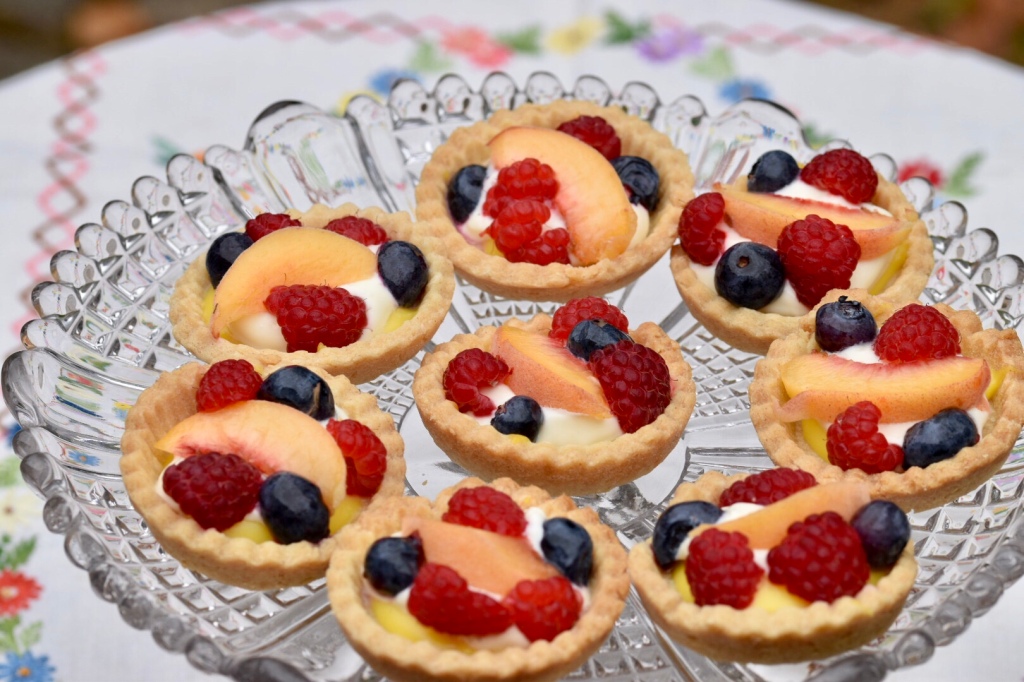

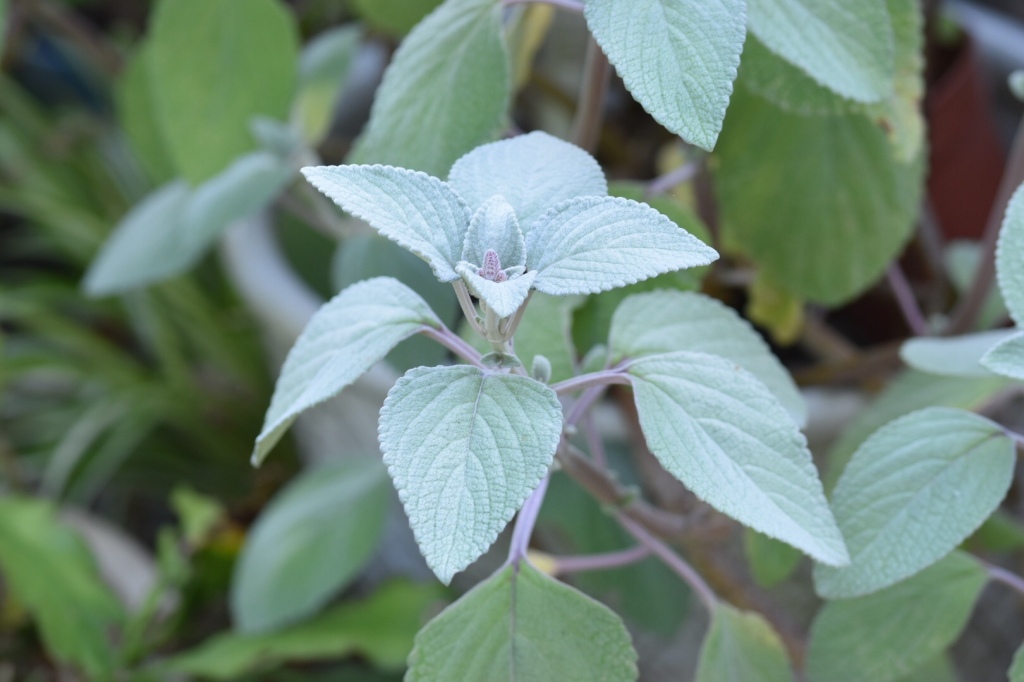



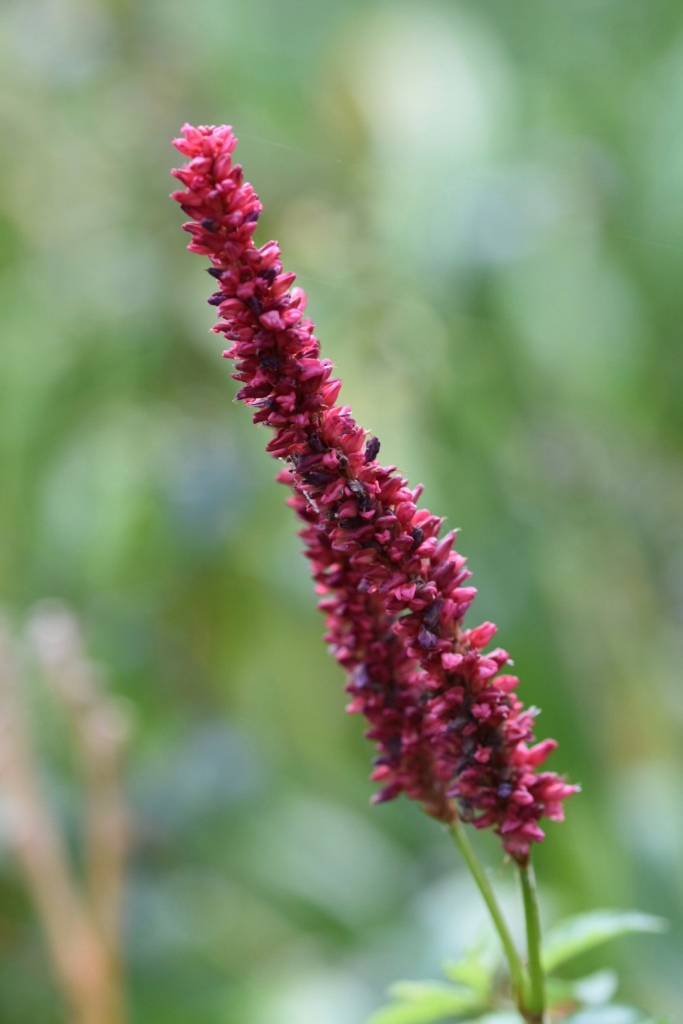
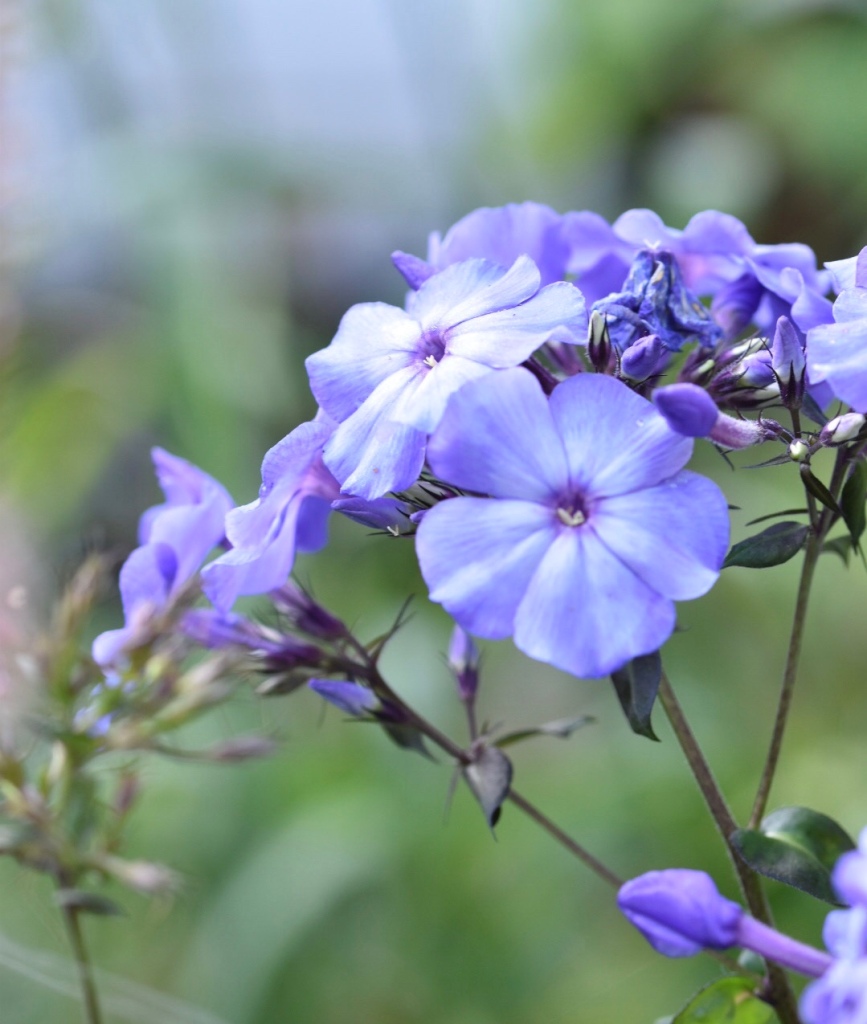





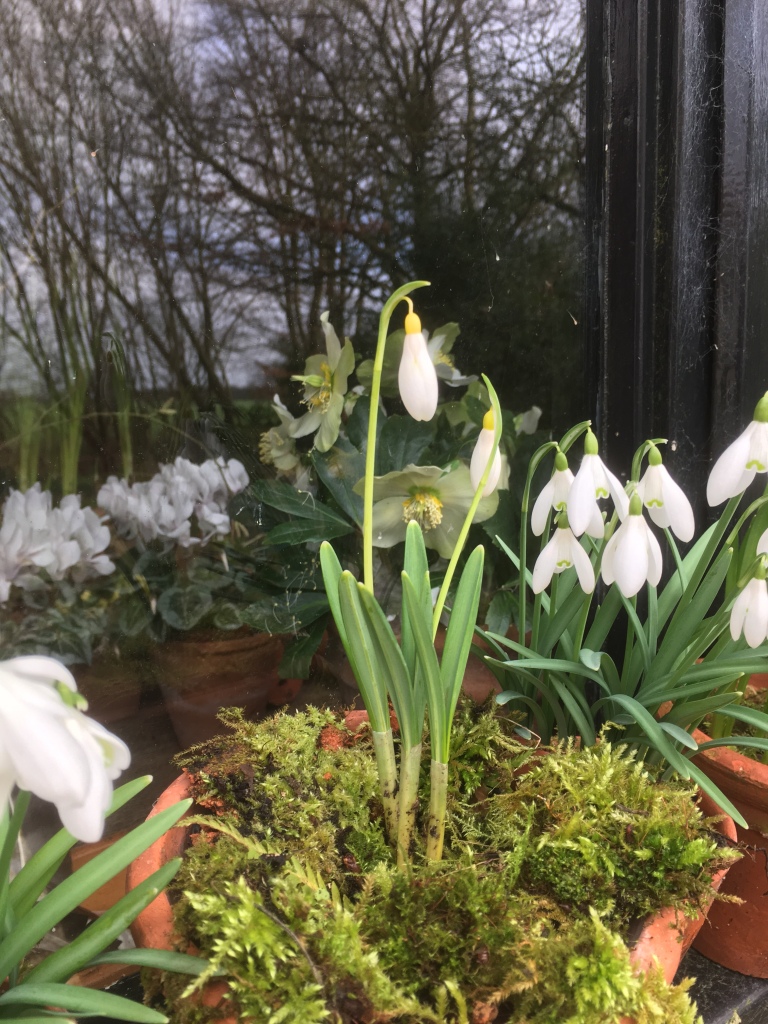




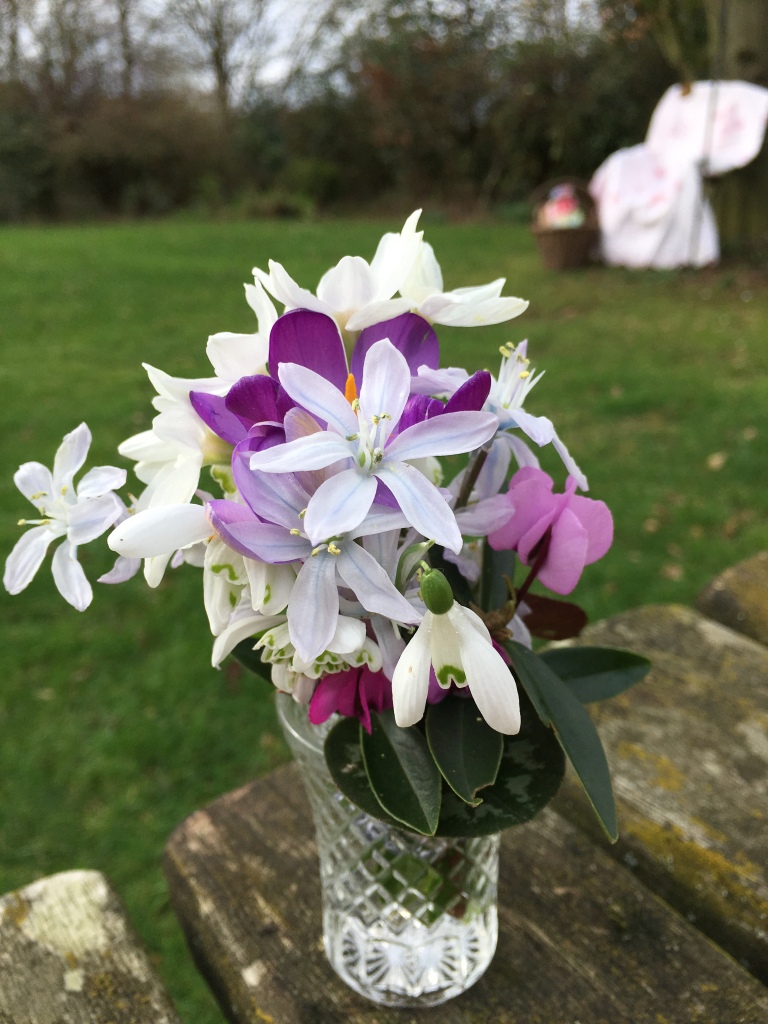
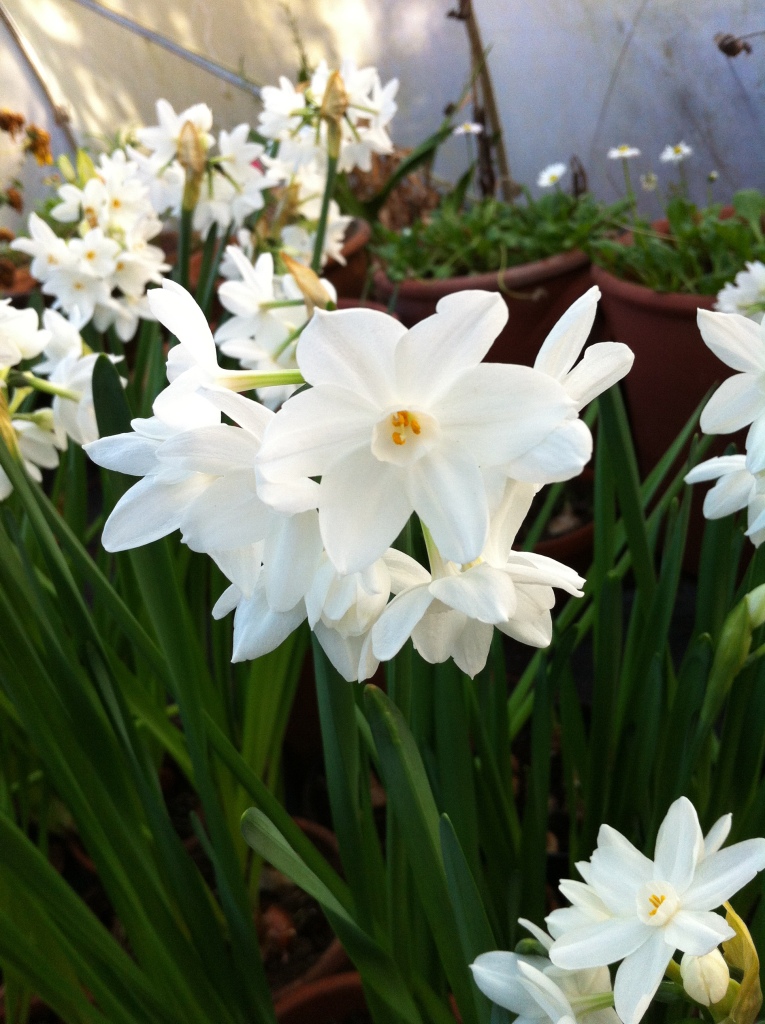
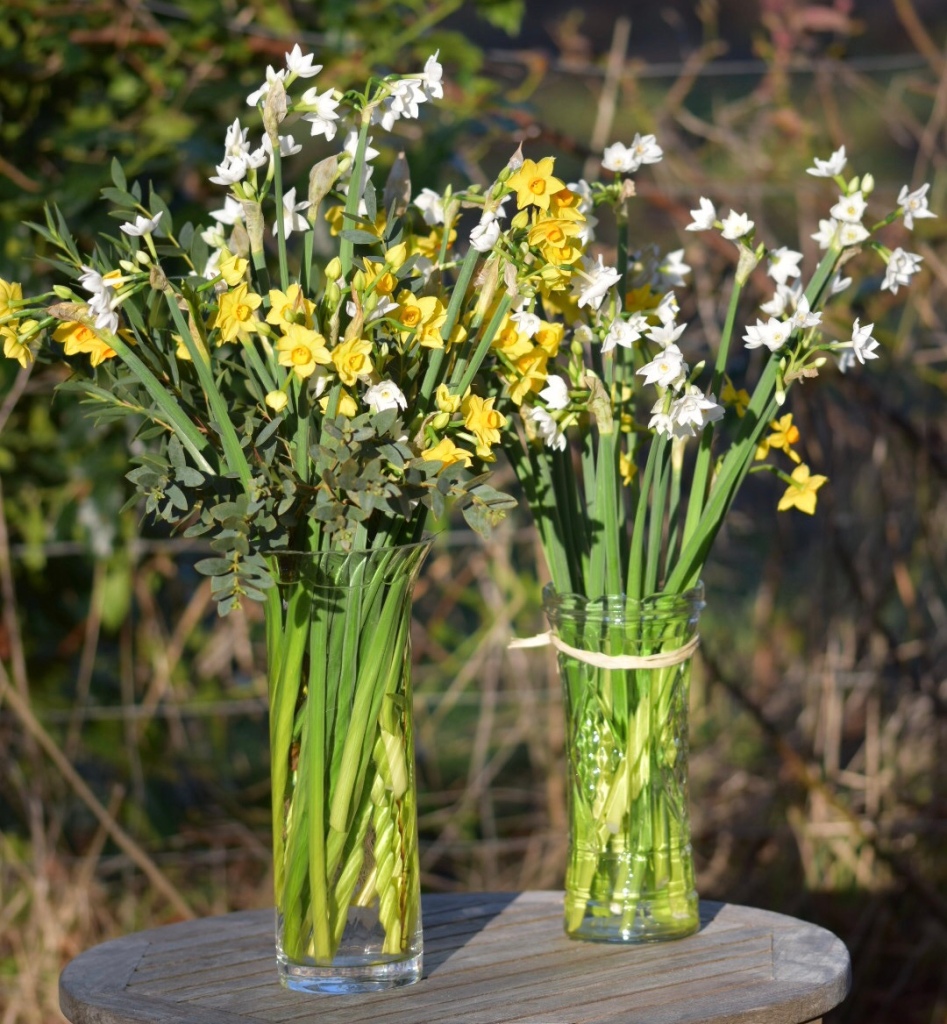
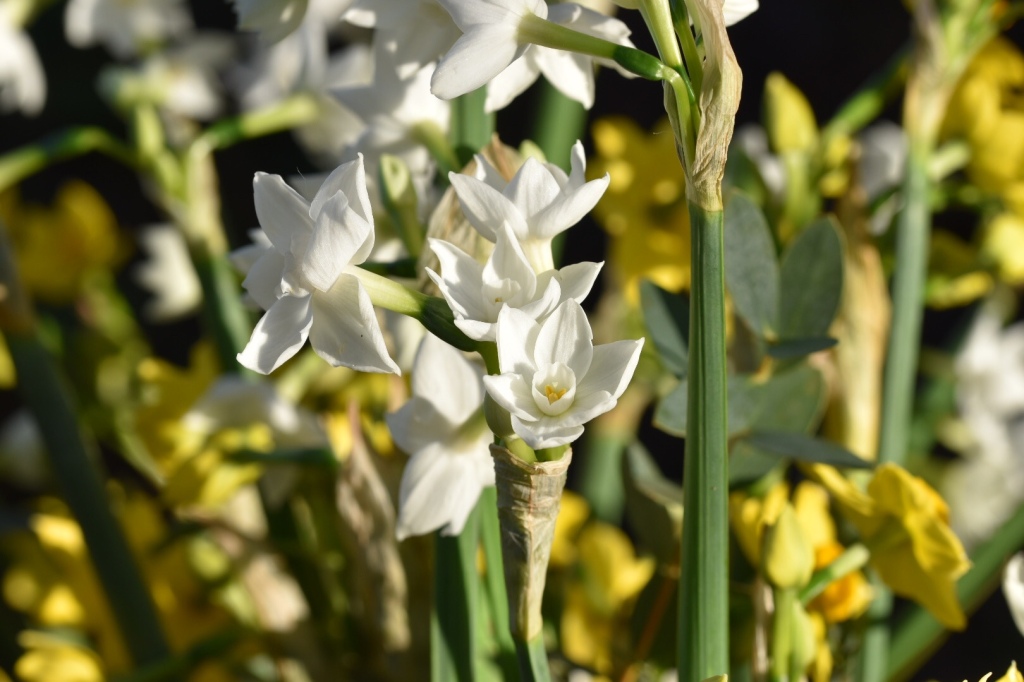


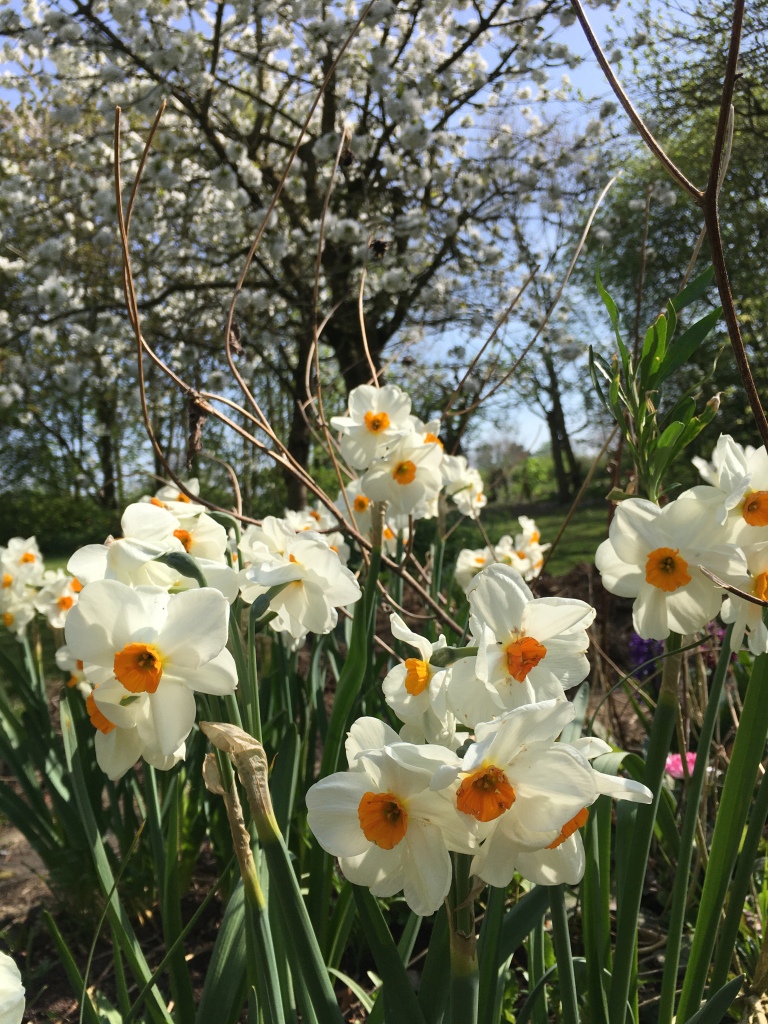


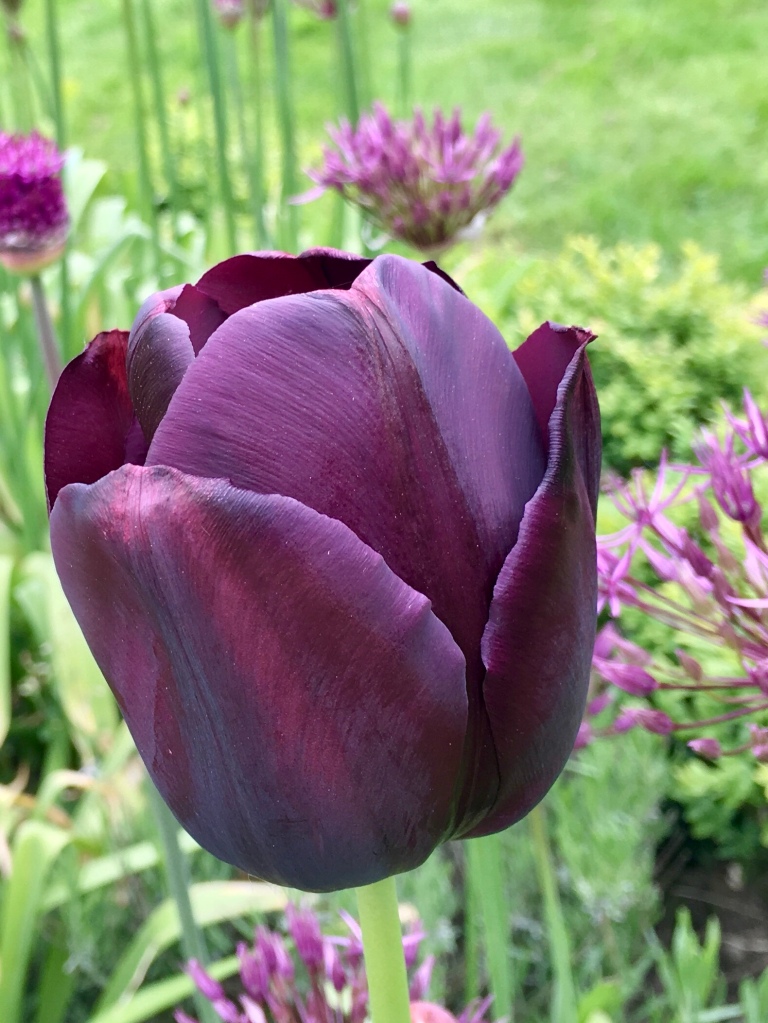

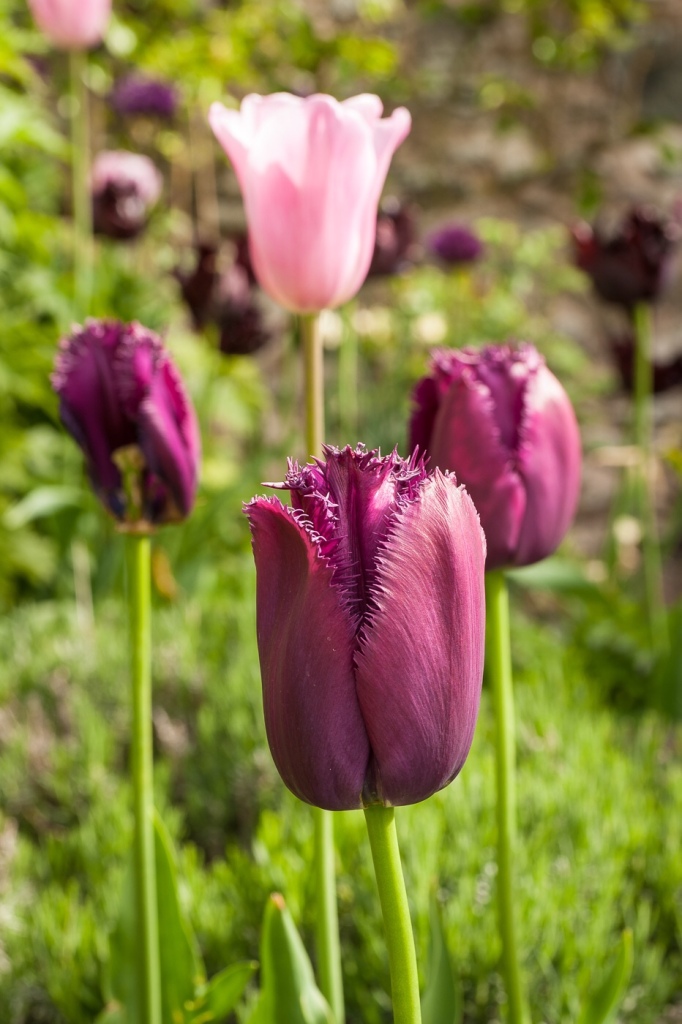



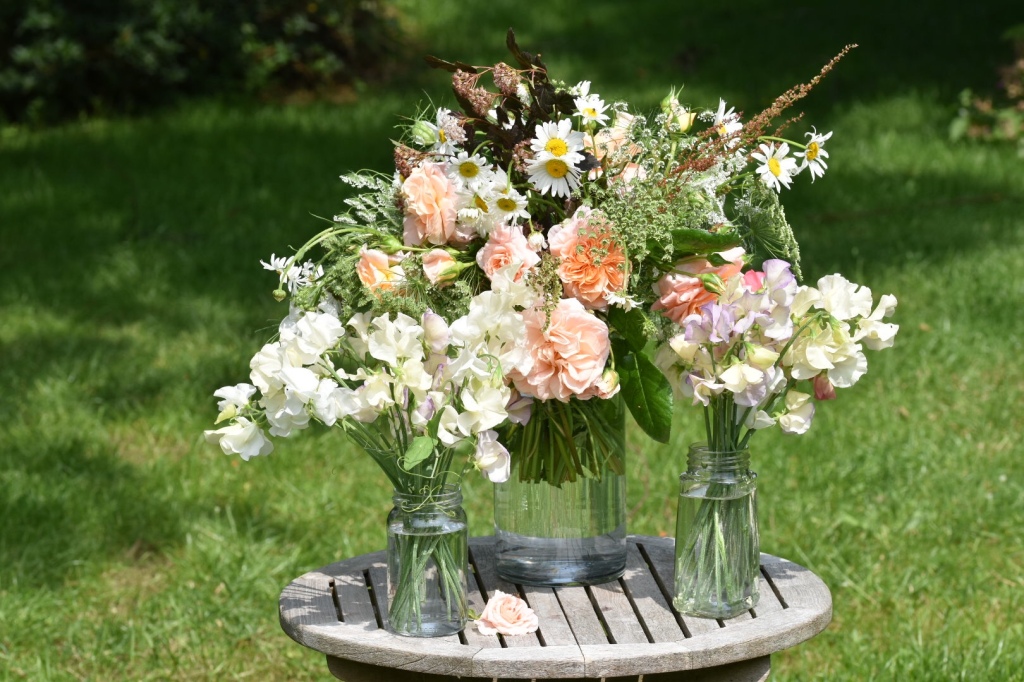




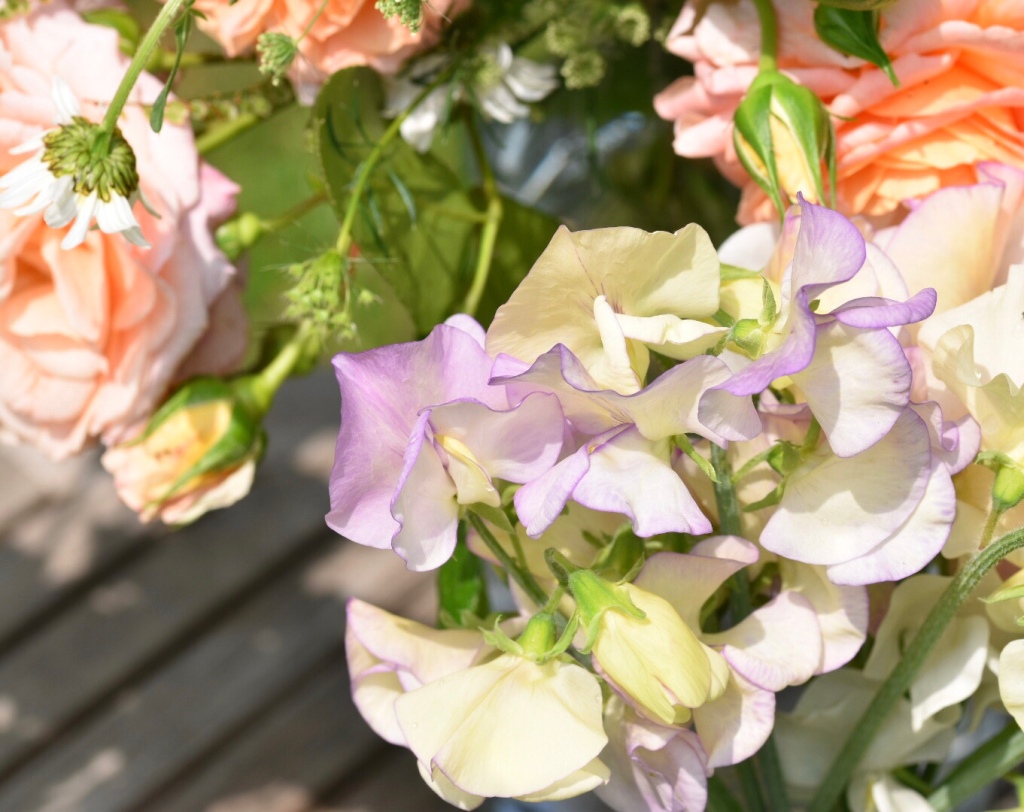
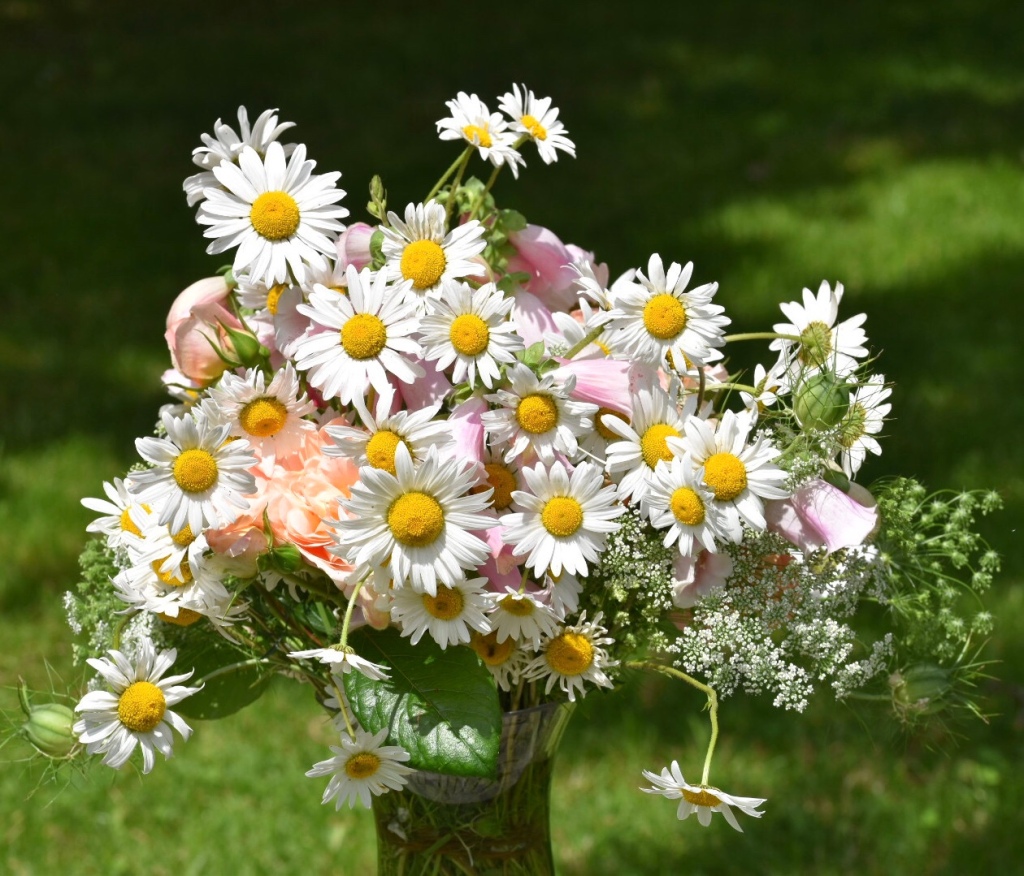

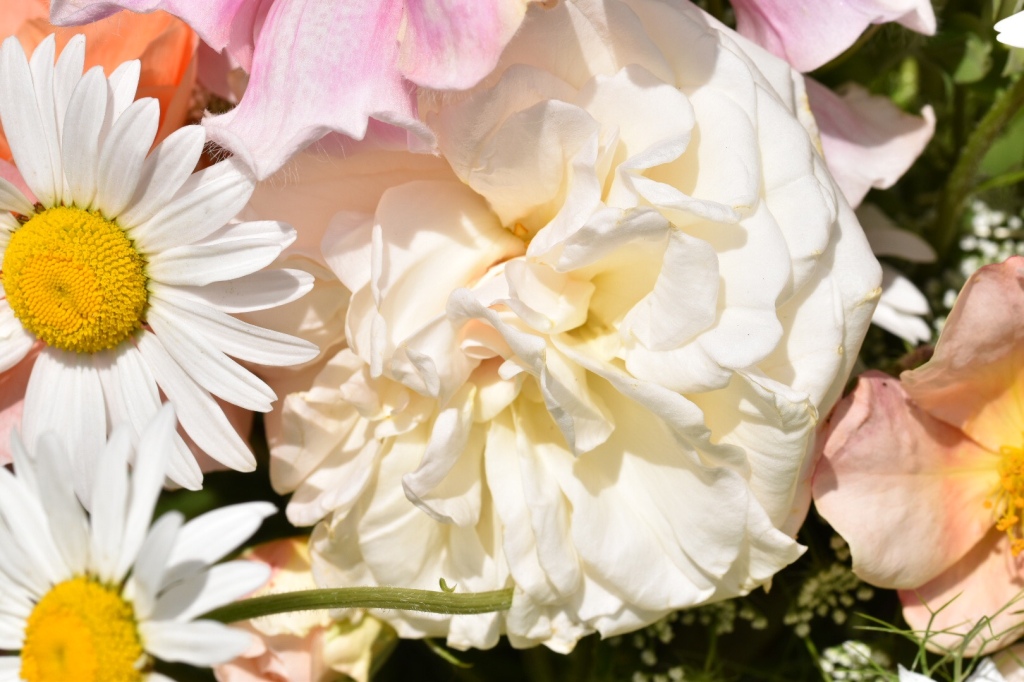



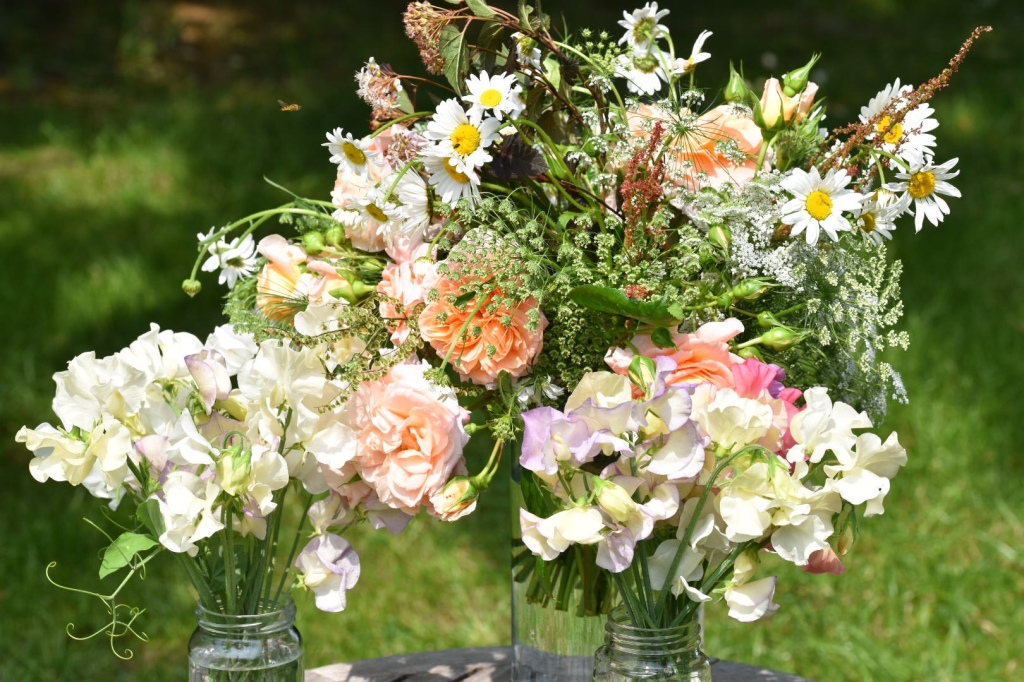
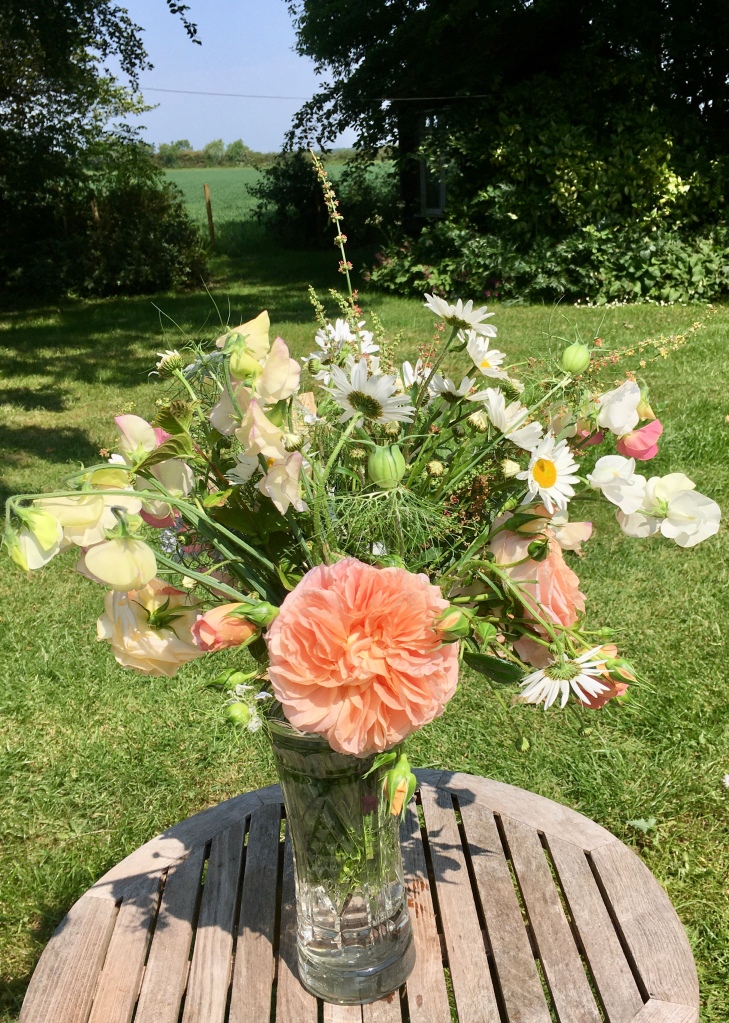


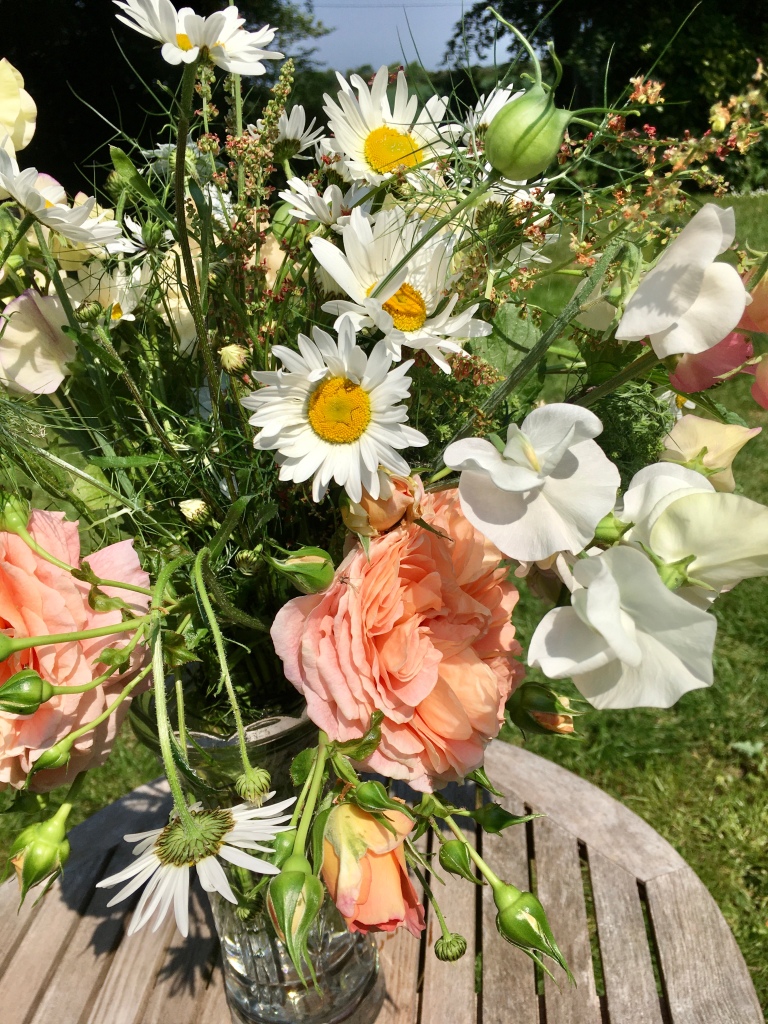


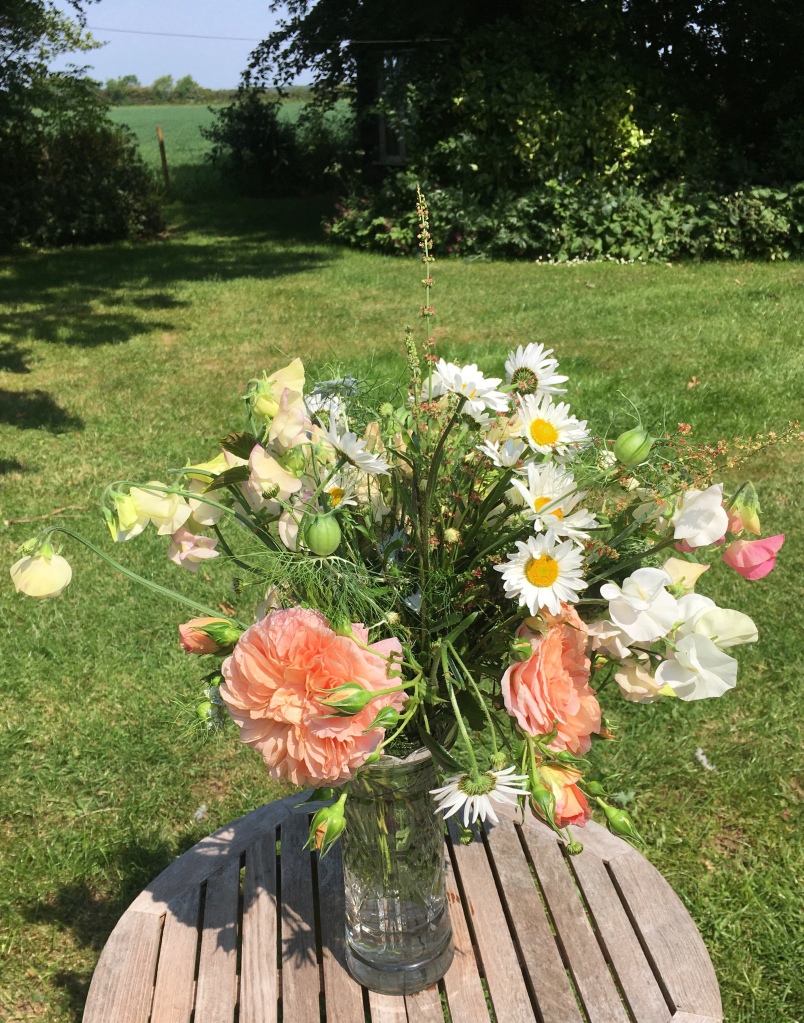
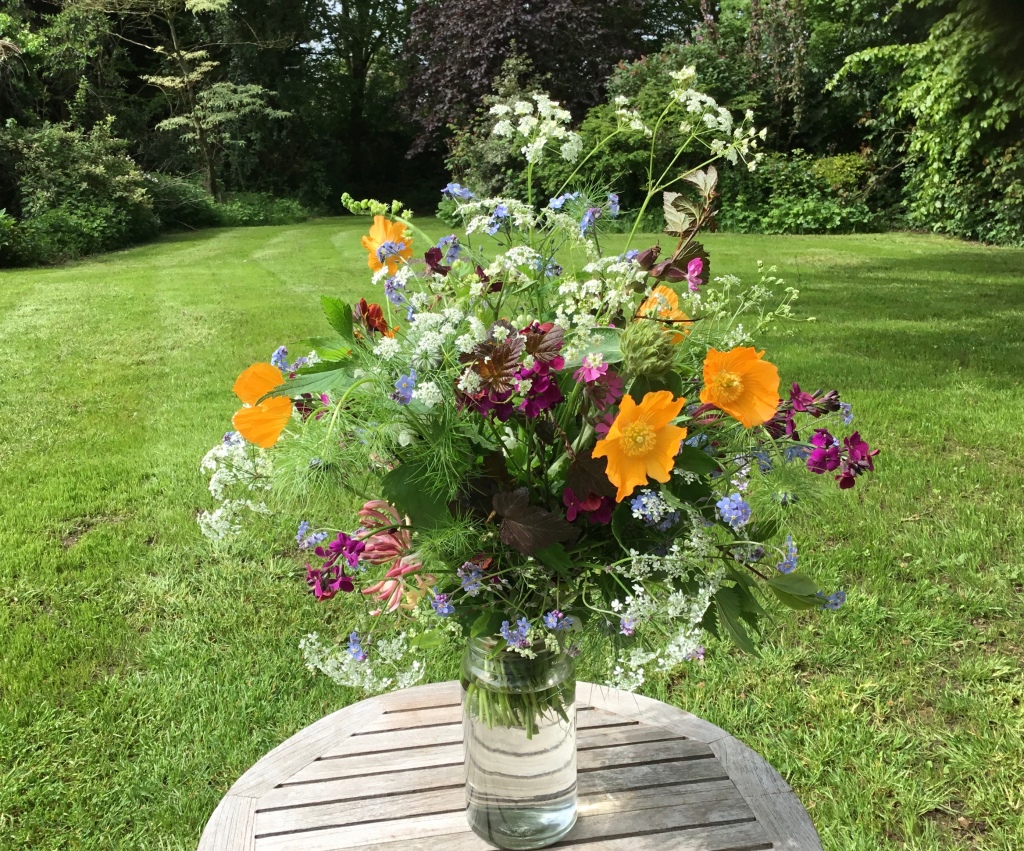
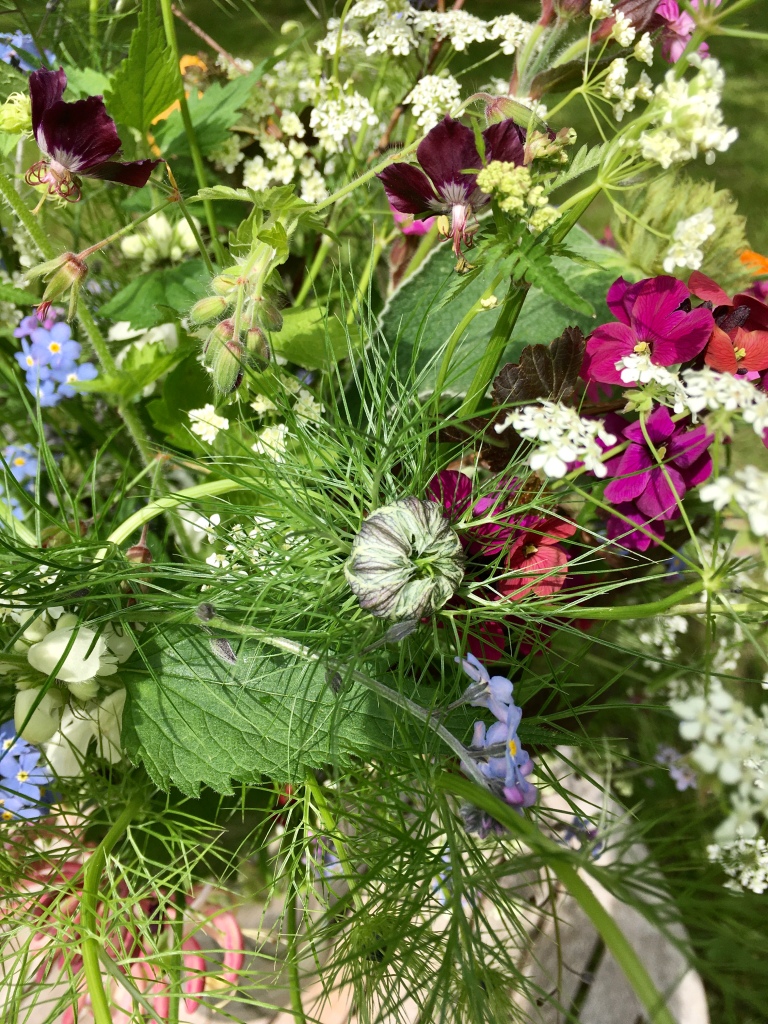


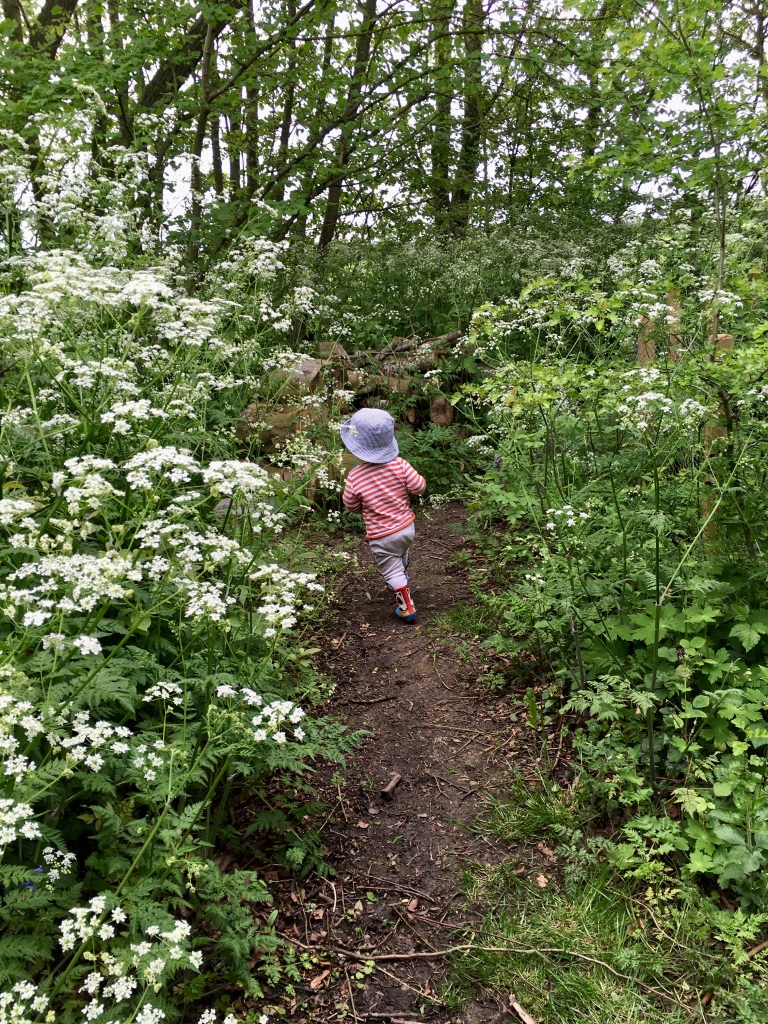

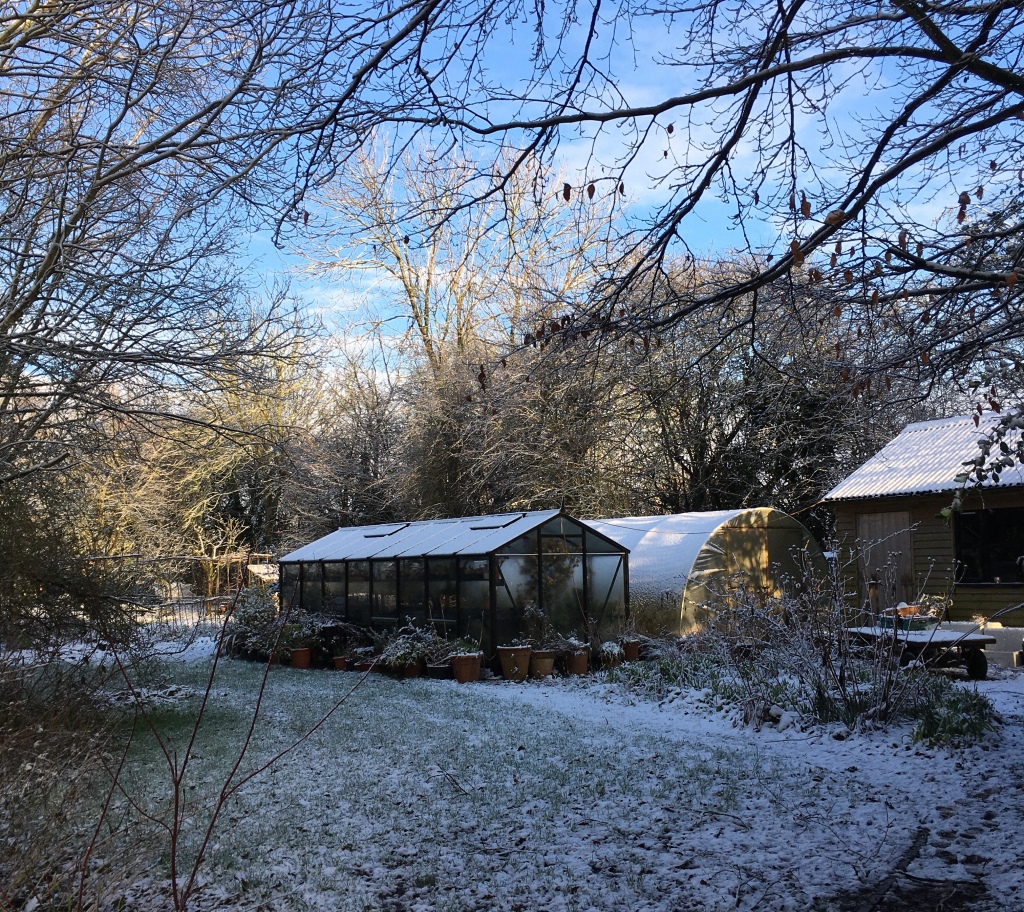


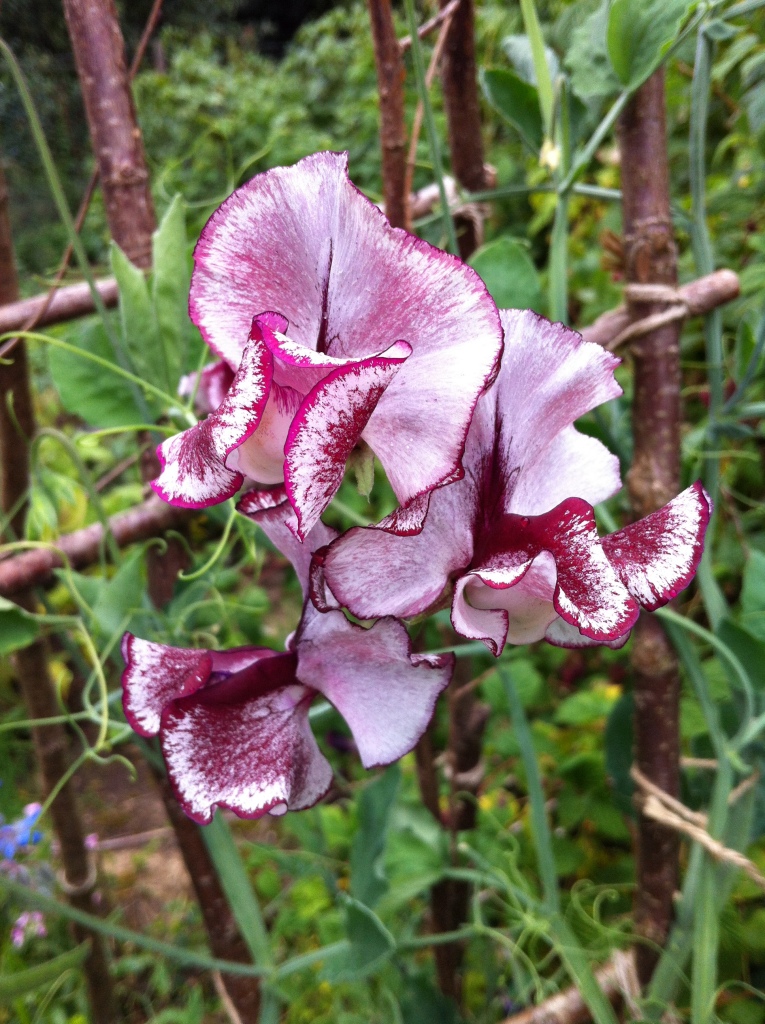





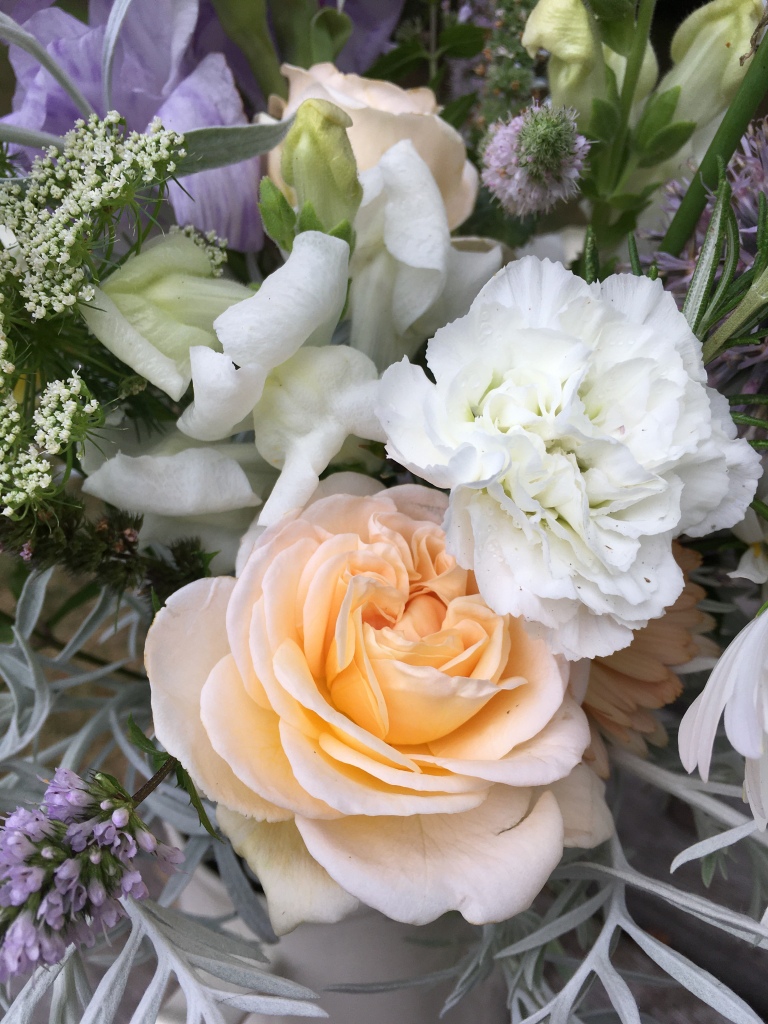
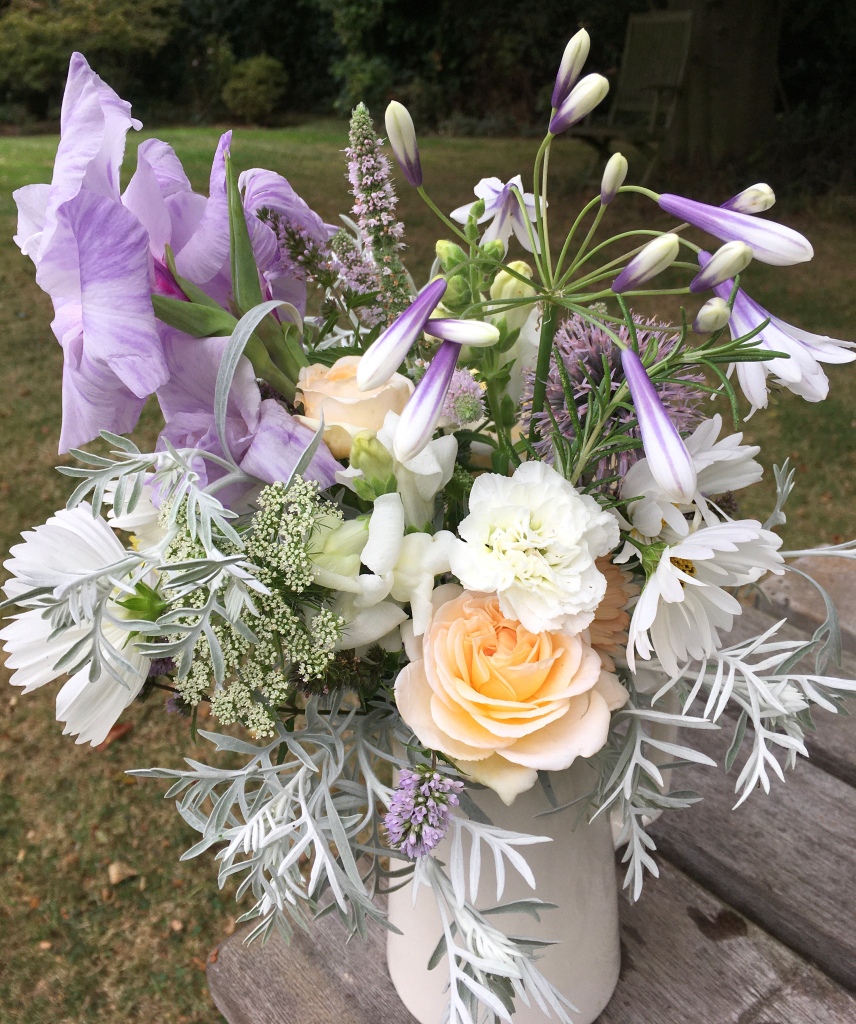

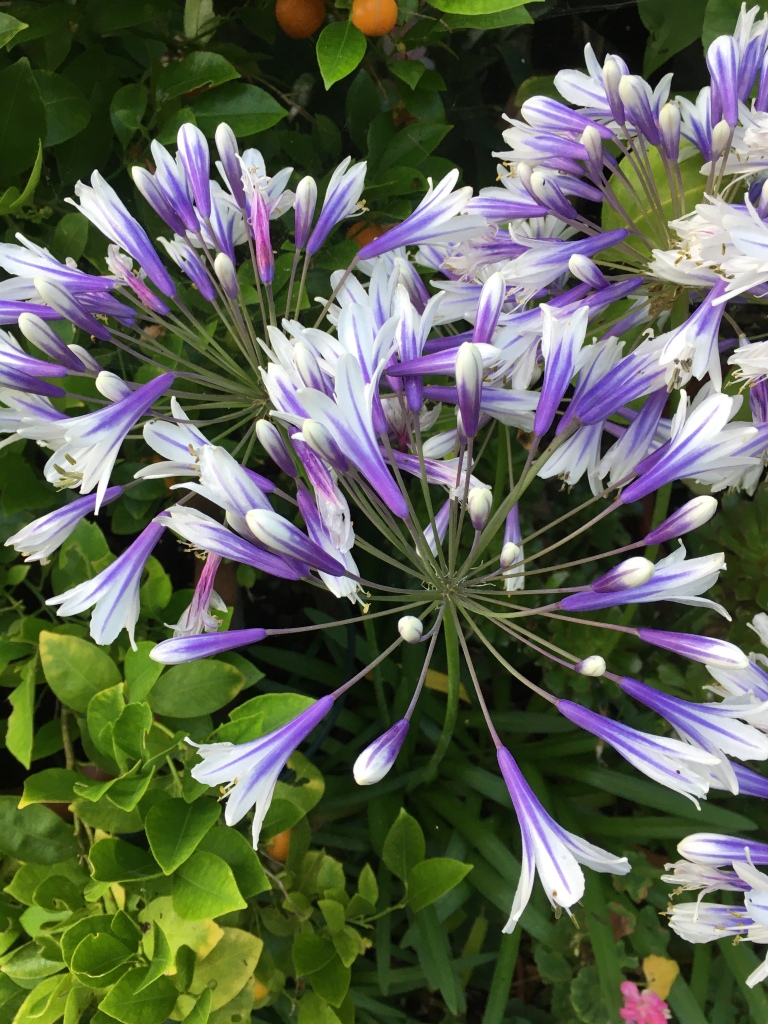


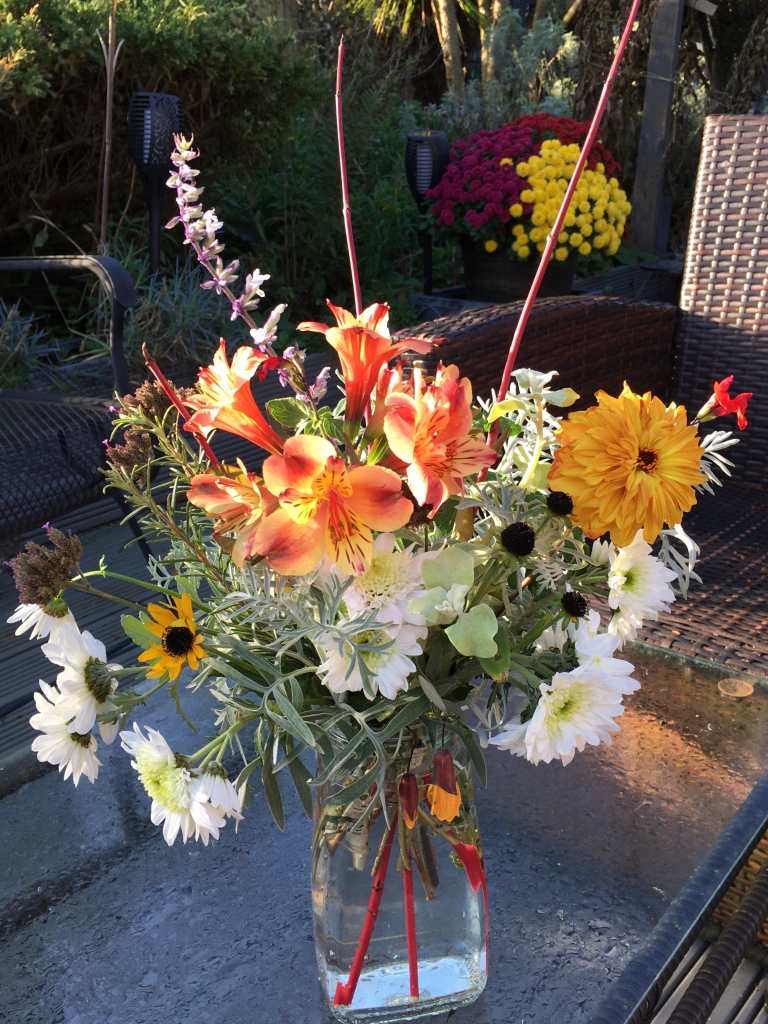
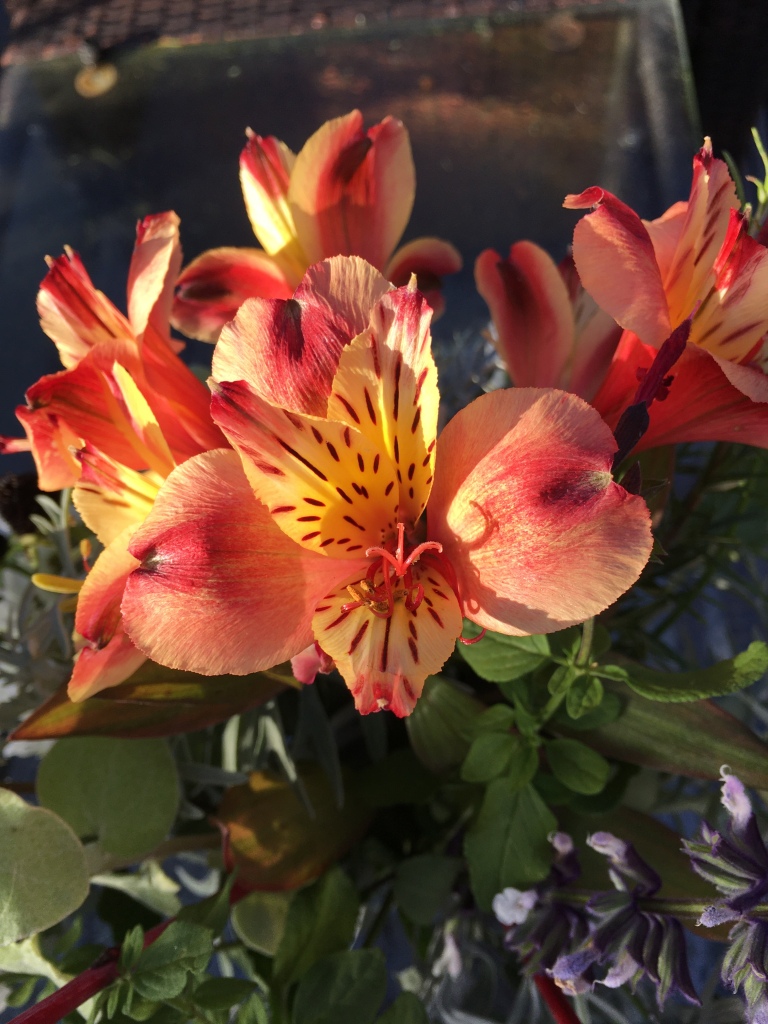


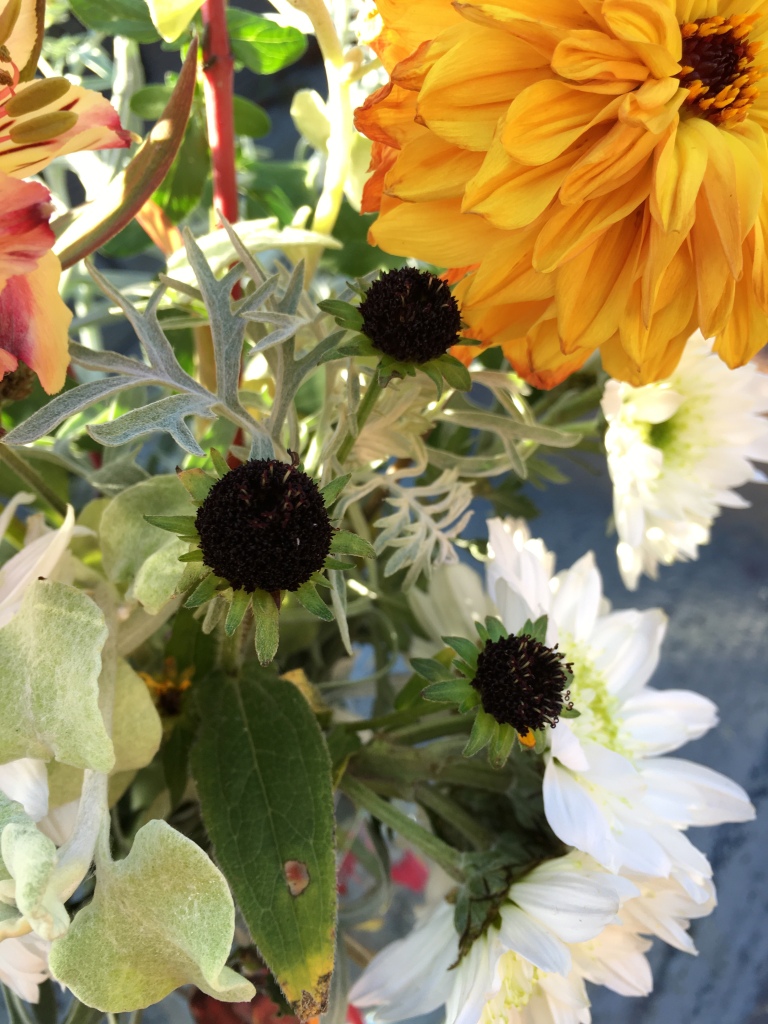


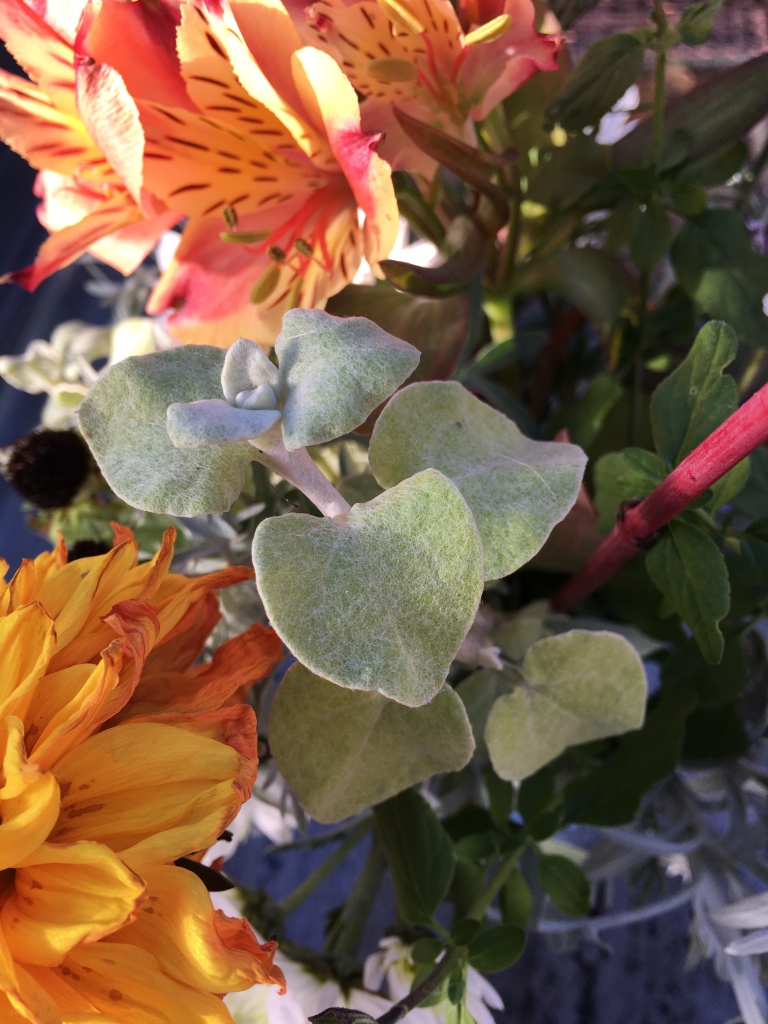

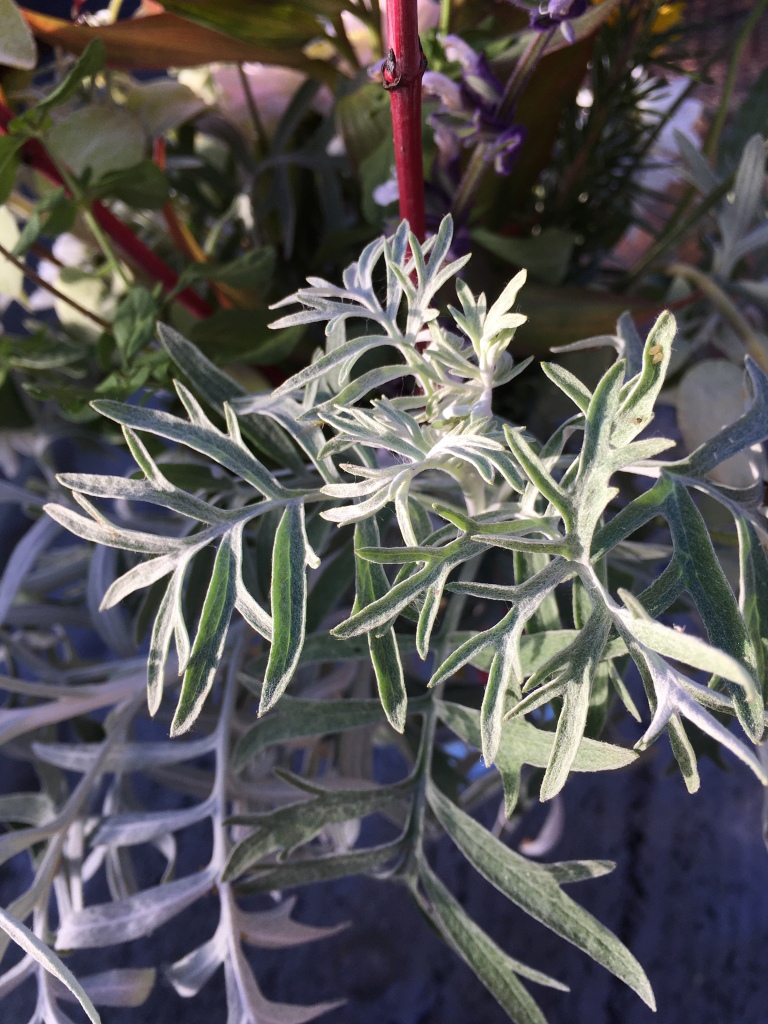







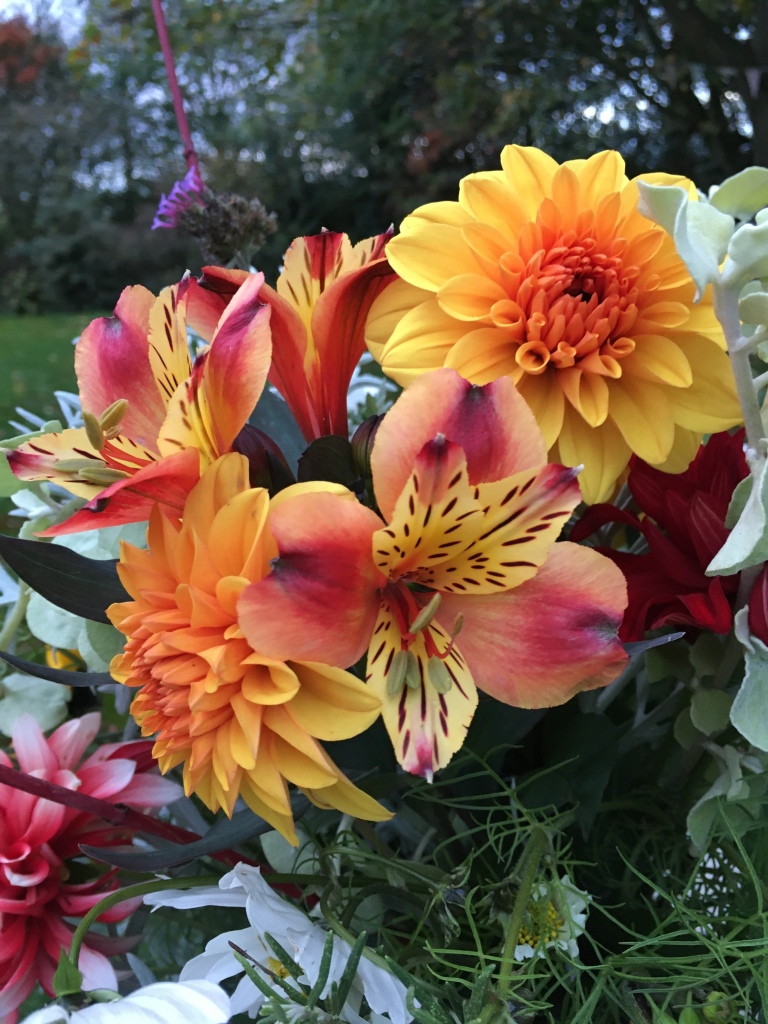


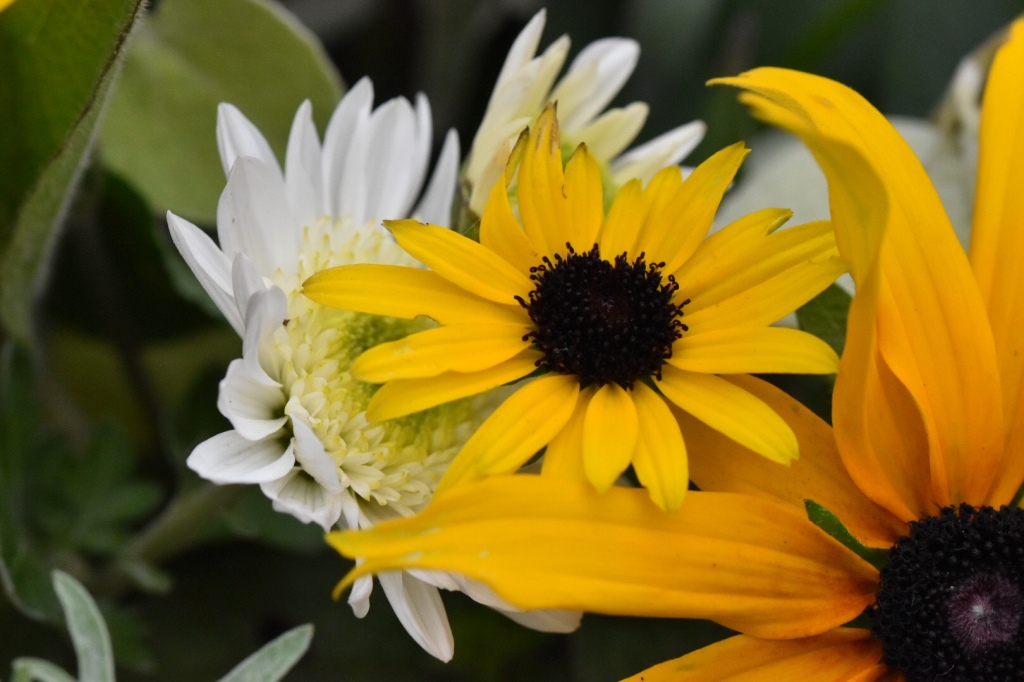
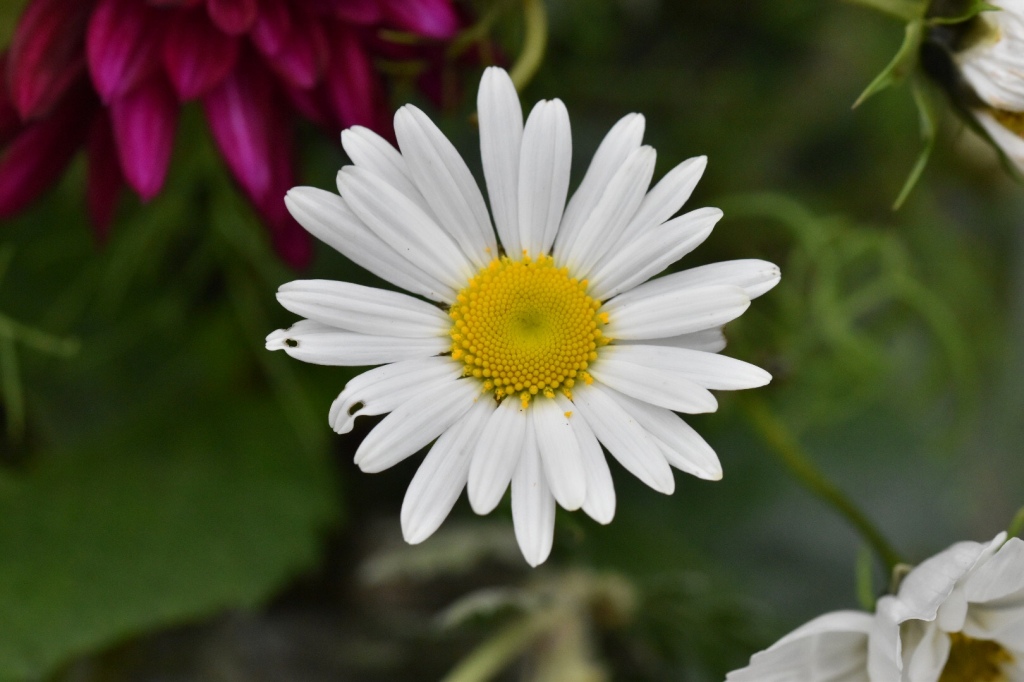



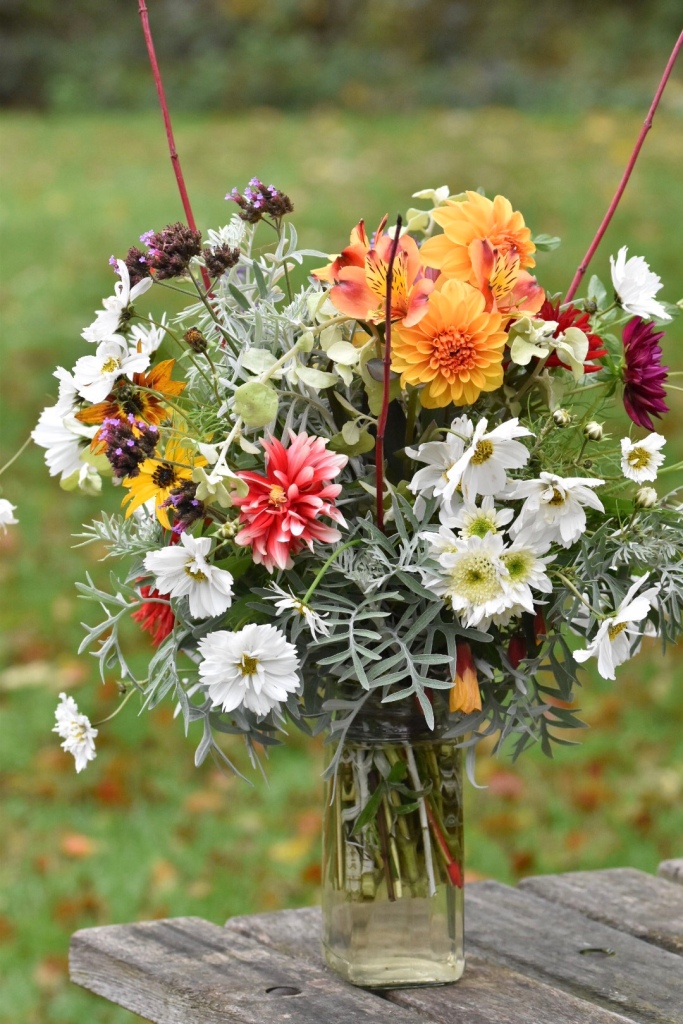
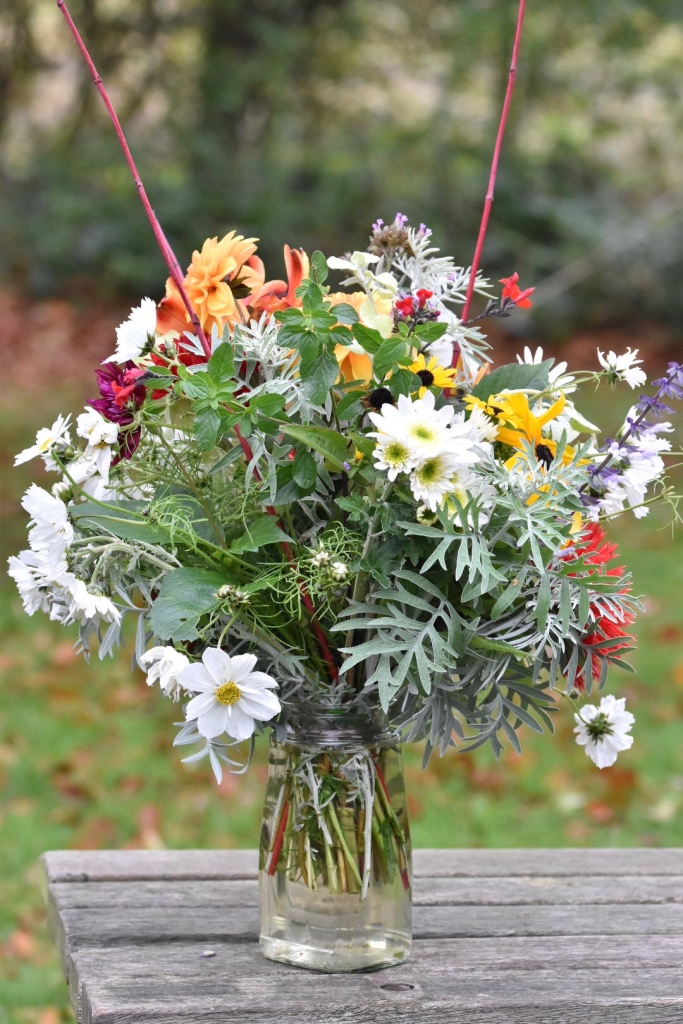
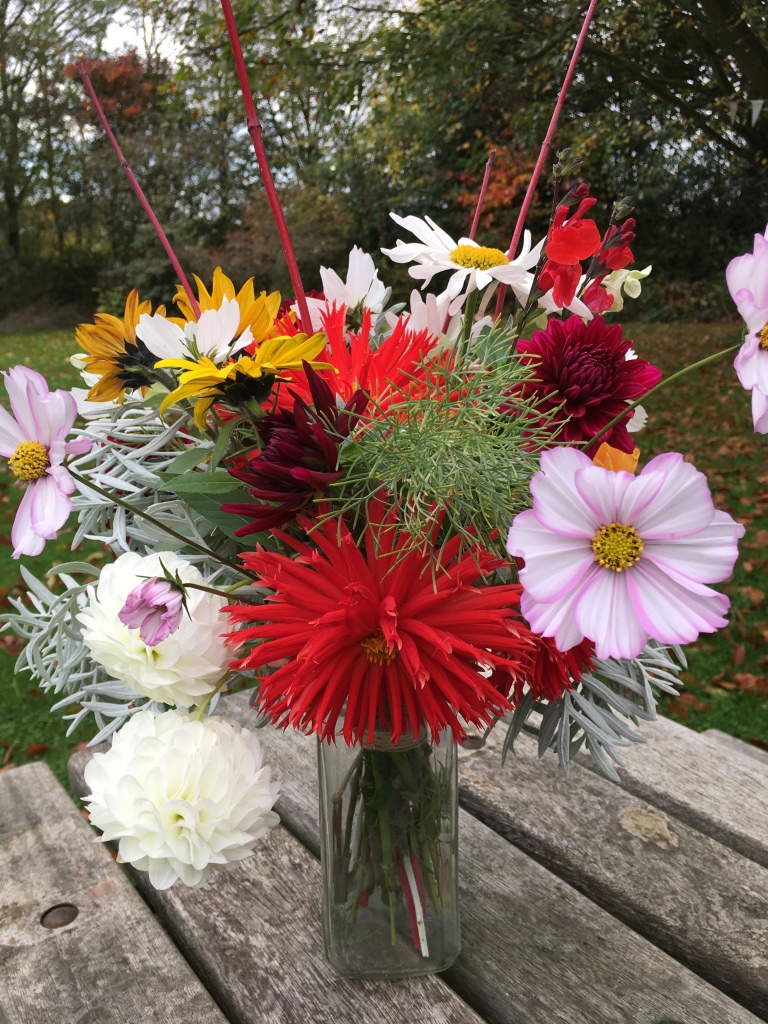


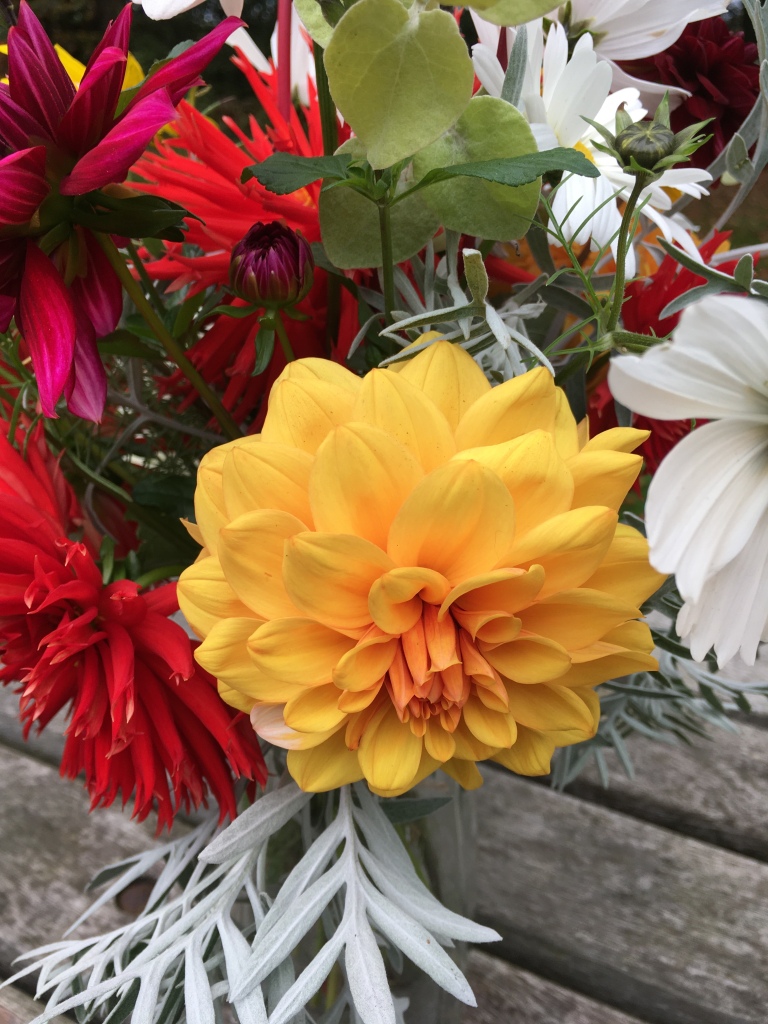



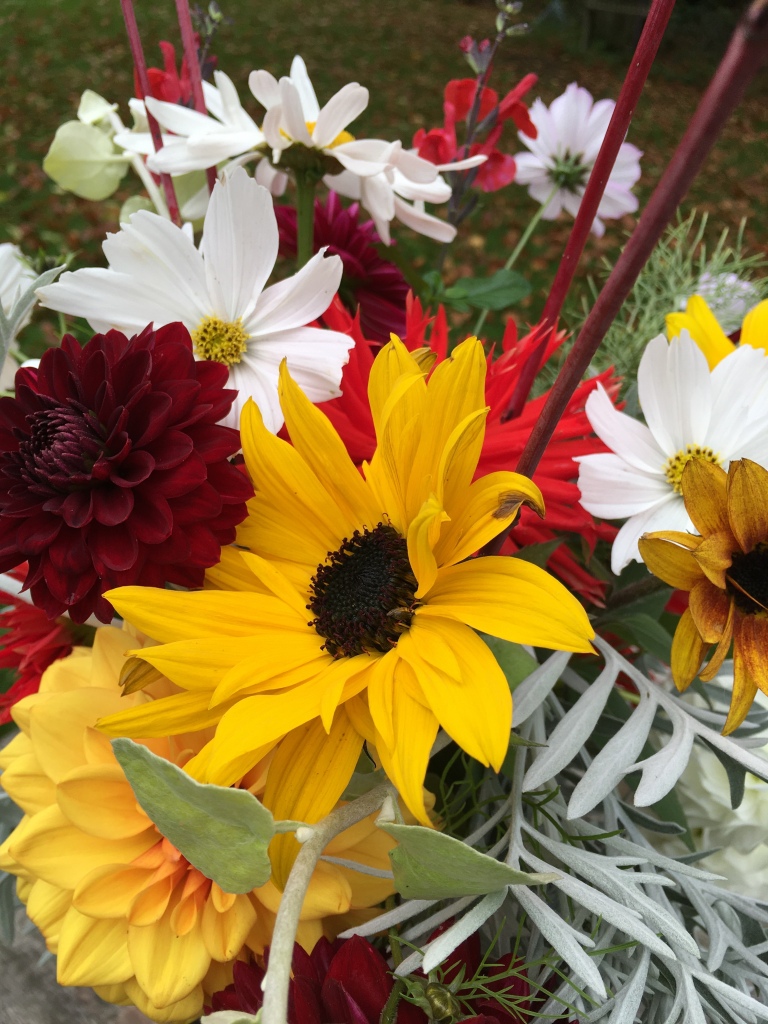


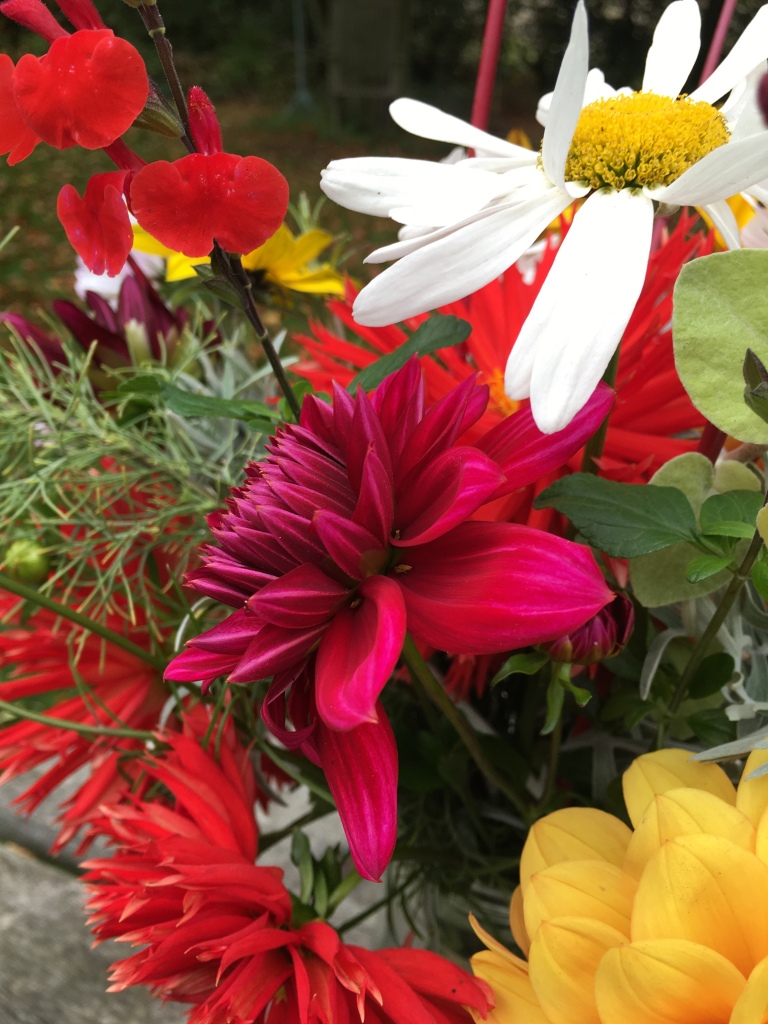



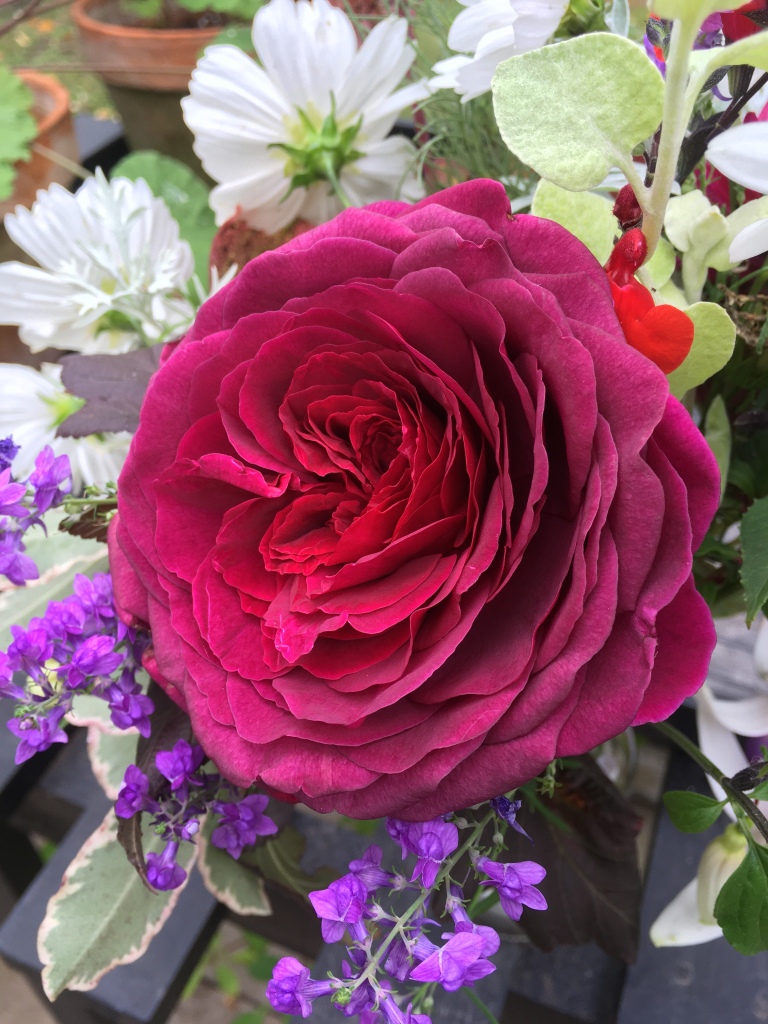

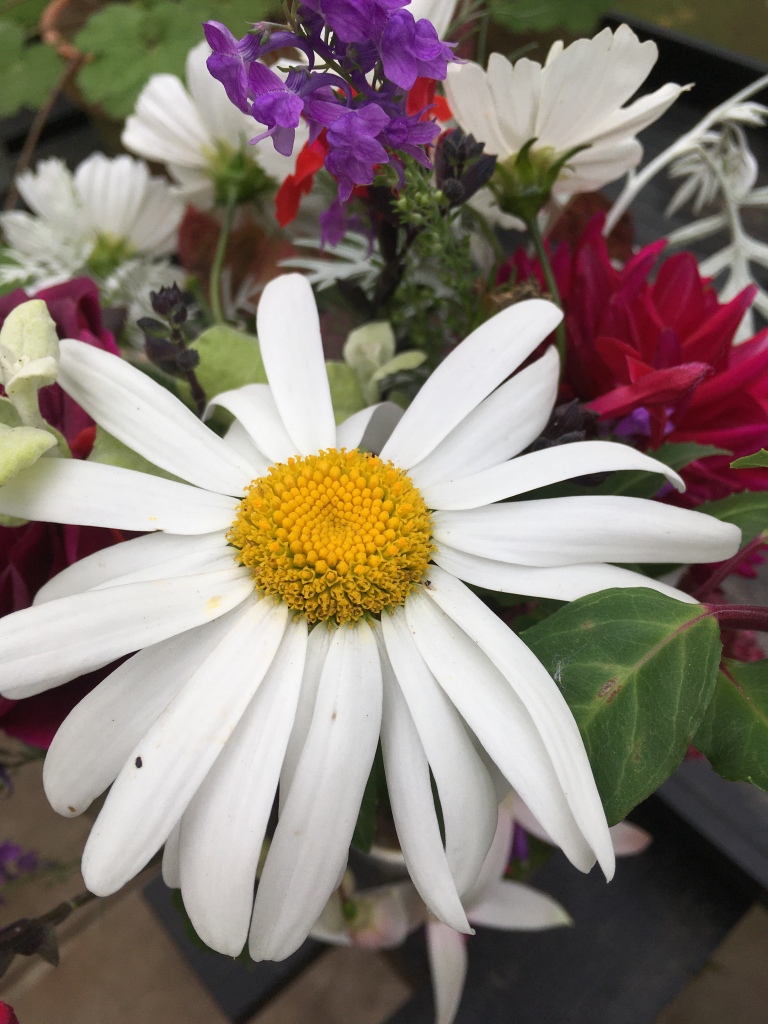




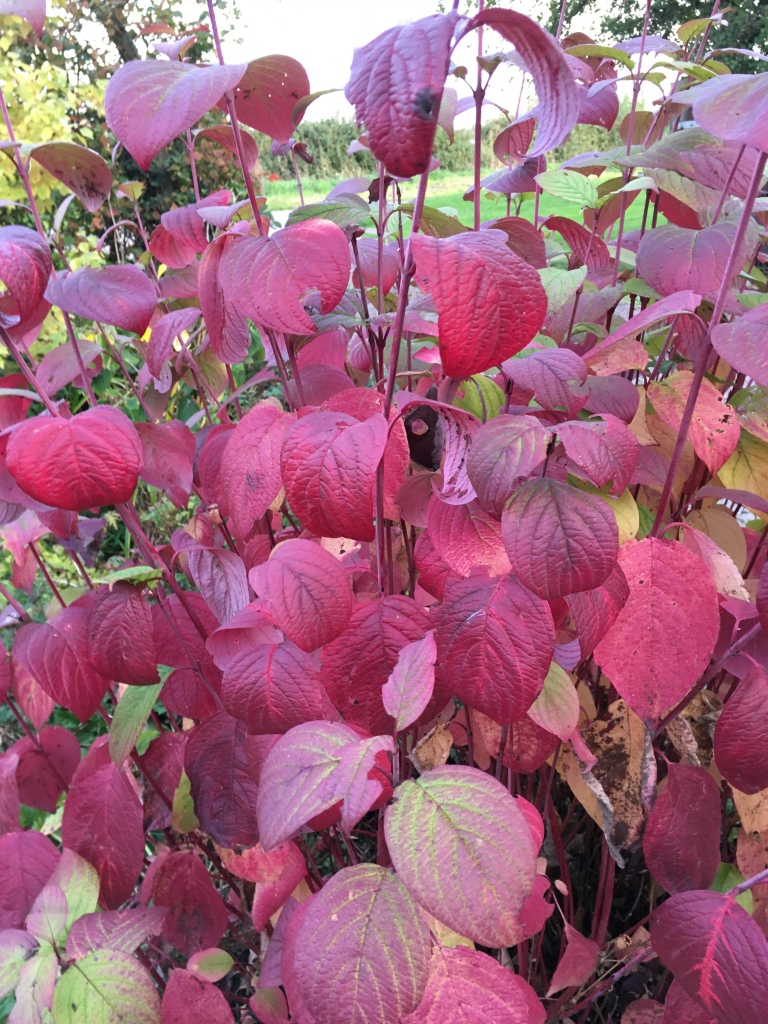


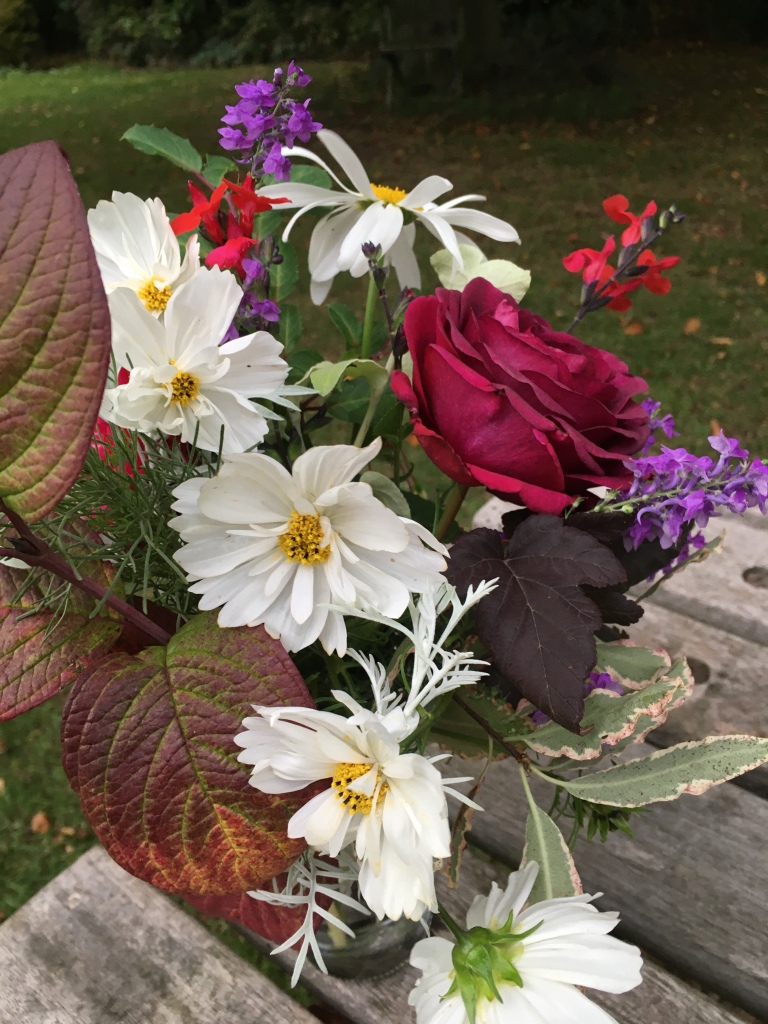

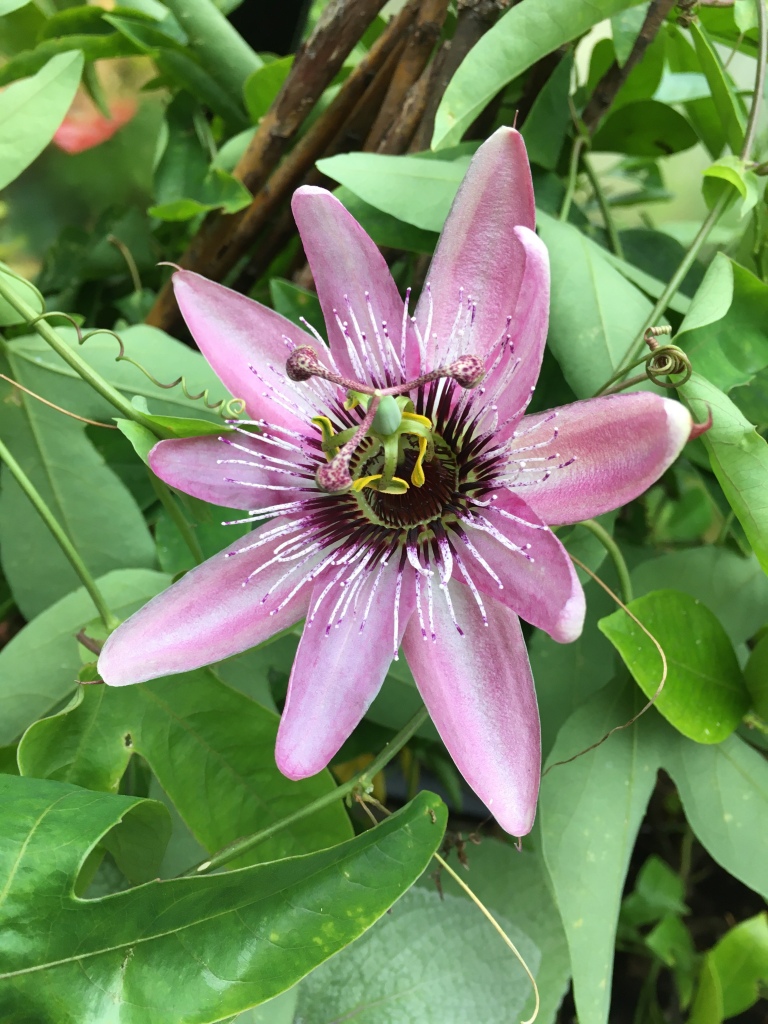





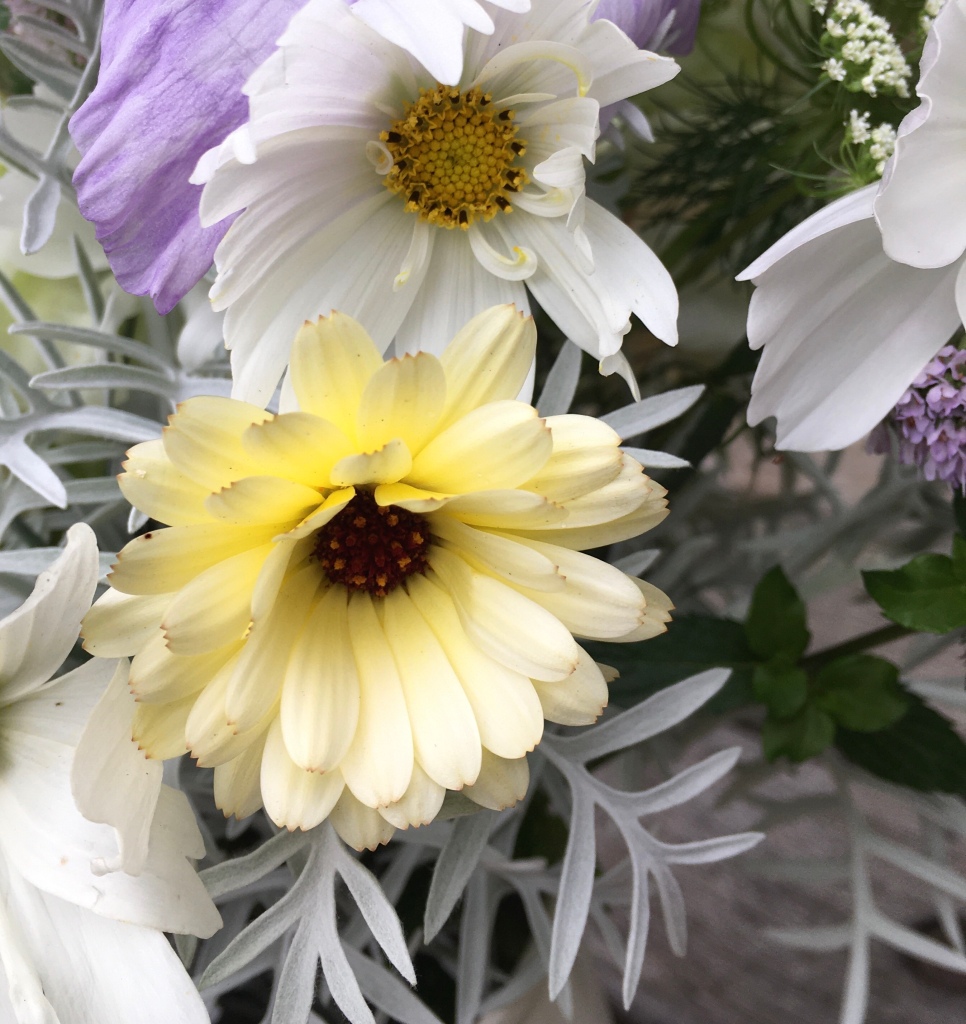
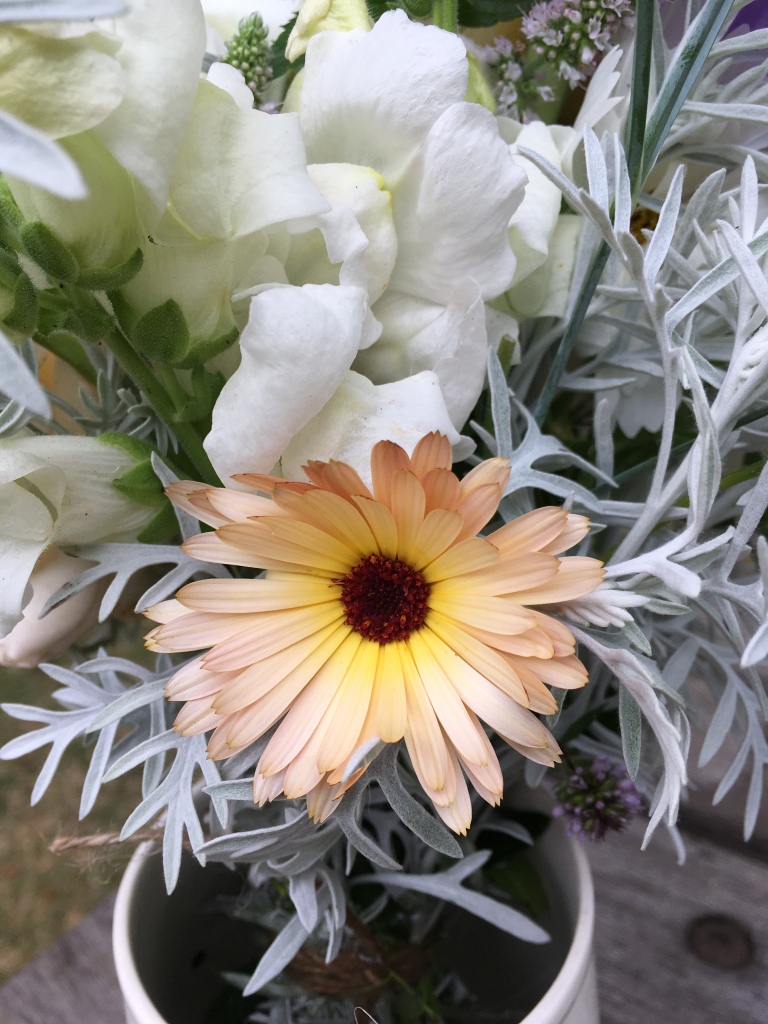


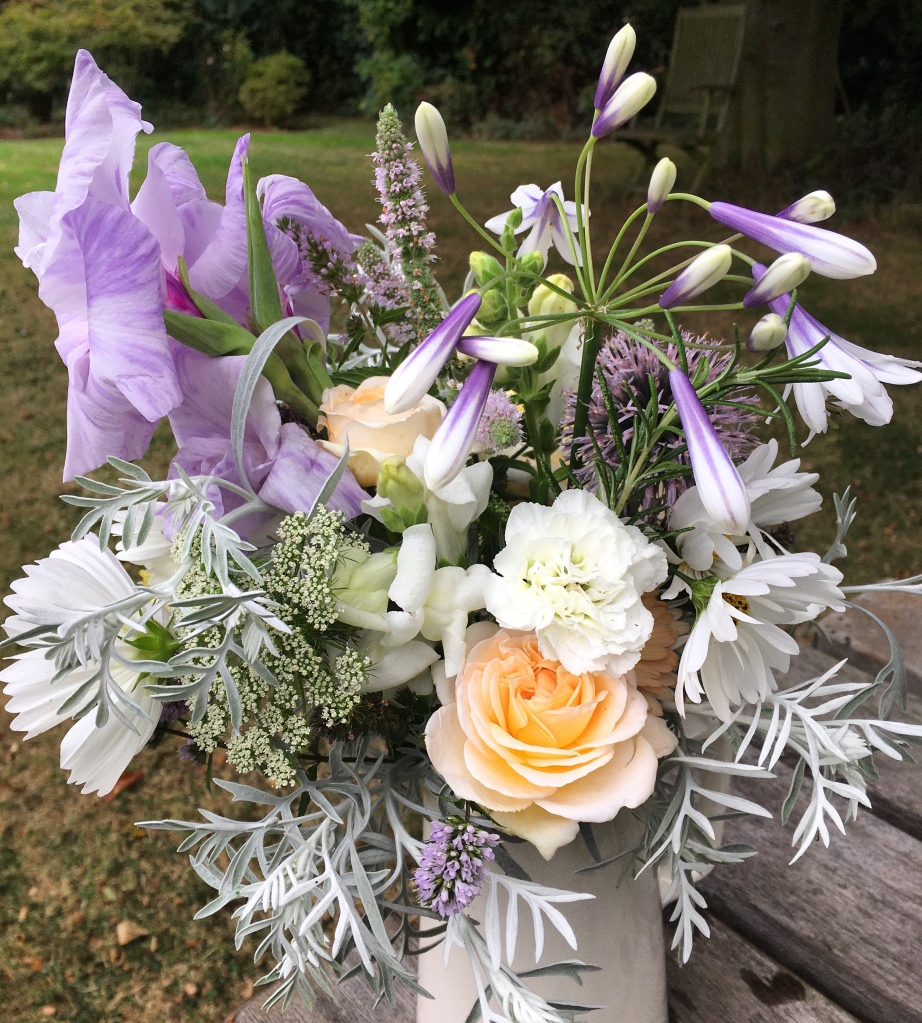

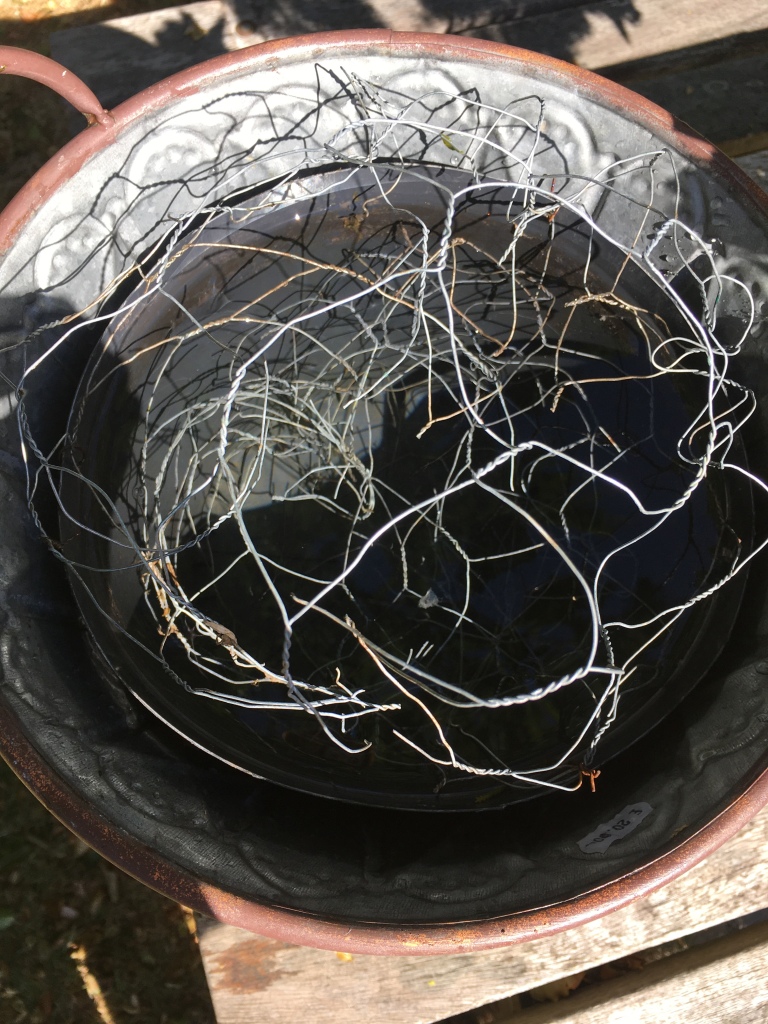
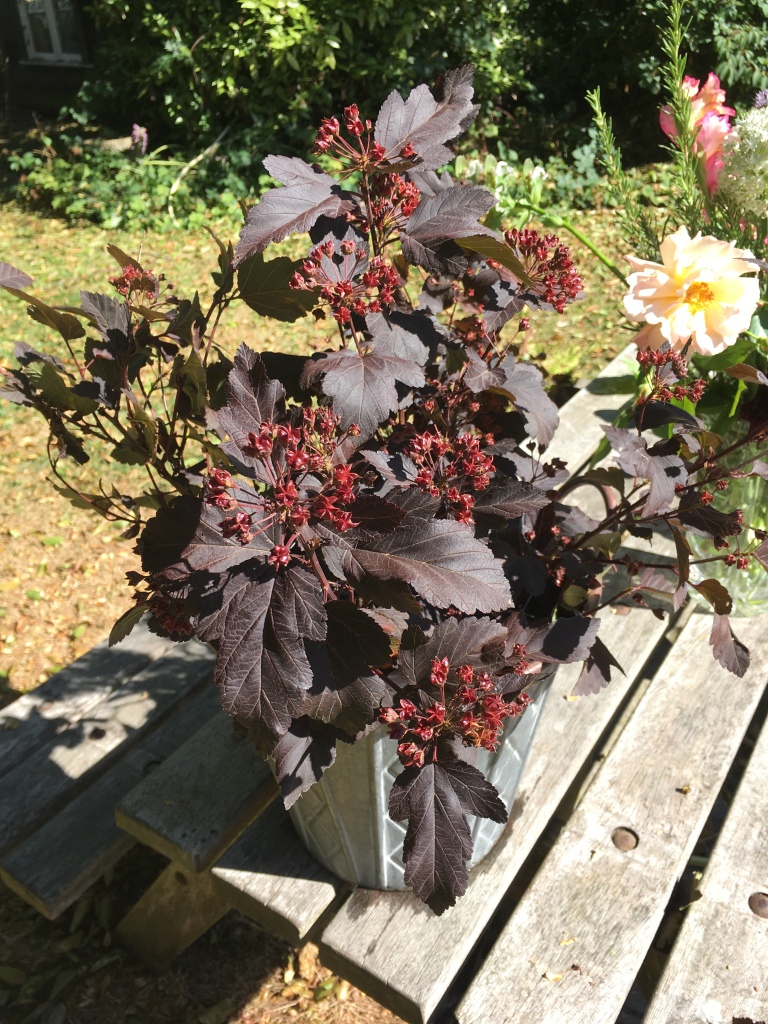









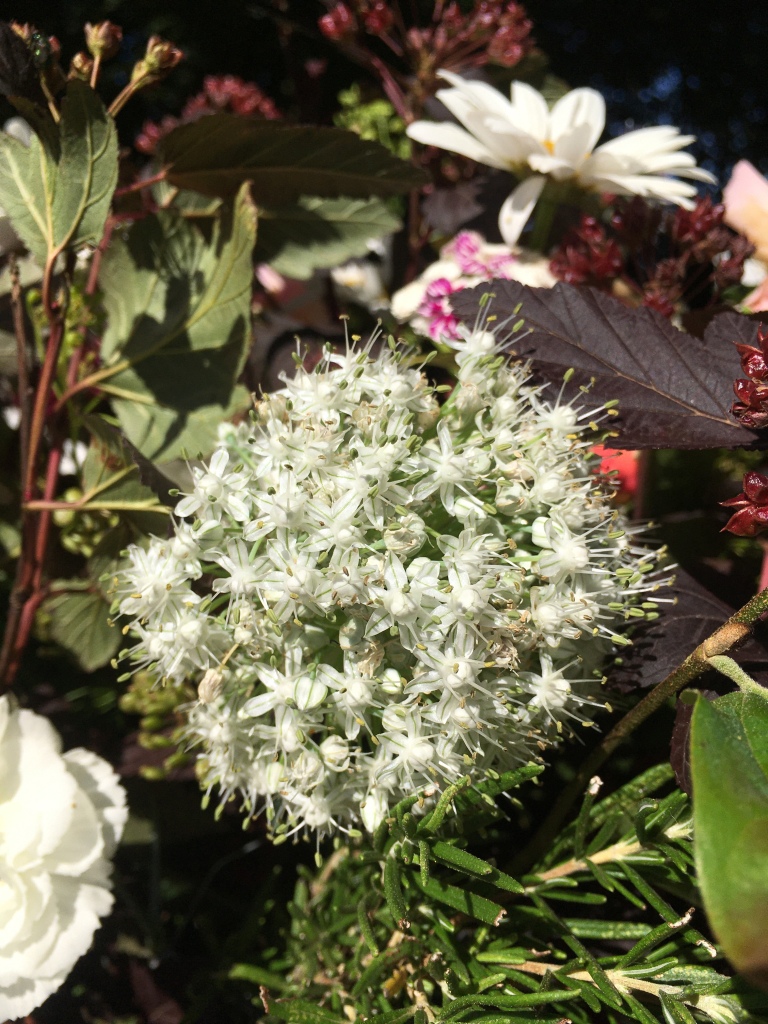





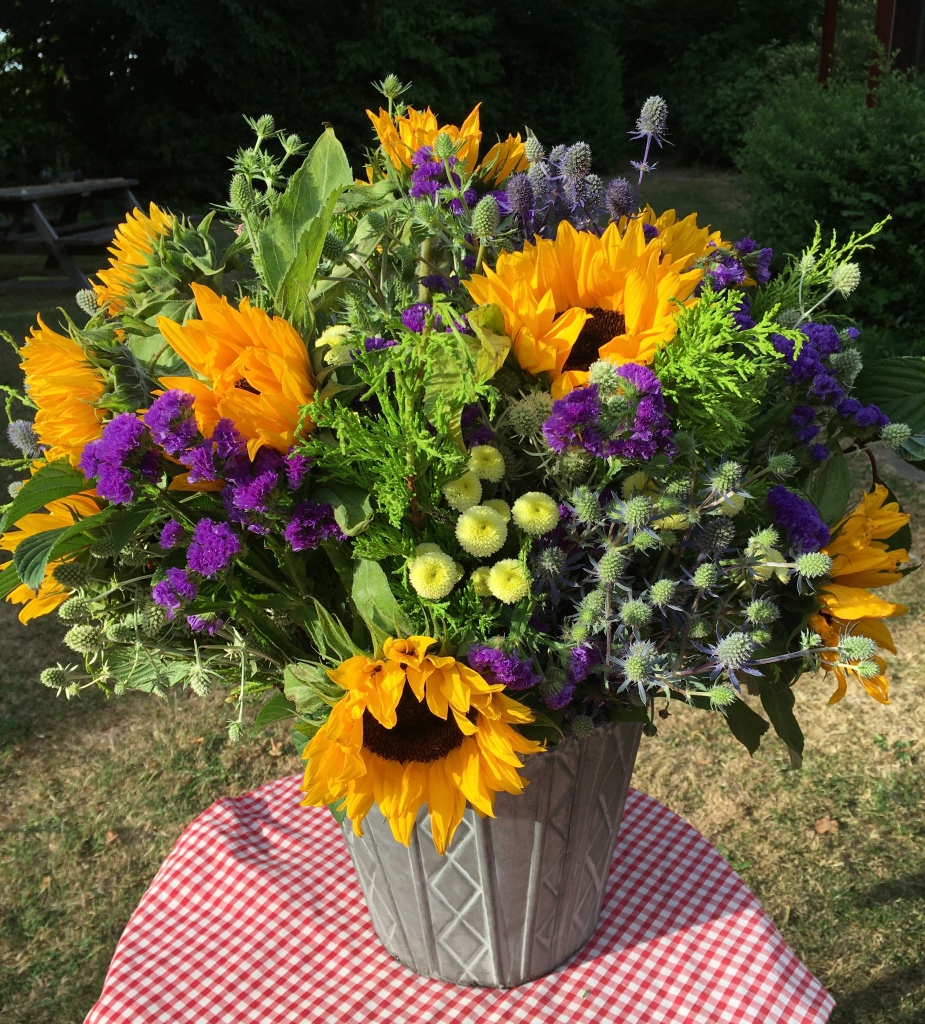



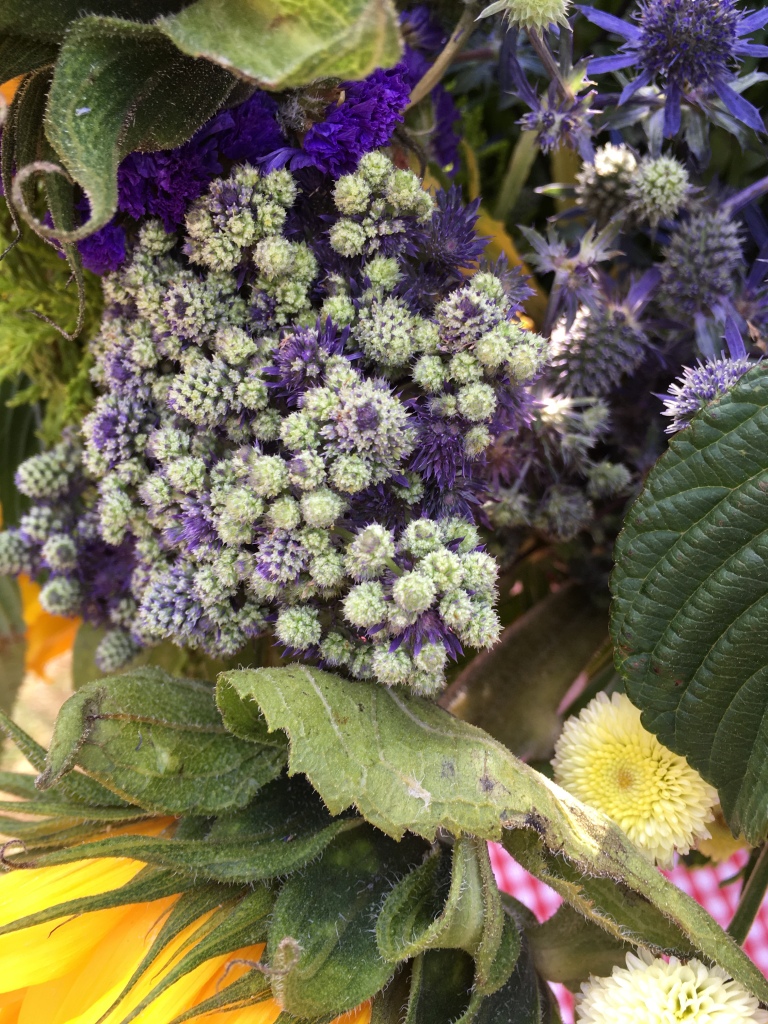
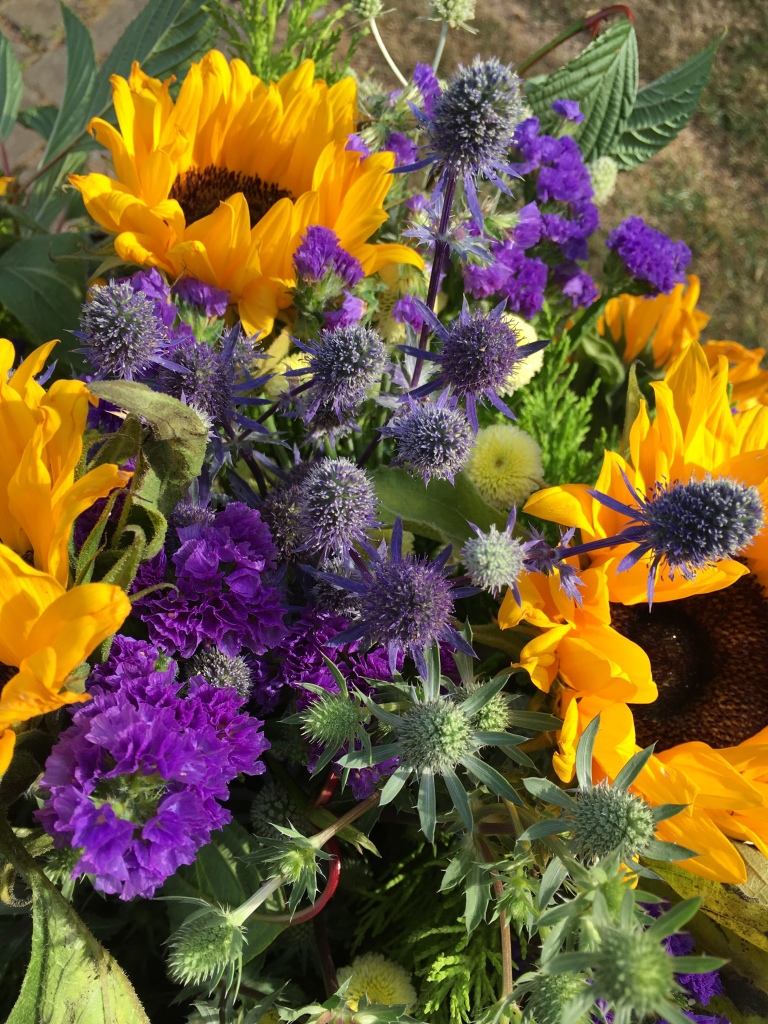






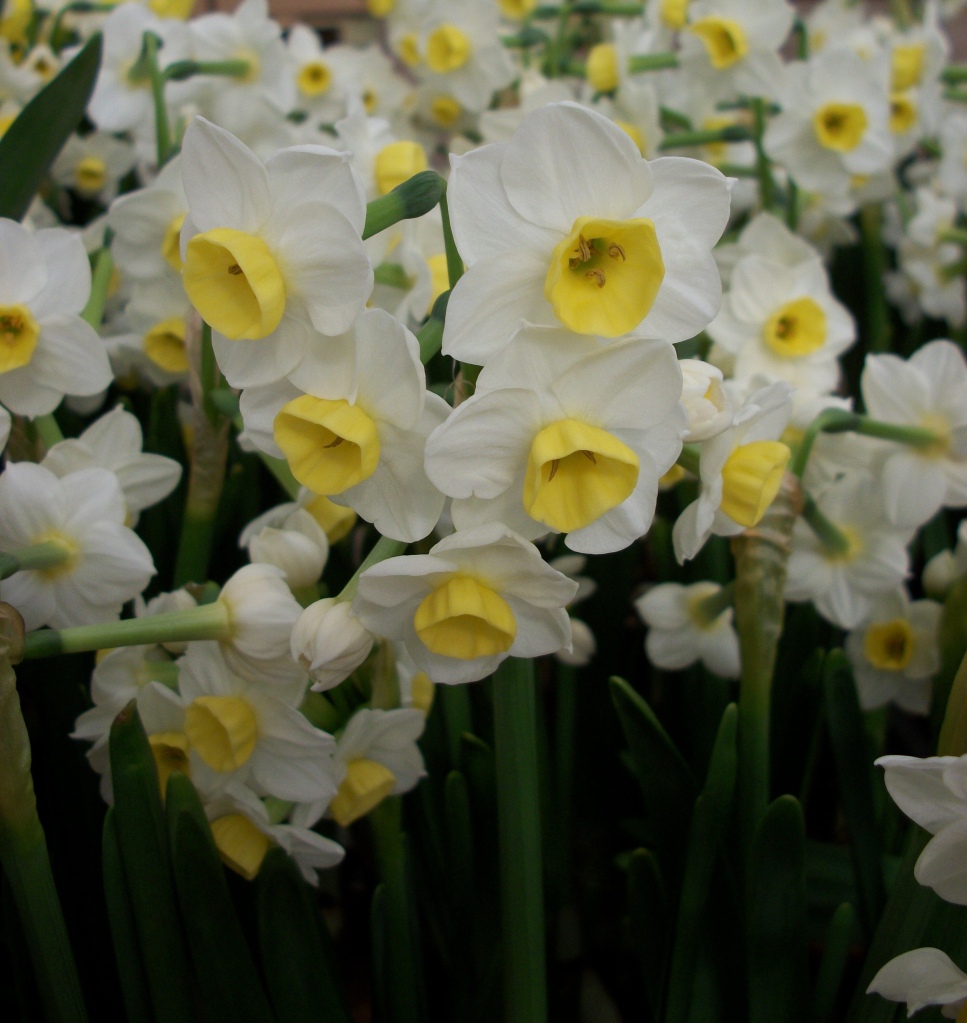
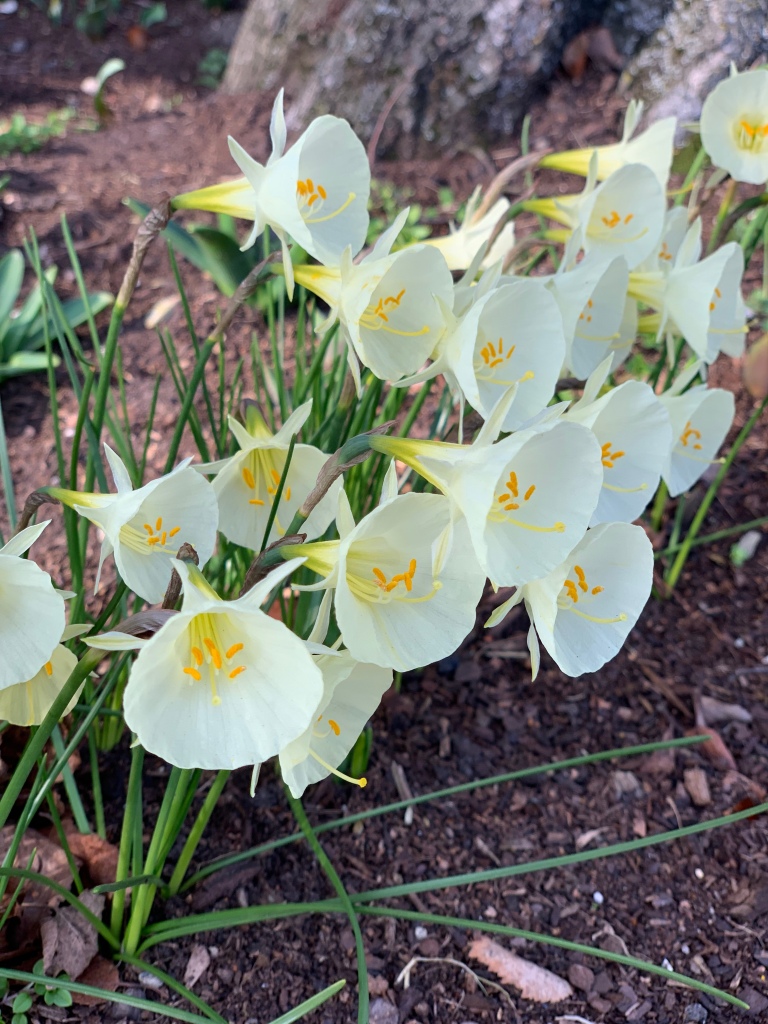


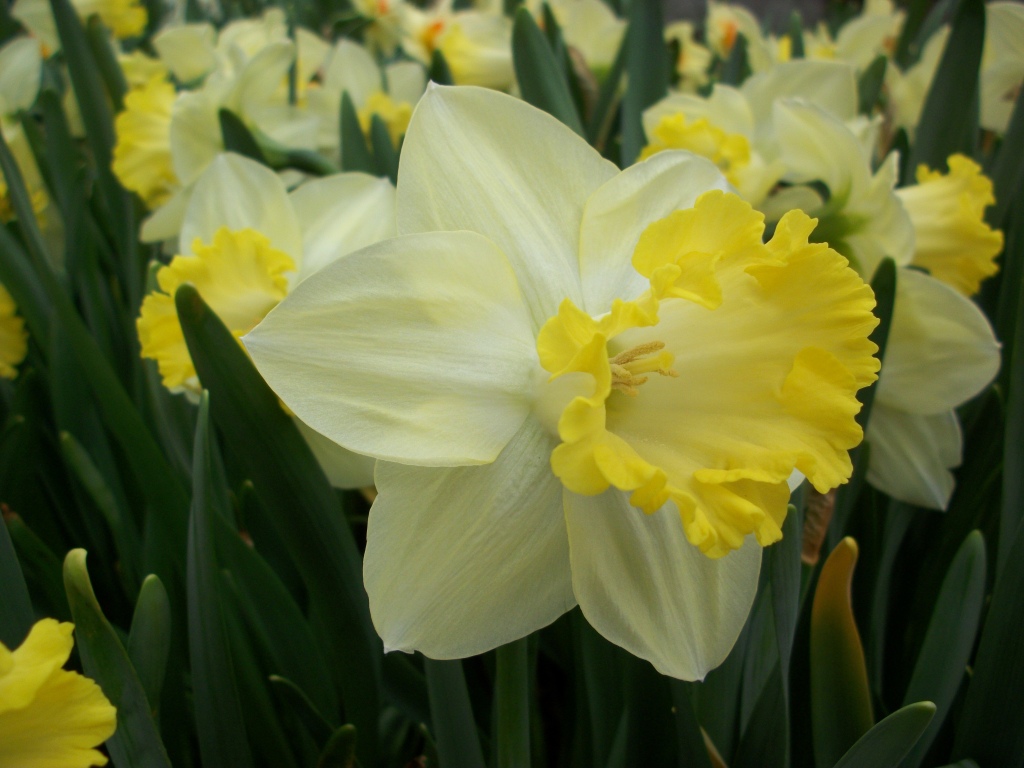

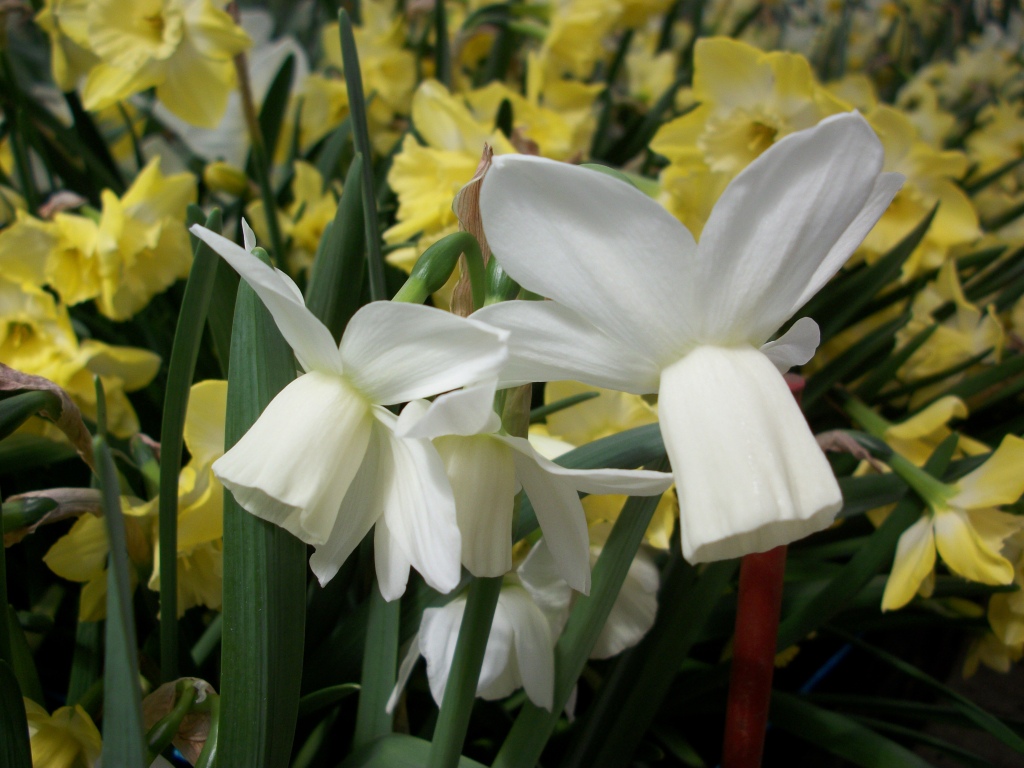


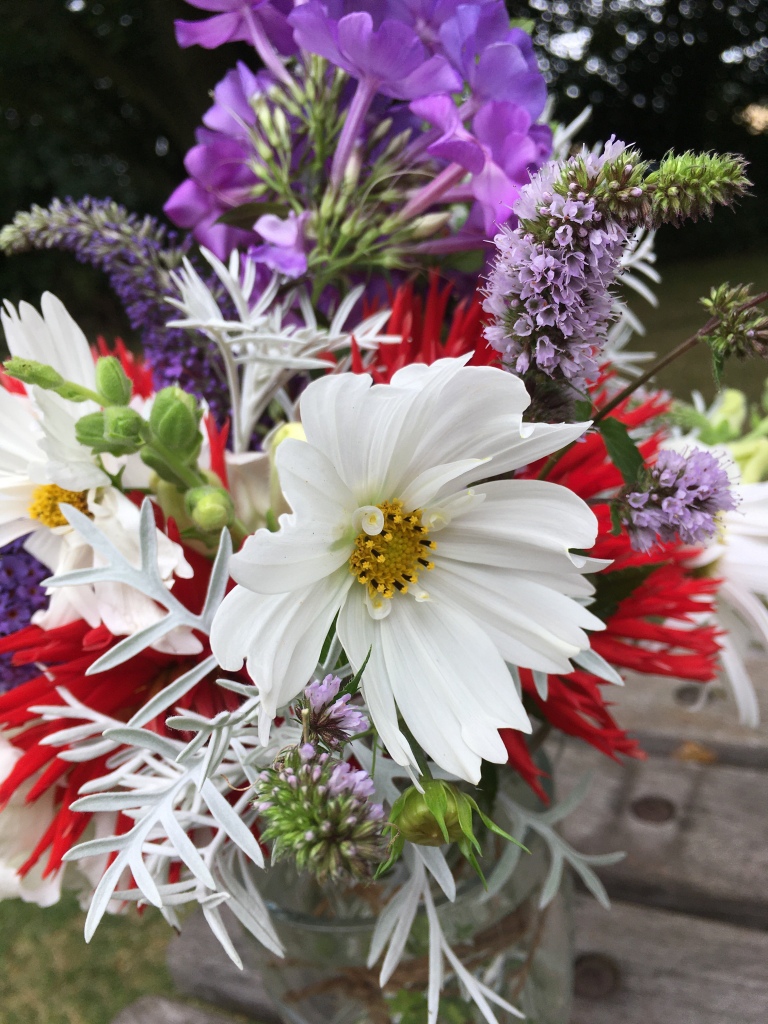















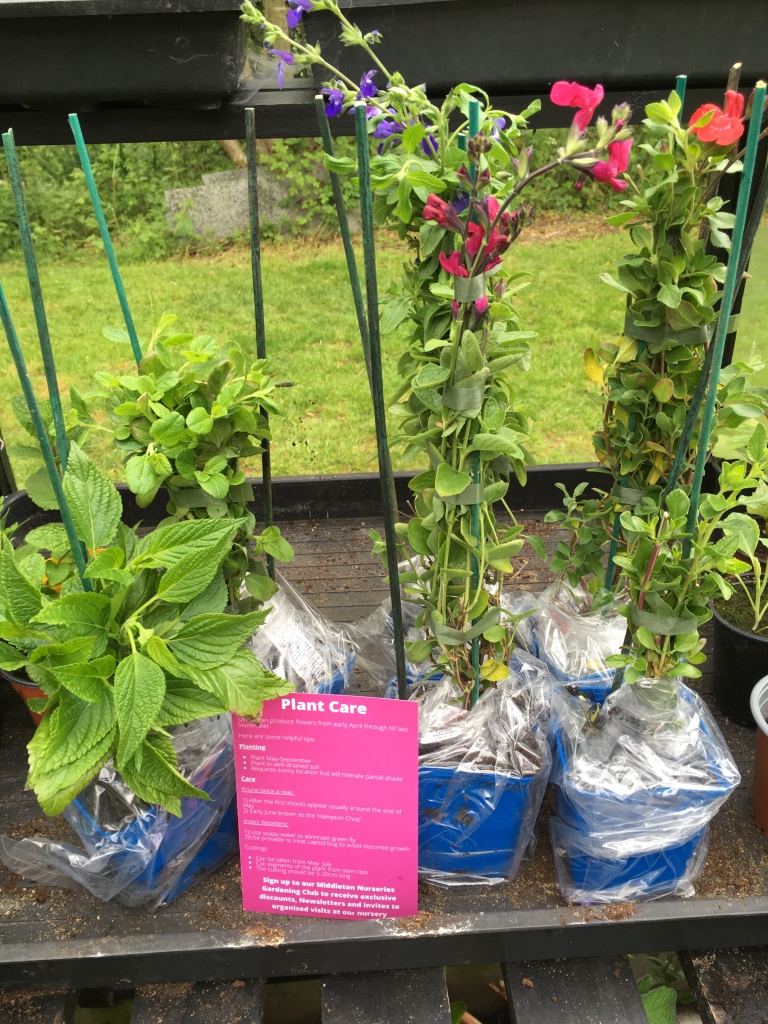


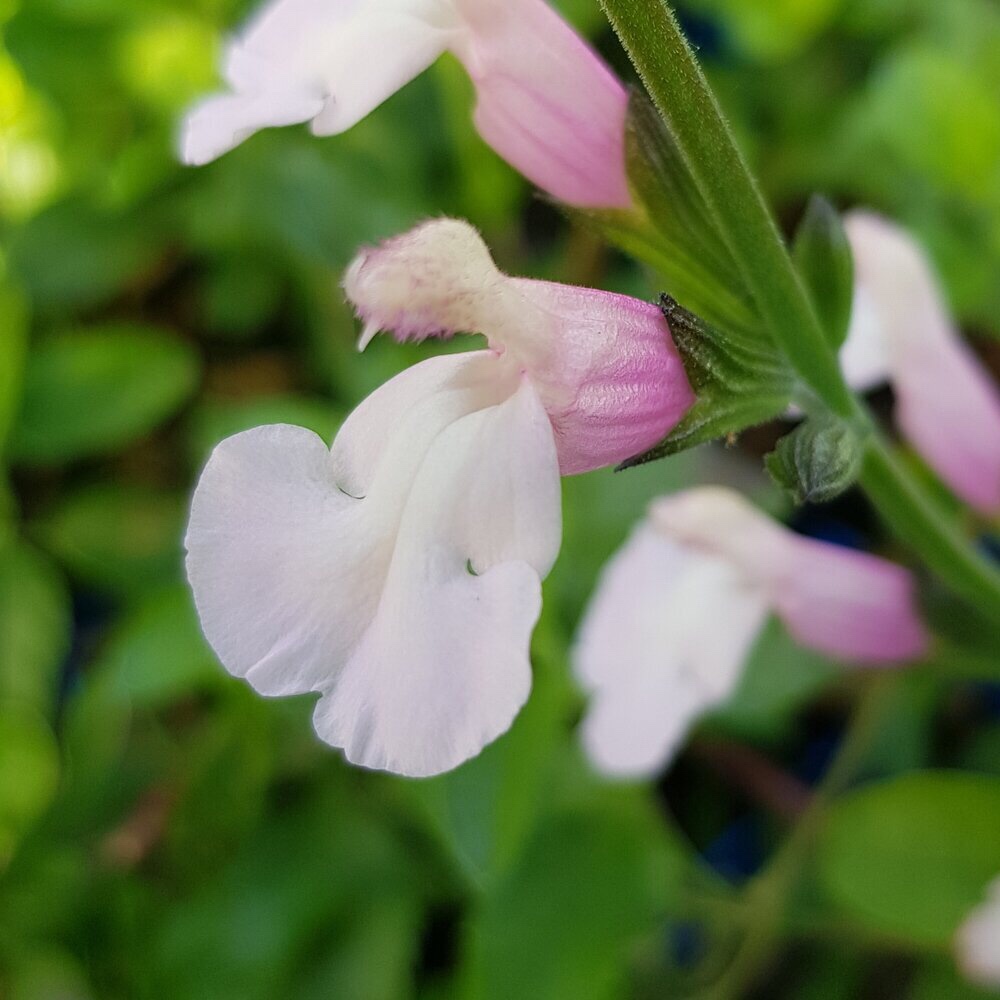





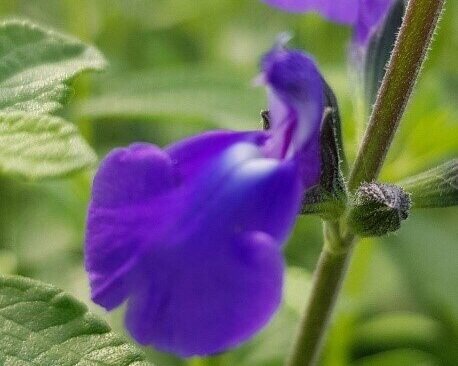

















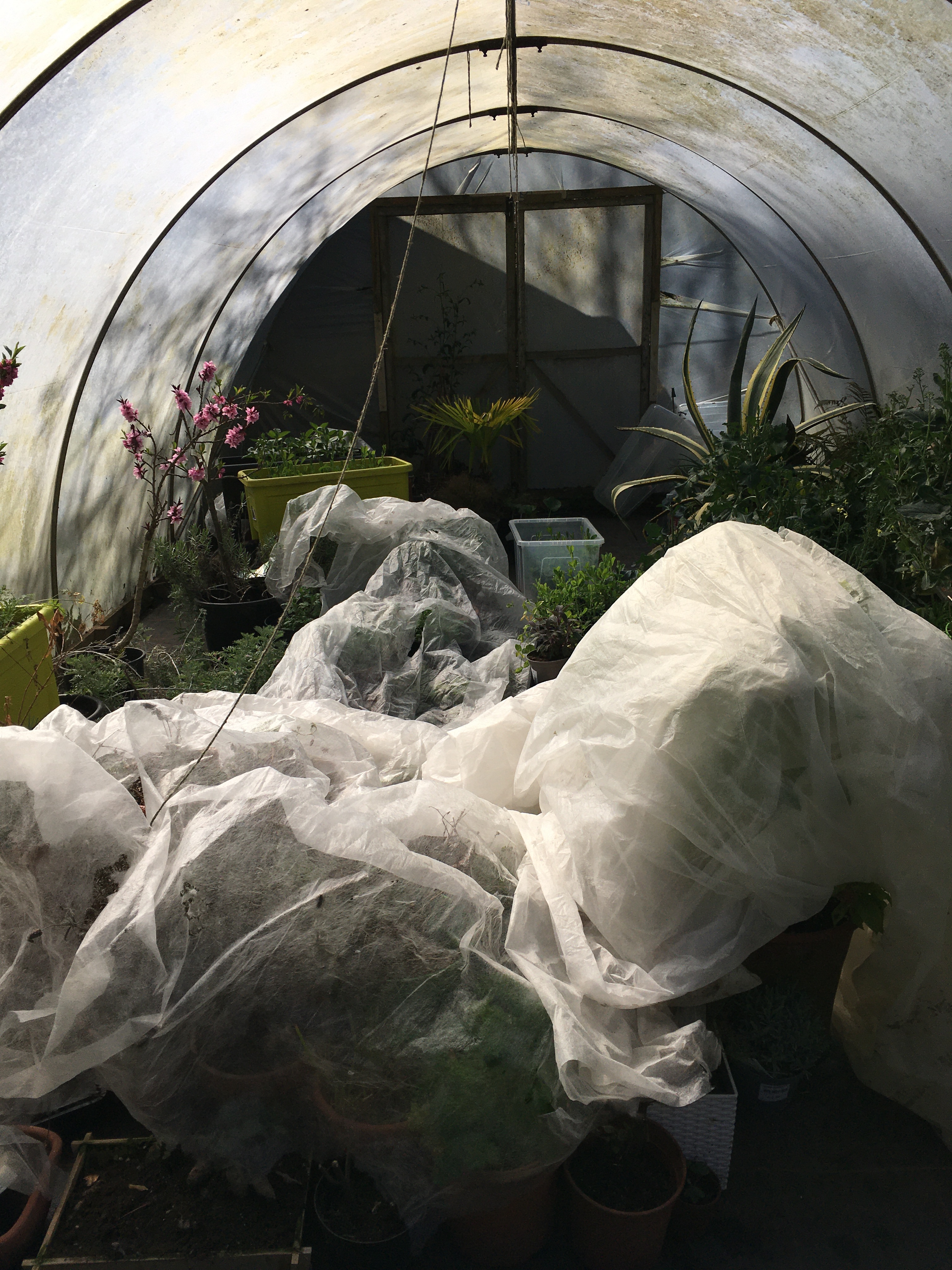









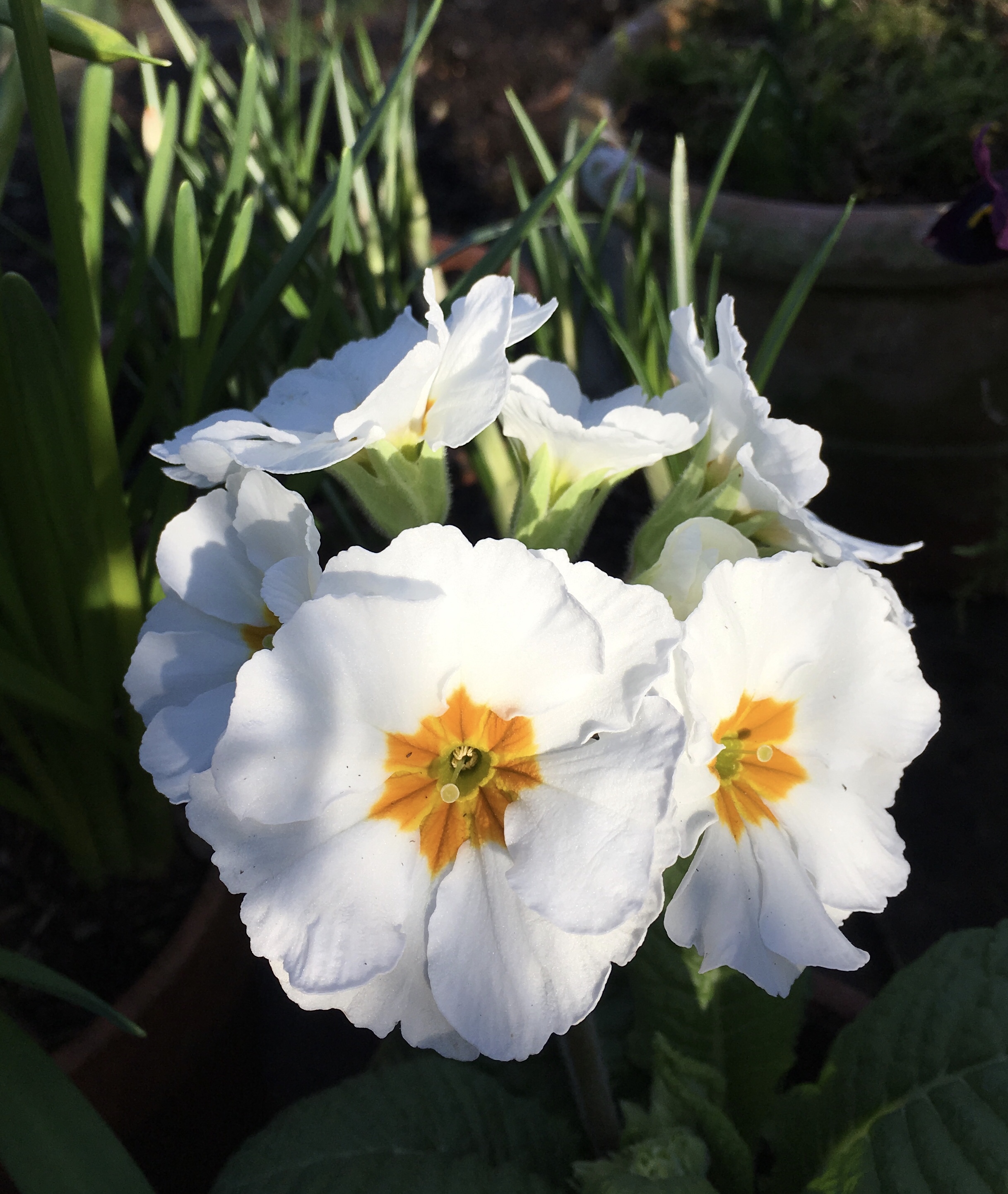


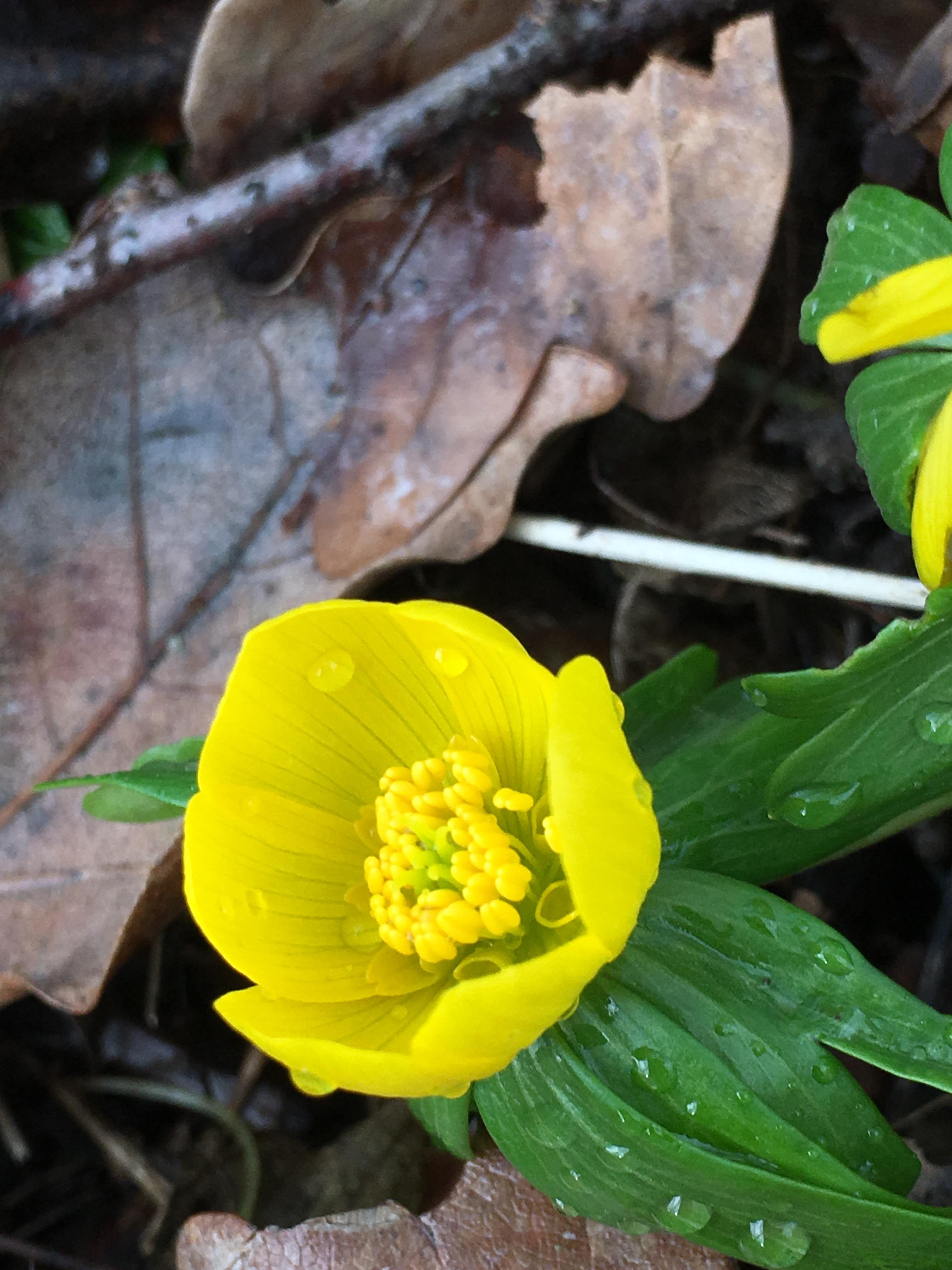
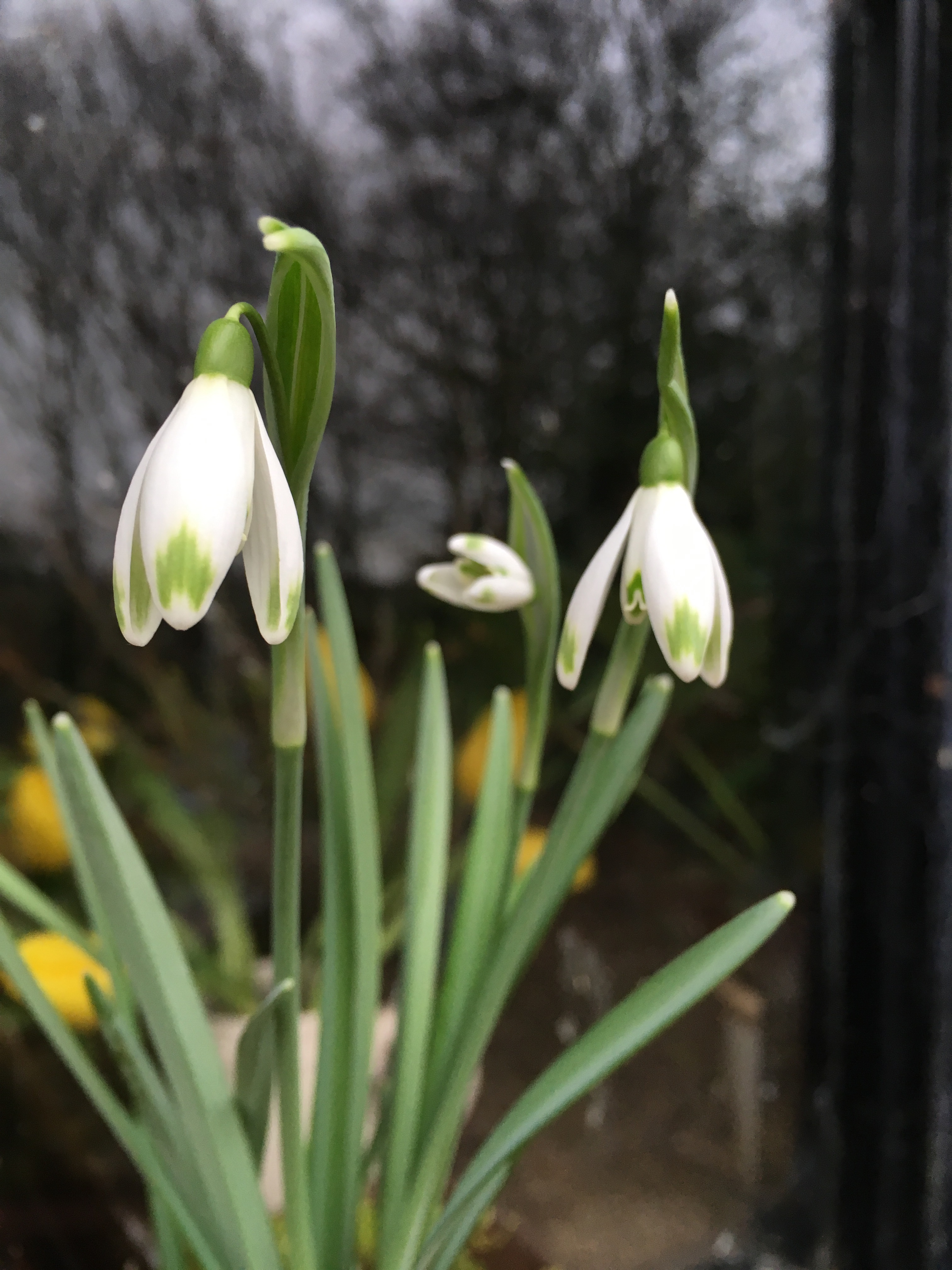















































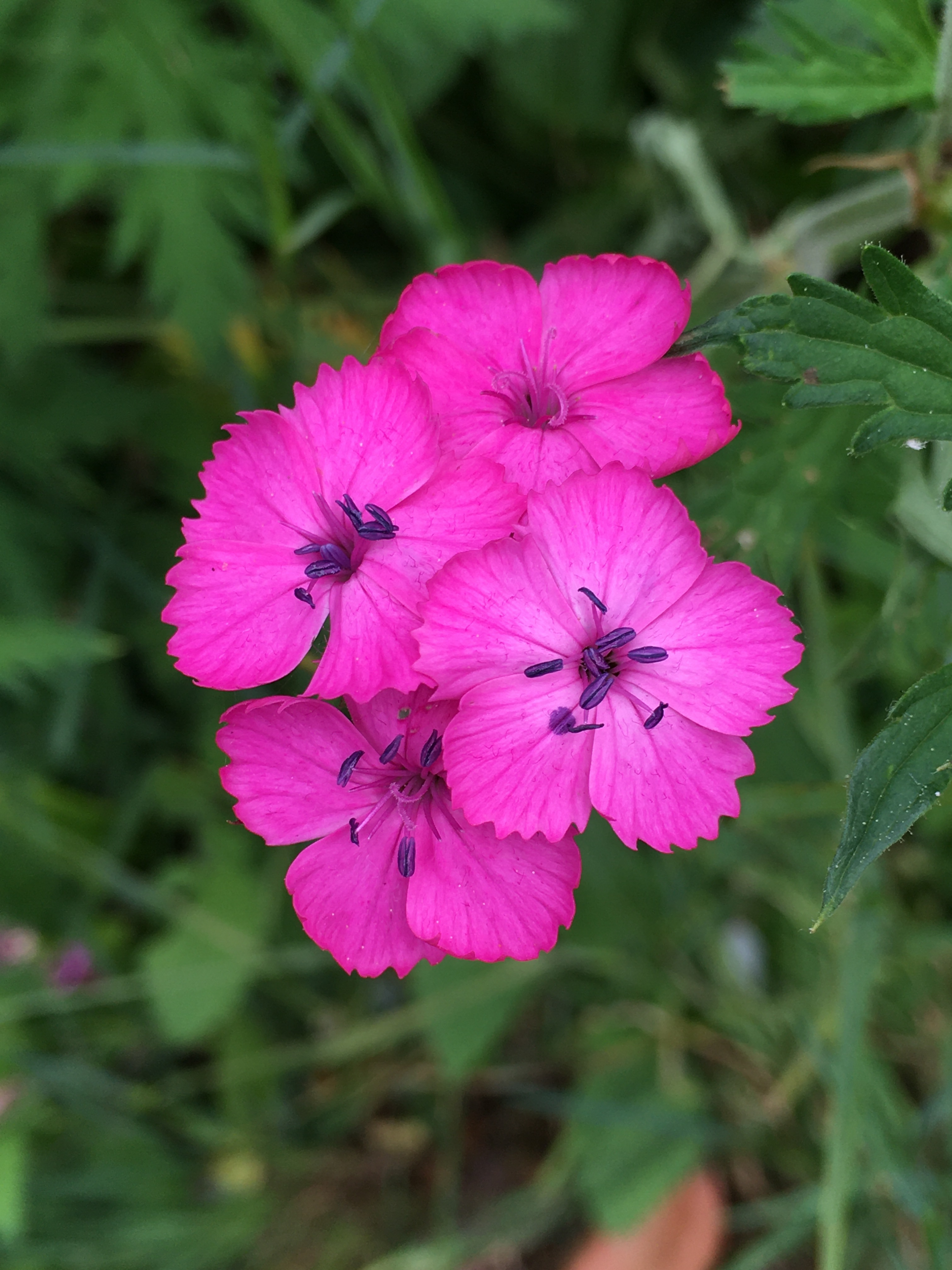

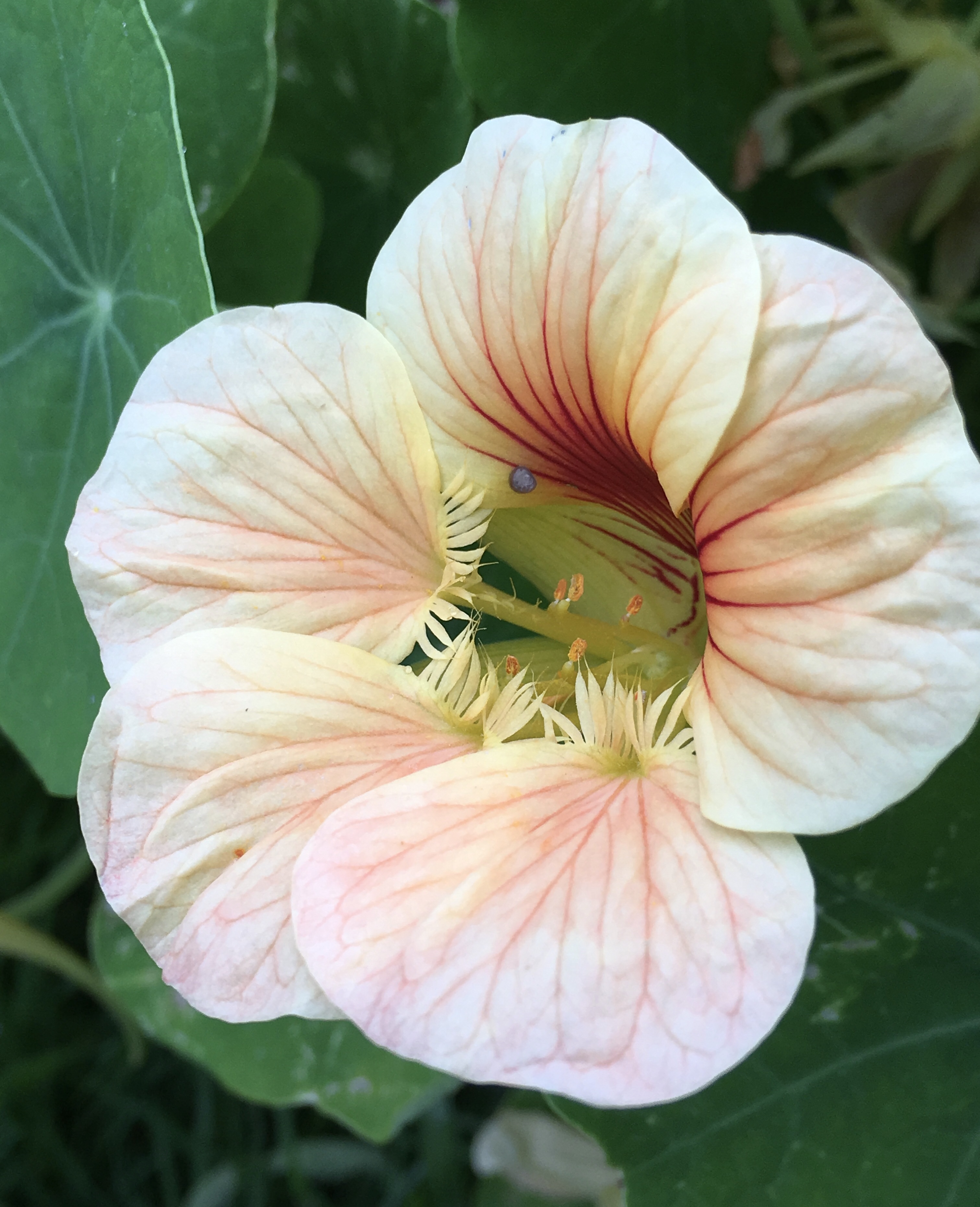
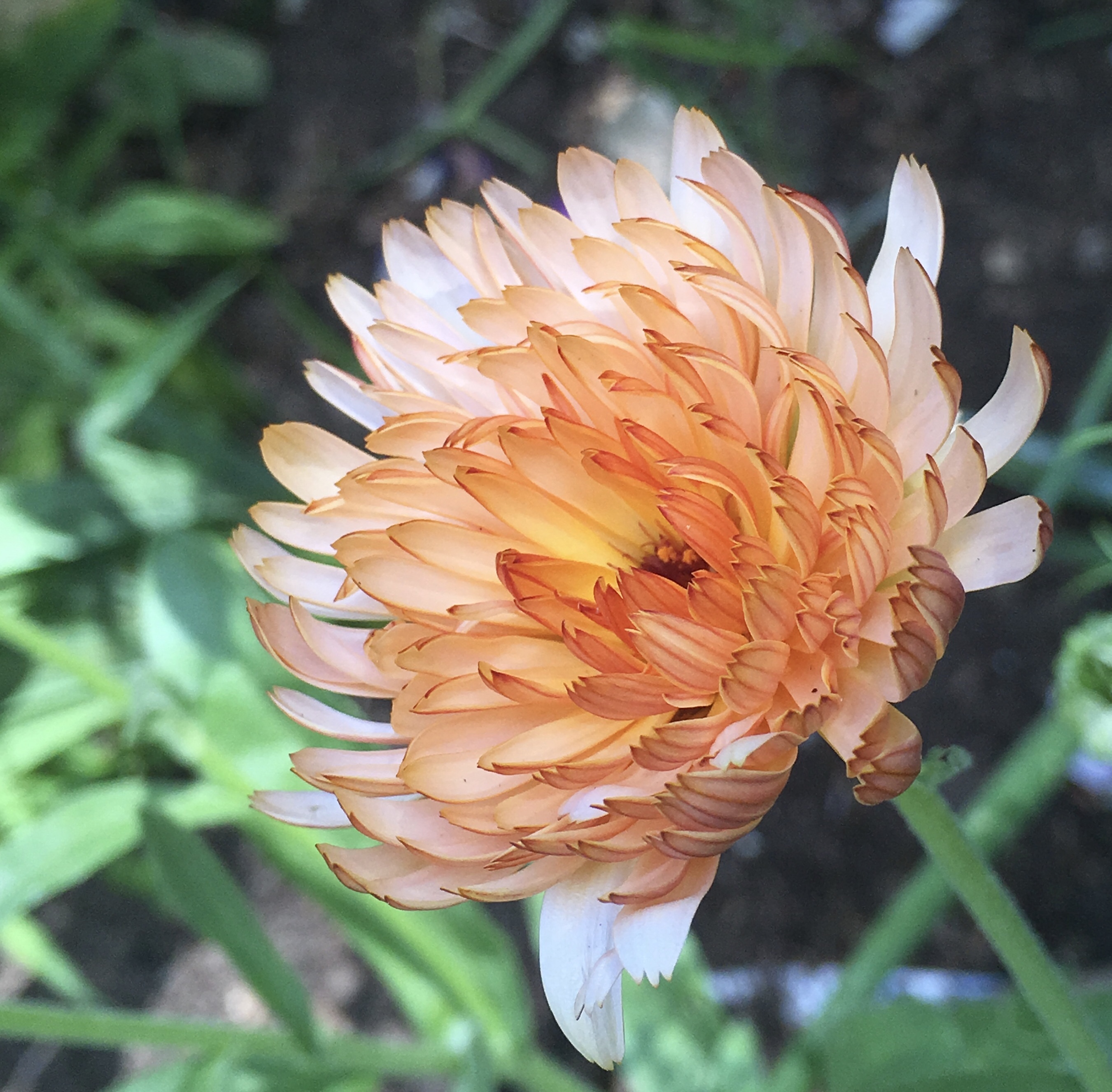
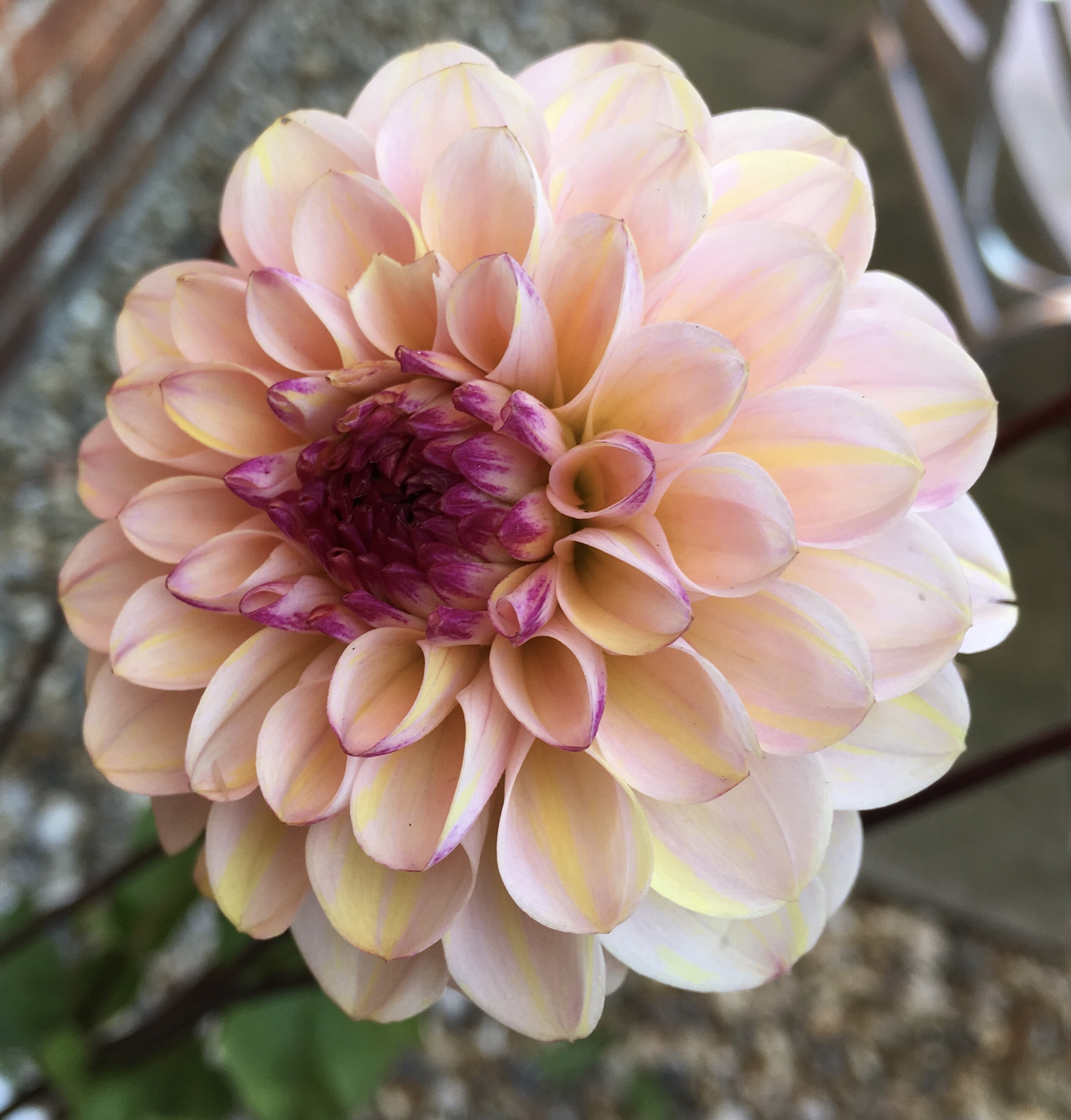
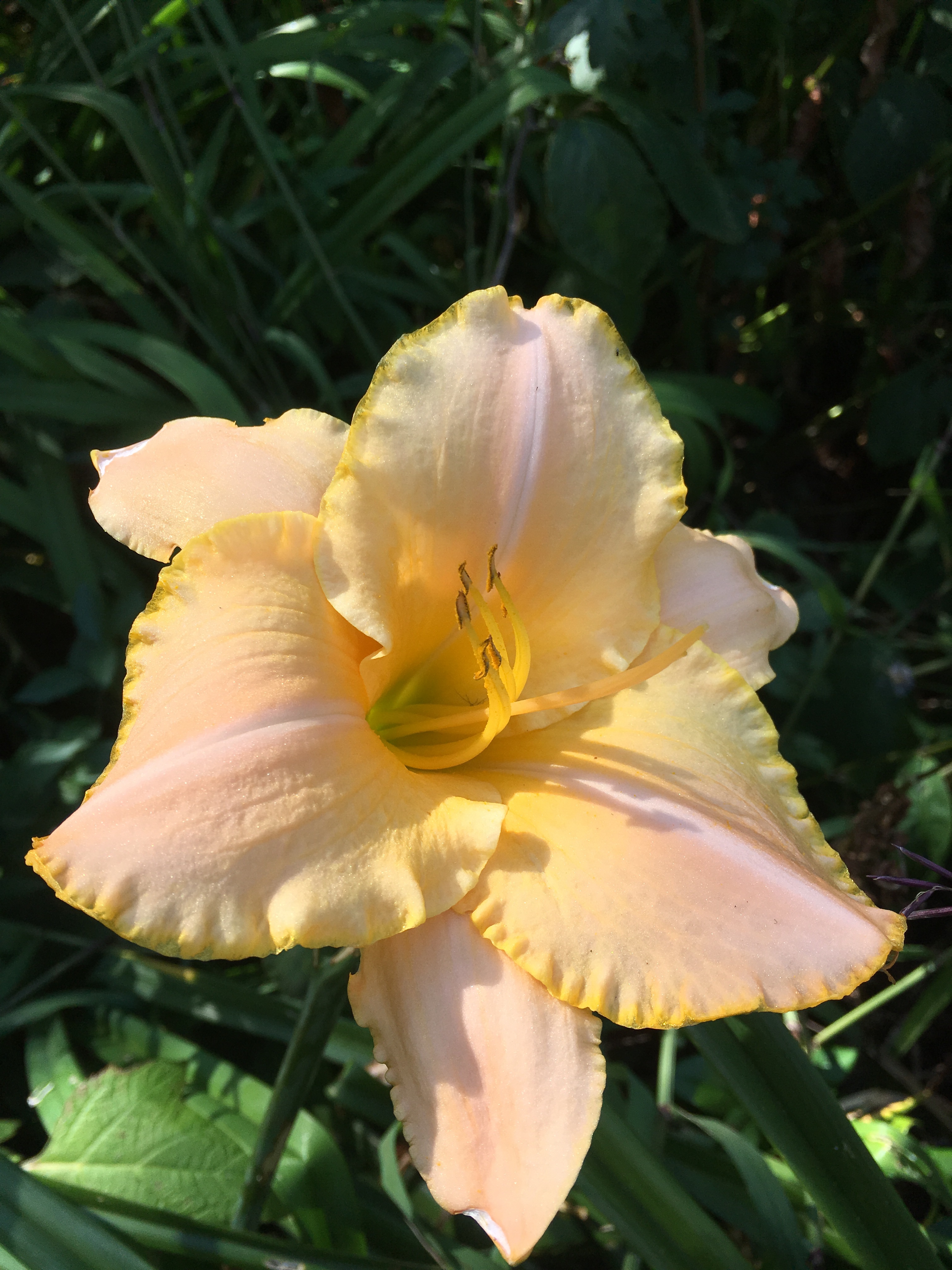
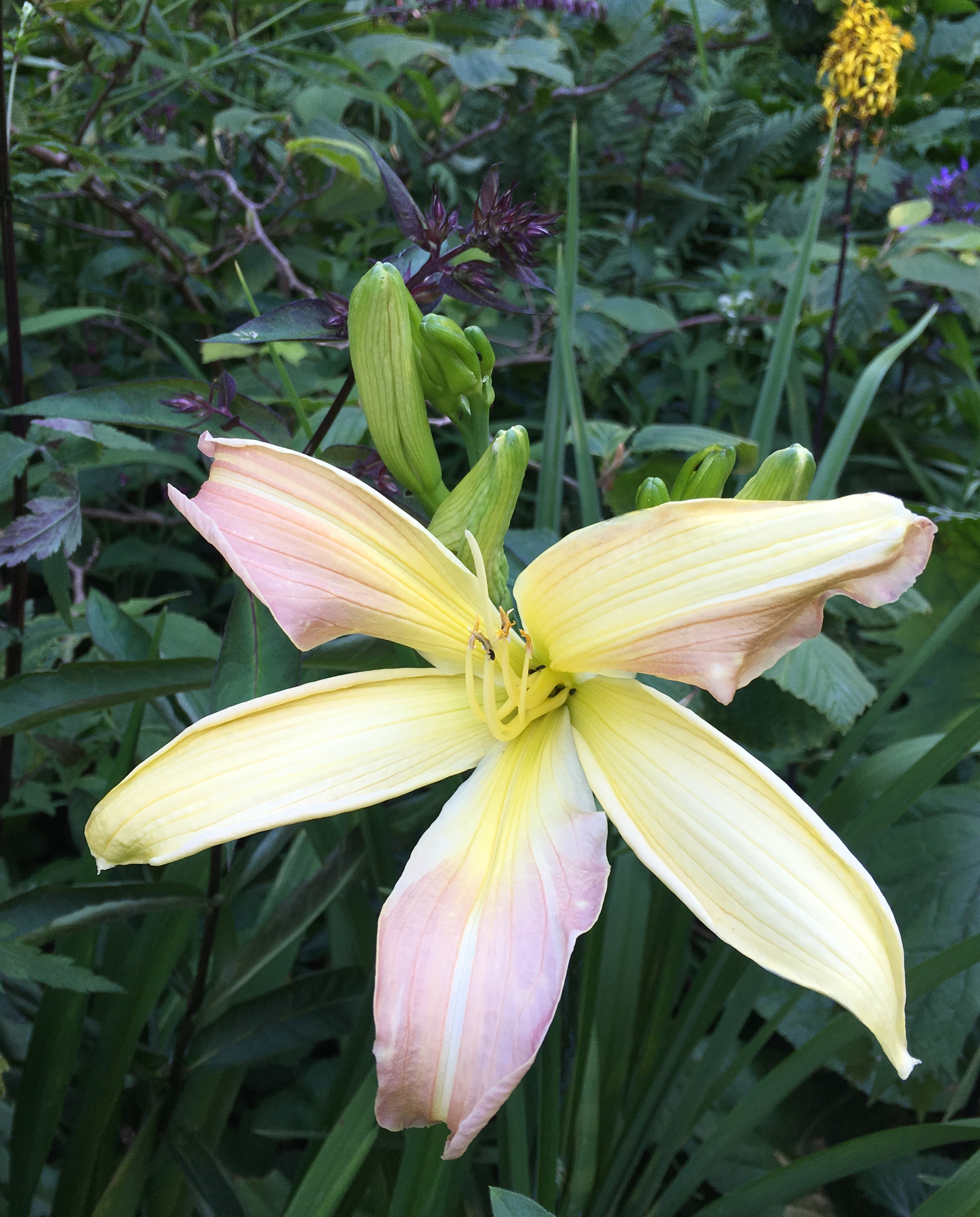
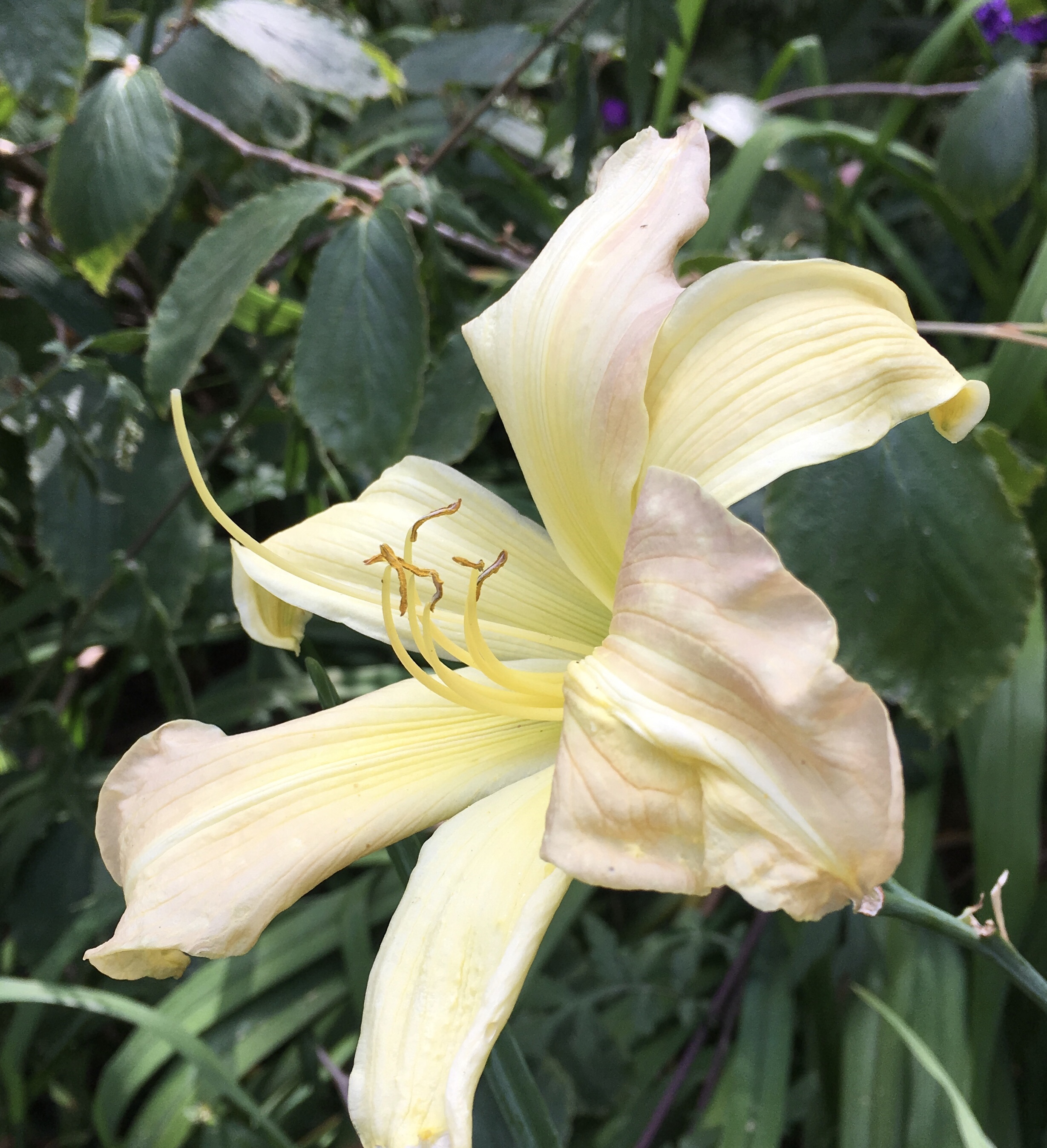
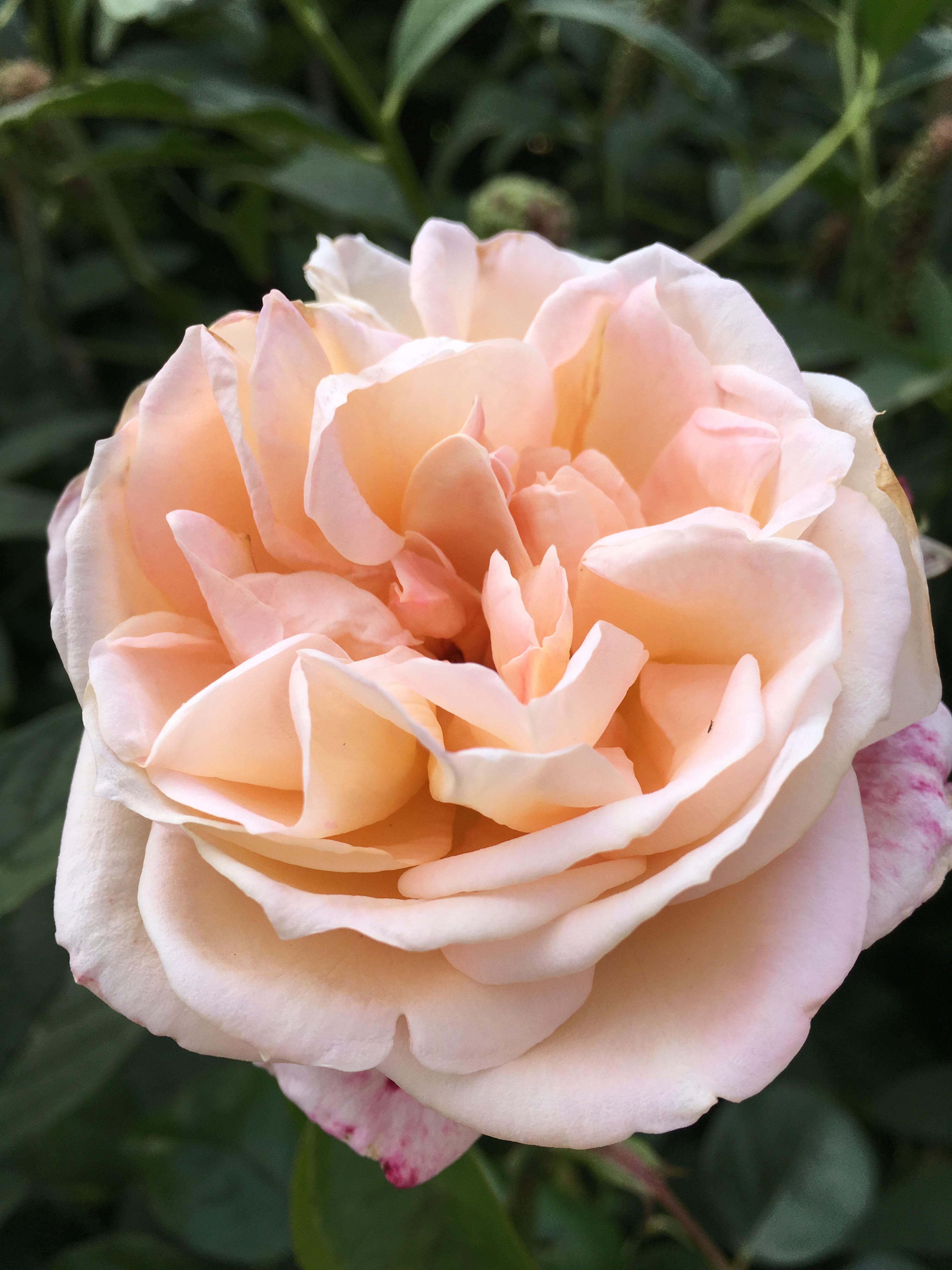
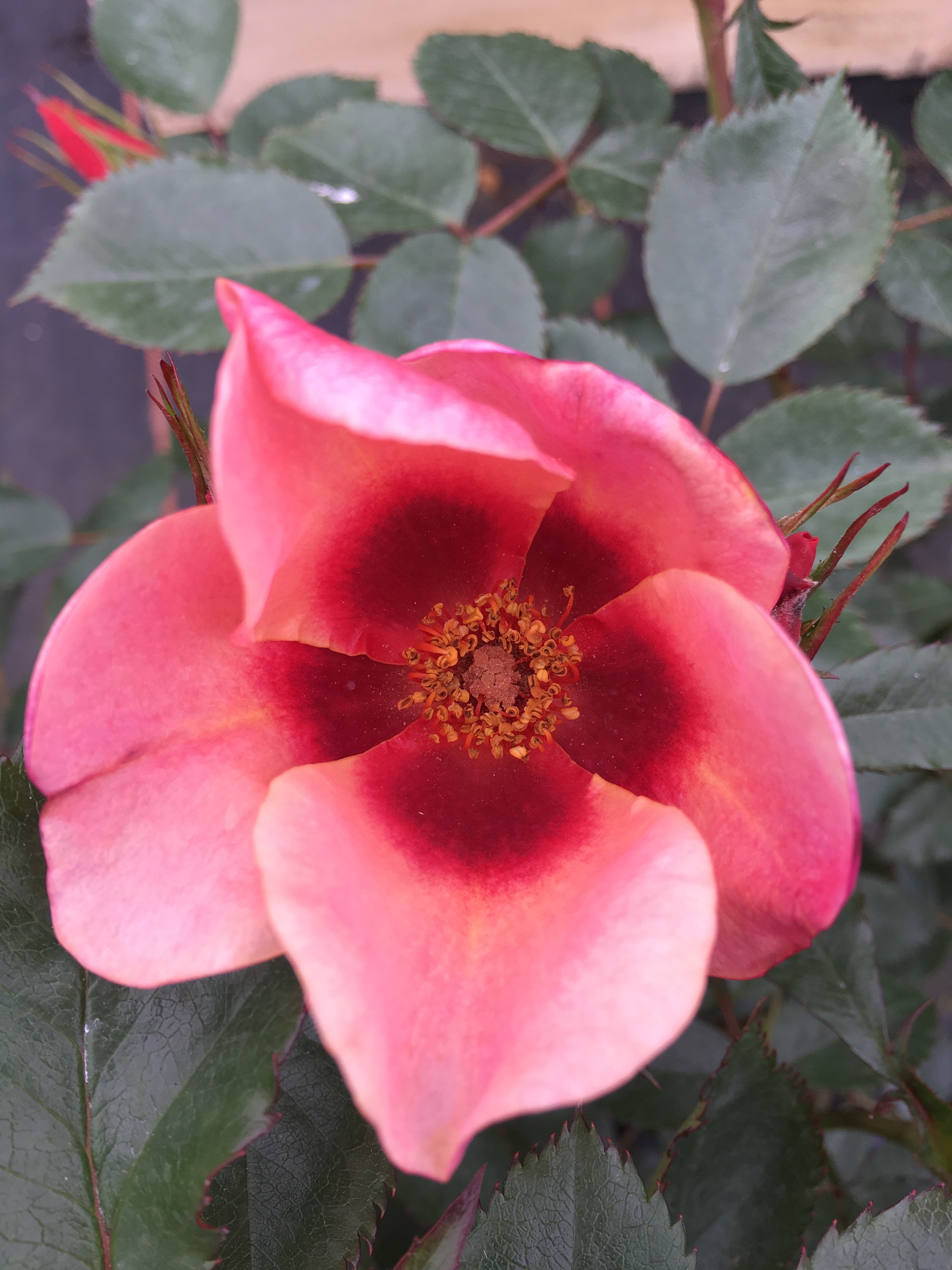













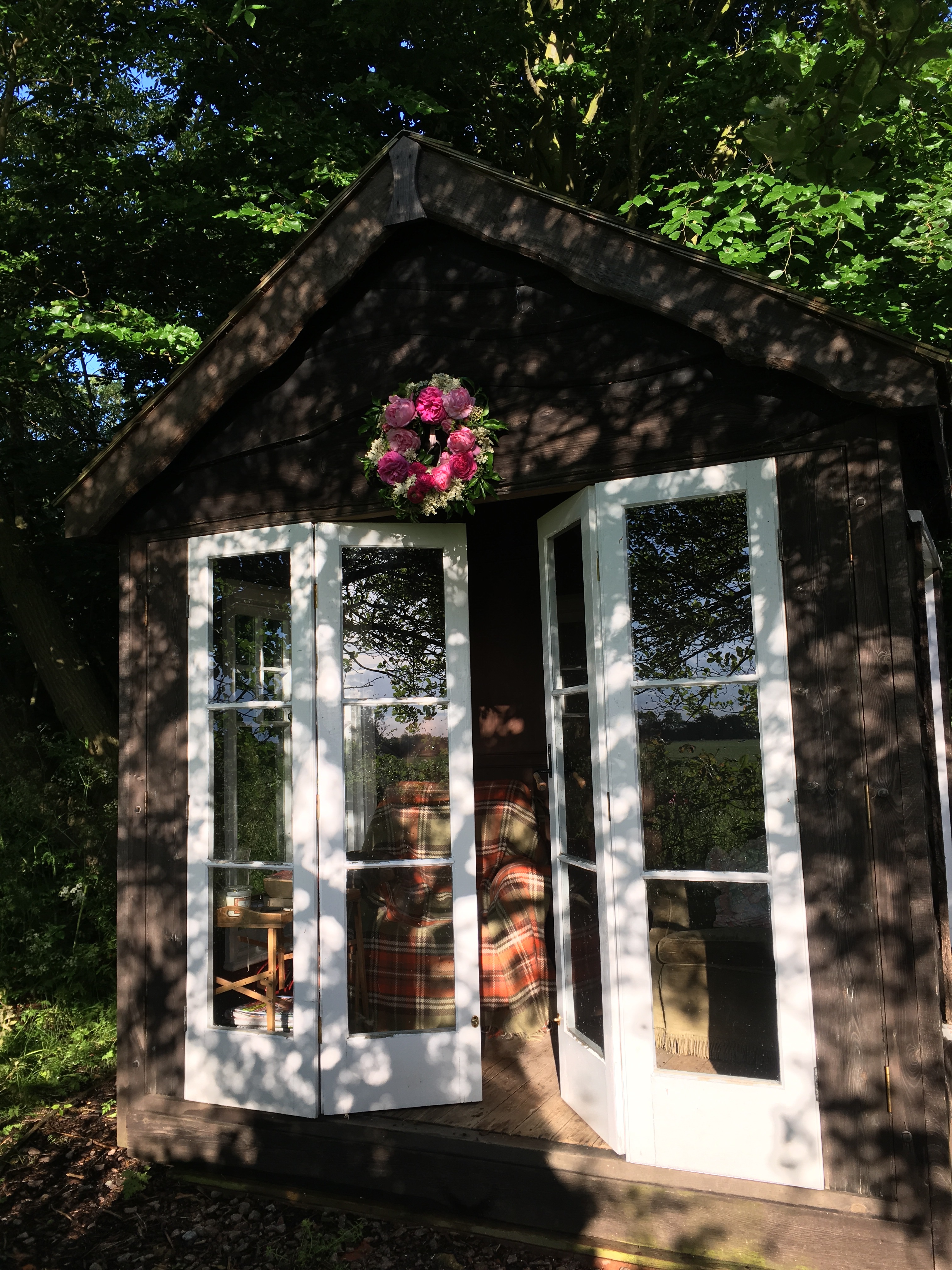
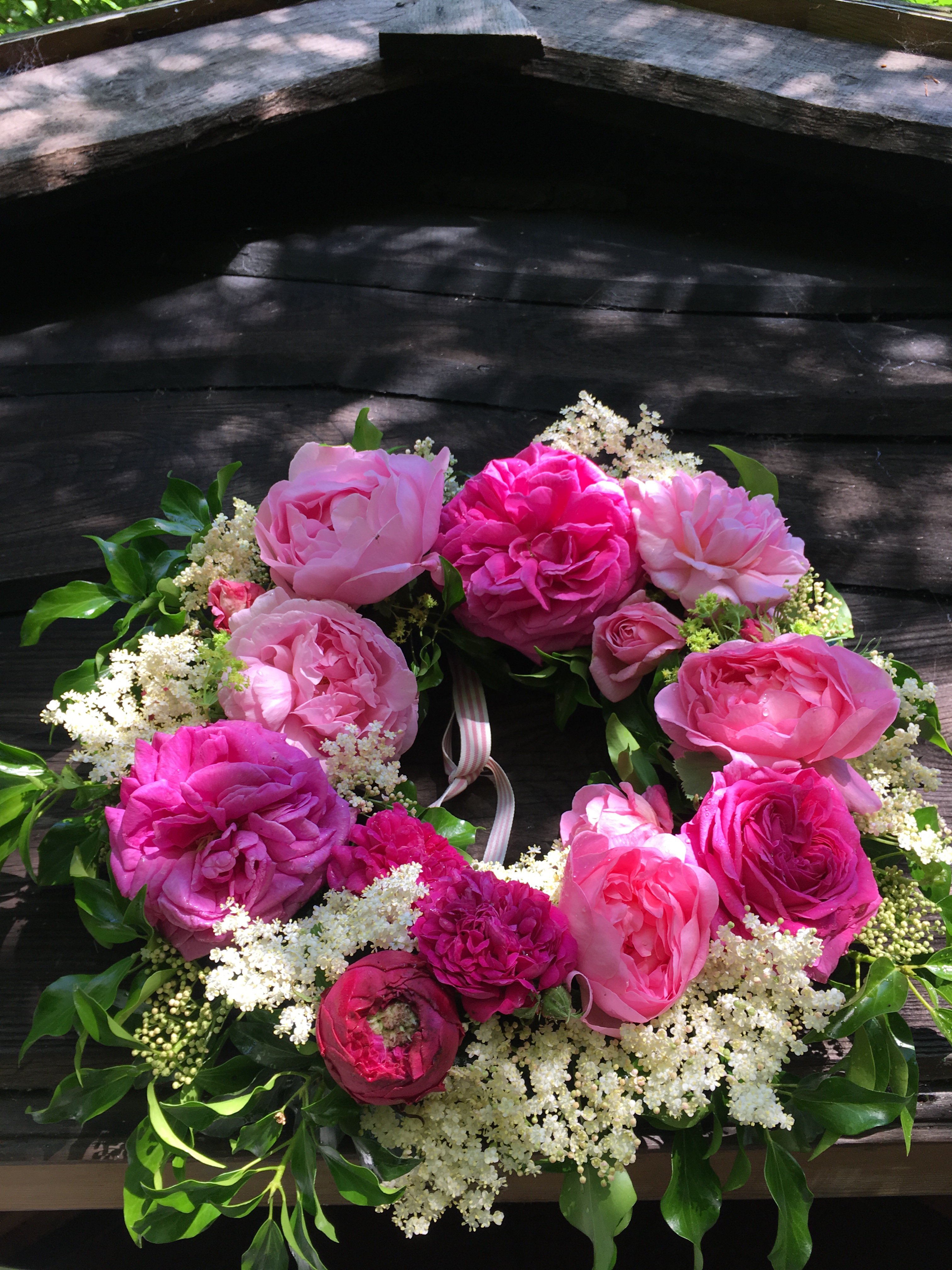

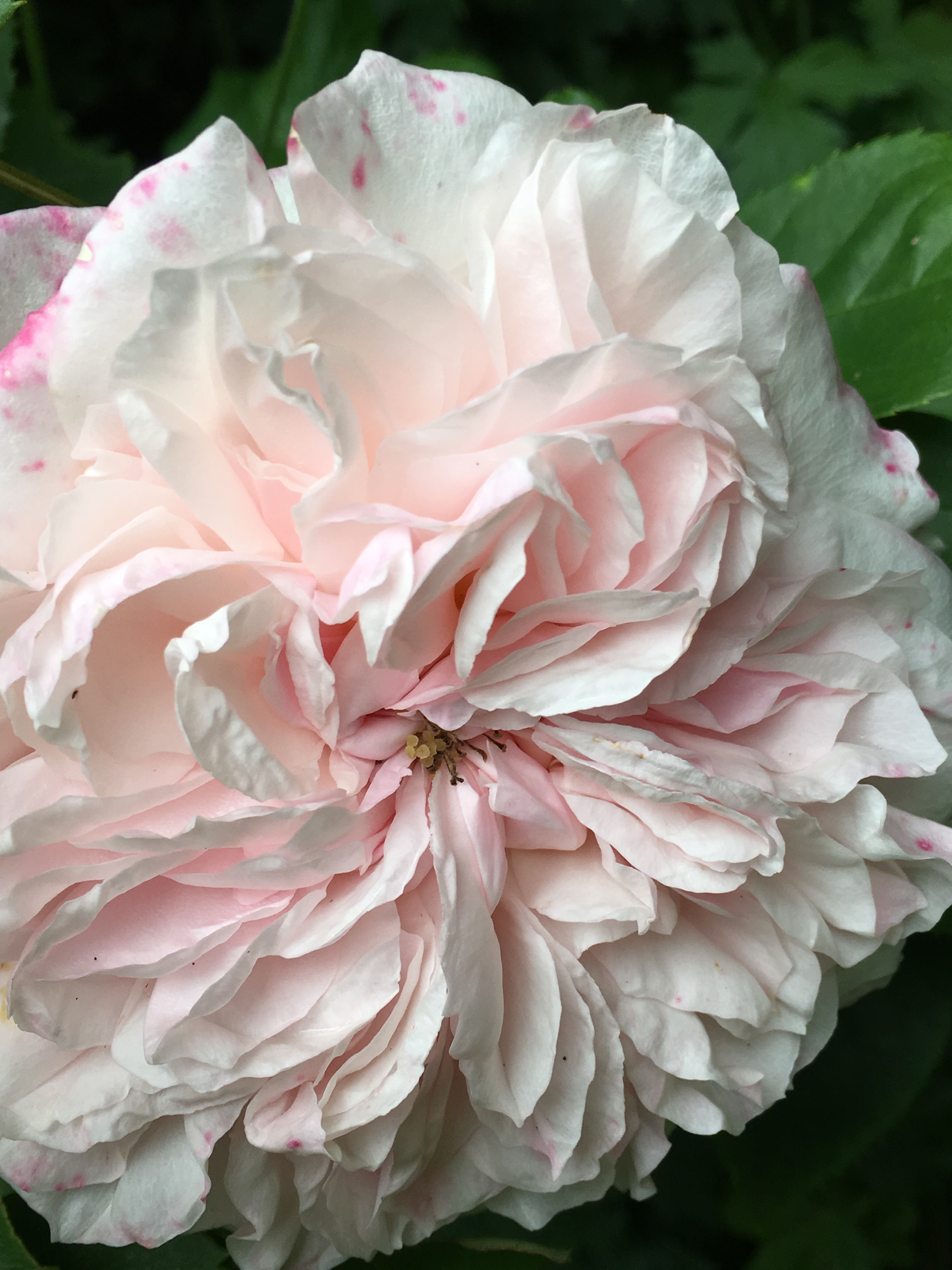
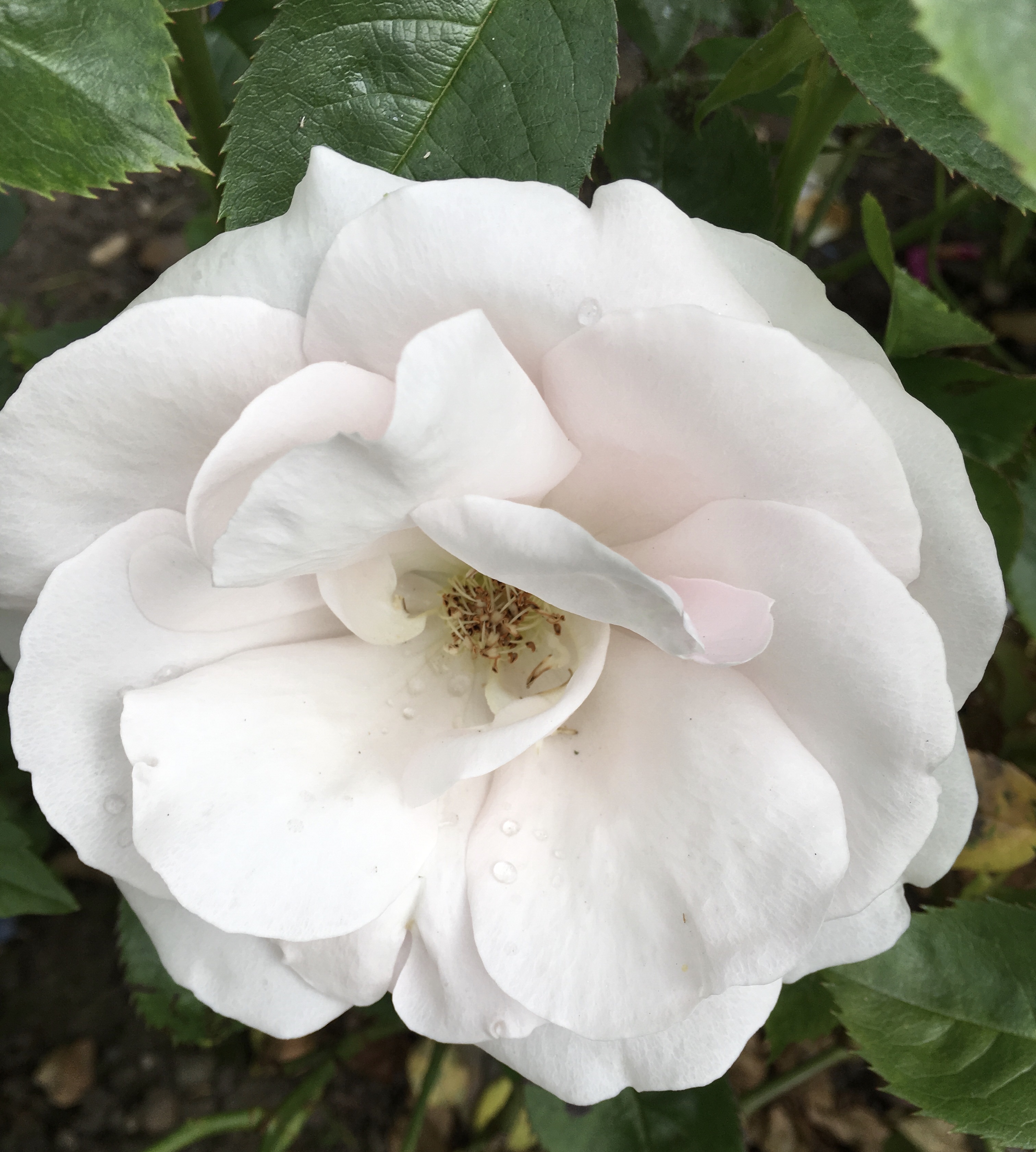
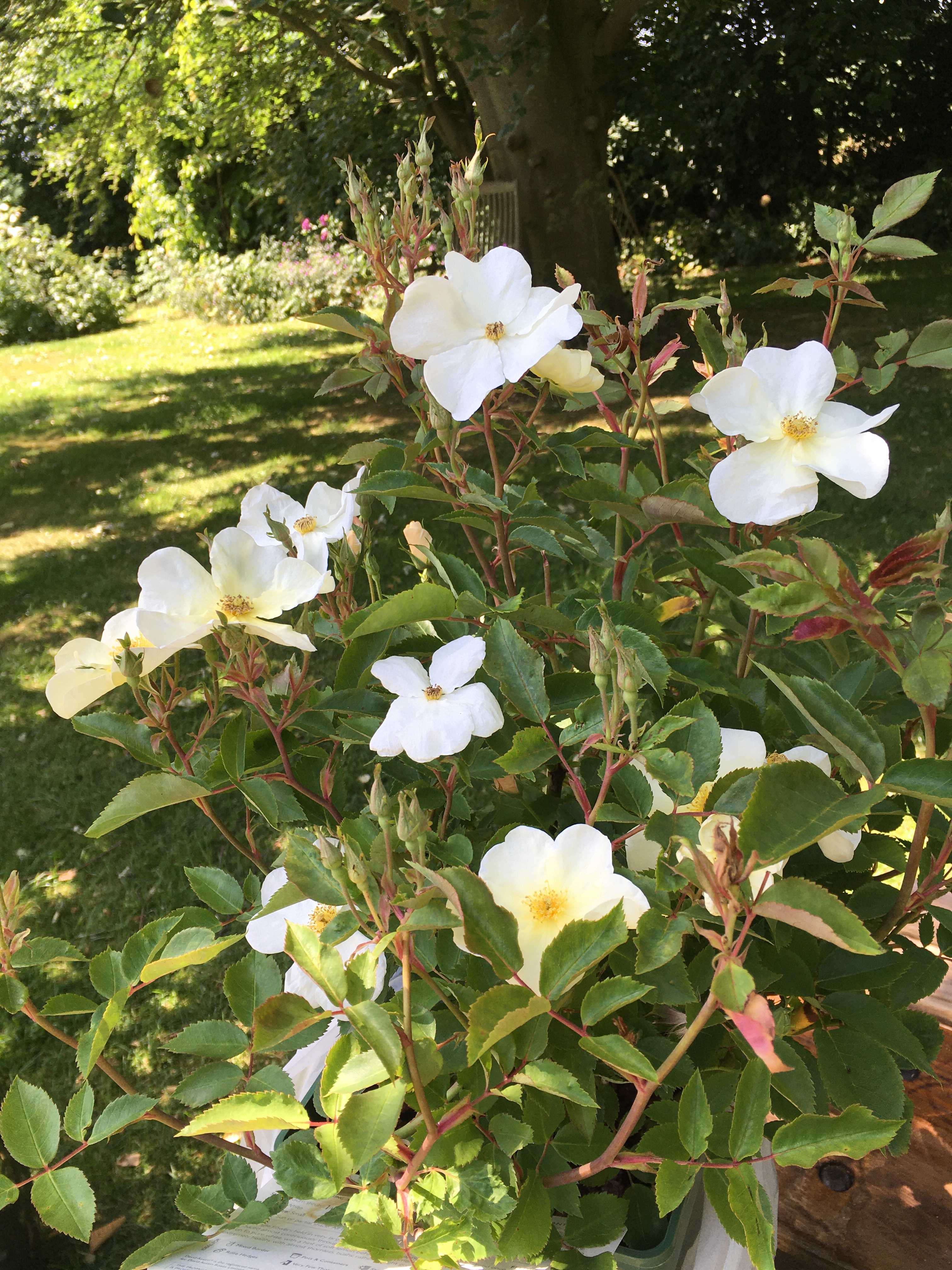



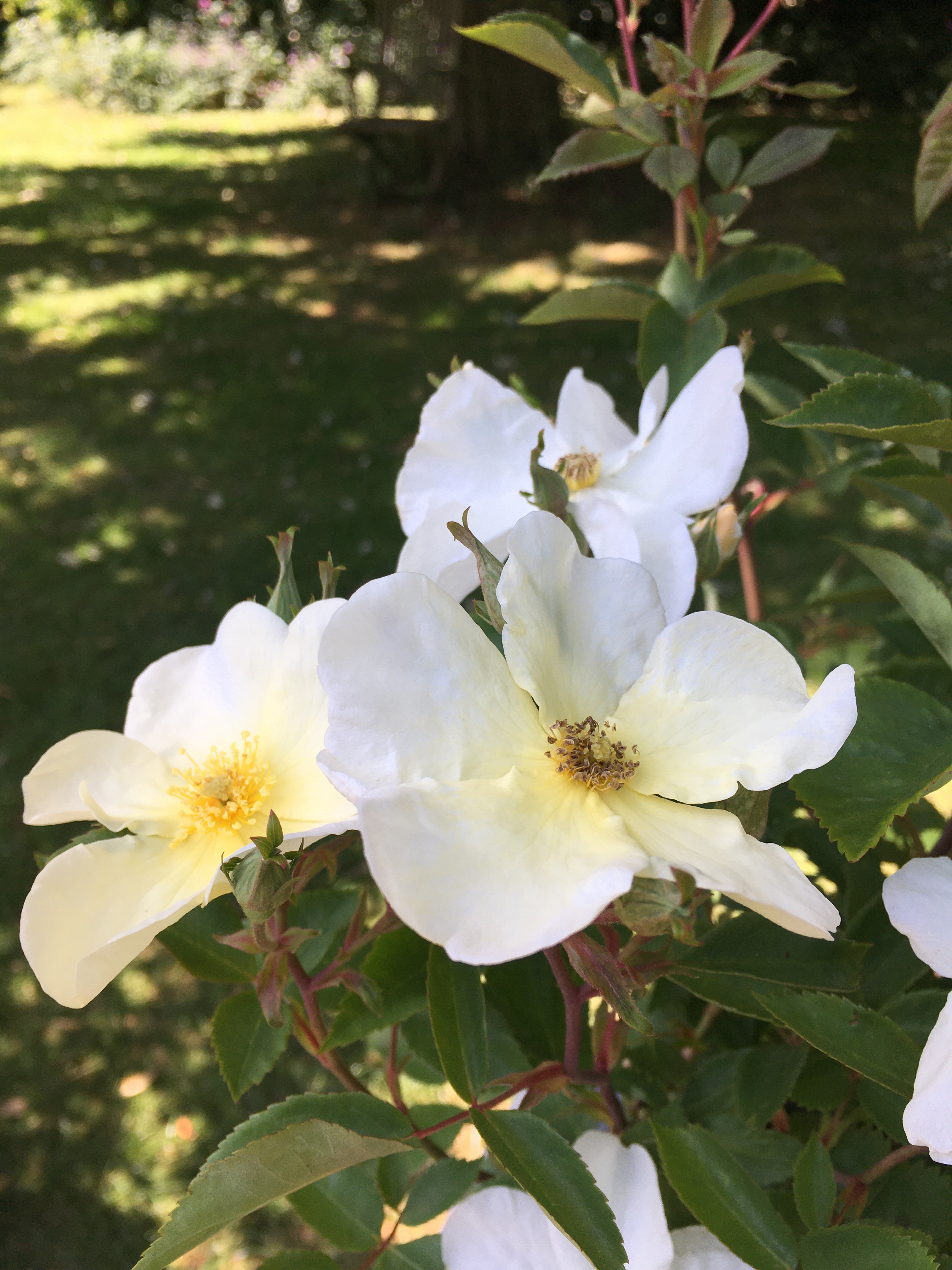
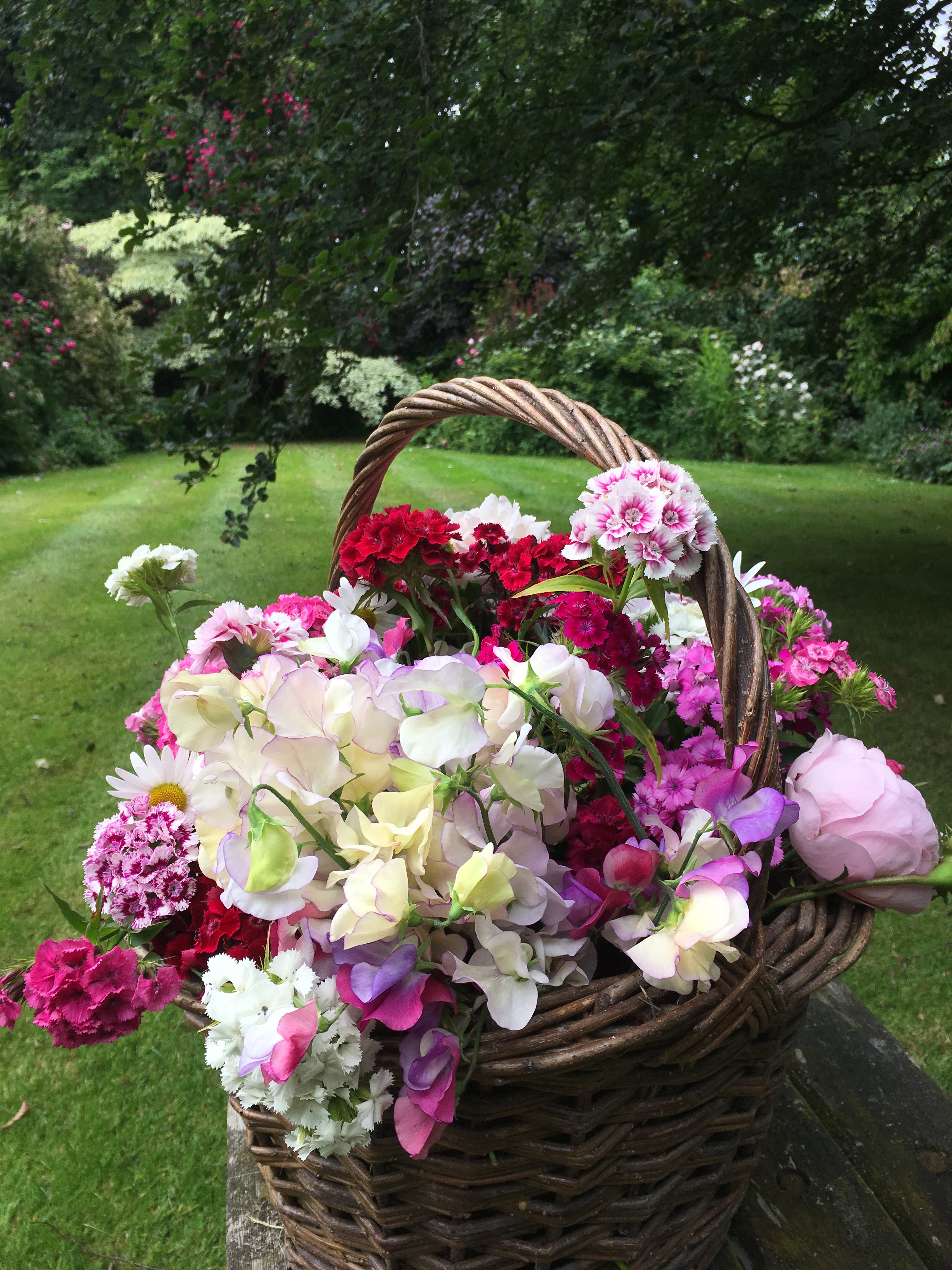



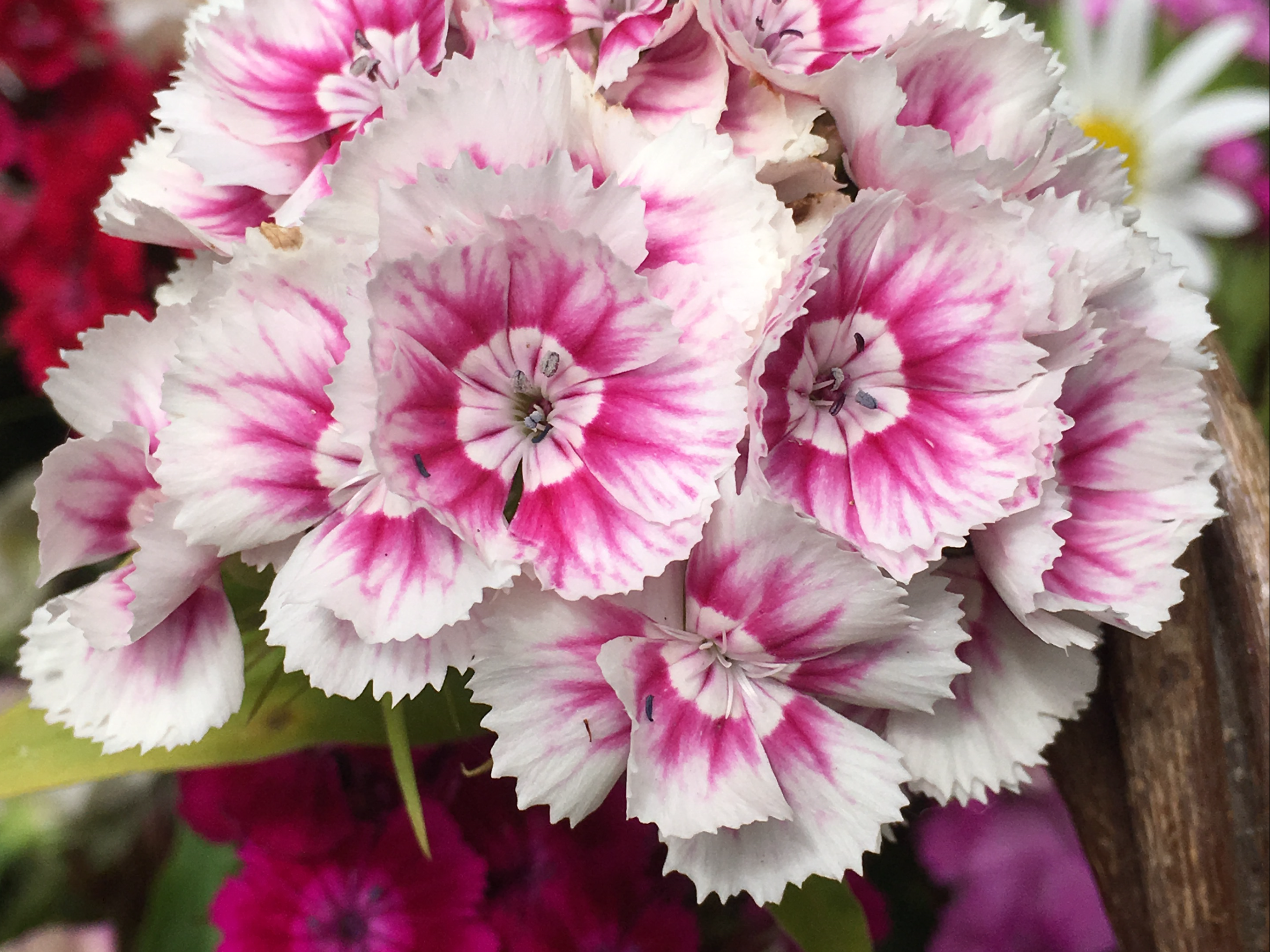




























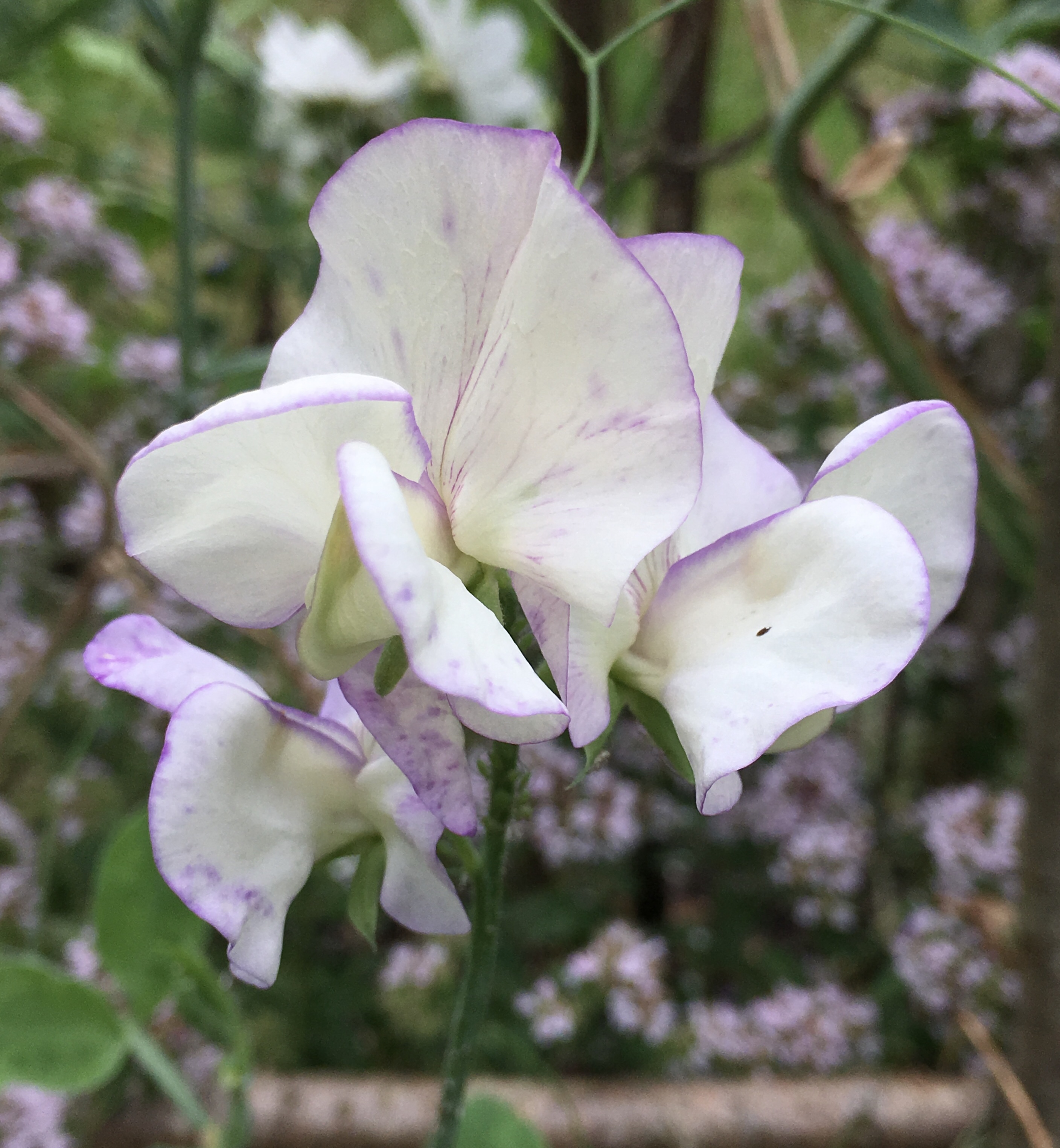














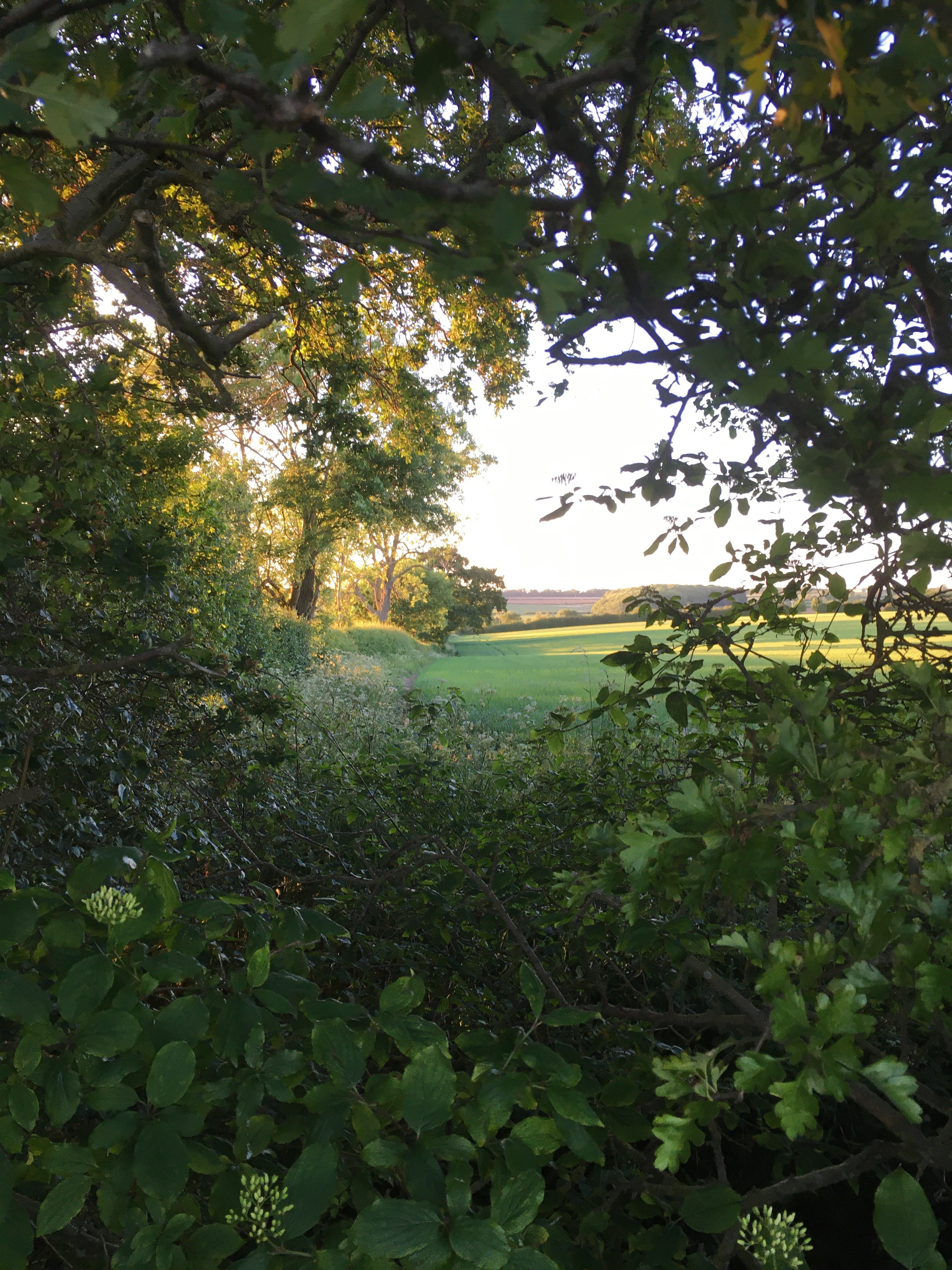





















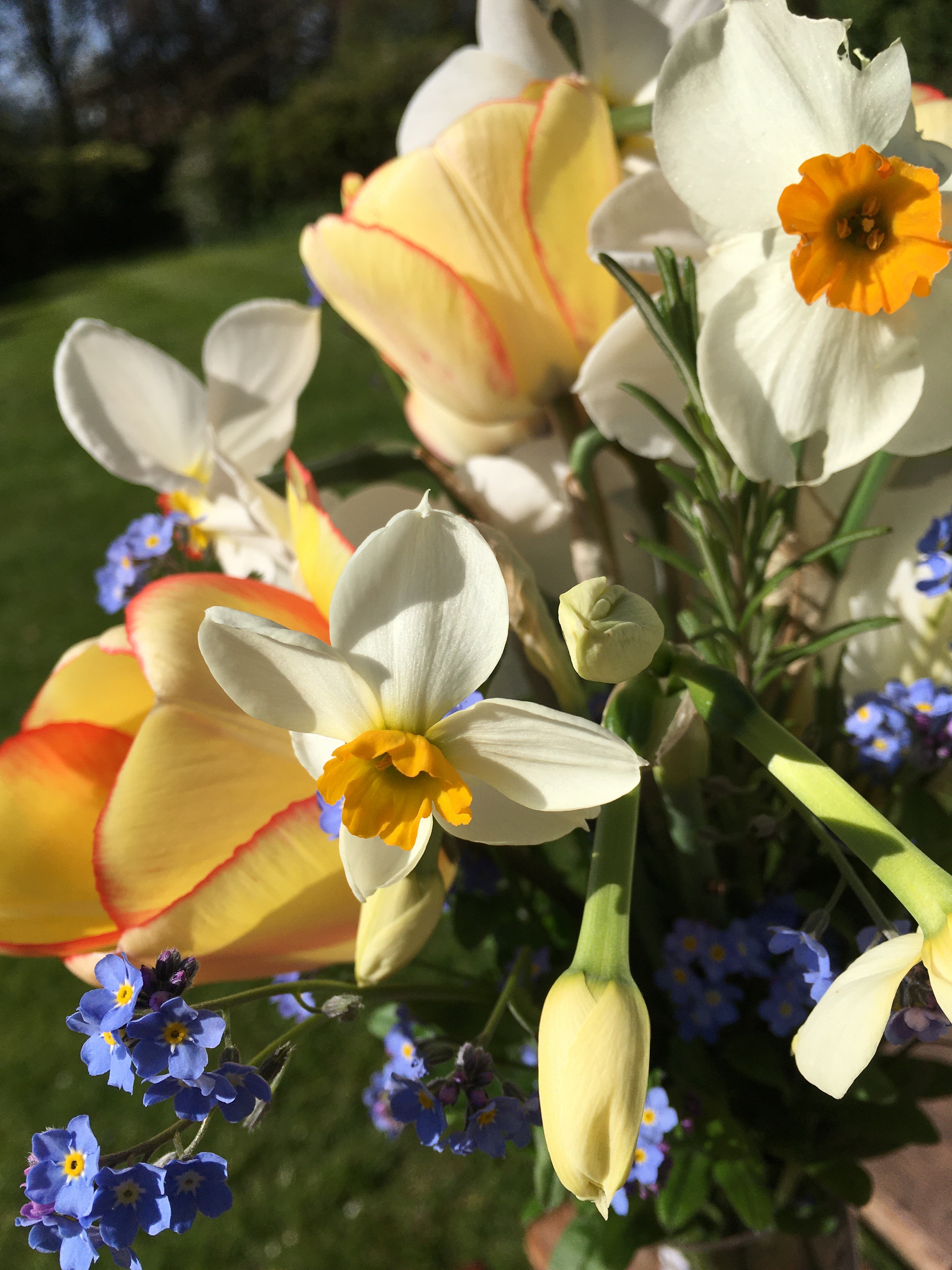







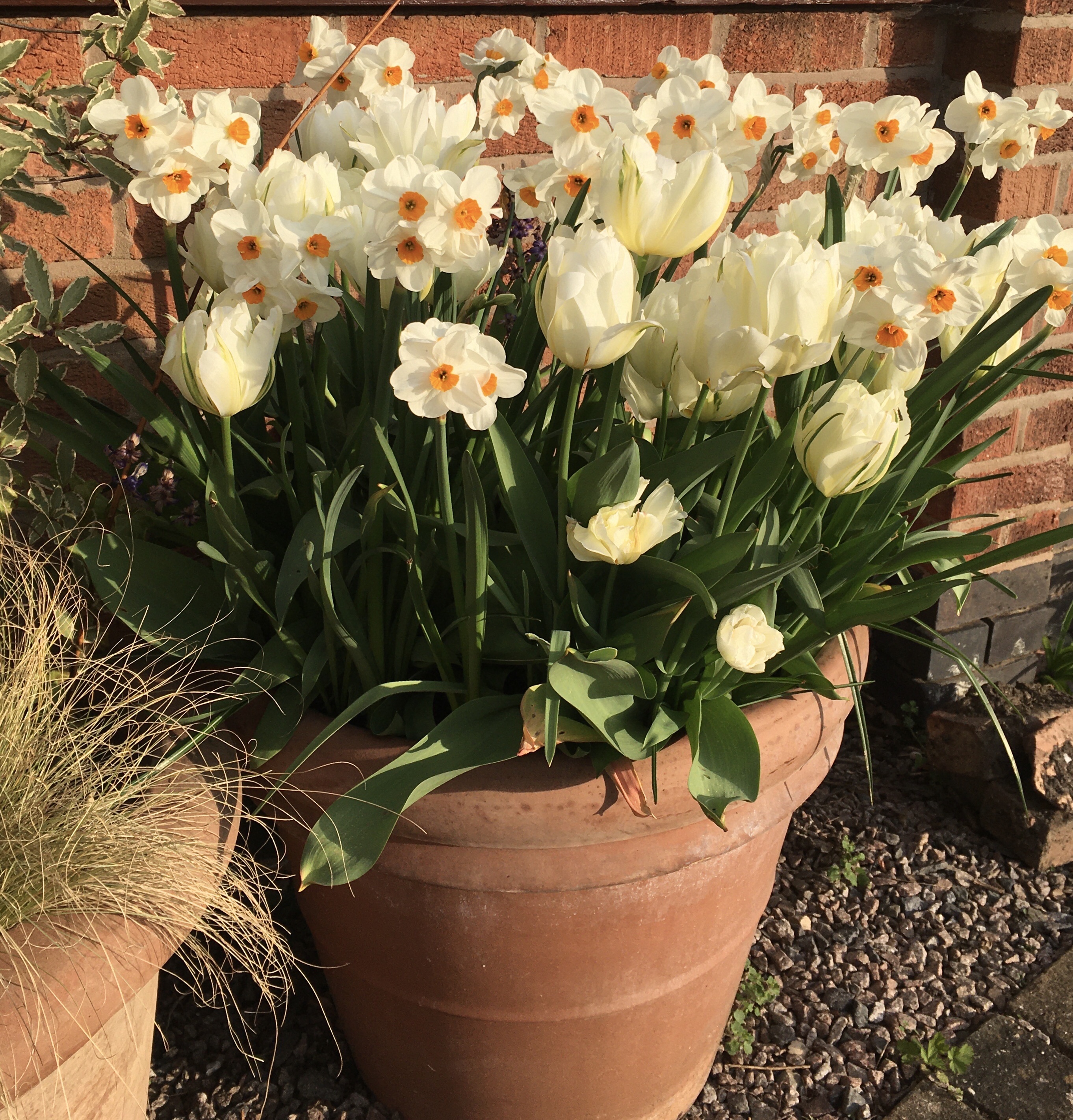























 My cut flower tulips are in bud. Tulips in the sunny front garden are already flowering early. I’ll cut a huge bunch of daffodils and tulips for the front windows. Vases of flowers will cheer up anyone passing by, even though they can’t call in to visit.
My cut flower tulips are in bud. Tulips in the sunny front garden are already flowering early. I’ll cut a huge bunch of daffodils and tulips for the front windows. Vases of flowers will cheer up anyone passing by, even though they can’t call in to visit.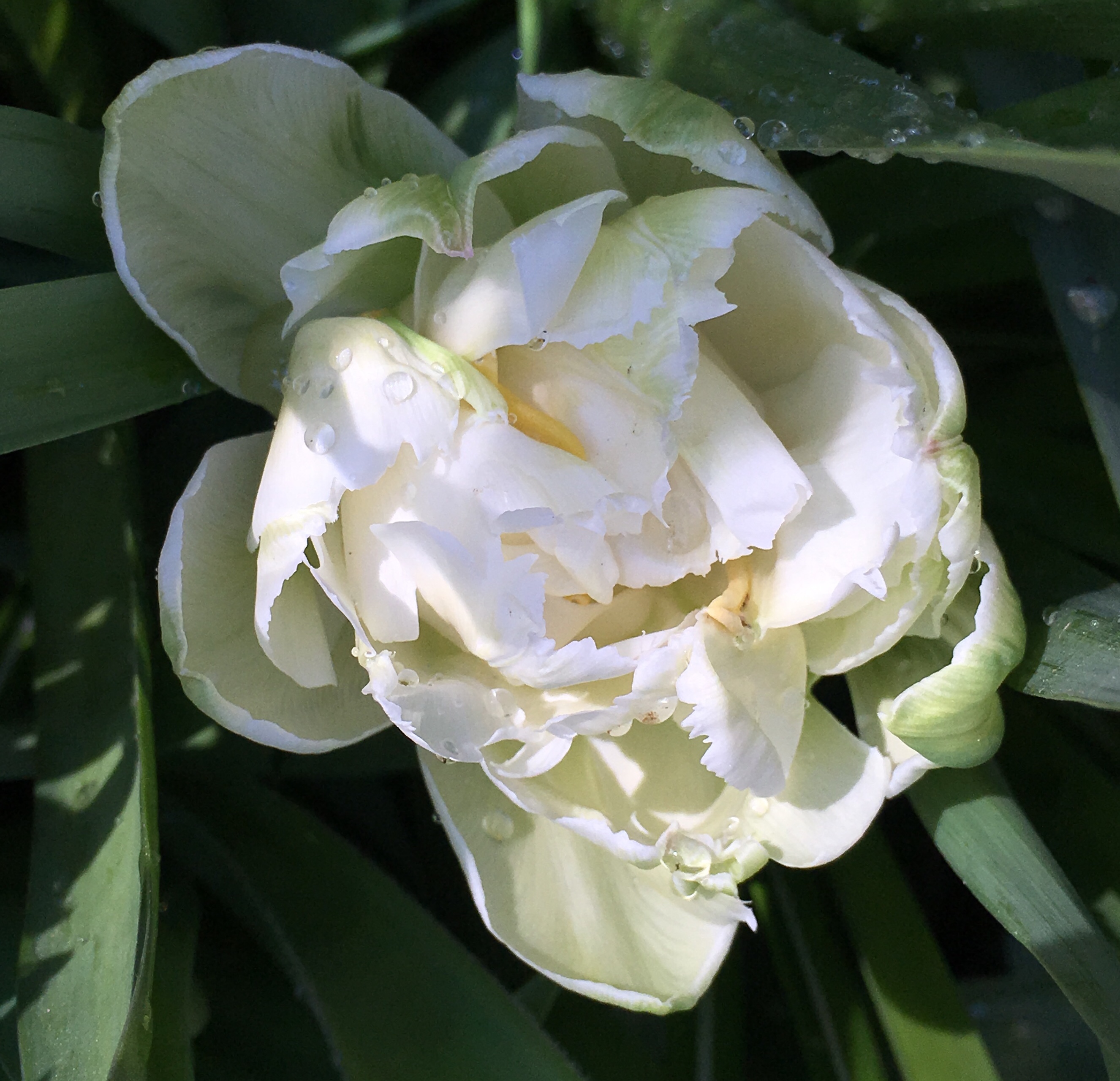









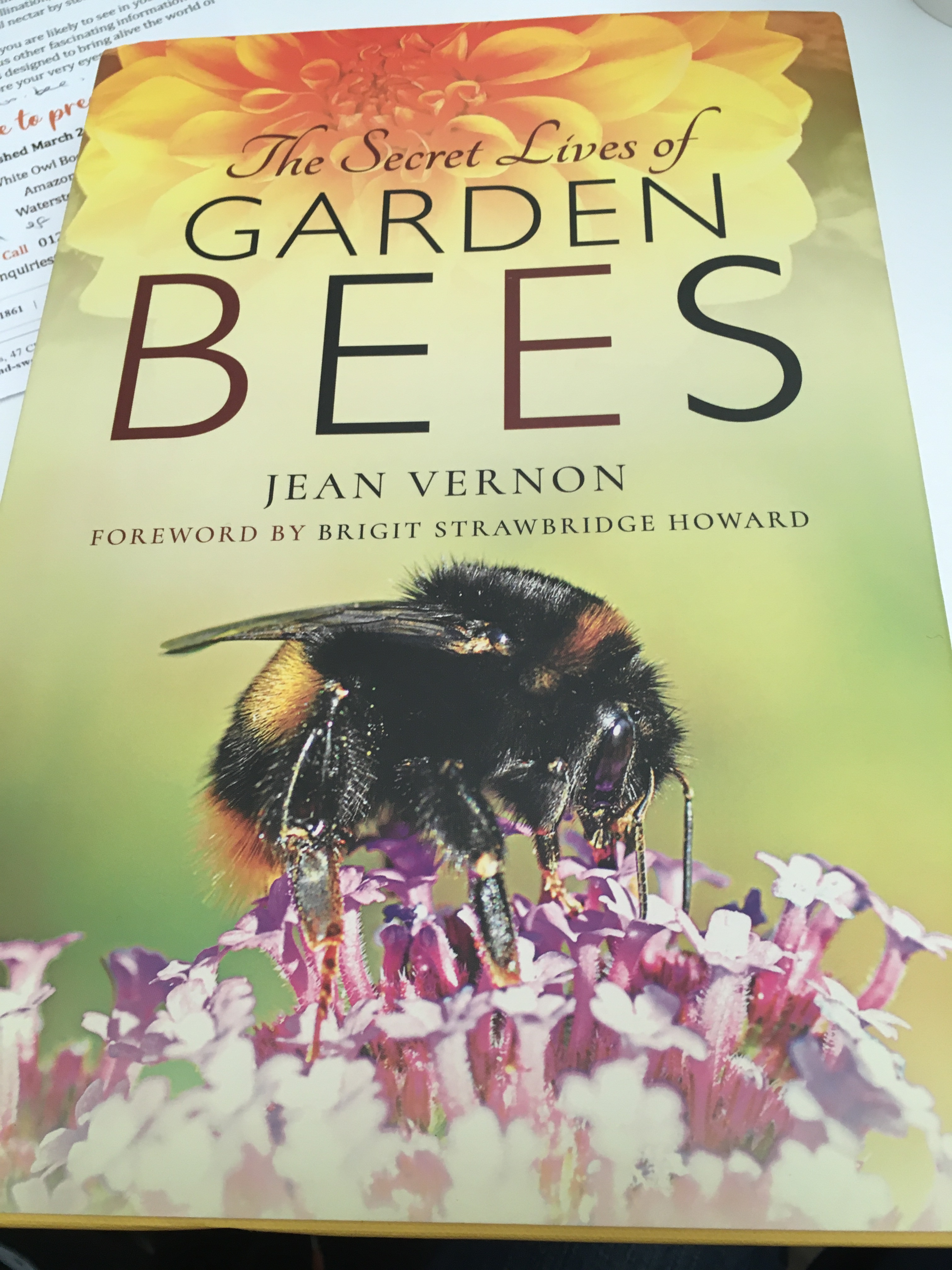














 The horseshoe pond can viewed from the potting shed windows. There’s a gently-sloping boulder beach to stand on, and this gives easy access for hedgehogs, frogs, newts and grass snakes. It’s very calming to stand and watch the ripples from raindrops. Today the pond is a cauldron of frogs, mating and producing frog spawn.
The horseshoe pond can viewed from the potting shed windows. There’s a gently-sloping boulder beach to stand on, and this gives easy access for hedgehogs, frogs, newts and grass snakes. It’s very calming to stand and watch the ripples from raindrops. Today the pond is a cauldron of frogs, mating and producing frog spawn.


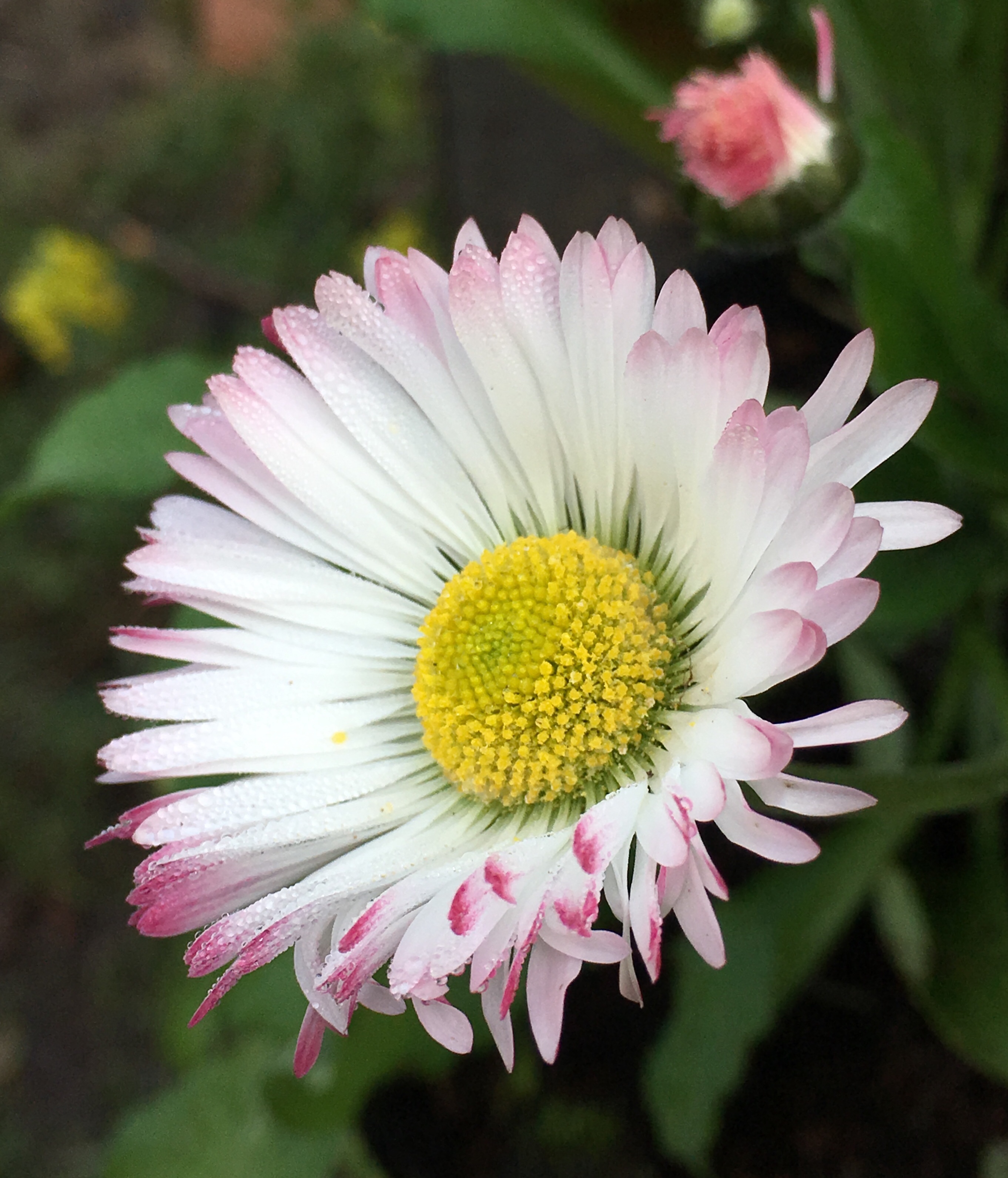

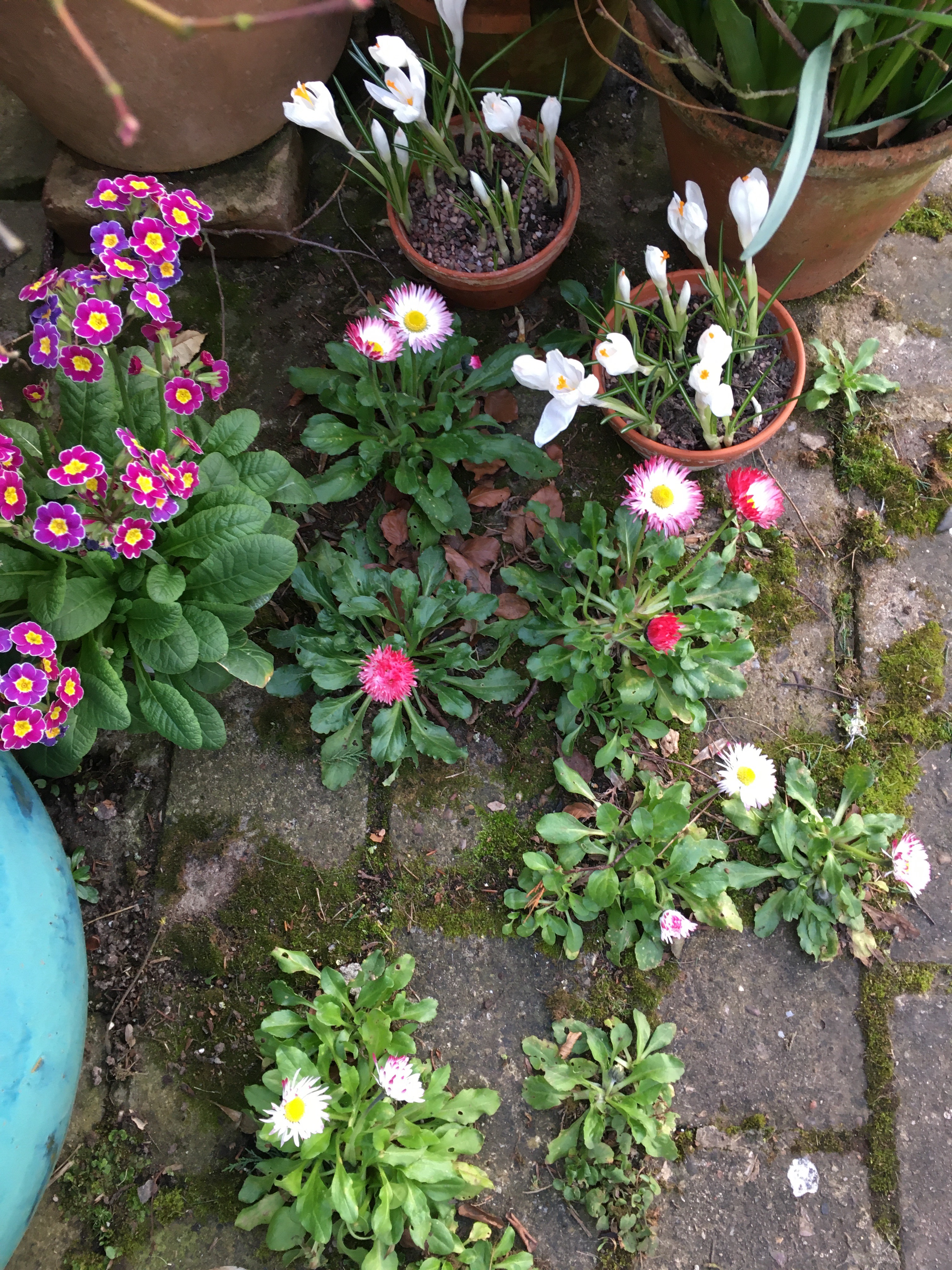

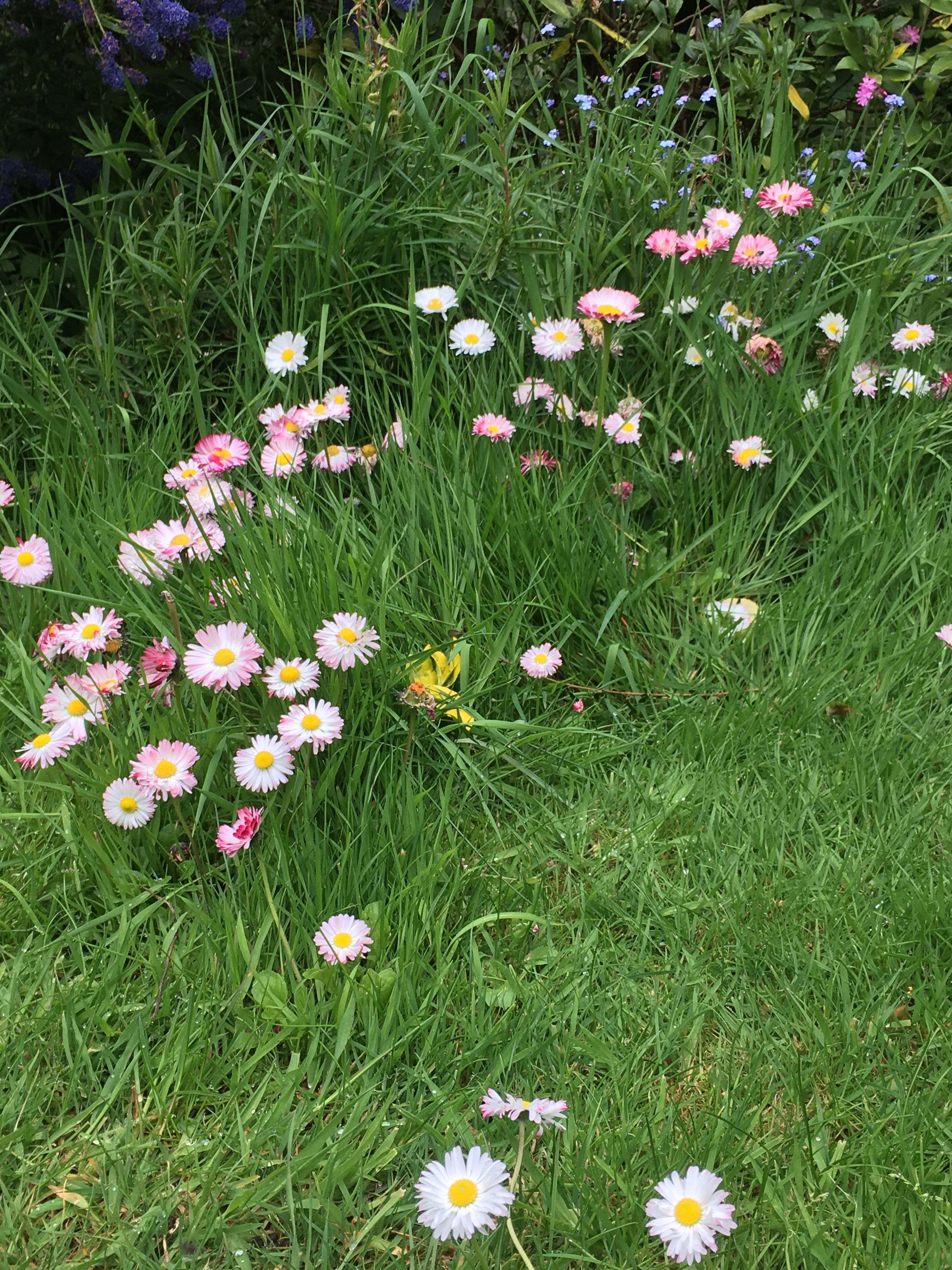












































































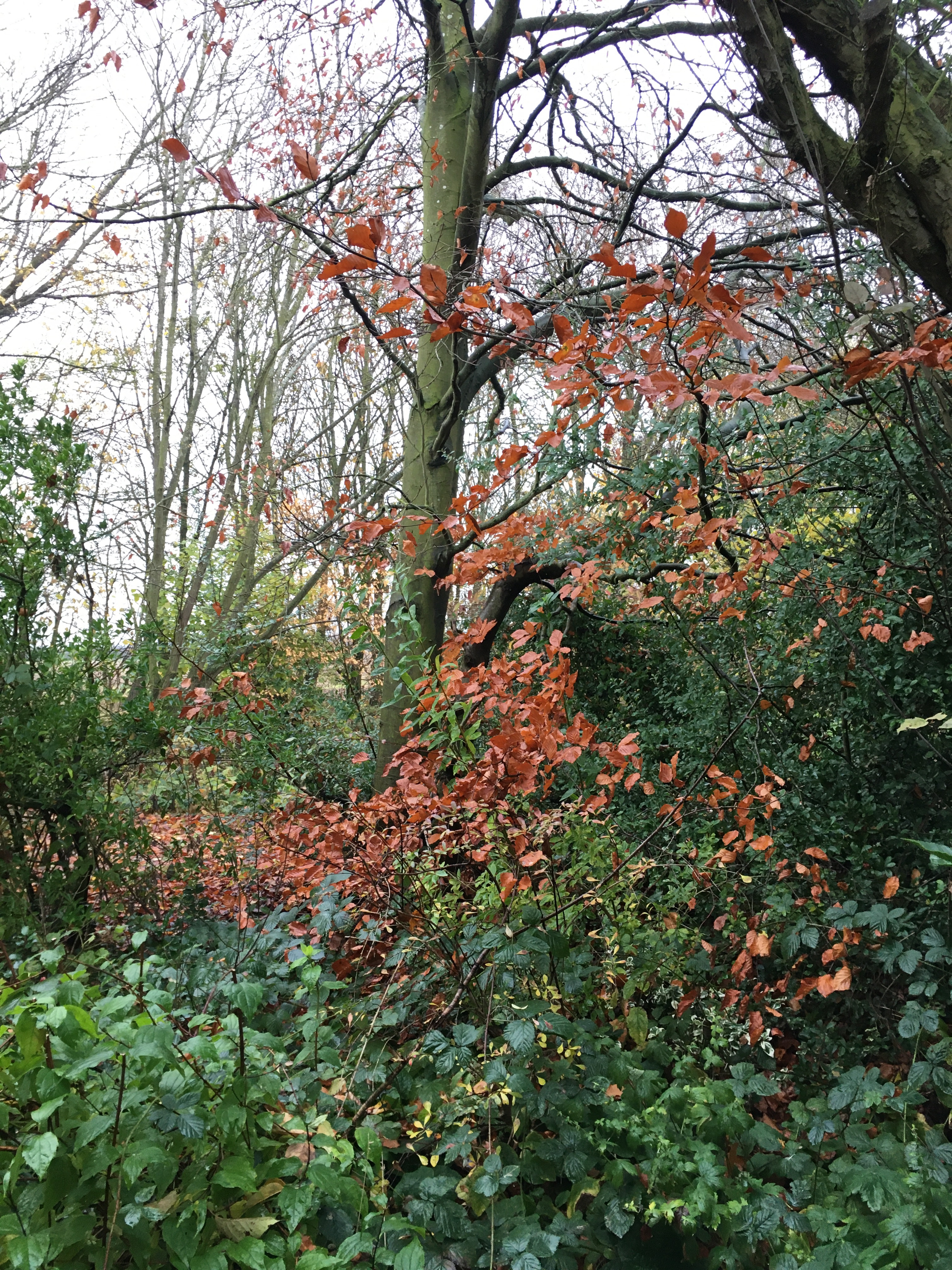







































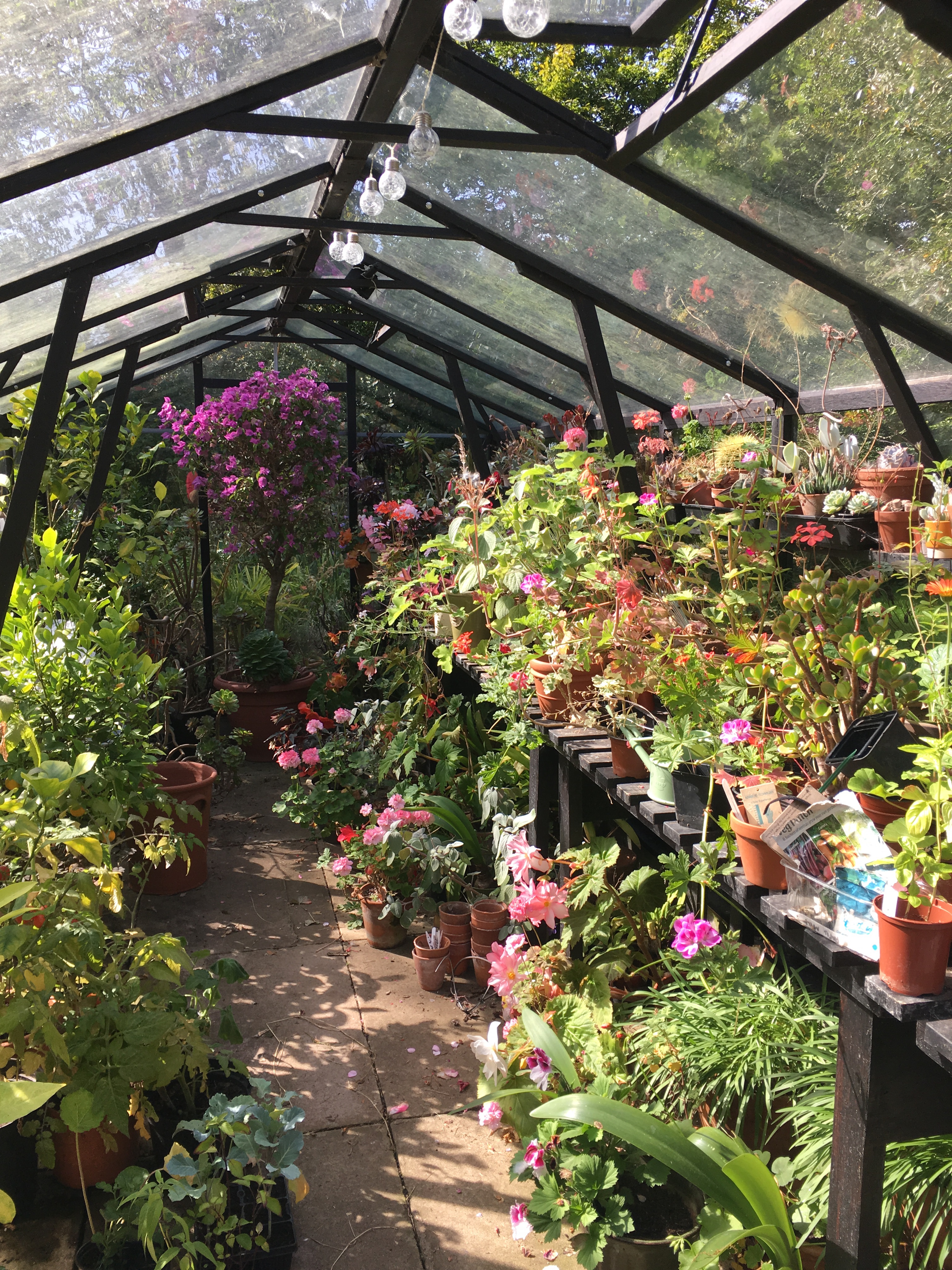

















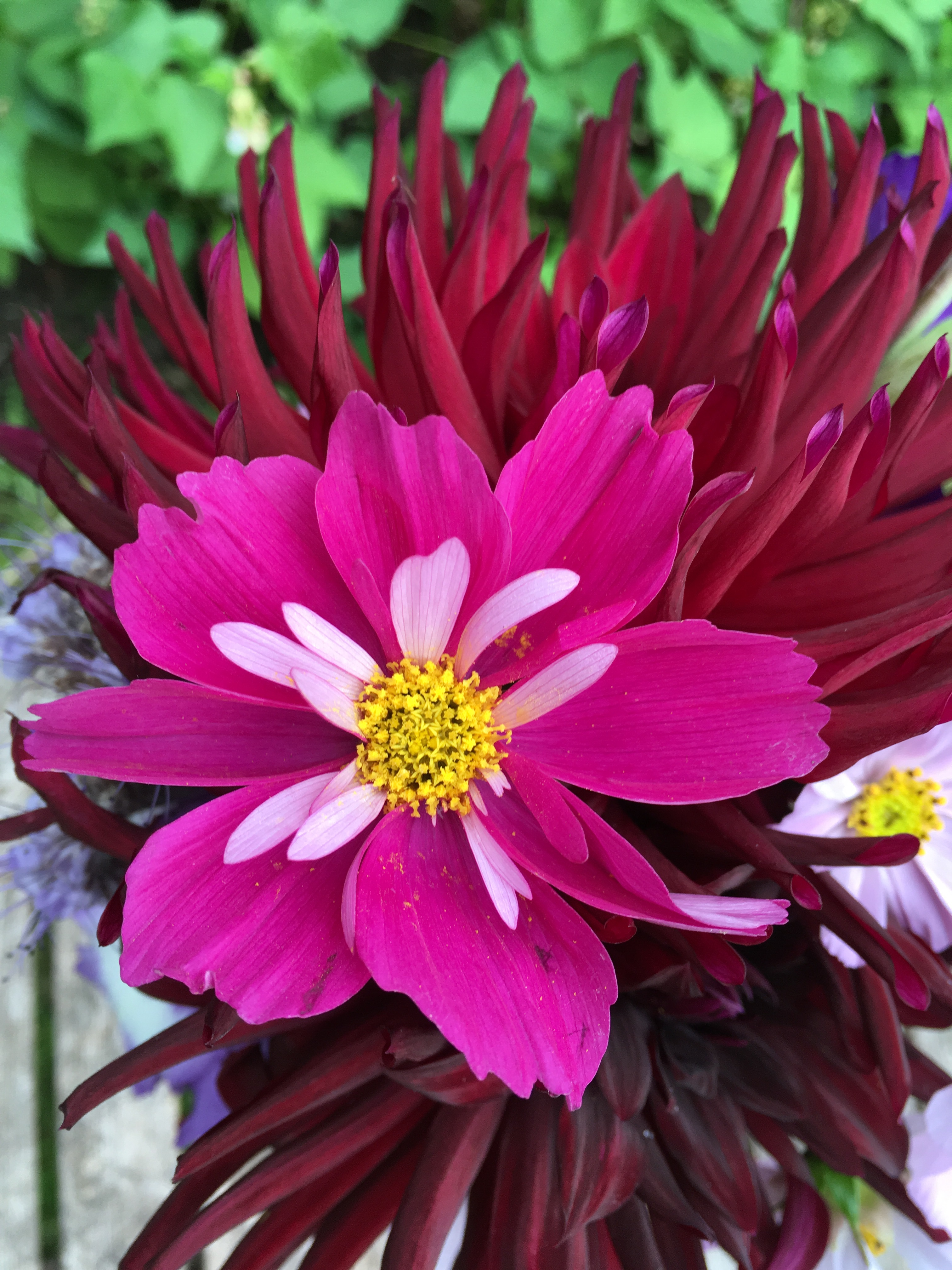

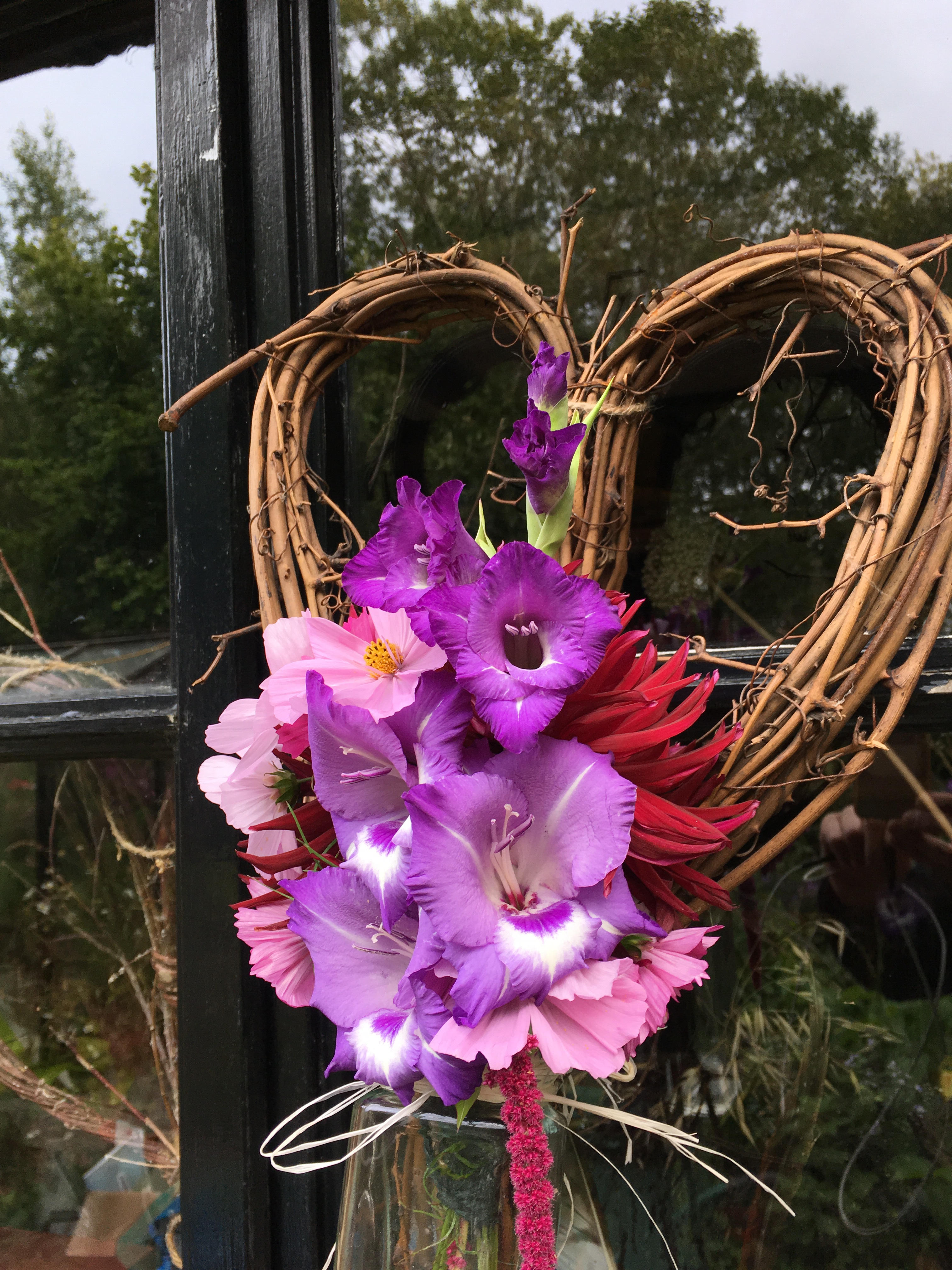







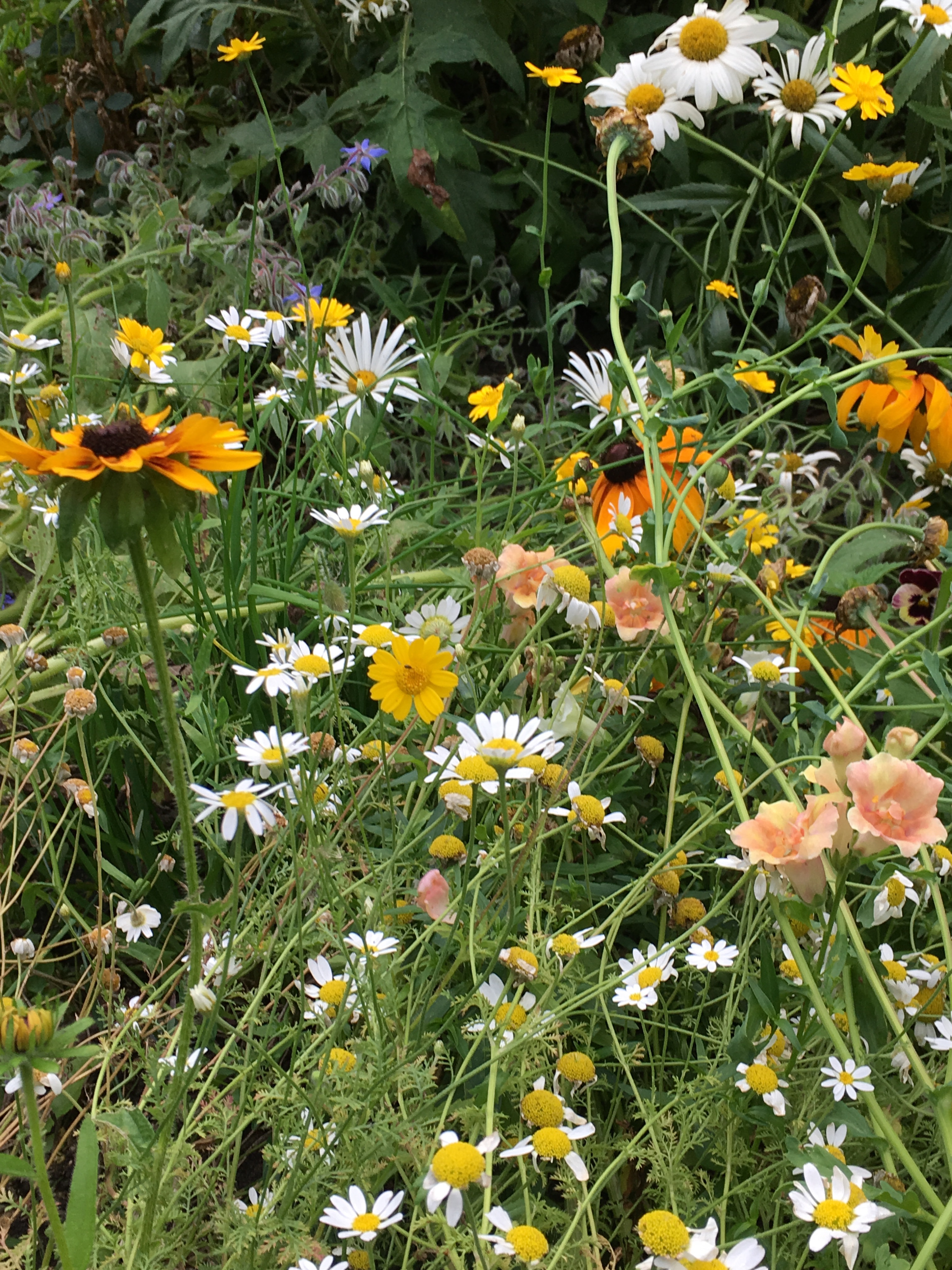




























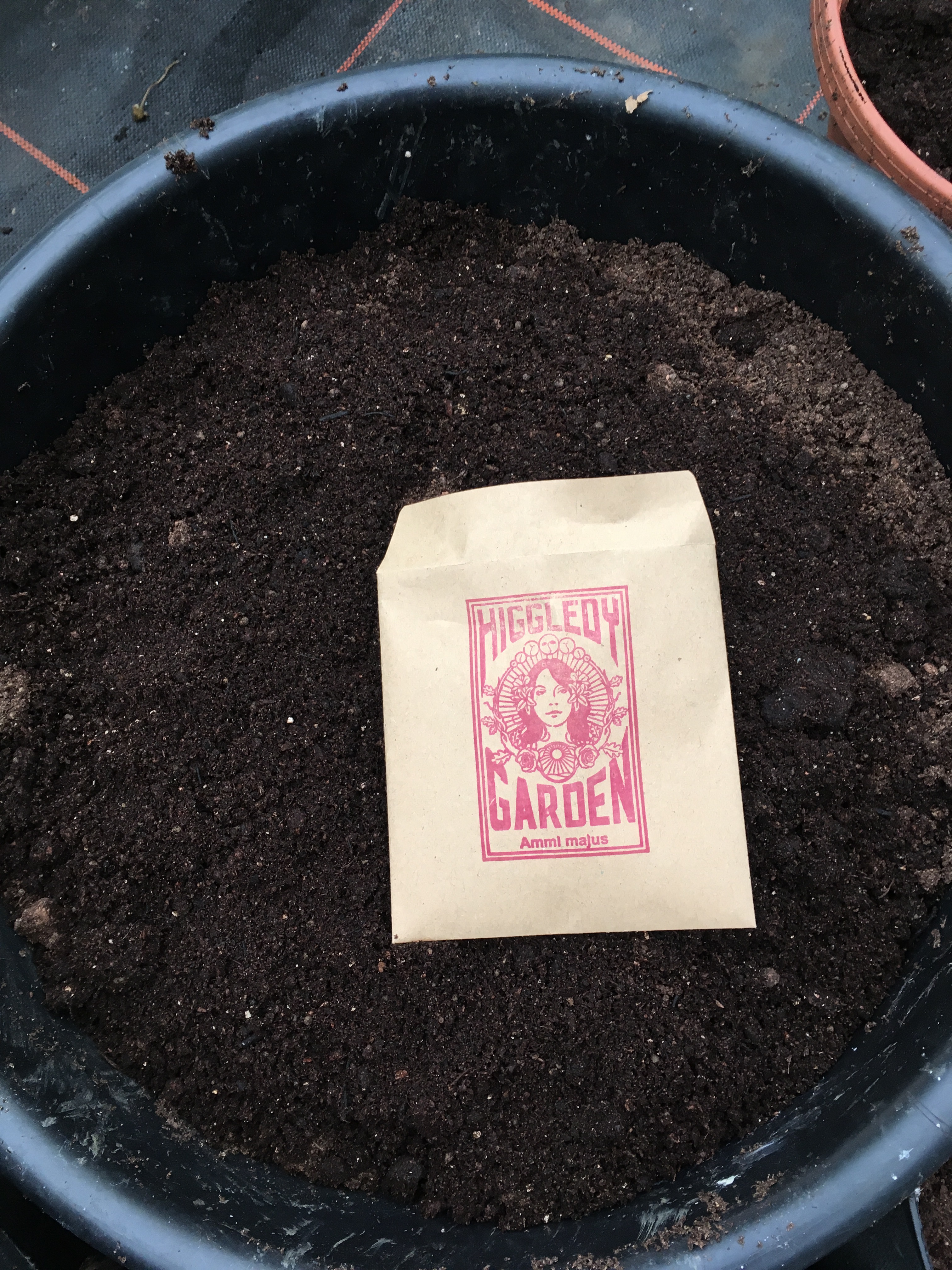



































 Here’s a view of the garden today. The hawthorn hedge looks like seafoam in the wind. Looks like there will be more rain, judging by the colour of that sky.
Here’s a view of the garden today. The hawthorn hedge looks like seafoam in the wind. Looks like there will be more rain, judging by the colour of that sky.











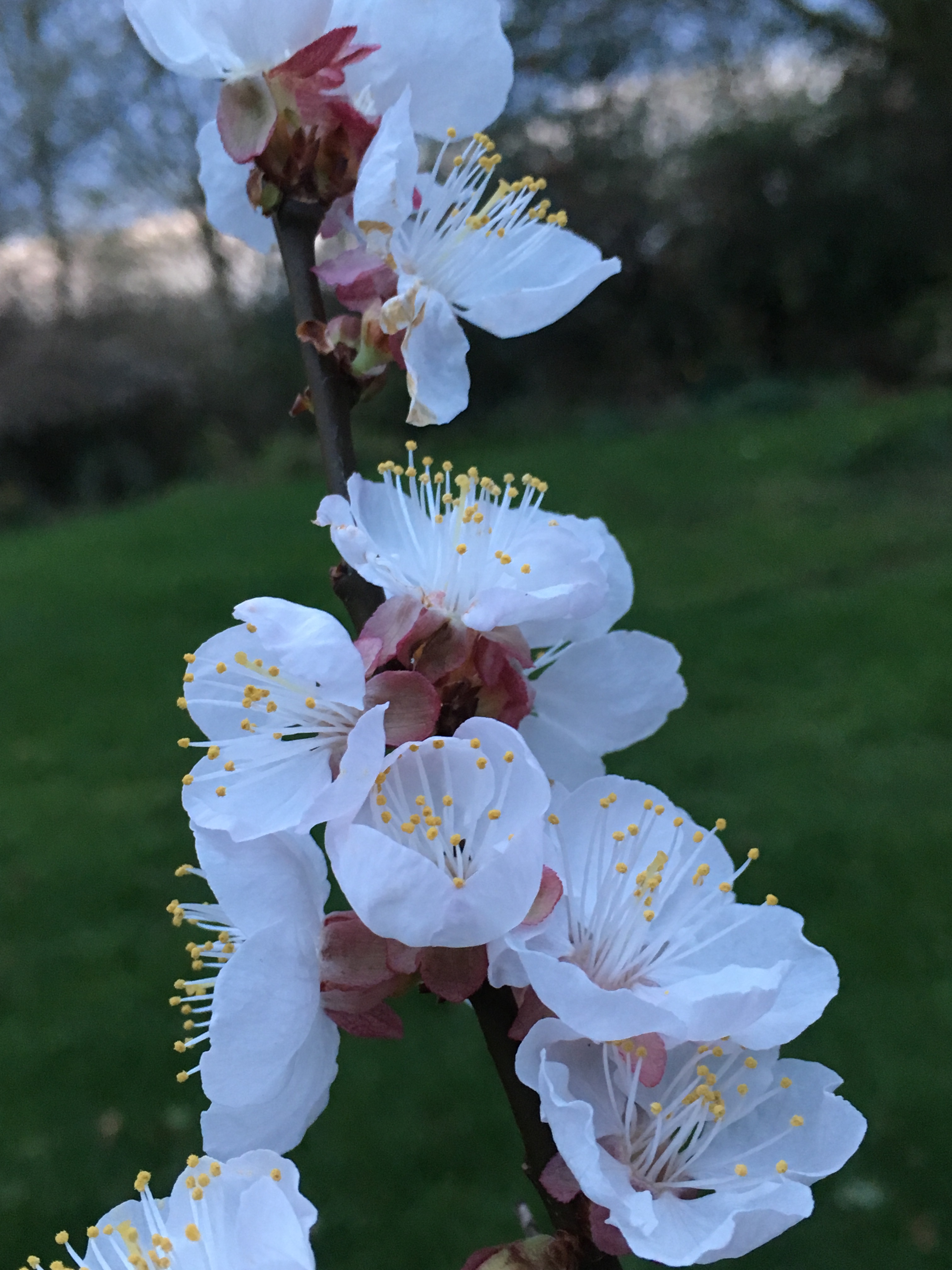
















































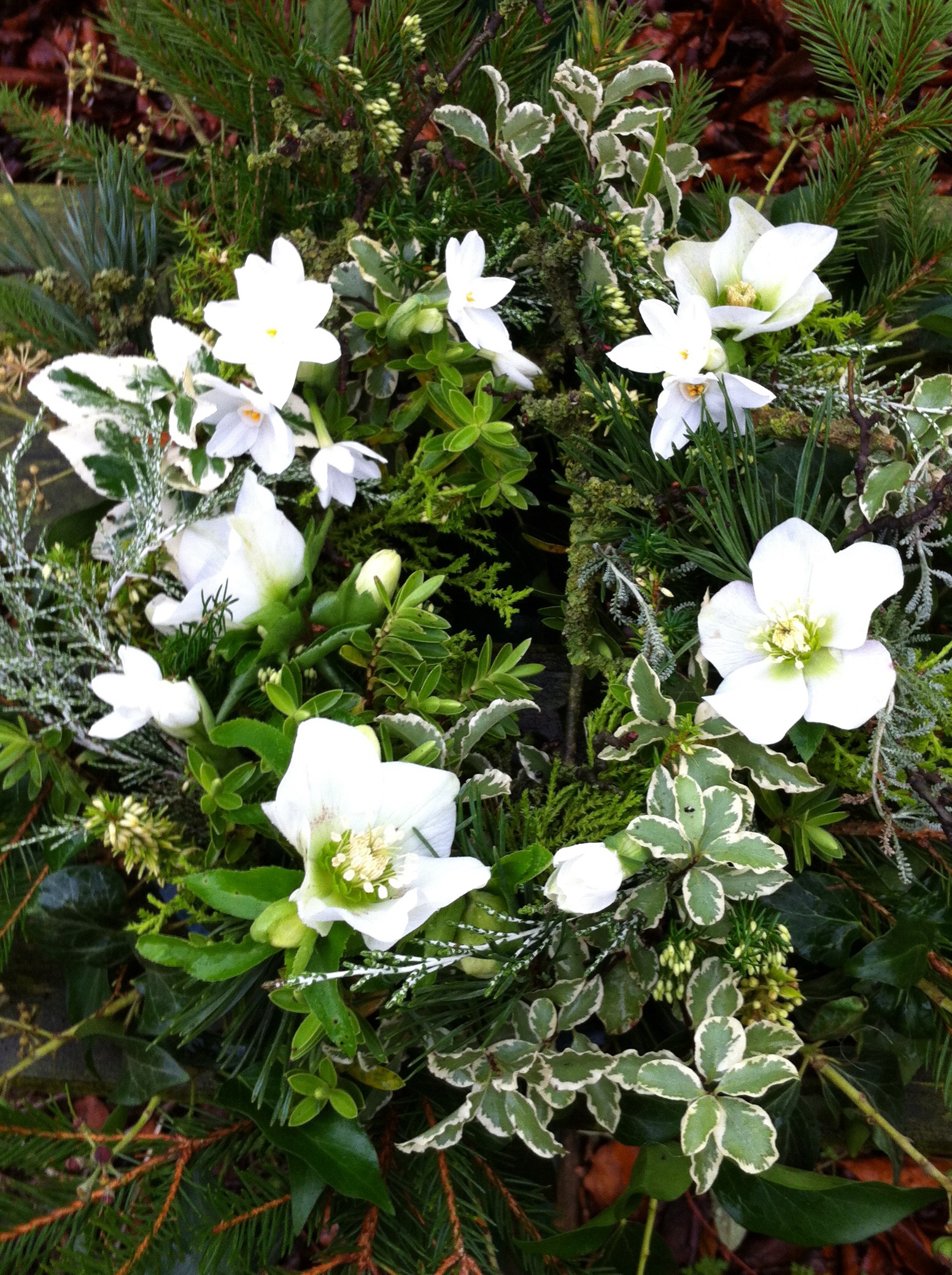



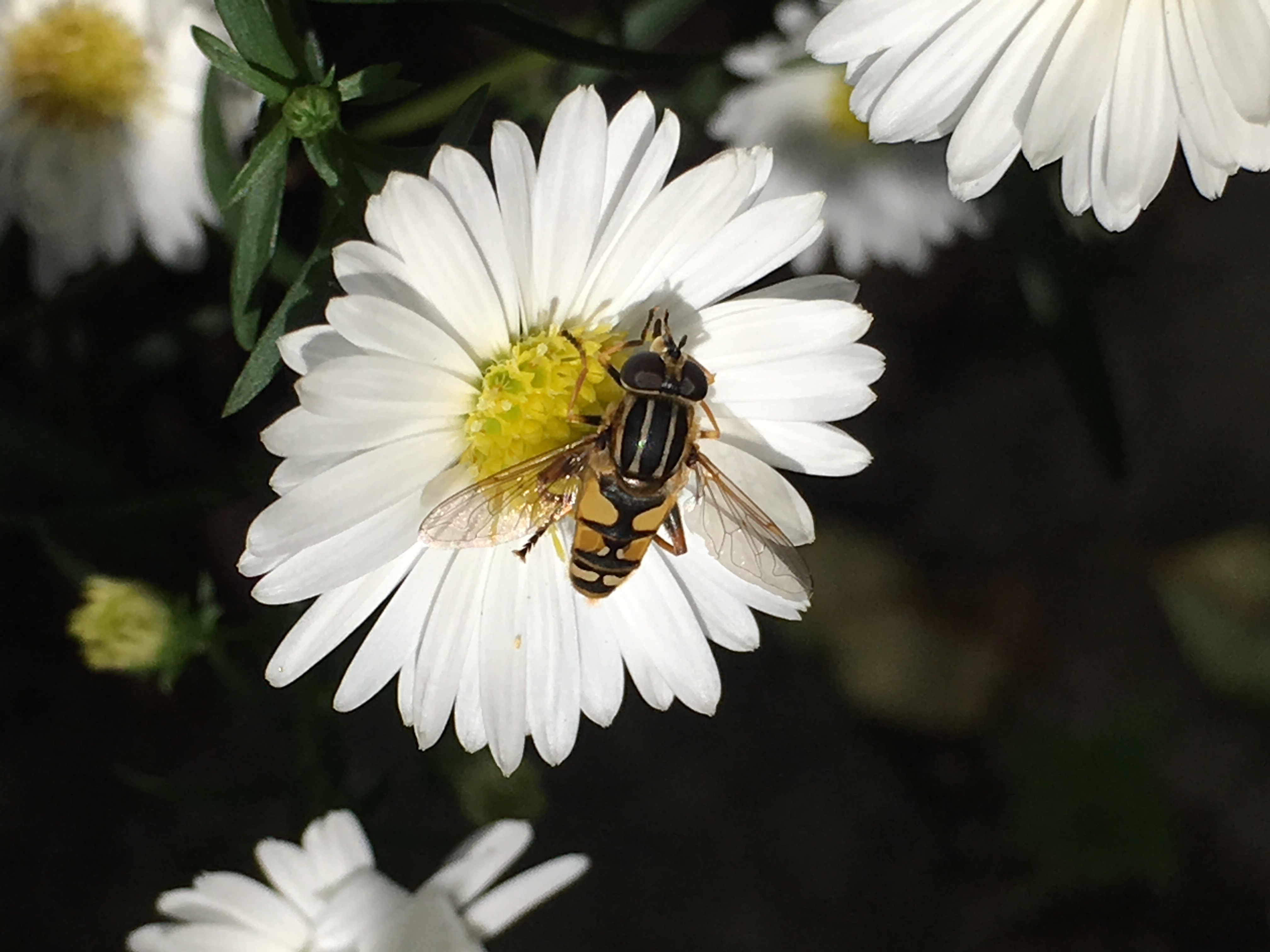

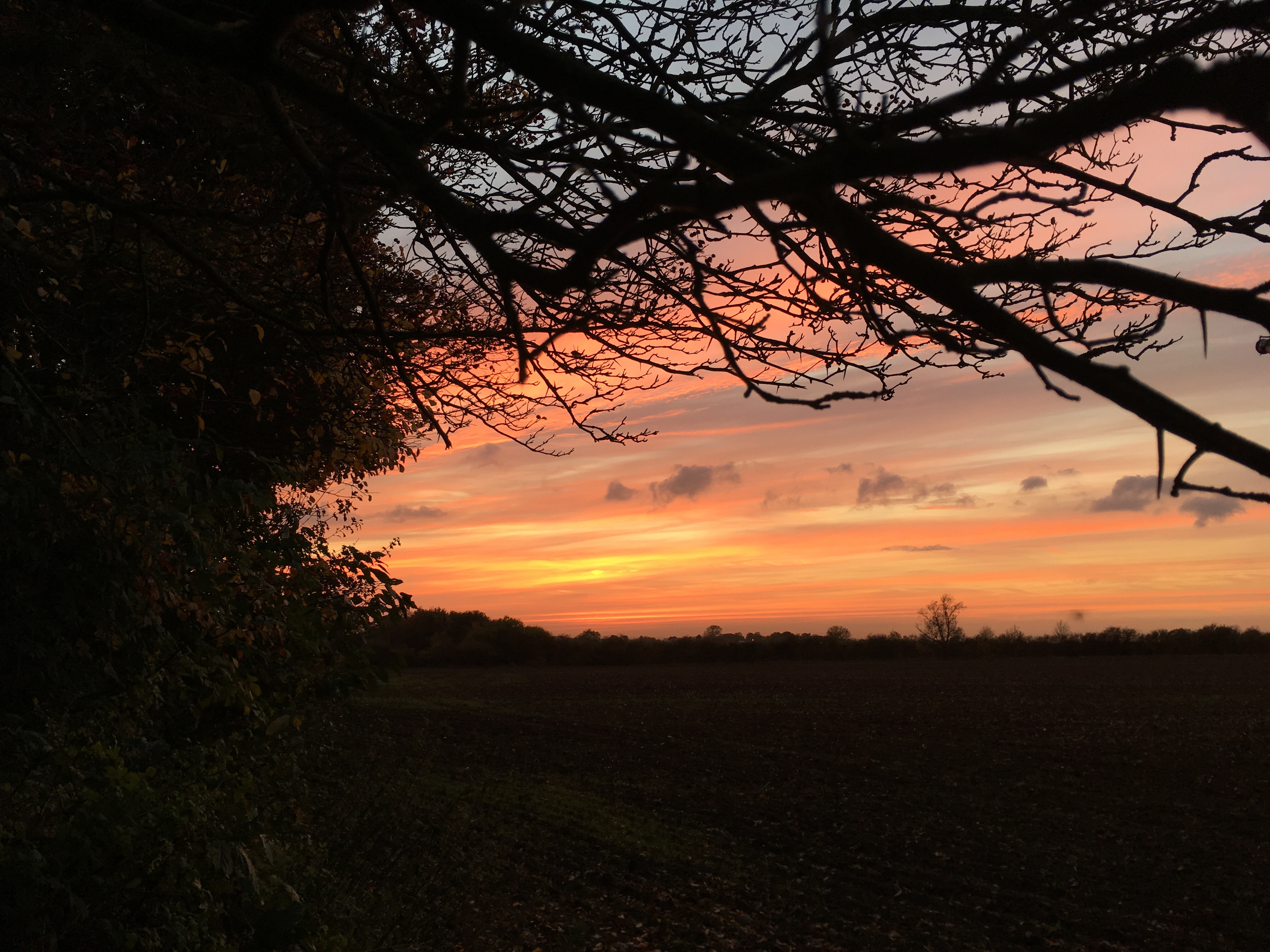
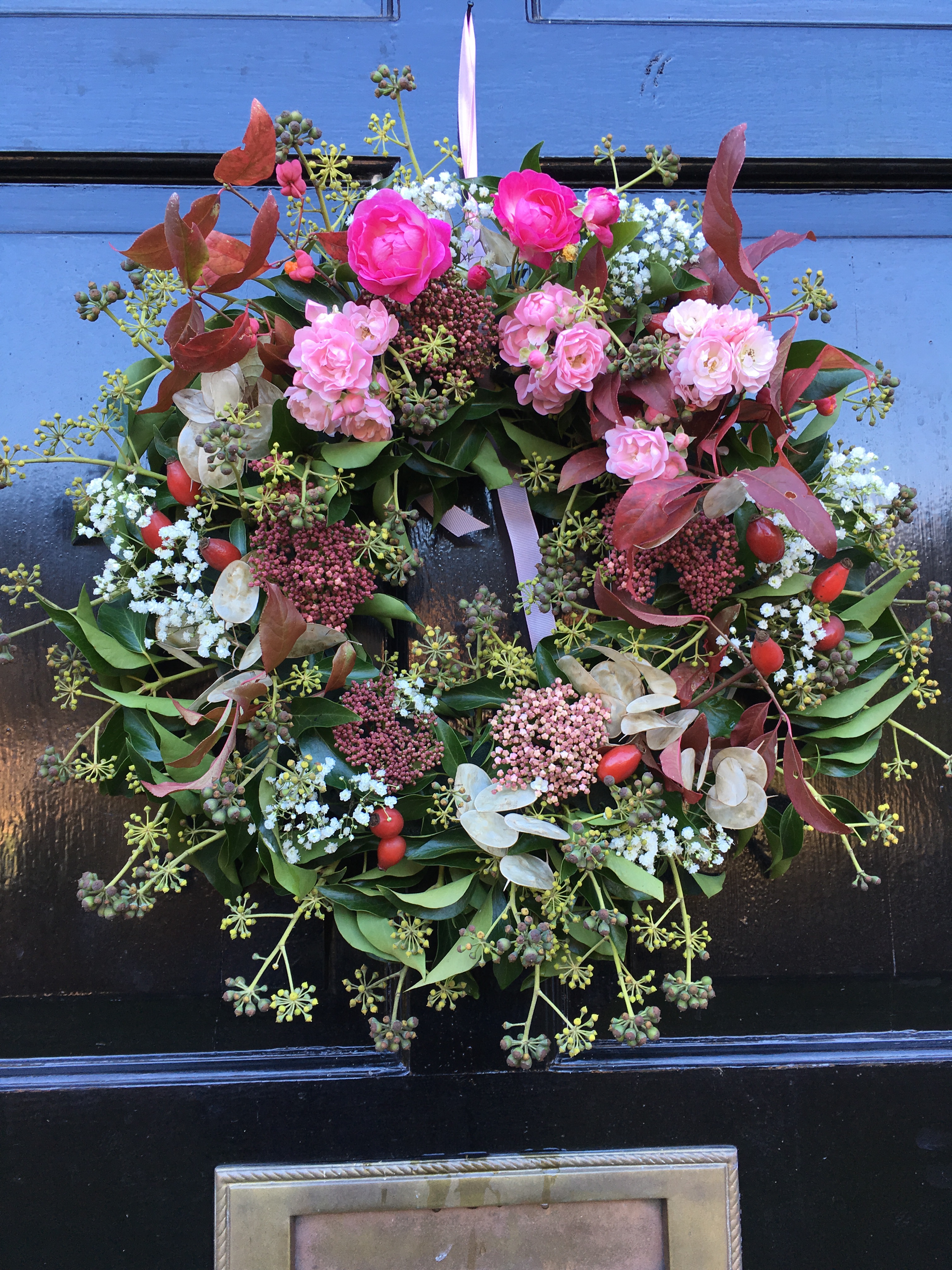
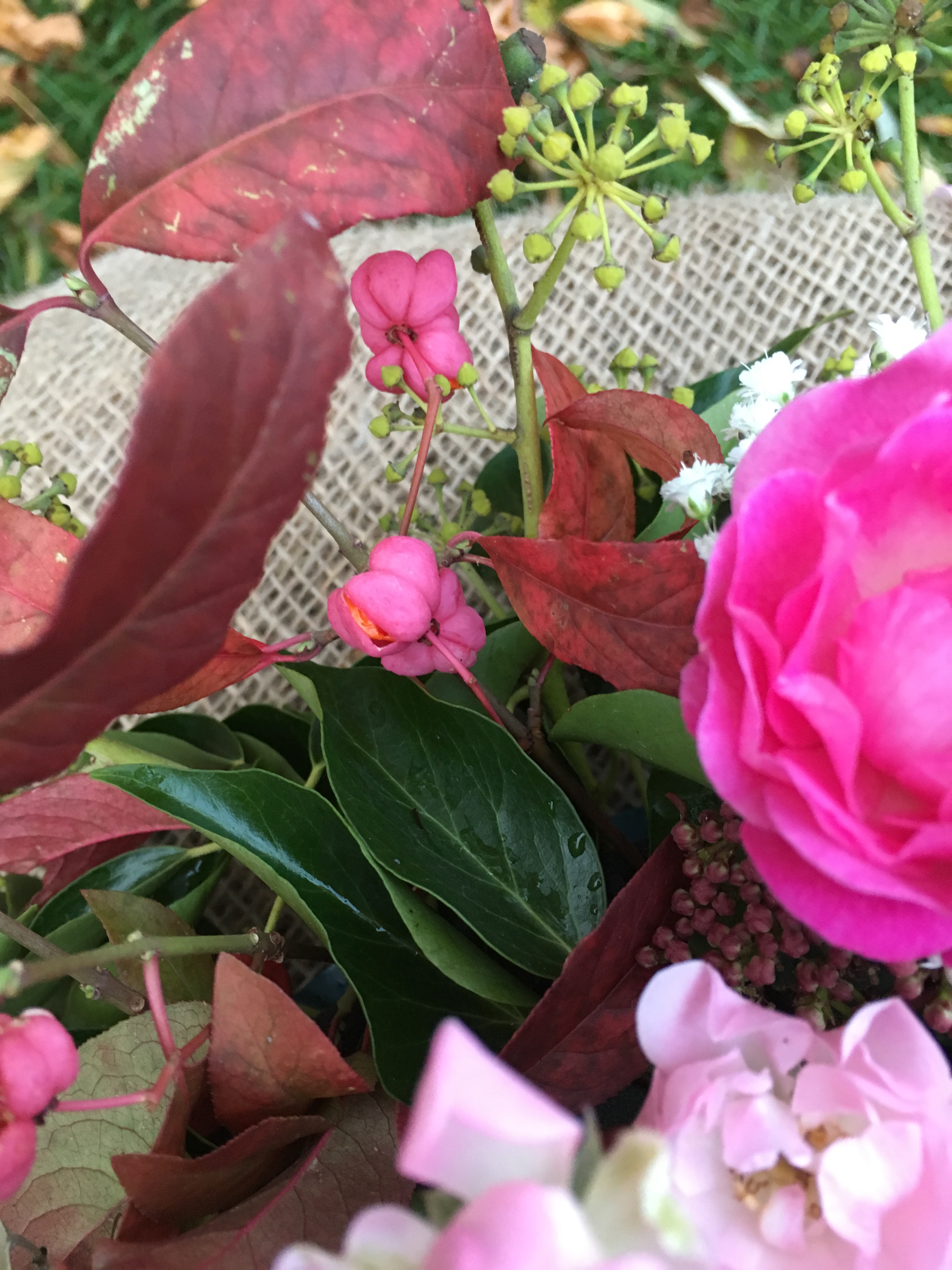
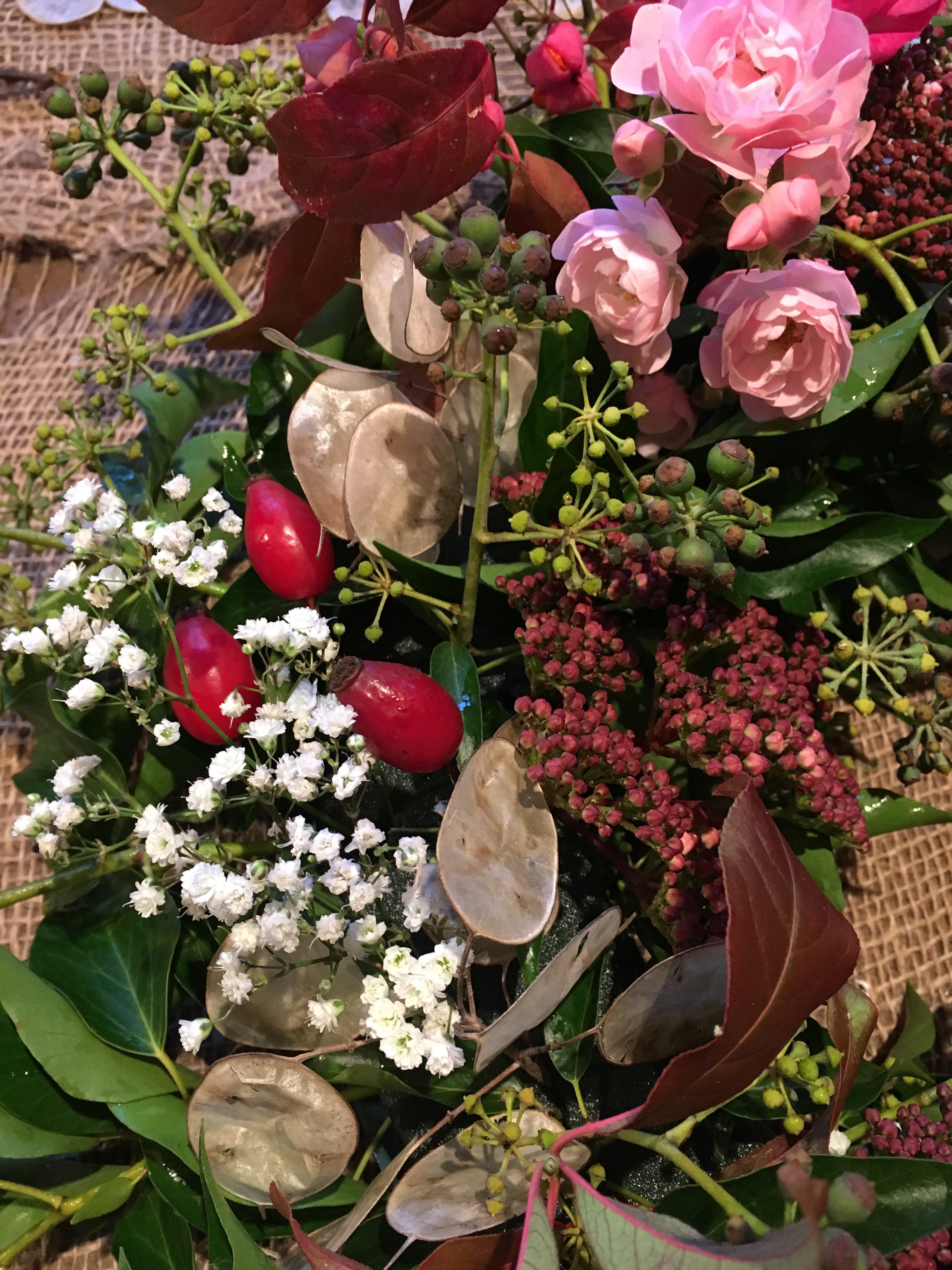
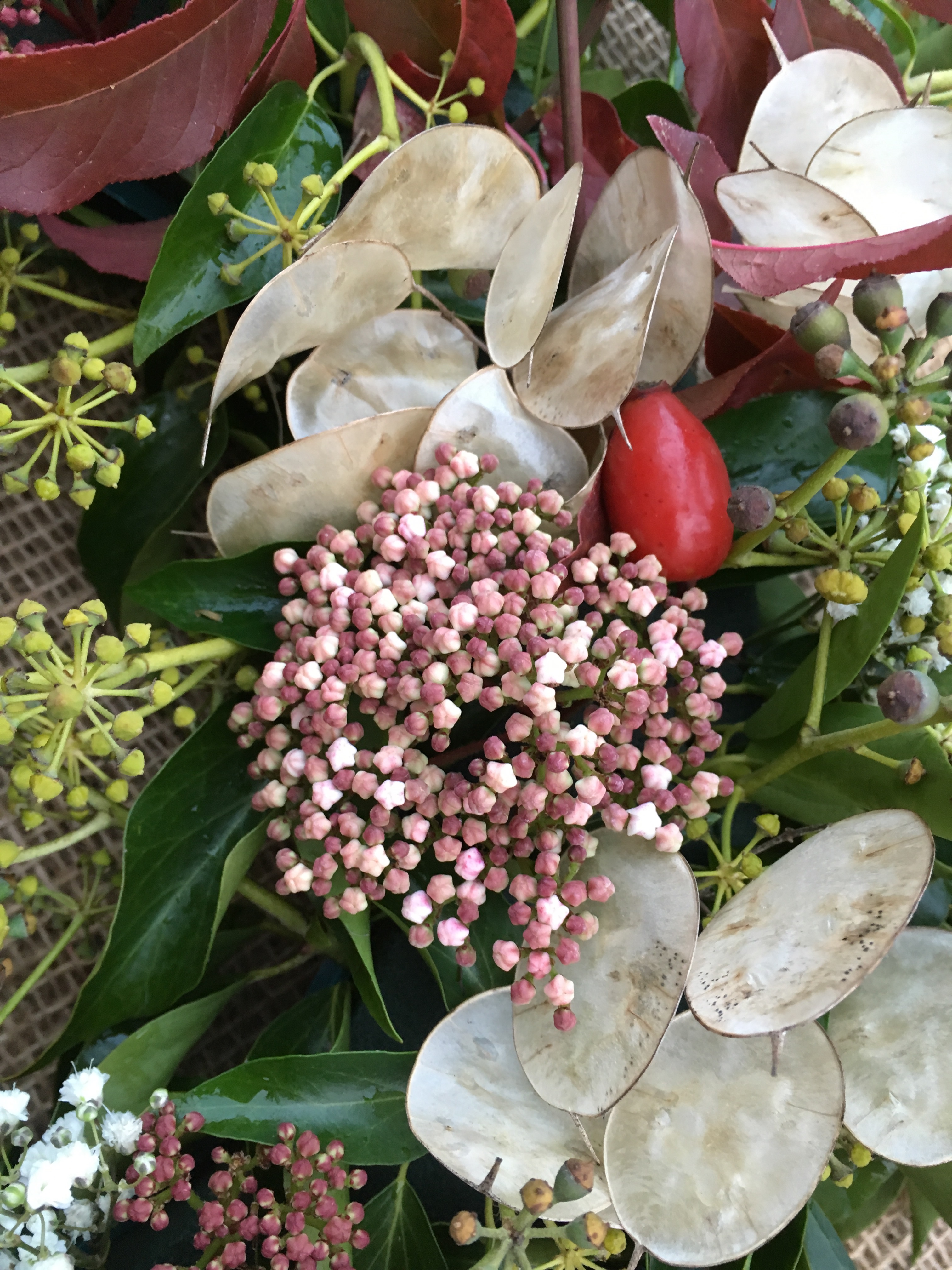
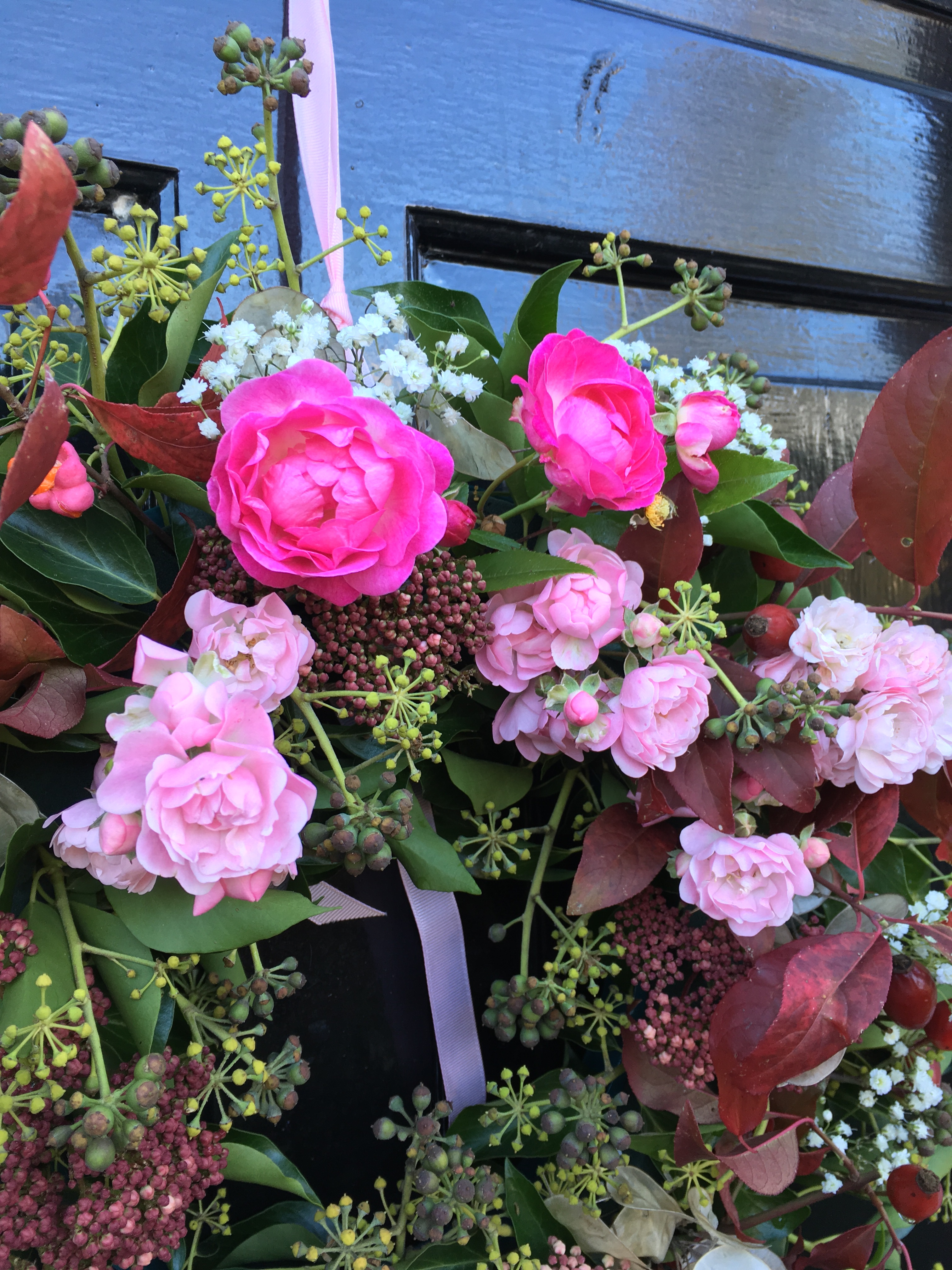
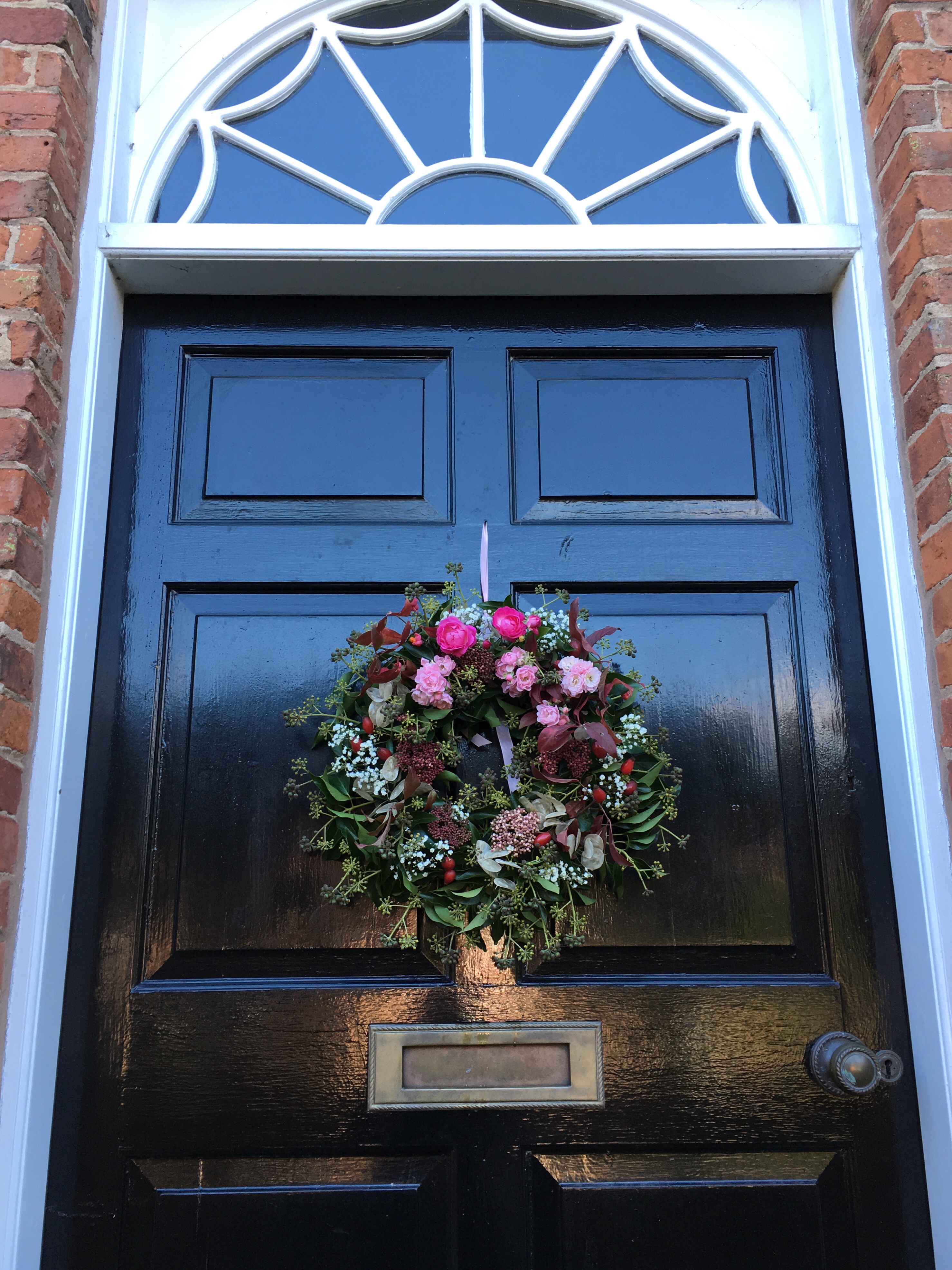







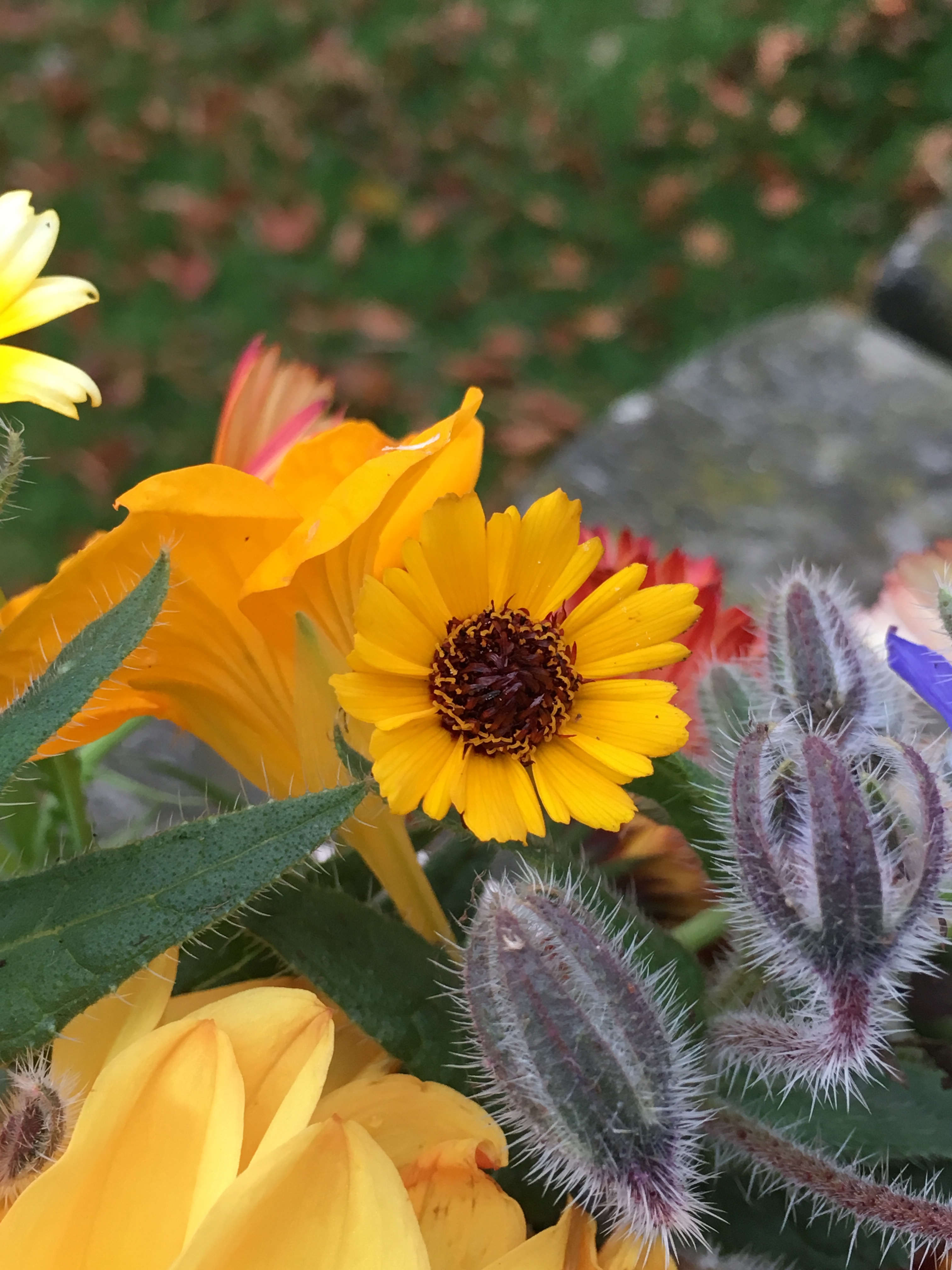


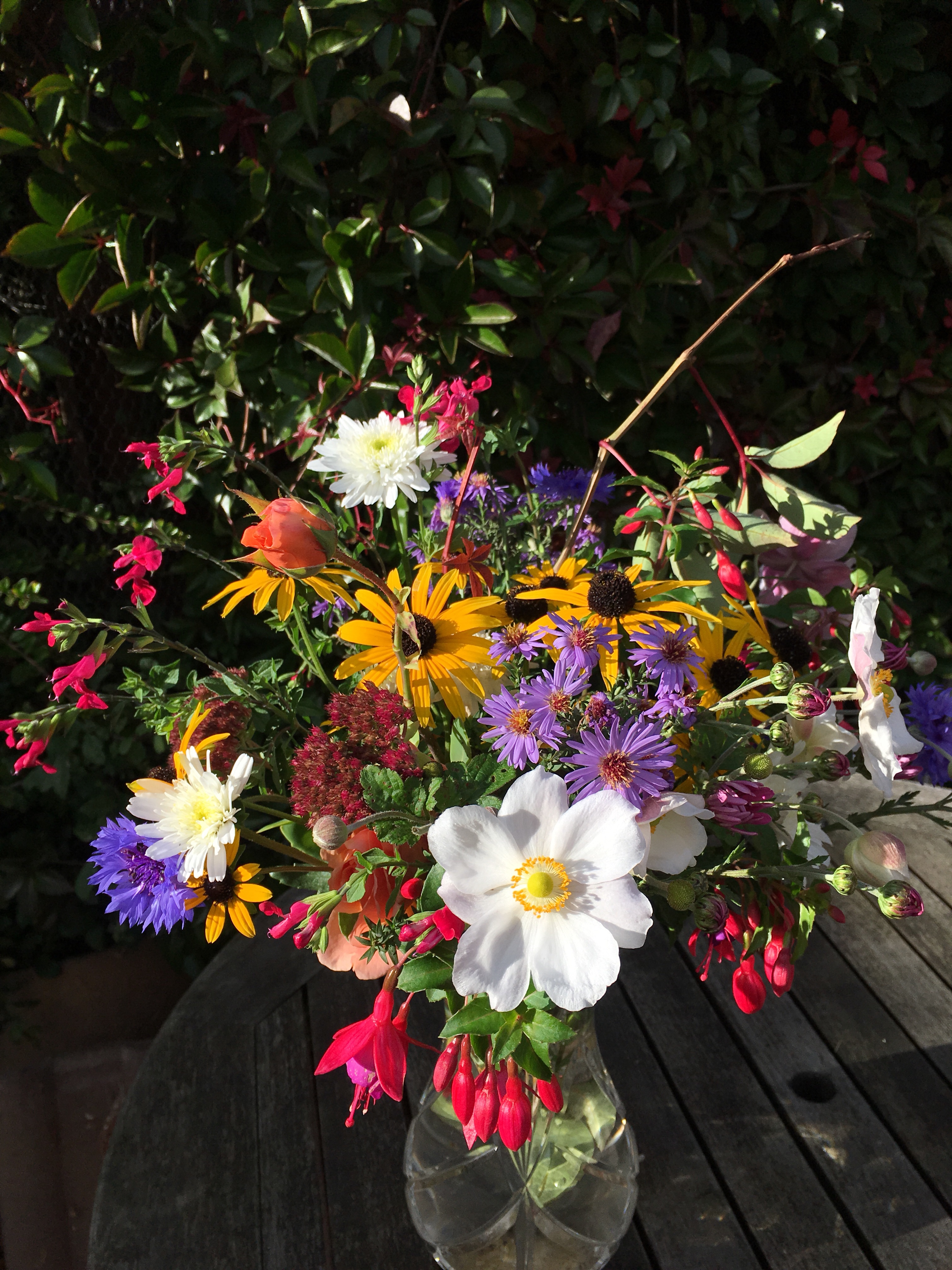

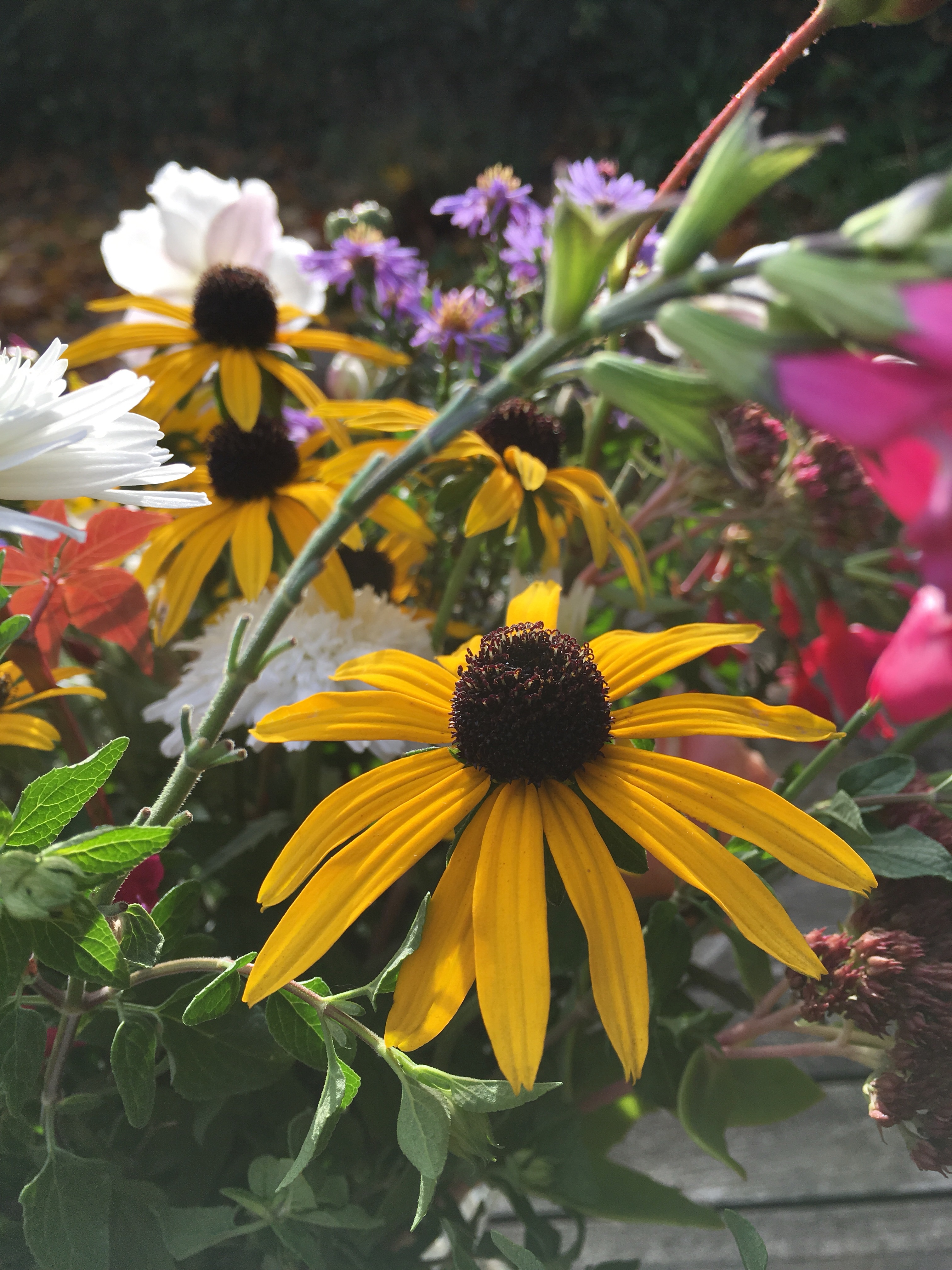
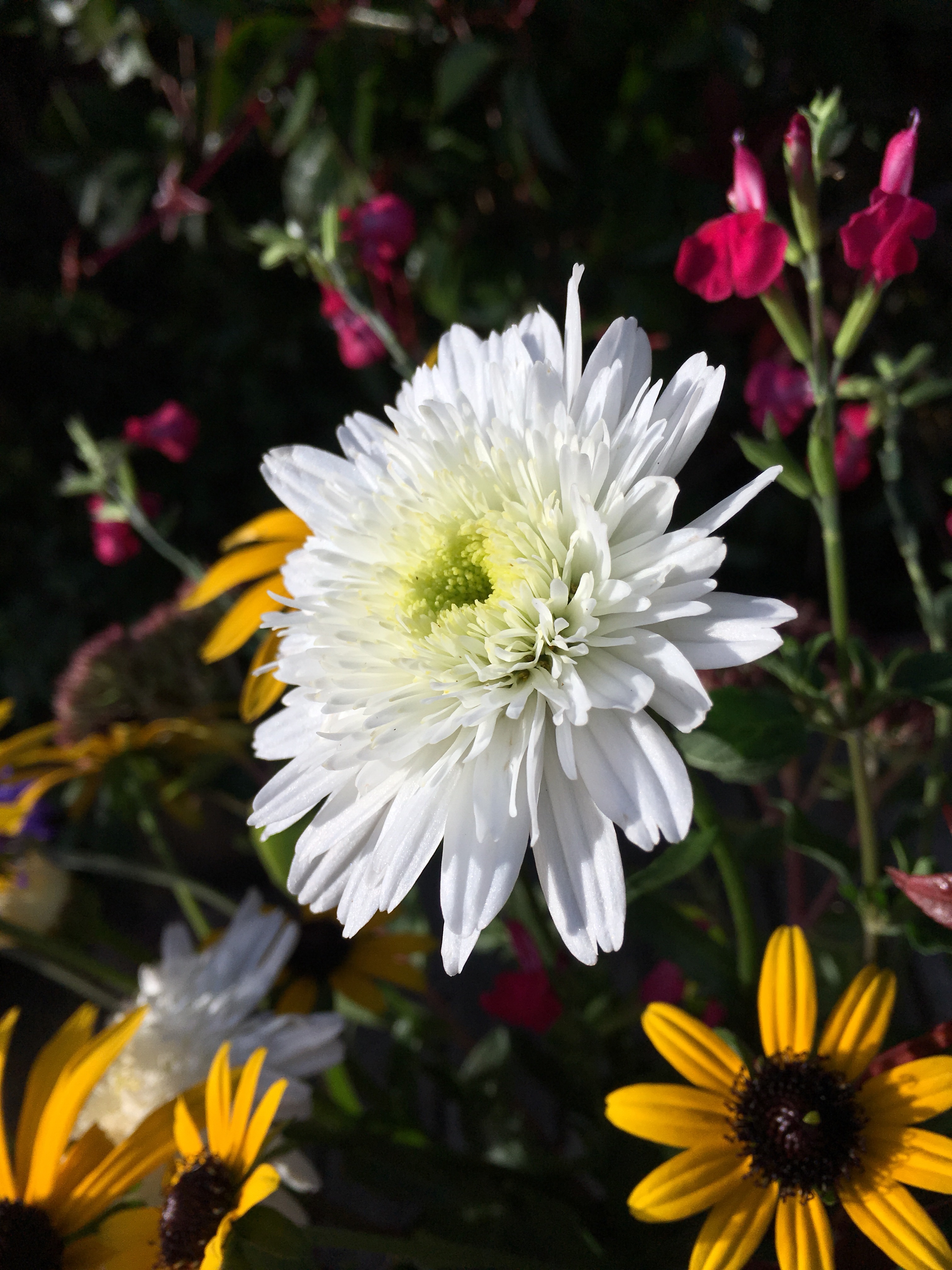
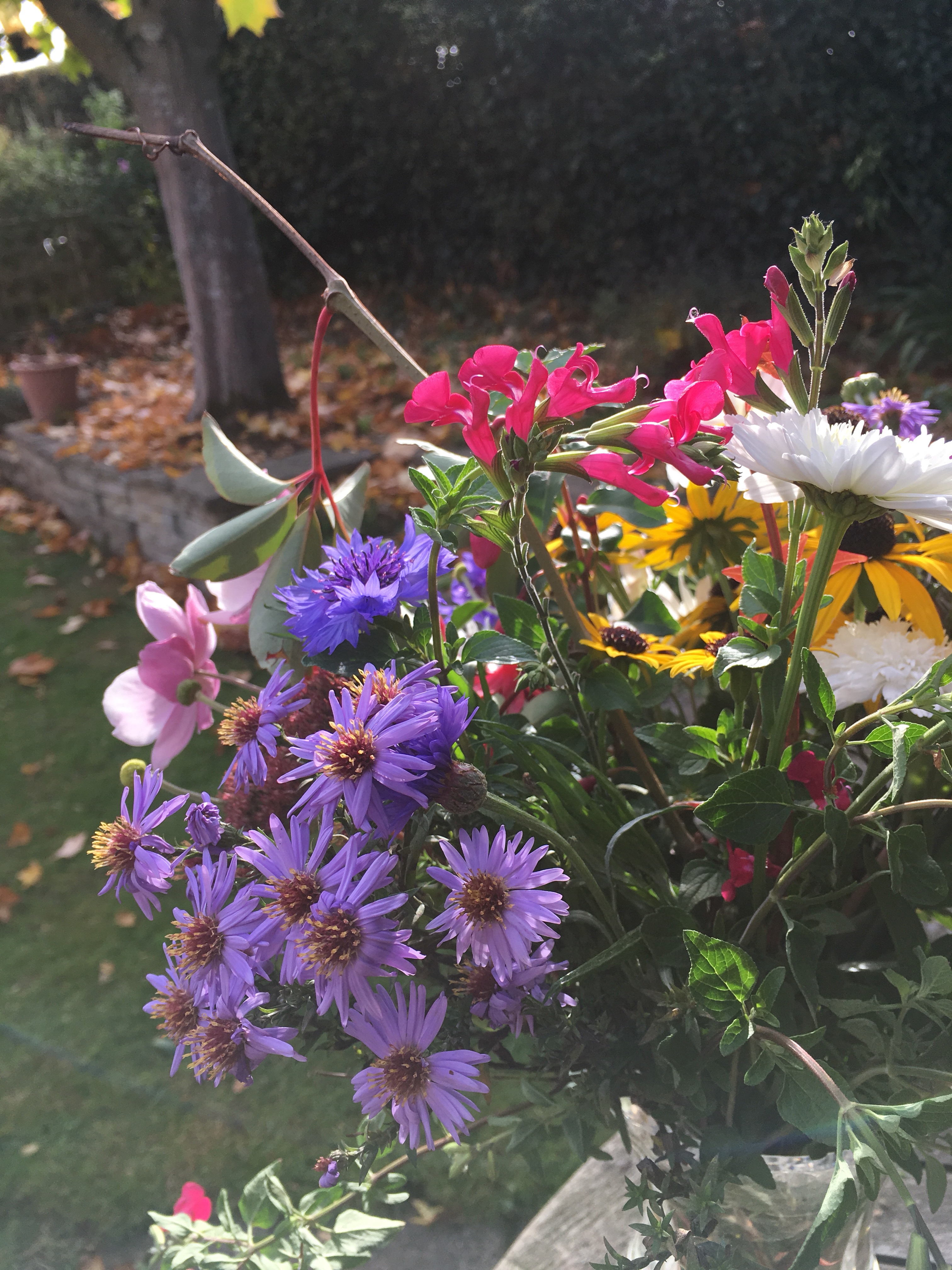
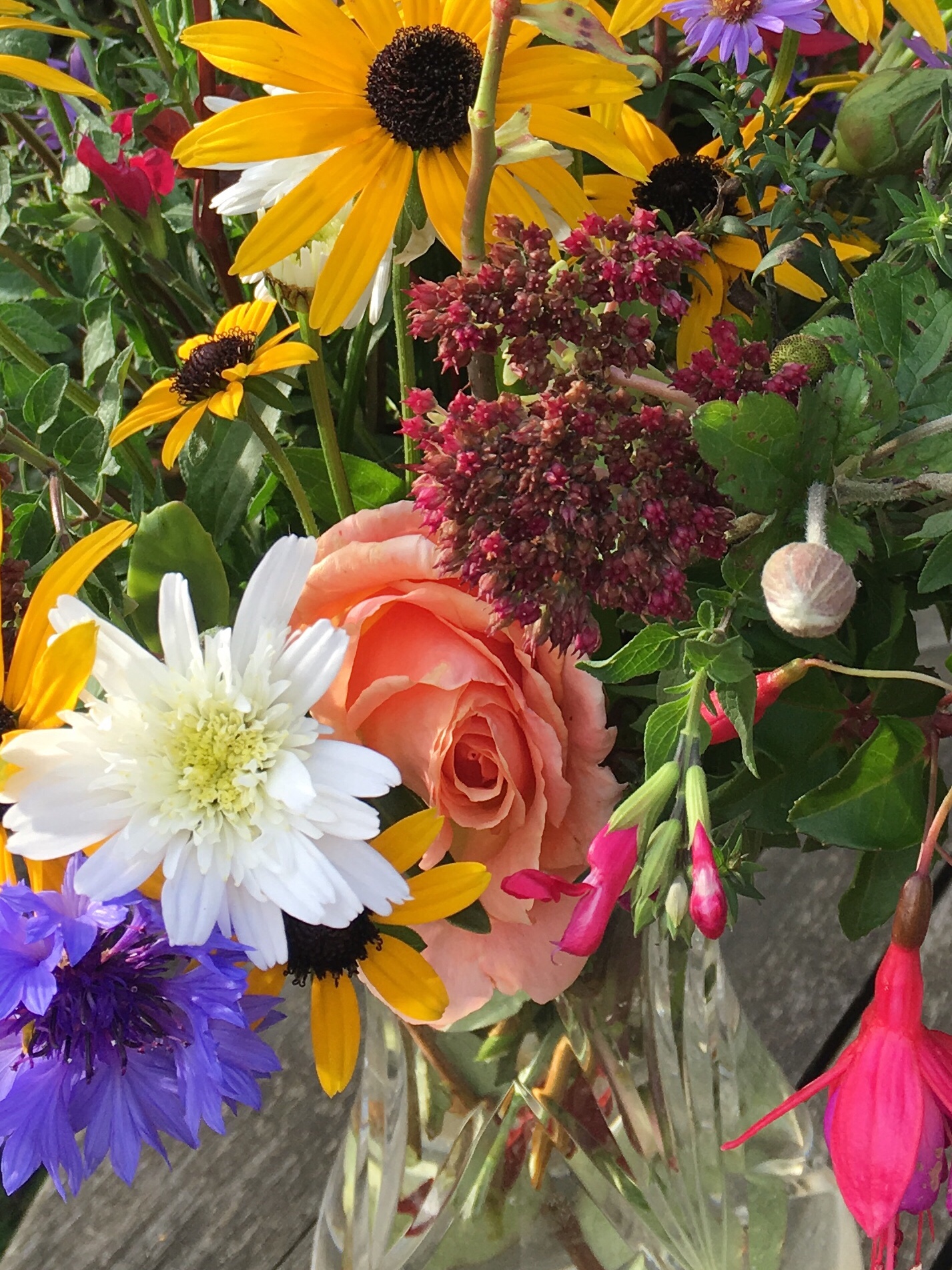
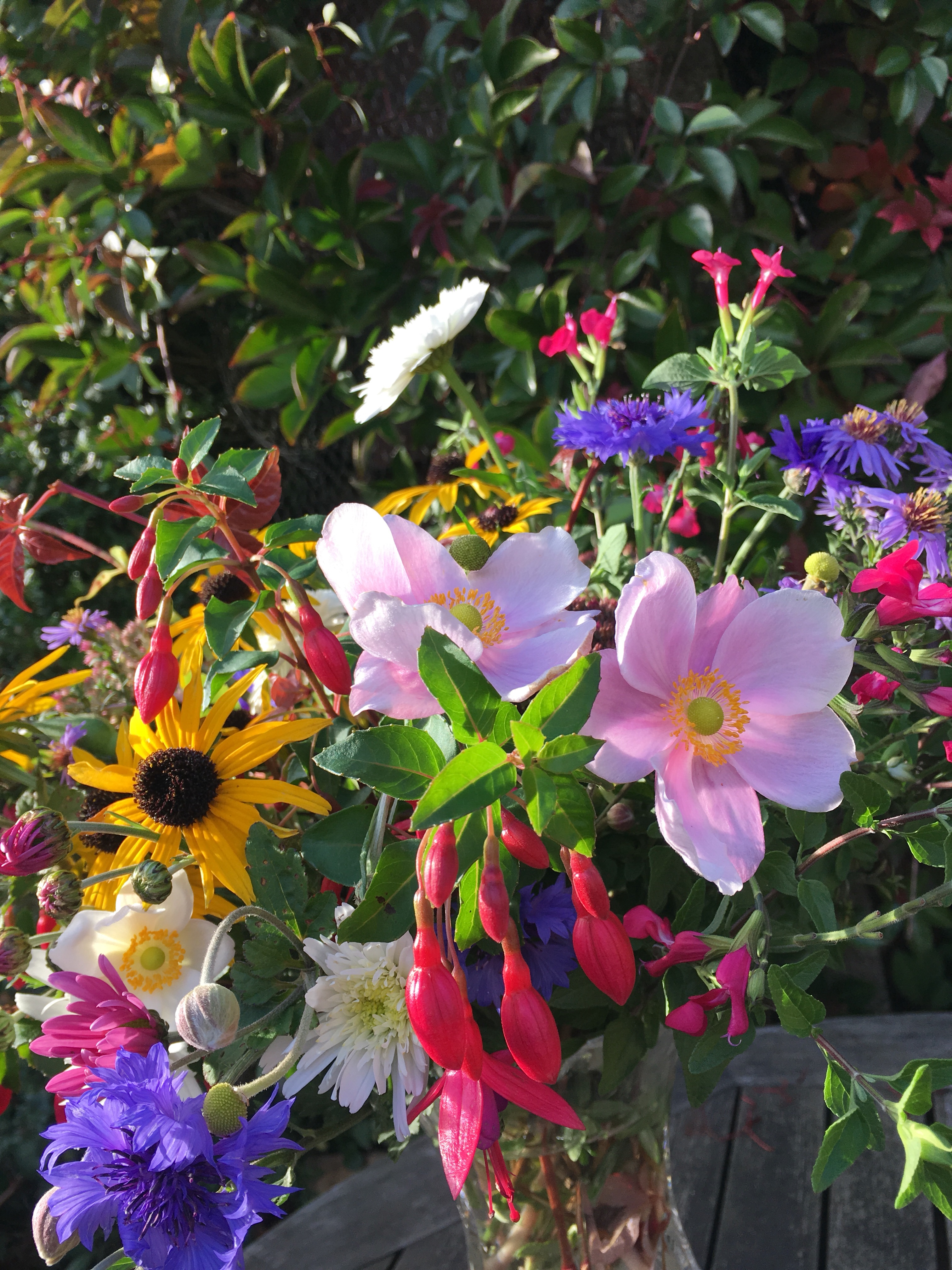
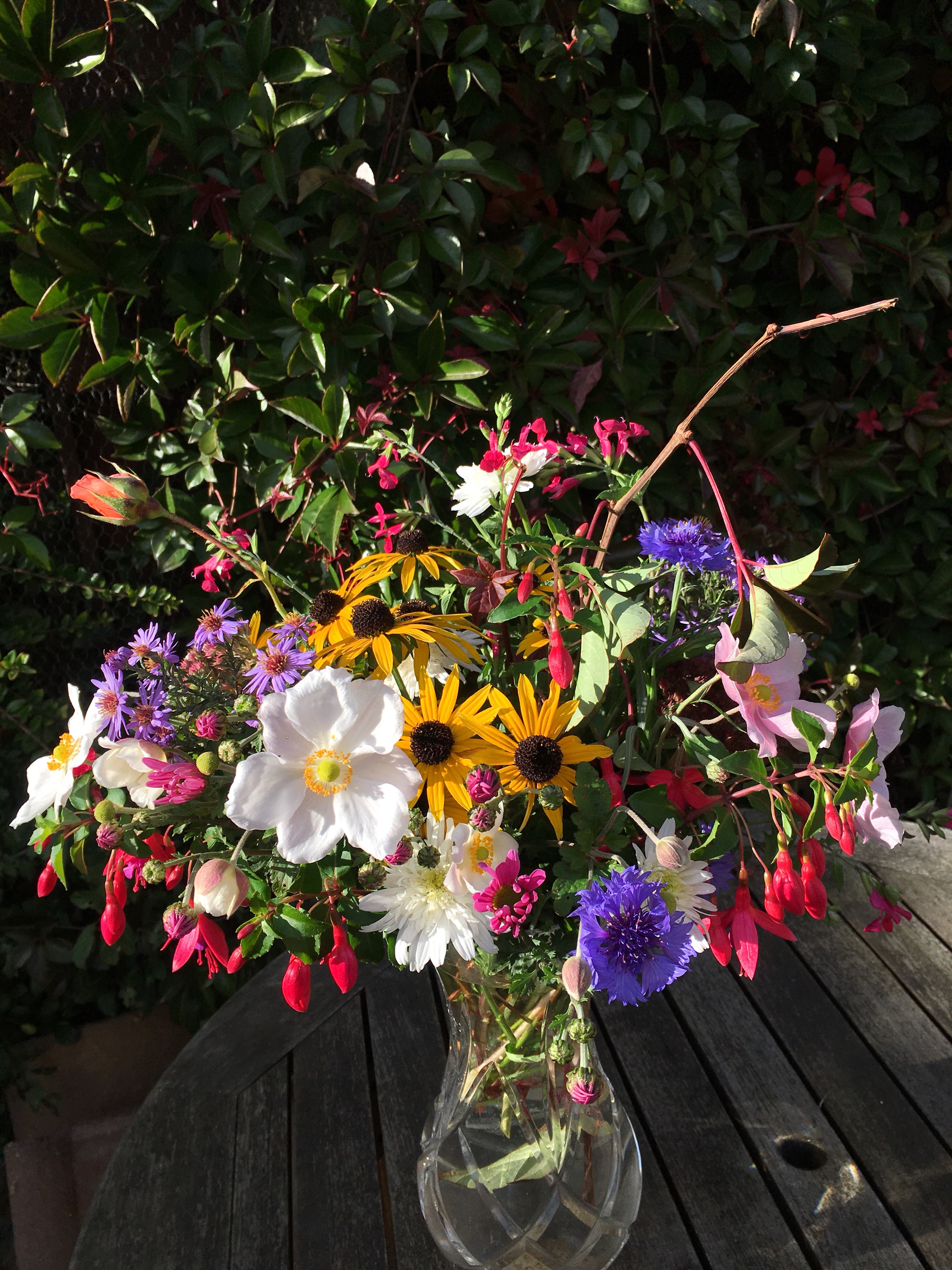


















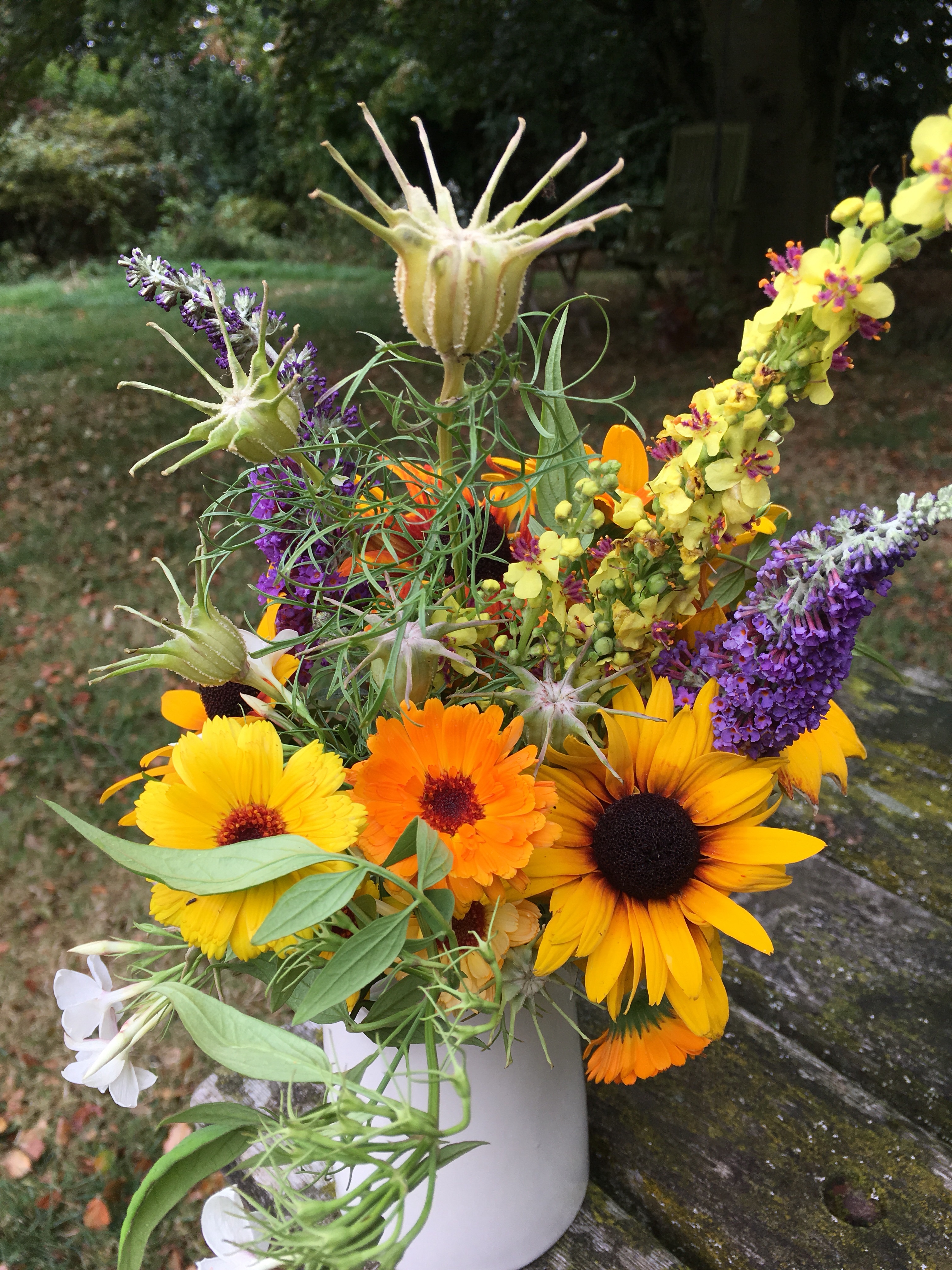


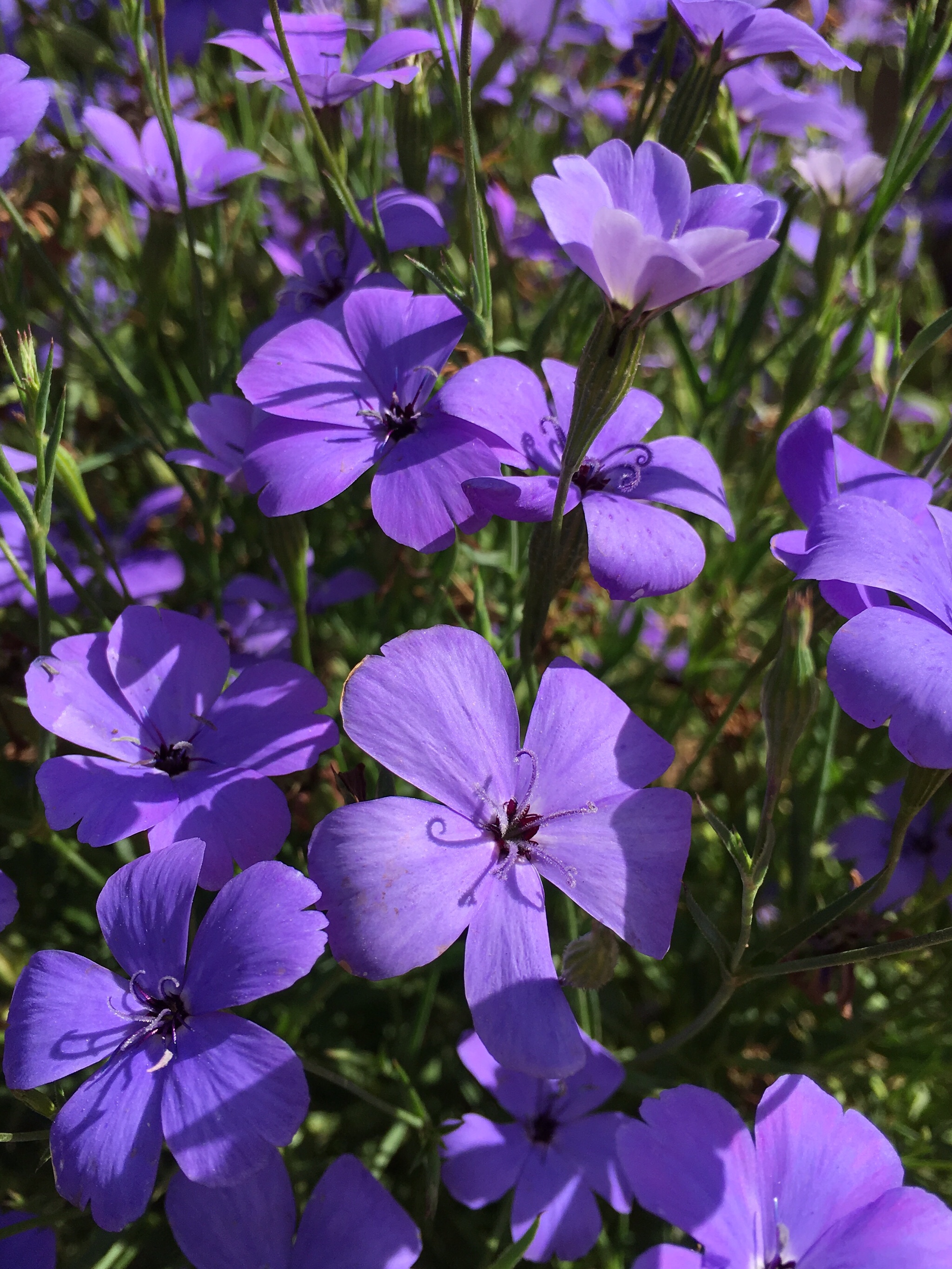





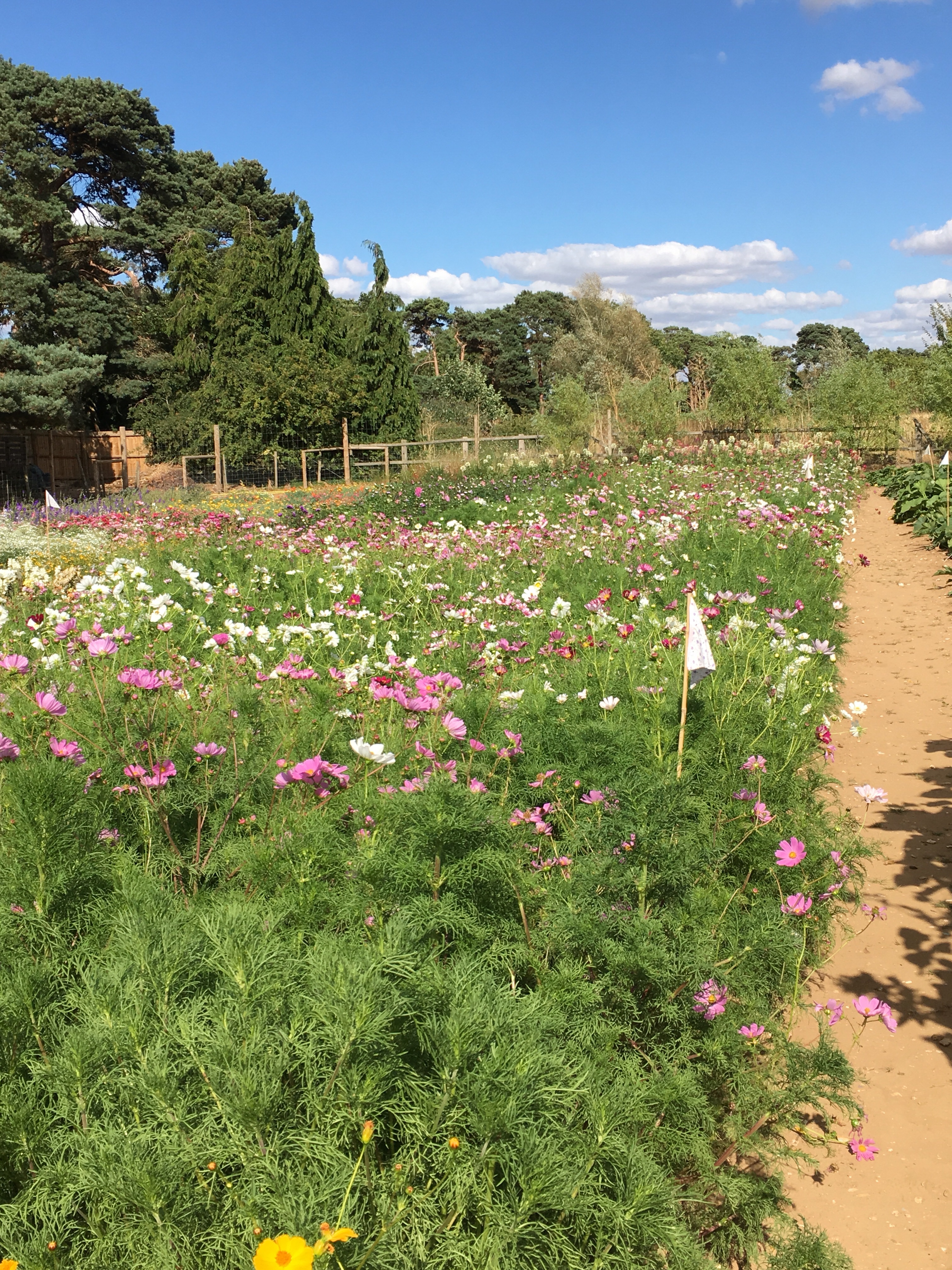
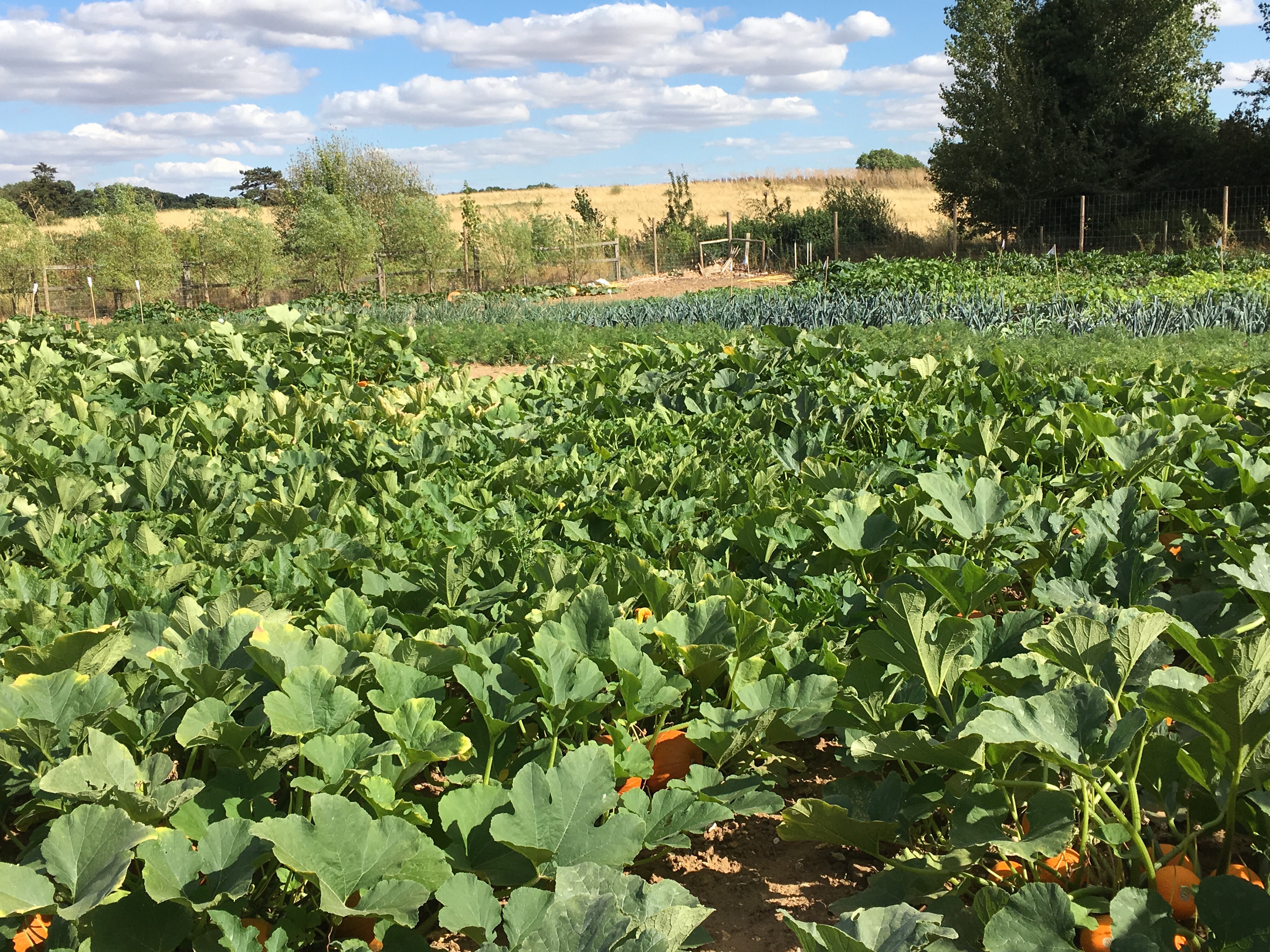

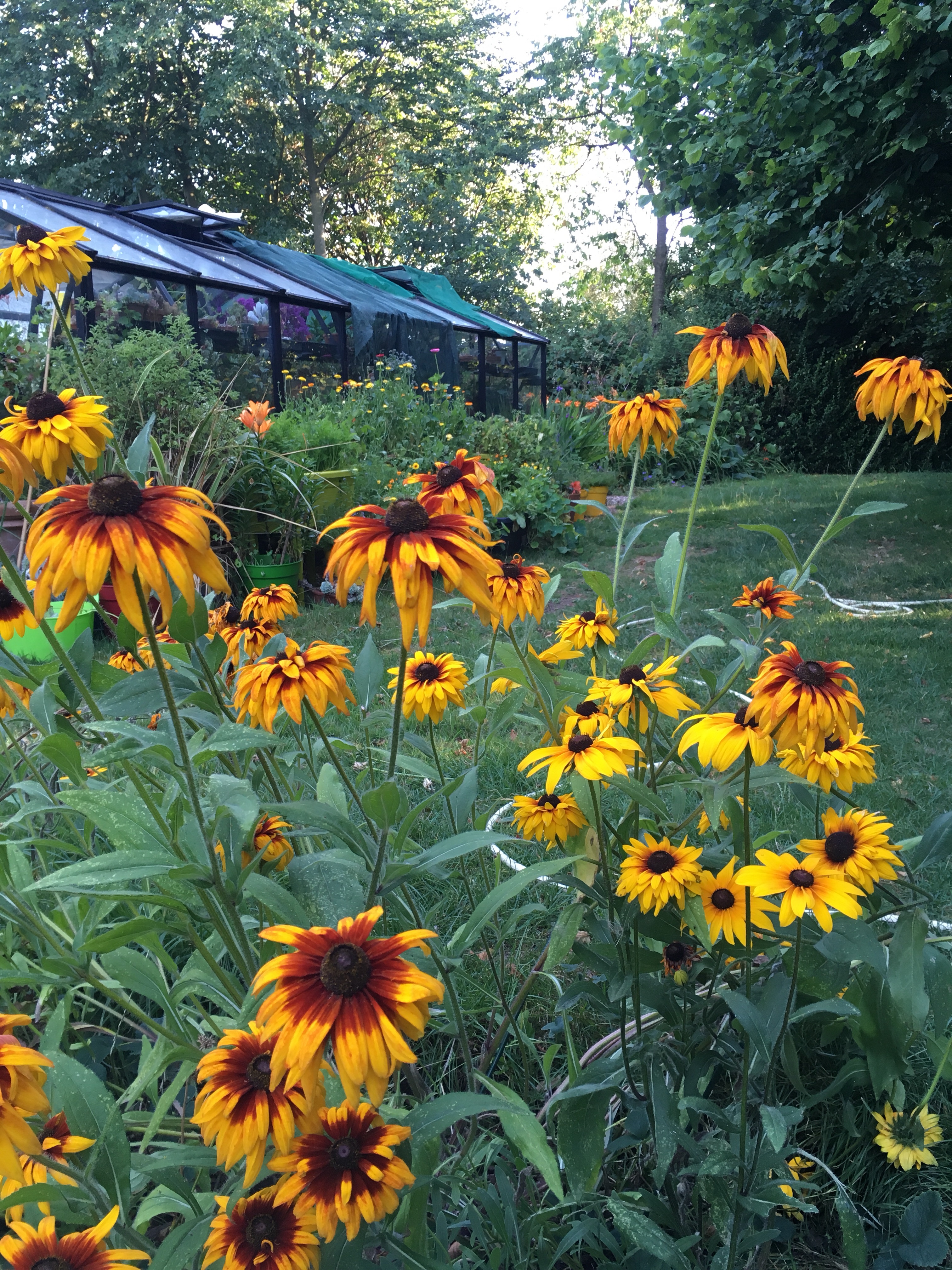






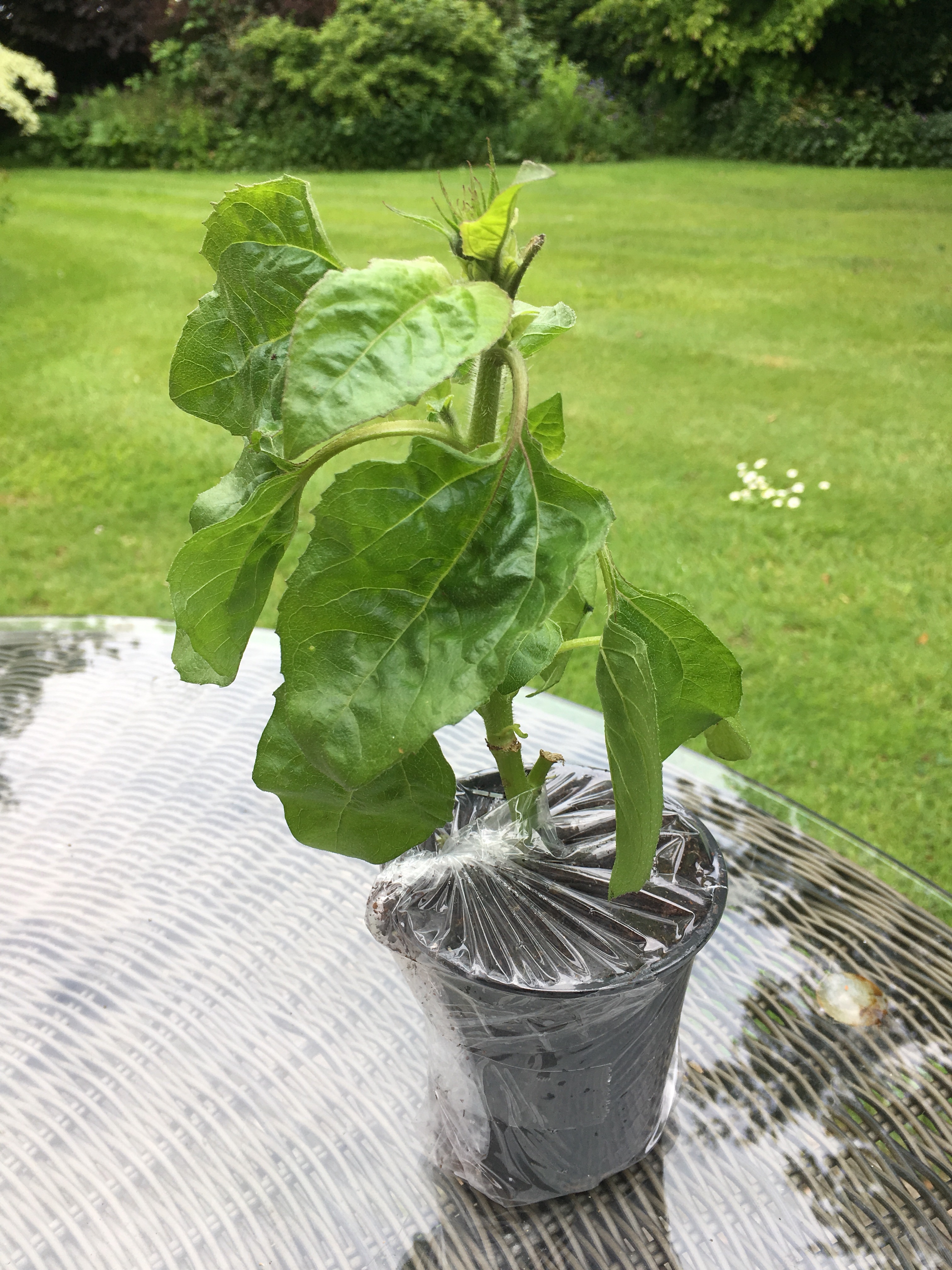

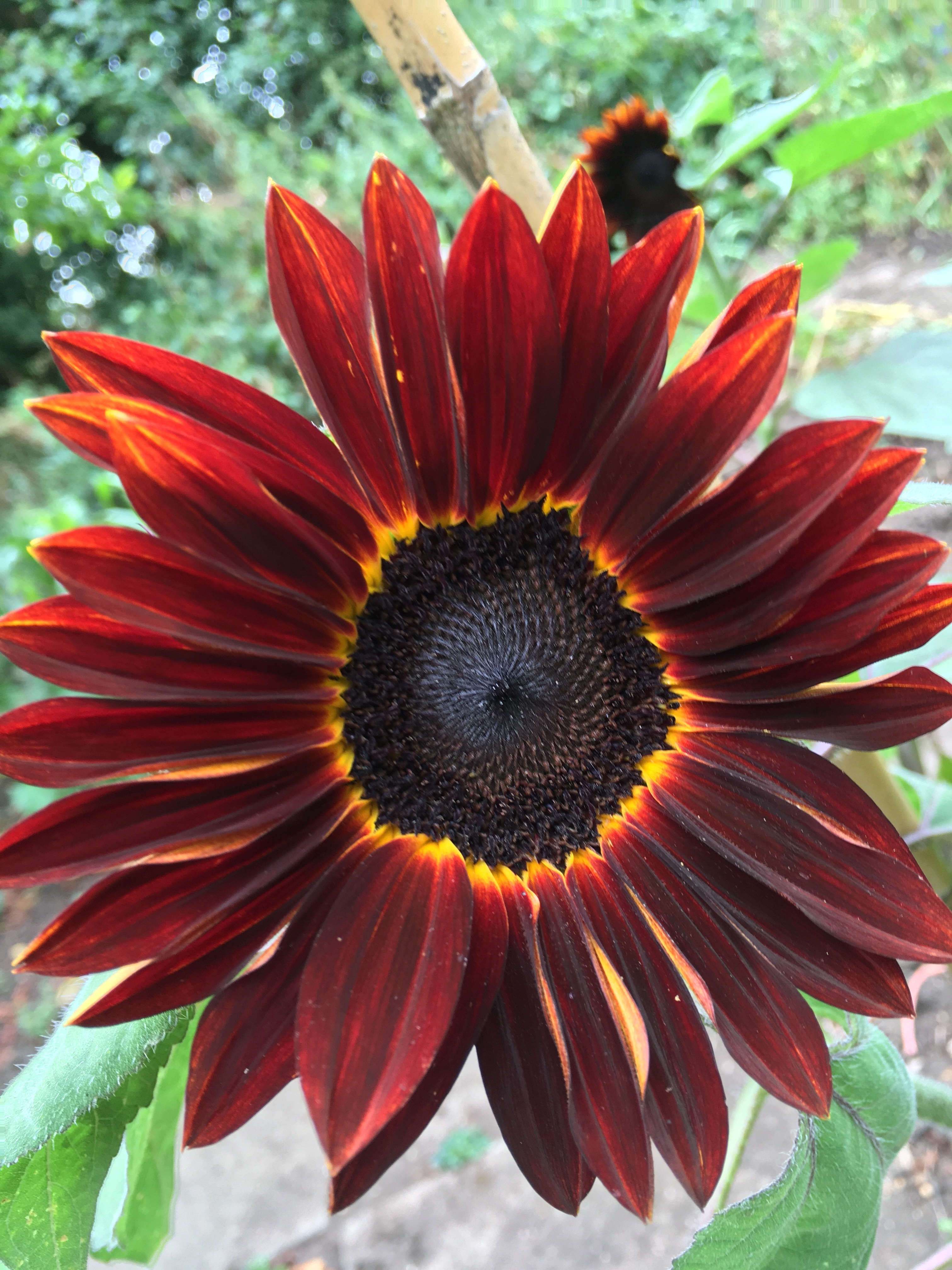

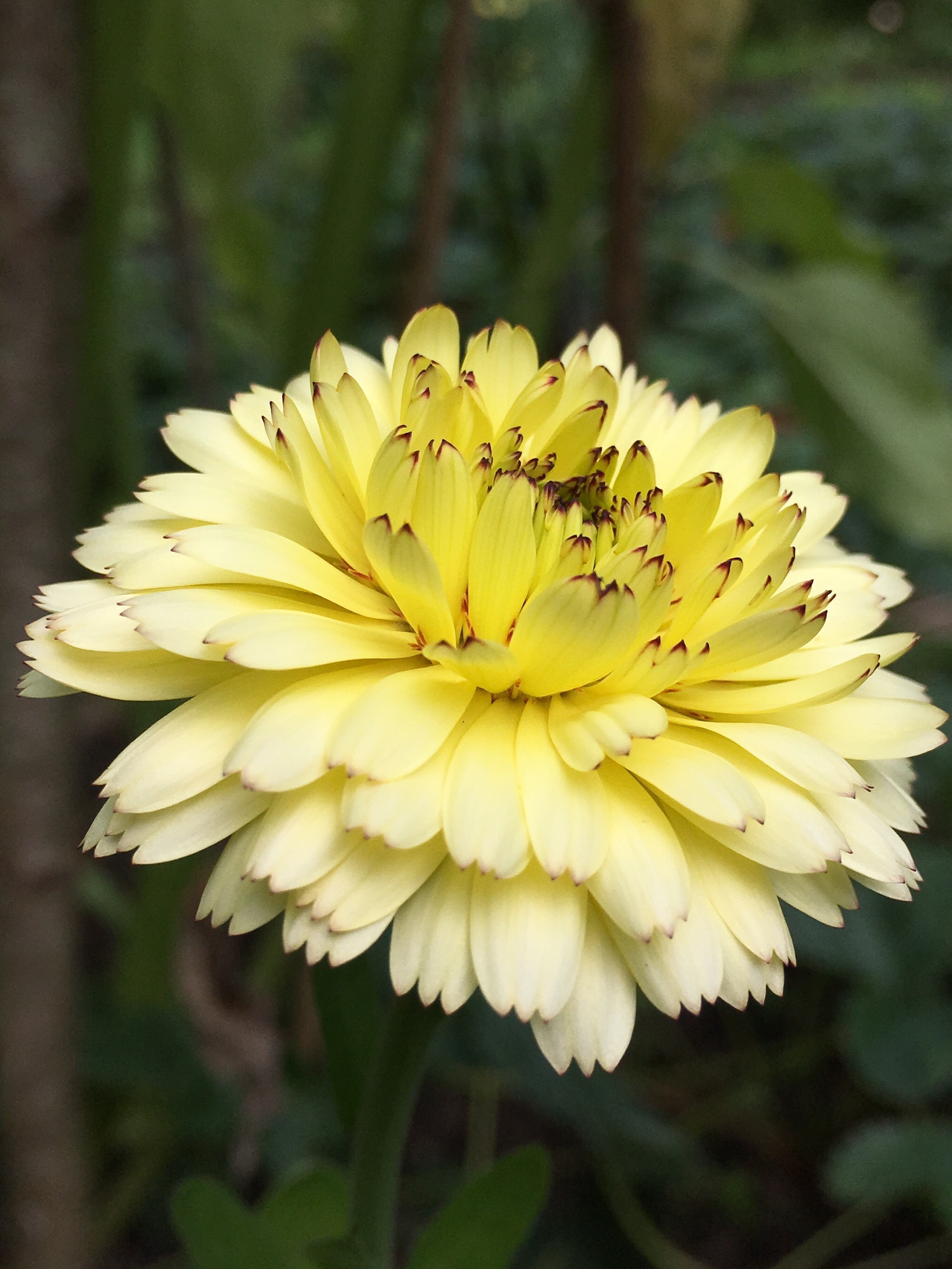
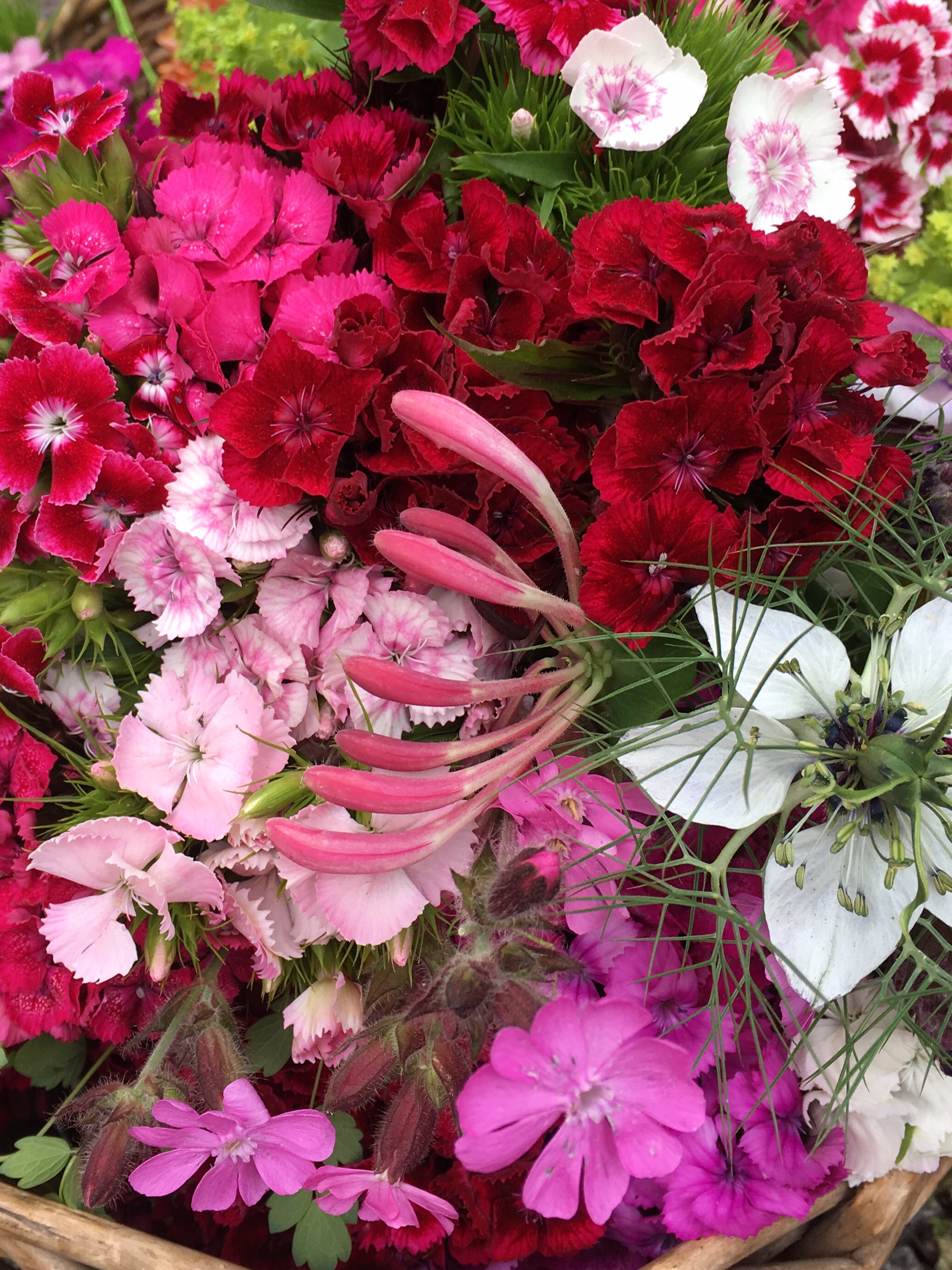
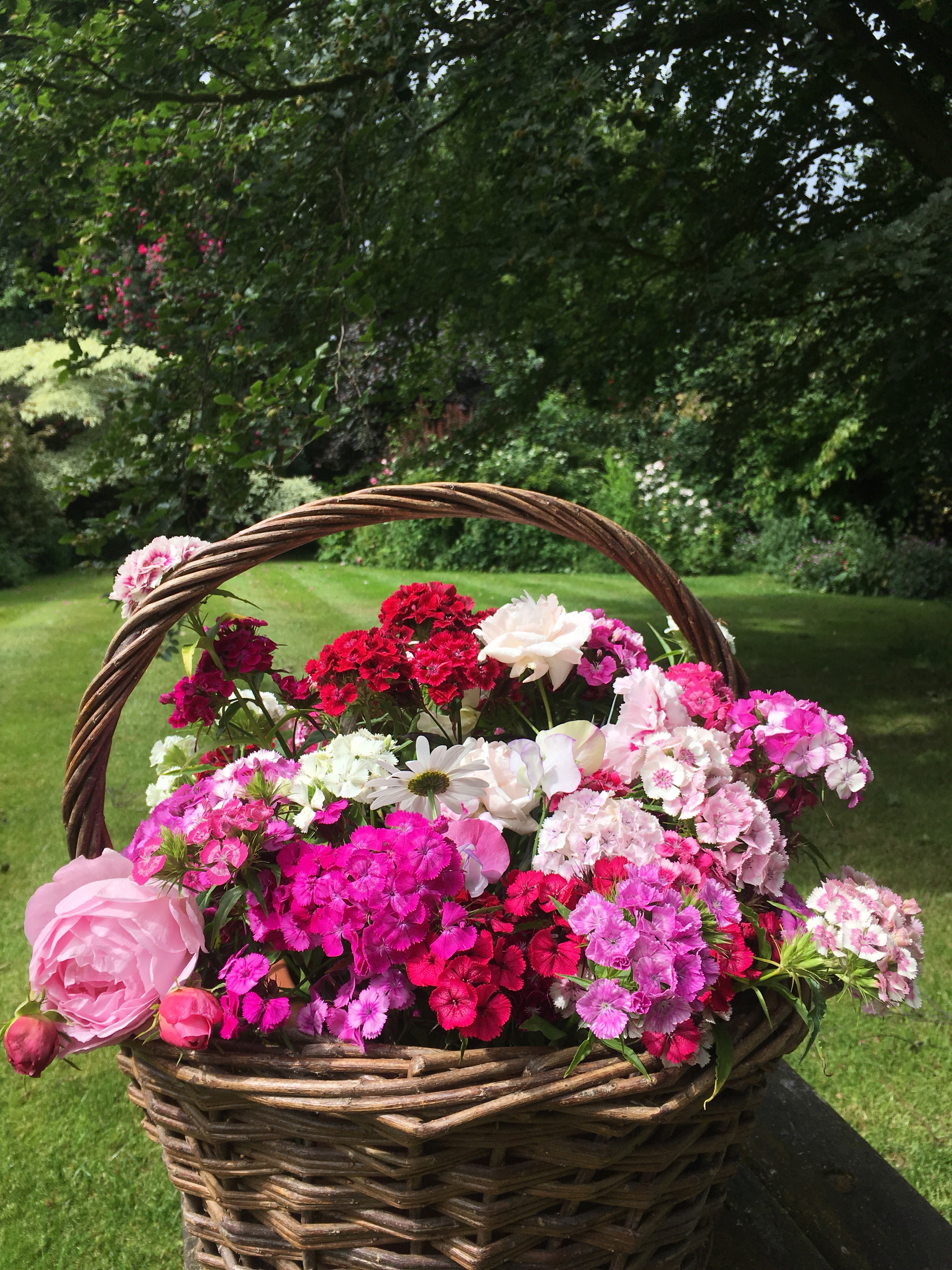

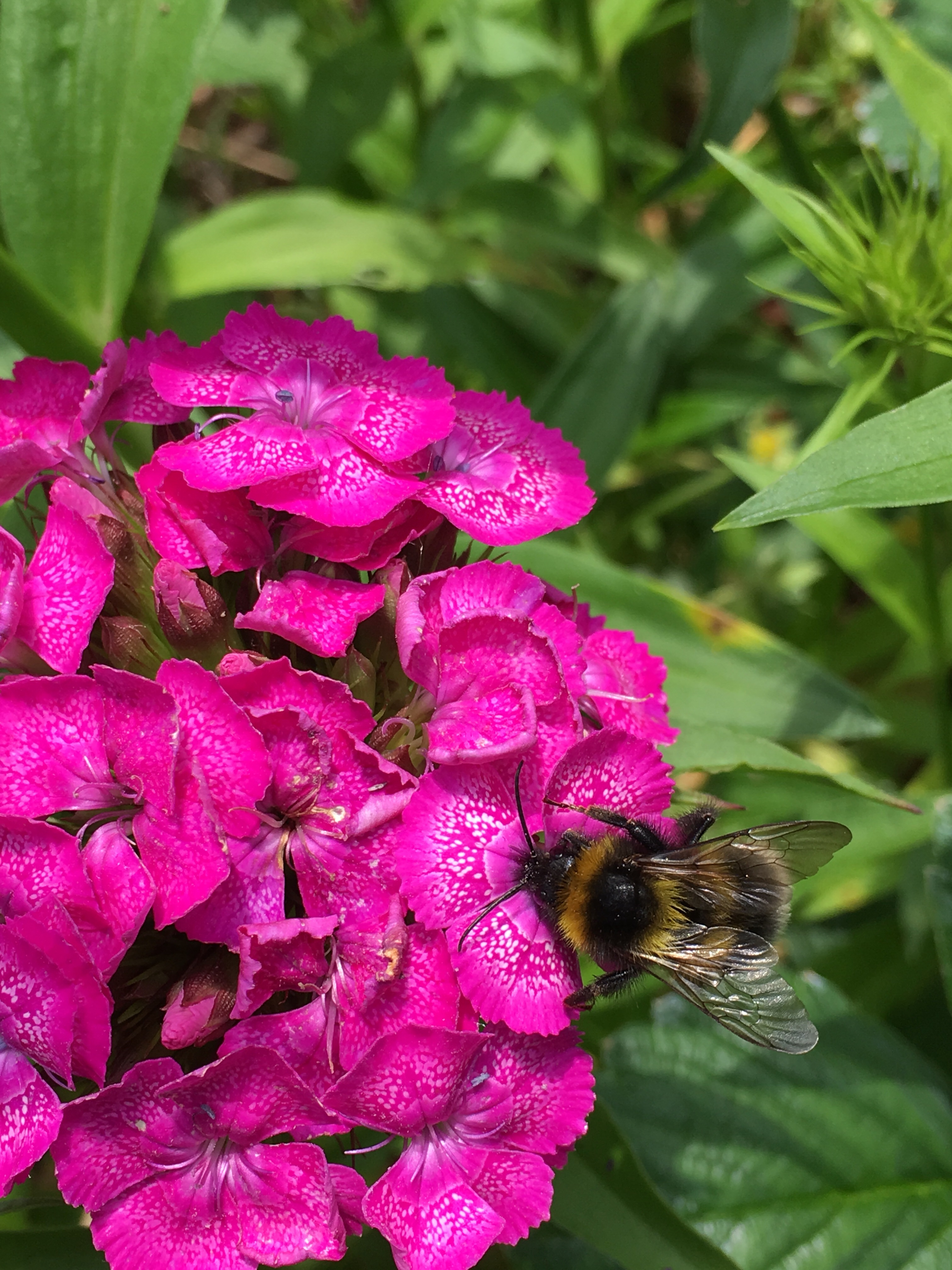
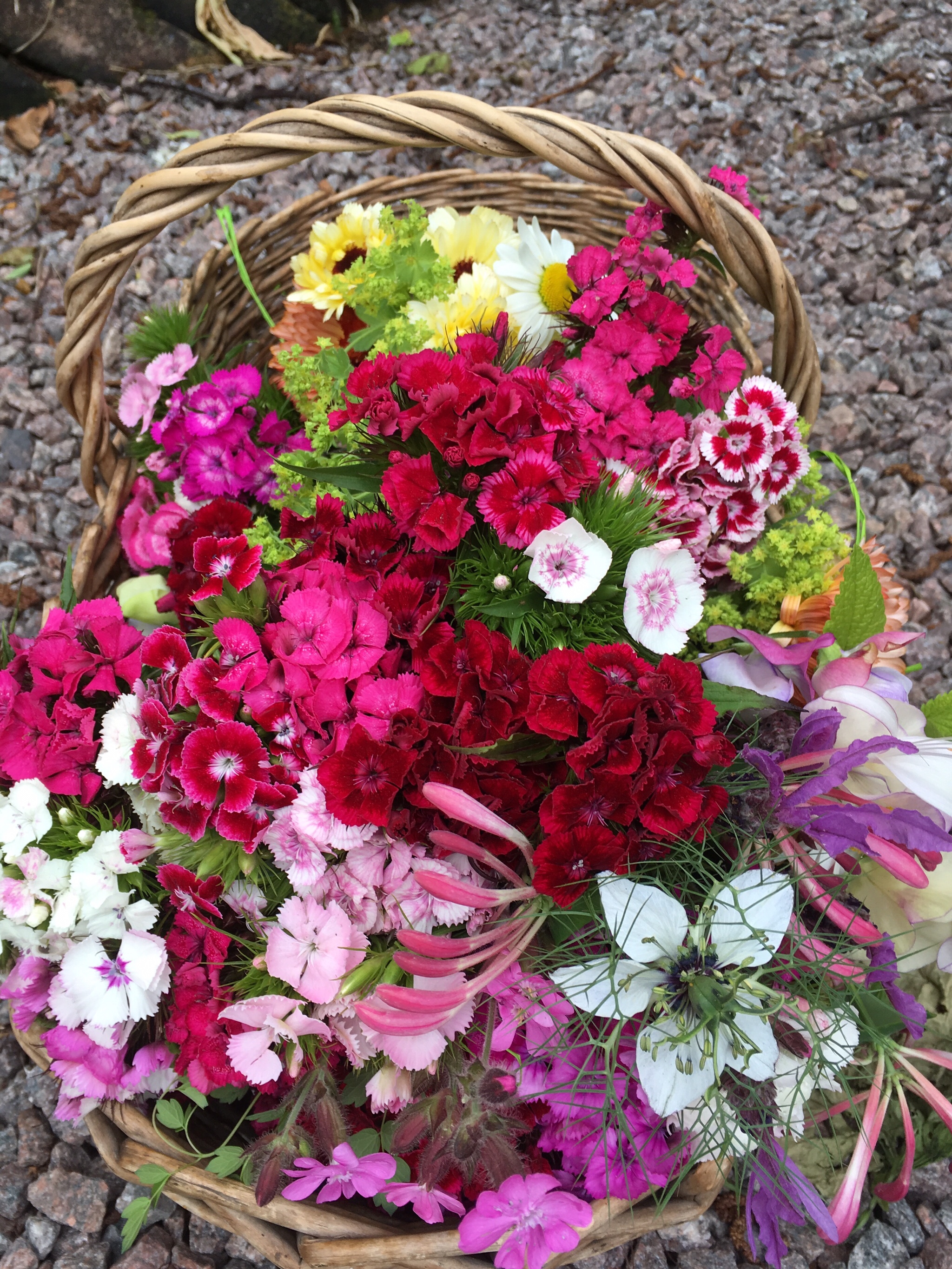
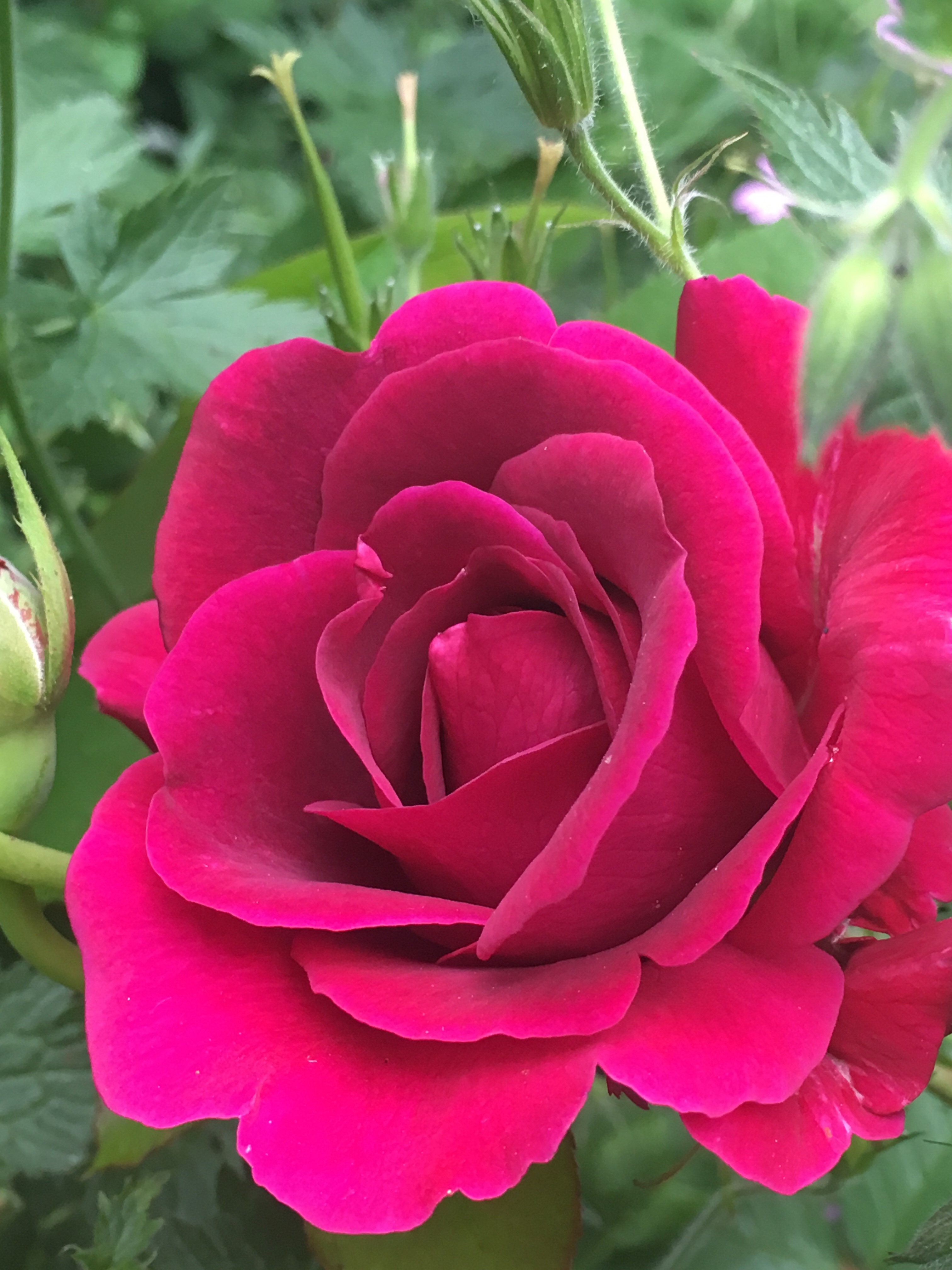























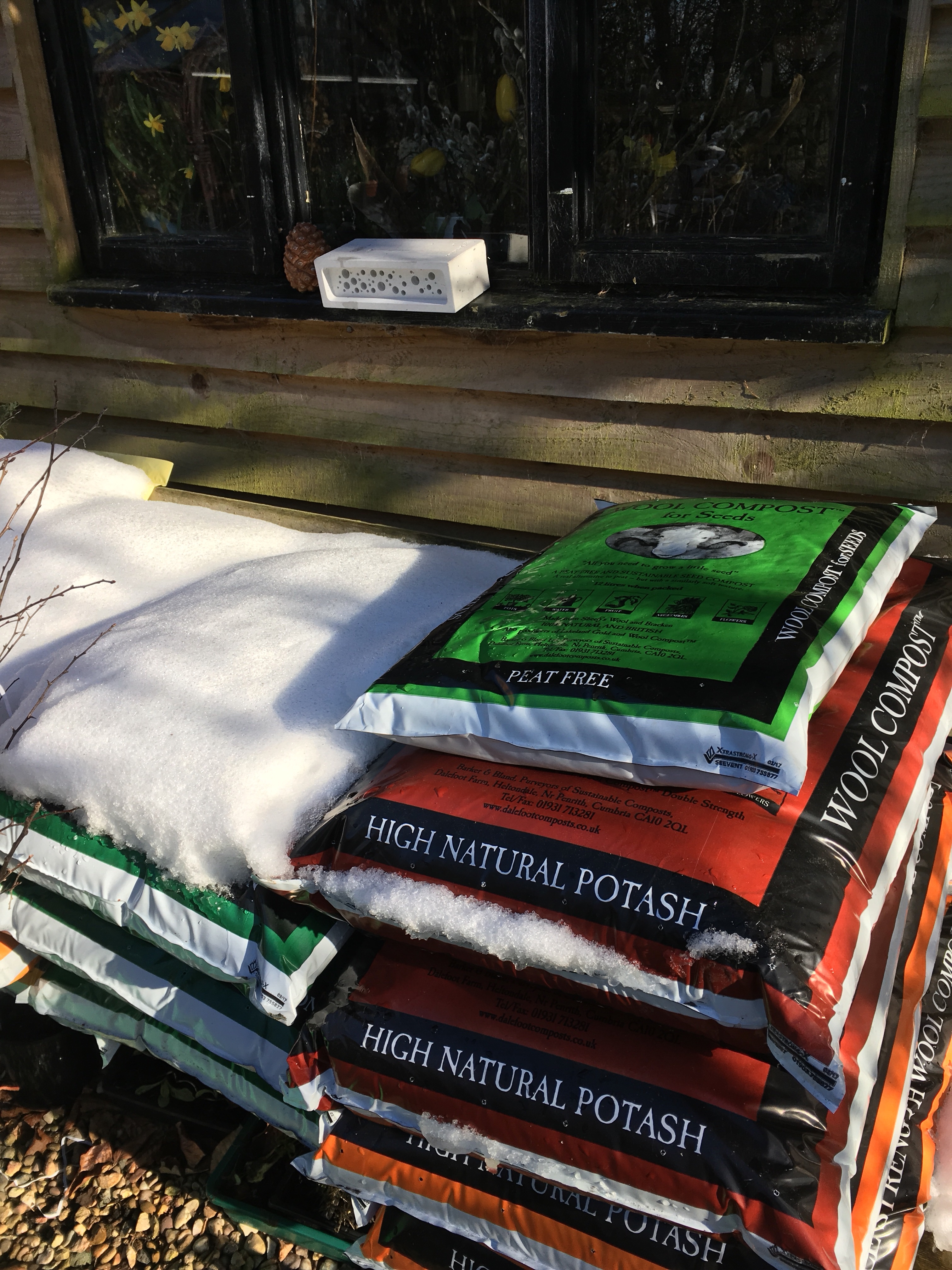





















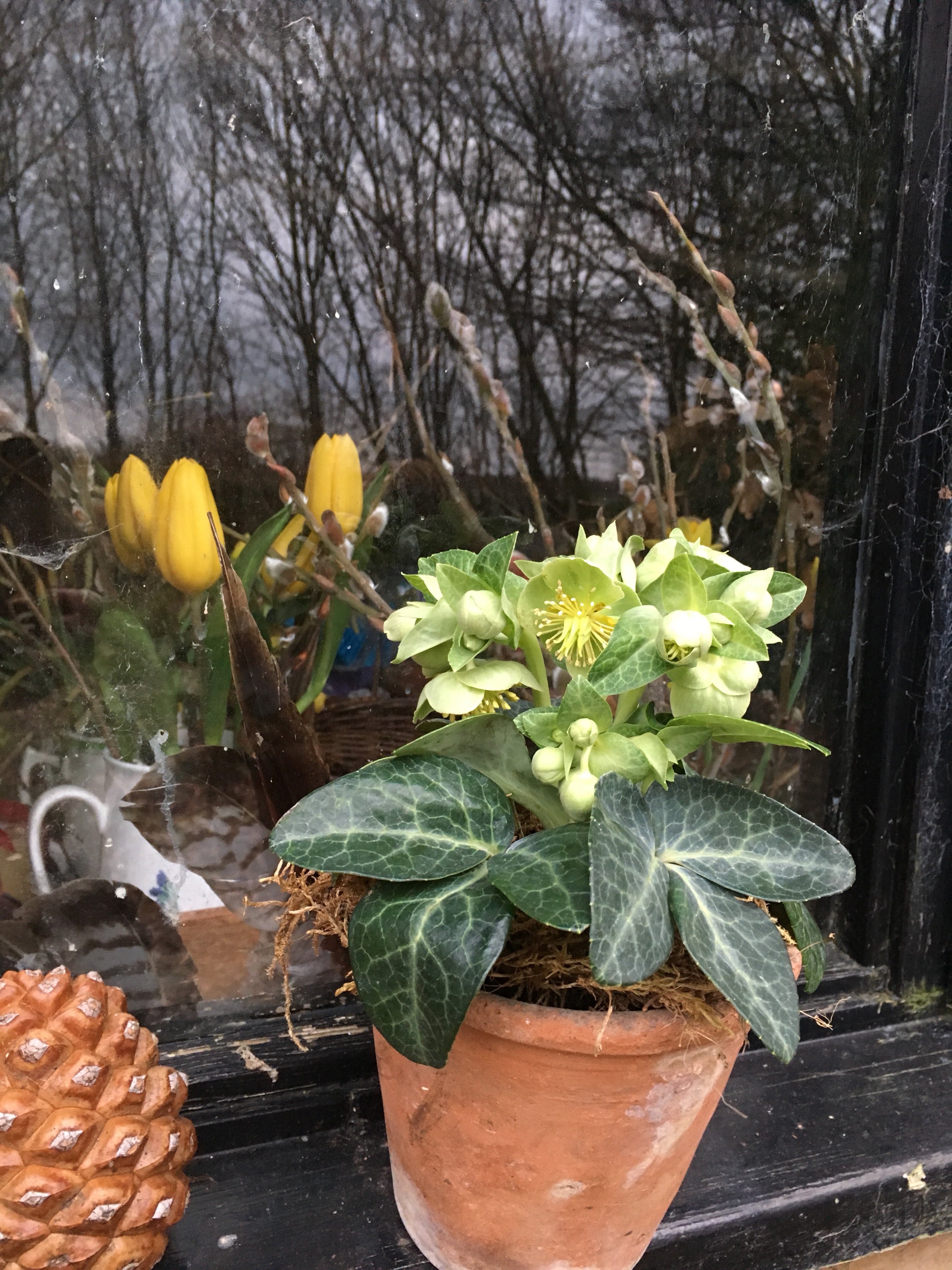

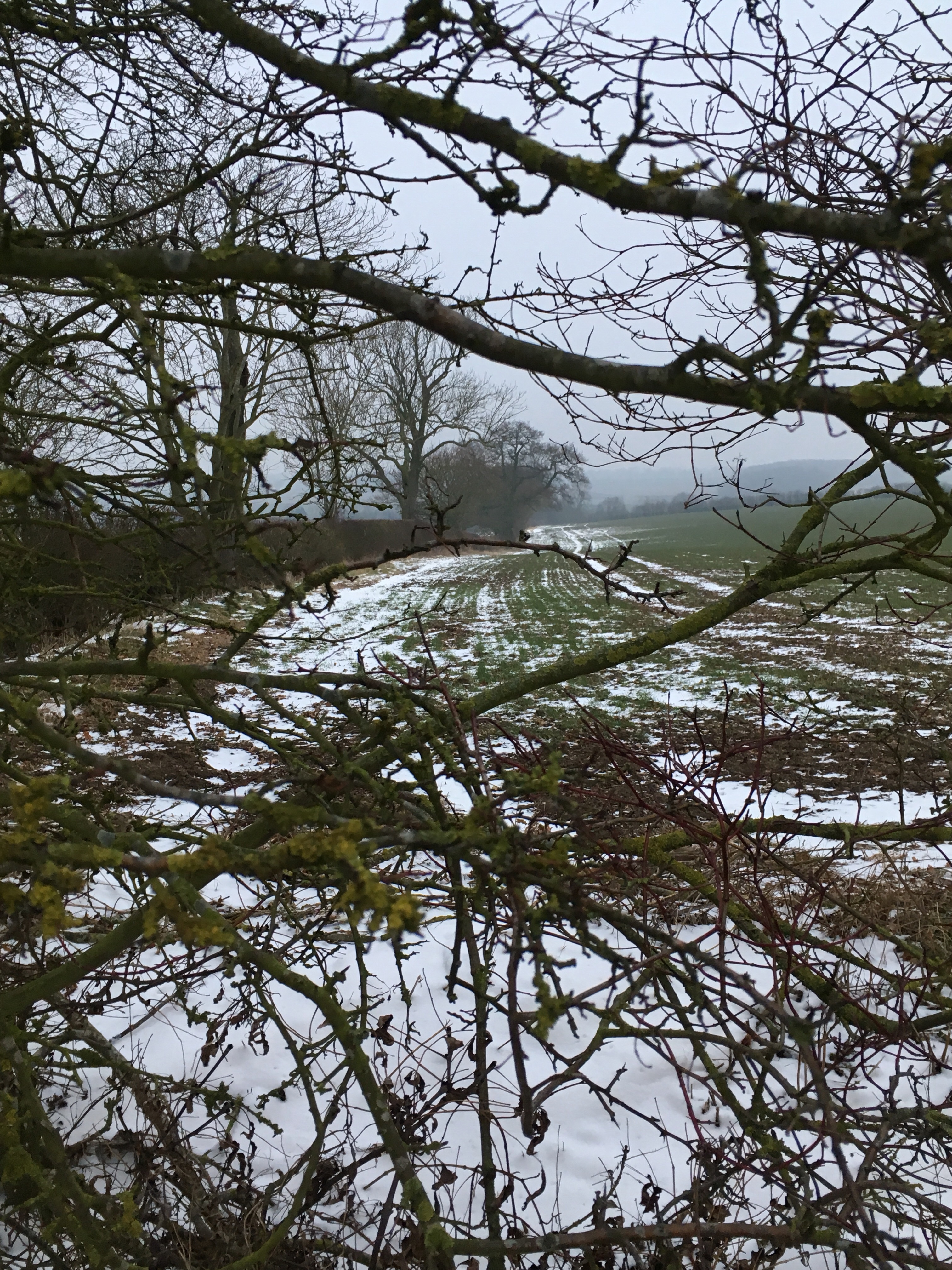



























 I love the velvet blue colour and white edge. I’ll plant the bulbs out in the garden when I’ve harvested the flowers.
I love the velvet blue colour and white edge. I’ll plant the bulbs out in the garden when I’ve harvested the flowers.













































































